Fascinating Rajasthan: On the trail of magnificent forts and maharajas (57)
The beginning of our India trip didn’t work out as planned (see our last story from Delhi). We initially wanted to explore Rajasthan on our bicycles, but already after the first 100 cycled kilometers, a small part broke on Dario's rear wheel, which couldn’t be replaced easily and we loaded all our luggage and our bicycles into a much too small rickshaw and drove along lonely country roads to the next larger town.
There we decided quickly to explore the desert state of Rajasthan by train, bus, rickshaw and of course in style on camel back and we weren’t disappointed, because Rajasthan, the land of the maharajas, is a feast for the senses in the brightest colors and with the loudest temples and festivals. In total we spent seven weeks surrounded by desert towns, brightly painted havelis, roaming the largest palaces and discovering medieval forts and apart from missing a maharajah moustache, we felt quite royal amidst all the splendor. No wonder Rajasthan is one of the most popular destinations in India and we can’t wait to share with you why Rajasthan fascinated us, what you can easily skip and also reveal our tips for the desert state in this comprehensive Rajasthan blog.
Rajasthan is the largest state in India and translated means "land of the kings". And the maharajas did live like kings in their cities in lavish palaces with their own harem, richly decorated carriages, decorated elephants, horses and camels and probably the one or other opium pipe. In the countryside, one still experiences an authentic India, the everyday life often characterized by hard manual work, little free time and even fewer opportunities for girls and women. In Rajasthan, as elsewhere in India, the contrasts clash hard and it’s not always easy to cope with this as a traveller.
Nevertheless, Rajasthan is an ideal destination for a first trip to India and shouldn’t be missing in your itinerary. So now it's time for an imaginary loud drum roll and then we open the curtain for the most colorful state of India and we will tell you what makes Rajasthan so special from our point of view. Let's go, chalo!
What makes Rajasthan so unique?
1.) Colors, Colors, Colors
2.) Medieval Mughal forts
3.) Insights into village life
4.) Camel Ride through the Thar Desert
5.) Roaming through magnificent palaces
6.) Stepwells of Rajasthan: Masterpieces of India’s Past
7.) The Rajasthani Cuisine
8.) Rajasthan Travel Tips
1.) Colors, Colors, Colors
When we think of Rajasthan, the first thing that comes to our mind are the opulent colors, the splendor of the saris, harem pants and turbans that compensate for the monochrome monotony of the arid desert landscape. The whole state seems to glow in the most incredible shades of color. There are the bright pink turbans of the men of the desert and the beautiful women toiling on construction sites or balancing heavy water jugs on their heads, while wearing bright saris and their gold wedding jewelry, their slender hands adorned with intricate henna tattoos and every movement accompanied by the jingle of bangles. Then there are the neon-colored images of gods and temple entrances decorated with colorful flowers. But even more mundane things are richly decorated and no tractor is just a tractor, but a vehicle hung with gaudy decorations, equipped with a bombastic sound system and driving loudly through the area. And the color frenzy has even spread to entire cities, that are advertised as golden, pink, white or blue.
In Jodphur, the houses of the old city are painted a beautiful blue from top to bottom. Originally, this royal color served as a marker for the homes of Brahmins, the highest caste in Hinduism. They worship Lord Shiva, which is often associated with the color blue and so worshipers paint their homes and temples in the soothing shade. But nowadays, the colors is used for its beauty and cooling effect against the heat and it should also protect from mosquitoes.
In Rajasthan’s capital Jaipur, the local sandstone was used to create a pinkish-red base color, which can be seen everywhere in the old town, and in Pushkar and especially Udaipur, the many whitewashed buildings stand out particularly beautifully against the blue lakes. Actually, only the eyes of the small children are outlined in black, which is supposed to ward off the evil eye. Wherever you look, the colors of Rajasthan seem to be unique. Nothing seems too gaudy, too daring, no color combination too bold (we saw women wearing green-orange saris and it just looked wonderful). Yes, to be honest, Switzerland could sometimes use a little more color in our opinion.
2.) Medieval Mughal Forts
Okay, coming from Europe, one is already used to medieval castles perched on top of a hill, but the stately forts of Rajasthan with their splendid architecture are definitely worth a visit and will probably amaze everyone. It's no wonder that the medieval forts are often used as filming locations and also the locals love to visit them, especially on the weekends and on holidays (so as good as always), you have to reckon with a high number of visitors.
Those who know us, know that we like to check-out old stones (Turkey), climb through caves and rock churches (Cappadocia, Georgia), explore adobe cities extensively (Oman, Iran) and also cycle up a mountain especially for a monastery (Armenia) and therefore it’s probably no surprise for you that we took a lot of time for the exploration of the forts and we haven’t even seen all of them yet. Our favorites were the following:
Amber Fort, Jaipur
Mirror, mirror on the wall in the magnificent Amber Fort
The pink city Jaipur didn’t really capture us with its heavy traffic in the old town and the constant loud honking on the streets (well, that’s India my dear you’d probably say and you’re right). But outside the city, you enter another world when you enter the magnificent Amber Fort. The fort from the 16th century is built entirely of sandstone and marble and in the countless, small corridors one could easily get lost. The fort served the former maharajas as a safe haven and presents itself from the outside with thick protective walls. But even though it’s commonly called a fort, in reality, it’s a palace since it was a residential unit of the royal family. A path zigzags uphill to the first gate, through which one reaches a spacious courtyard where horses and elephants were "parked" in former times.
From here the path continues through pompous gates to magnificent gardens, temples, a large audience hall, to the private chambers for the maharajas and up to the separate harem buildings. And then it just reflects and sparkles from all sides as we enter the Hall of Mirrors, whose walls and ceilings are decorated with numerous ornaments and small mirrors. Here, the statement "mighty on the outside; magnificent on the inside" is definitely true. If you follow an underground tunnel, you come even further up to the Jaigarh Fort on the Aravalli mountain range and can enjoy a fantastic view.
The impressive and large Chittorgarh Fort rises above the small town of Chittor and was built in the 7thcentury by the Maurya rulers and has since then been home to many different rulers, all of them building palaces, temples, water reservoirs and towers. The massive 15 km long city wall has been standing here since the 12th century and for a visit to the massive fortress you need a full day. No wonder you can also spend the night right in the fortress and then rent a rickshaw or a bicycle for exploring. Although there is really a lot to discover here, including a still-occupied village inside the fortress, only few foreign tourists seem to visit and since the Mughals tore the place apart, many former palaces are just ruins nowadays. The remains however are a reminder of how beautiful the architecture once was. And precisely because the fort is so large and there are so many different corners to explore, it’s very intriguing and we would’ve liked to spend more time here.
Mehrangarh Fort, Jodhpur
Impregnable fortress of the Rajputs
We are still debating, but Mehrangarh Fort possibly wins the title of Rajasthan’s finest fort. The location of the fort alone, which towers over the winding streets of the blue city of Jodhpur, is simply fantastic. In addition, you can walk up here comfortably from the old town and don’t need a taxi and you can even combine your visit with a thrilling zip line ride through the Rao Jodha Desert Rock Park behind the fort. The Mehrangarh Fort is one of the largest fortifications in India and whoever wanted to enter here, first had to cross seven gates. Not easy at all, because some of the gate wings are shod with nasty spikes to prevent elephants from entering.
For the tourists today, entering the fort is much more pleasant. Along numerous Indian tour groups we slowly walk up to the entrance. We are often stopped and asked for photos by men in grey and brown outfits and women in the most beautiful and colorful saris.
The impressive fort consists of a compact palace complex, enclosed by bastions and fortifications running all around the rock. Once the kings and their wives lived here. They were Rajput warriors from the kingdom of Marwar, who ruled Rajasthan for more than 1000 years. They became rich by trading opium, sandalwood and silk, and even today the merchants of Jodhpur have the reputation of being particularly good traders. Until 1943, the princely family lived in the traditional luxury of the maharajas (including gold-trimmed ceilings, an exquisite collection of turbans, murals and stained-glass windows, and, of course, richly decorated stretchers for kings). In the evening, the fort is atmospherically illuminated and it’s worth booking accommodation with fort view in the old town (see our recommendations at the end of the blog).
Jaisalmer Fort
Fabulous sand castle in the desert
Jaisalmer is often called the golden desert city because of its sandstone yellow buildings, and truly the city with its palaces, temples, markets and the mighty fortress, which towers over the desert like a sand castle, is one of the most impressive places in India. Only about 100 km away from the Pakistani border, at the edge of India and the Thar desert, there is a unique citadel made of sandstone with 7 bastions, which however is not a living museum, but an inhabited part of the old town, where still about 4000 inhabitants live and work. The UNESCO-listed world heritage site comprises of narrow crisscrossing lanes, temples, handicraft shops, boutique guesthouses and restaurants with promising names like “Free Tibet”.
The fortress was built in 1156 by Maharaja Rawal Jaisal (hence the city's name) and in the five-story city palace one gets an impression of court life at that time. But not only the palace is magnificent, also many of the elaborate merchant houses, the majority of which belong to Jains (followers of Jainism, who make up about 0.5% of India’s population and often brought it to much wealth). In the past, a network of caravan roads connected northern India with the Near East, and merchants travelled through the Thar Desert on camels and horses. Of course, the desert lords, the maharajas, cashed in with high customs duties and taxes.
Roaming the citadel
Inside the citadel you walk along narrow alleys, which you share with city dwellers, stray dogs and the odd cow. Again and again, we stop and admire the ornate stone carvings which adorn balconies, window frames and the Jain temples worth seeing. Here a window grille with floral motifs, there a crumbling balcony, then a view point, we see only fractions of the whole within the old town. To grasp the scale of the fortress, you have to go outside and climb up to the roof terrace of the restaurants and hotels in the "modern" city. Of course, it's especially romantic at sunset and in the evening when the fortress is illuminated.
But clay and sand are by no means stable as a foundation and increased water usage hasn’t been matched with drainage facilities. Sewage dumped on the streets is seeping below the buildings and affecting the foundations. Jaisalmer threatens to disappear over time and already some buildings have started to collapse.
3) Insights into village life
A visit to Rajasthan is not complete without a visit to the rural villages. The lonely country roads serve as building sites, garbage dumps, restaurants, markets, workshops and promenades for cows. We often feel transported back in time as we overtake donkey and camel carts. The flat land undulates gently, with sand hills and, to the west, dunes that support only sparse greenery. The villages often consist of simple mud huts with thatched roofs and fences of woven branches. People live with and from the animals and the only access to the outside world is via a long walk to the nearest main road. There is seldom running water and the drinking water is fetched in a laborious walk from the well and the heavy water jug is carried back again. Lucky is the one who can have the water delivered by camel. The main sources of income are agriculture, wool processing and during the winter months also some tourism.
Life in the countryside follows the slow rhythm of nature and ancient customs, determined by patriarchy. You don't want to live here, and you certainly don't want to be born as a girl. When you have your period, you are excluded from the community and are not allowed to participate in festivals or visit temples; the caste system is still very pronounced and falling in love without the consent of your parents is nearly impossible. Many rules and clear hierarchies determine an everyday life that seems incredibly far away from our lives.
4.) Desert adventure: Camel Ride through the Thar Desert
A trip into the desert is on the bucket-list of most travellers in Rajasthan and Jaisalmer is by far the most popular starting point. Most visitors are satisfied with a short camel ride for the sunset in the dunes, but we want to dive deeper and decide for a 3-day tour to a less-visited area with two nights under the stars. In advance, we compare different agencies and then decide on a long-standing tour operator who puts a lot of emphasis on sustainability and supporting the villagers. We drive 60 km outside of Jaisalmer to a small village and have our breakfast opposite an opium-smoking grandpa, who occasionally exchanges a few sarcastic remarks about us with his granddaughter. If only we could communicate, then we could laugh and wonder together. Even if we try learning some basic Hindi, it doesn't get us far in areas like here. Many speak "only" their local dialects like Marwari here, which sounds very different from Hindi. So we have to communicate with gestures, the Indian head wobble and a broad smile.
While we have breakfast together, the camels are packed for the next days and then we set off into the desert together with the two camel guides Tanga and Poka. Only Tanga speaks English, Poka is only 17 years old and plan to work as a desert tour guide in the future. We are accompanied by three camels (actually dromedaries, but these quirky animals are called camels everywhere for simplicity's sake) with very different characteristics. I catch a very gentle camel, while Dario's falls more into the "grumpy camel" category, refuses to be petted and grumbles constantly. We head out into the desert in the morning hours.
The Thar Desert is not a classic desert as one might imagine with endless sand dunes; but it is used for agriculture, melons are grown and low, spiny bushes grow everywhere. The desert covers an area of 238,000 square kilometers and the climate is characterized by extreme temperature fluctuations, ranging from freezing to 50°. Now in November, it’s around 30° during the day, but at night it is below 10° and especially in the early morning hours we are freezing. The people and the animals have adapted very well to these extreme conditions and for example the villagers often sleep on the roofs of their houses during the summer months. The people live in simple circular huts made of natural materials and together with their chickens, donkeys and camels far away from civilization.
Everywhere you go; you always take the world with you
We hope to be living in the rhythm of nature for 3 days. Finally, we can relax from the noise and the intensity of India. That's how one imagines it. But reality is not quite like that, because in the desert we surprisingly have connection. We find out who is doing what, are in contact with friends and family, hear about the protests in Iran and the cold winter in Ukraine. You always take the world with you, even if you don't want to. Completely shutting down and just being present in the moment is proving to be more difficult than I thought. While I'm rocking through the desert on my good-natured camel, I just want to experience the moment, to perceive everything as well as possible, and sometimes that succeeds for a few minutes, but then my thoughts wander off again.
I organize the next days in my head, think already of South India and the visit of our friends in Sri Lanka & Kerala and then I am already planning the next summer. For Dario it’s much easier to stop the thought circus and just be in the moment. My mind is always active and wants to organize and the more you try to let go, the more difficult it becomes. This is followed by the next thought of a longer meditation course to finally learn exactly that: being present in the moment.
But then it suddenly happens anyway and we both relax a lot during these days in the desert. At some point we finally sway in rhythm of our camels, look at the thousand stars above us and count shooting stars until no wishes remain. We gaze at the kitschy shades of red as the sun sets, help prepare spicy vegetarian meals over the fire, knead the dough for the daily fresh bread, and spend time and time again with the camels, these fascinating animals that we have grown so fond of. We spend the nights in our sleeping bags under the starry sky in absolute silence and are awakened in the morning with a sweet chai. Wonderful.
After three days we reach the village again and have to say goodbye to our companions. We distribute our tips to the two camel guides and look once again into the expressive eyes with the long eyelashes of the favorite camel and then civilization has us back.
5.) Roaming through magnificent palaces
The ruling families of Rajasthan have made themselves comfortable and built magnificent palaces, often, of course, in a particularly beautiful or imposing location. Once there were 22 principalities in Rajasthan, which often competed with each other in bloody feuds and only with India's independence, they were united in a federal state. However, the maharajas retained their extensive privileges for some time and were not declared "normal" citizens until 1974. Many maharajas have since converted their lavish palaces into luxurious hotels, some open parts of their palaces as museums, and one has even decided to hold an electronic music festival in his palace every winter. Thus, history becomes tangible and alive and does not gather dust in antiquated books. Now follows our completely subjective list of the most impressive palaces of Rajasthan:
Bundi City Palace
Bundi: Rajasthan’s undiscovered gem
Bundi itself is our absolute favorite place in Rajasthan, a gem with stately havelis, a walled old town, quaint lanes, blue-washed houses, stepwells, a handful of restaurants, paper kites above the rooftops, the world's best chai, and not too much traffic, all with plenty of charm and no crowds. From the many accommodations with rooftop terraces you have a good view of the impressive palace and the crumbling Tara Garh fortress further up, which towers over the old town.
Since the middle of the 14th century, the Rajputs ruled over the principality of Bundi and the small town remained formally independent until India's independence. At the entrance gate to the stunning City Palace, one is greeted by white elephants a the Hathi Pol Gate, after which the path leads to an inner courtyard over which narrow balconies rise. Inside the palace, the plaster is crumbling from the walls and the stately walls are in urgent need of renovation. No security guards keep you from discovering anything, and even closed rooms may be entered anyway. We hear the echo of our own footsteps here, because Bundi is definitely not on the tourist radar and we see only a few other visitors.
The highlight follows in the garden pavilion Chitra Mahal with the still well-preserved miniature paintings, a technique we know from Iran. Only here, compared to the motifs in Iran, erotic dancers with round breasts and long black braids are depicted. Compared to most other tourists here, we don't have a tour guide with us to explain all the background of the pictures, but the pictures definitely spark our imagination and we start visualizing a world full of flute and drum music, trimmed moustaches and decorated elephants. A great inspiration for a Wes Anderson movie.
White City Palace in Udaipur
In Udaipur we share the huge city palace with a lot of foreign tourists, elderly tour groups with guides and Indian school classes, which rush excitedly through the halls and show more interest in each other and the foreign tourists than in the palace. The majestic white palace is the largest palace complex in India and was built over a period of 300 years and expanded again and again. Located on the banks of Lake Pichola, the opulent building is a seamless blend of Medieval, European, and Chinese architecture. Of all the palaces in Rajasthan, Udaipur is the largest, and arguably the most impressive. Only one part of the palace is open to the public, on the other side live the descendants of the Maharajas.
Within the palace walls you will find the usual suspects: Winding corridors, several courtyards, spacious rooms with ornate windows, a harem palace, a museum with richly decorated saddles, carriages or cradles and, of course, a museum of weapons (always particularly popular with local tourists). In the evening, there is the usual sound and light show to illuminate the palace, which we manage to miss despite our week's stay in the city.
Hawa Mahal & City Palace in Jaipur
Rajasthan’s capital Jaipur, aka the Pink City, is famous for its magnificent palaces and the iconic Hawa Mahal, the Palace of Winds, probably one of the most photographed monuments in India. The elaborate pink wall dressed in terracotta sandstone got its name from its construction, which allows permanent air circulation and provides a fresh breeze inside. Behind the impressive façade there isn’t that much to see though. Built in 1799 by Maharaja Pratap Singh, the Hawa Mahal served as a residence for the harem ladies, who, protected by the barred windows, would peep out of the small windows, watching the streets and the world go by. 953 latticed windows are here, one after another. However, the most beautiful view of the Hawa Mahal is from one of the simple (and overpriced) cafes across the street, best to come early and have a coffee there and enjoy the view.
Afterwards you can continue your visit with the extensive City Palace complex in the center of Jaipur’s old town with its numerous courtyards and terracotta-colored buildings. To this day, the City Palace is home to the present royal family of Jaipur, where they exclusively reside inside the Chandra Mahal complex. It’s great to take a peek into the 18th-century tales of Jaipur’s royal family and their life once lived. You’ll find many relics from the Maharajah period with weapons, paintings and clothes.
6) Stepwells of Rajasthan: Masterpieces of India’s Past
In Rajasthan, the temperatures are sometimes extreme with many periods of drought and whoever wanted to have enough water had to dig deep. Therefore, thousands of stepwells were built in the province to pump the groundwater. Baori is the Hindi name this unique stepwells, which often resemble an architectural masterpiece. Precisely carved stone steps lead down several stories to a well, which often still carries water today. Many of these fountains were built around the 9th century and served not only as watering places, but also as places of social exchange and gathering. Most of them were lavishly ornamented and decked out with niches and pavilions where people could swim, bathe, perform religious rituals, and enjoy the natural cooling effect of a stored body of water, reflecting the importance of water in monsoon-dependent India. Even today, there are many baoris worth seeing in the middle of the cities and they are still a popular gathering (and very instagrammable) place.
7.) The Rajasthani Cuisine
The Indian cuisine with all its spices and tastes is one of the most varied and best in the world and even after 6 months in India we still haven’t had enough of it. In fact, Indian cooking is not one cuisine but many, drawing on the myriad cultures, customs, and microclimates in this vast country.
In general, you could say that the North Indian, the Mughlai cuisine, is particularly well known in Europe with dishes such as Tandoori Butter Chicken, Aloo Paneer, Chicken Tikka Masala, Dal Makhani, Korma or Biriyani. Often various kinds of wheat-based flat breads (like yummy garlic naan) are served with it. South Indian Cuisine, in contrast, is often lighter and spicier, using ingredients such as coconut and fish, and served with jeera, Kerala and lemon rice. In Rajasthan, you can eat your way through the whole range of Indian dishes at the tourist sites, but the Rajasthani Cuisine itself is also full of interesting flavors and is one of our favorites. We even attended a cooking class in Udaipur to learn more about the not-so-complicated preparation of Indian cuisine.
Rajasthani food has been influenced by the dearth of vegetables and water in this arid state. The hunting expeditions of the rich and the lifestyle of local warriors has given rise to a whole range of innovative dishes and ingredients that can last for several days. The use of dried lentils, beans, milk and buttermilk is common in cooking. Oil and red chillis help preserve the food and reduce the need for water. Each region of Rajasthan has its own trademark dish.
The most delicious dishes:
- Dal Baati Churma - the signature dish of Rajasthan. Dal Baati Churma is a mixture of dal (cooked lentils with spices), bati (handmade dough balls) and churma (a dessert with ghee and sugar).
- Ker Sangri - a real specialty of Rajasthan. It’s prepared with the berries of the Khejri trees and Sangri beans from the desert. Classic camel food. The ingredients are soaked in mustard oil with red chili and accordingly the dish is very spicy. Add some fresh pita bread to it and Lisa is in food heaven.
- Gatte ki Sabji - a delicious curry with gram-flour dumplings cooked in a spicy curd sauce.
- Lal Maas - the bright red and very spicy dish is made with mutton curry and lots of red chilies.
- Pyaaz ki Kachori – breakfast snack originated in Jodhpur. Deep-fried breads that are stuffed with a spicy onion mixture with fennel, cumin, turmeric and chilli powder.
Since water is often scarce, the local cuisine traditionally uses a lot of dairy products and the local yogurt drink lassi is especially delicious and filling in Rajasthan and often includes some almonds on top. In Rajasthan, you can even legally order a bhang lassi, essentially a cannabis smoothie. Just don’t overestimate yourself when ordering it as many other tourists have.
Color, forts, palaces, richly decorated havelis, the Thar desert, the local cuisine - all these are just a few reasons why we would have liked to stay even longer than 7 weeks in Rajasthan. There’s so much more that we haven’t even mentioned yet. Actually, we have only just scratched the surface, because there are still the noisy temples, the deafening wedding bands and so many encounters and impressions of these weeks in Rajasthan. But as a conclusion, we would like to reveal our insider tips, what you can easily skip and where you’ll sleep like royalty.
8.) Rajasthan Travel Tips
- See the world pass by while drinking the world’s best chai at Krishna's Tea Stall in Bundi
- Visit the temple Khole Je Hanuman just outside of Jaipur and feed the local monkey gang
- Take a desert tour by camel for several days from Jaisalmer, Bikaner or Osiyan
- Stay overnight in a former haveli or palace (options for all budgets)
- Visit the Monsoon Palace outside Udaipur and then take a bike tour along the surrounding lakes
- Join a cooking class in Udaipur at the vegan restaurant Yummy Yoga
- Check out the biggest turban in the world at Bagore Ki Haveli in Udaipur and visit the dance show in the evening (touristy, but very worthwhile and entertaining, also for children)
- Join a walking tour with a local in Jodhpur through the backstreets of the old town and learn a lot of background information about everyday life
- Stay longer than planned in the holy city of Pushkar and pass the time with pujas (prayer ceremonies), yoga and café hopping
- Check the festival calendar before you travel to Rajasthan so you don't miss the camel fair Pushkar Mela (November) or the Magnetic Fields Festival (December)
What you can skip during your Rajasthan trip:
- A safari in the Ranthambore National Park (the chances to see tigers and other wildlife are rather low, but the park itself with the impressive Ranthambore Fort is still worthwhile if you’ve never been on a safari
- Visiting the world’s largest cannon outside Jaipur at Jaigarh Fort. You know what you signed up for – it’s a large cannon with a fence around
- Spending too much time in Jaipur! Because despite the many great sights, it’s still a very cramped city with huge traffic problems and constant honking. If you plan to stay longer in a city in Rajasthan, we highly recommend Udaipur, Jaisalmer or Pushkar as your base
Our favorite, most charming and enchanting accommodations:
- Bundi: Bundi Inn Heritage Haveli
- Chittorgarh: Padmini Haveli
- Jaipur: Pearl Palace Hotel/ 28 Kothi
- Jaisalmer: Garh Jaisal Haveli
- Jodhpur: Juna Mahal / Pal Haveli
- Udaipur: Little Garden Guesthouse Udaipur / Neem Tree Udaipur
- Pushkar: Inn Seventh Heaven
Small side note: Hotel ratings are often bought in India and therefore many shabby to mediocre hotels still get good reviews. Always compare different portals or even better, go with the direct recommendation of fellow travellers (and never book the hotel chain OYO).
We hope we could give you an insight into the fascinating desert state of Rajasthan with our comprehensive blog and inspire you to discover this part of India. Please let us know if you’re planning on travelling to India, we’ll be happy to give you further tips. After 7 weeks in Rajasthan we packed our bikes again into the train and headed south to the megacity Mumbai and relaxed in the hippie paradise Goa. More about this in our next blog.

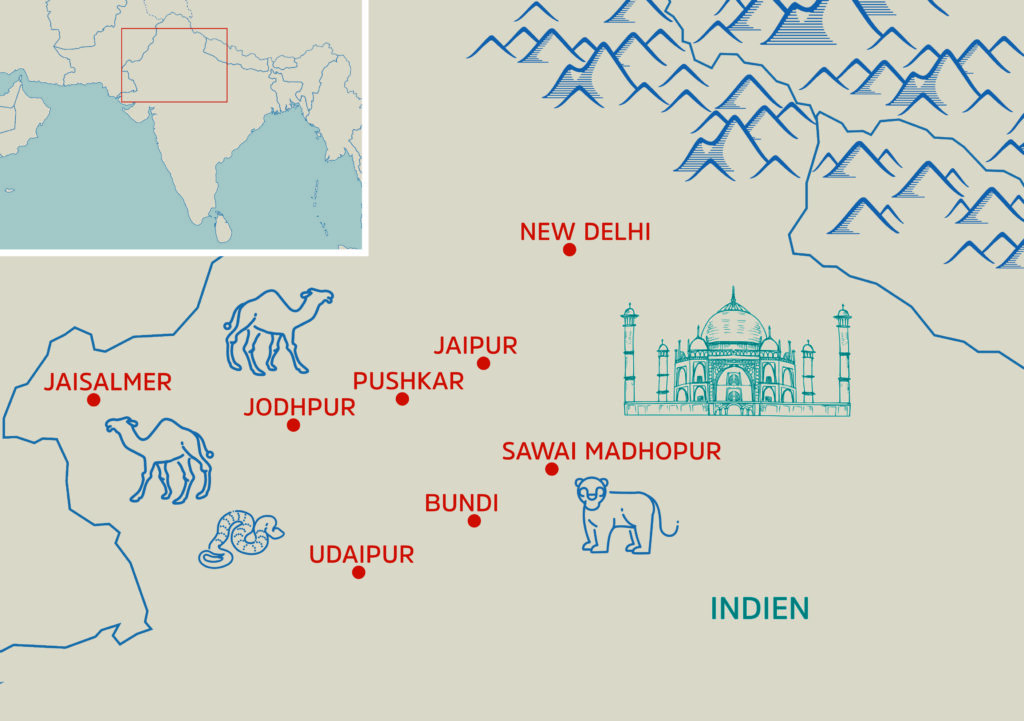
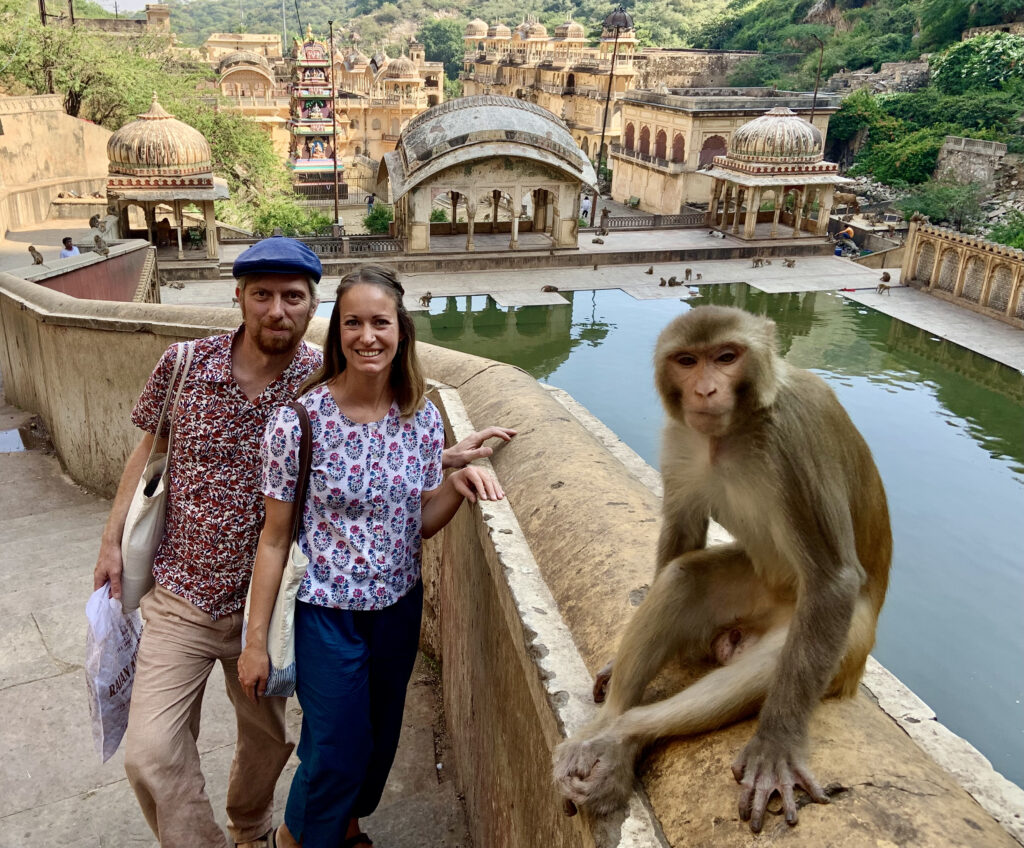
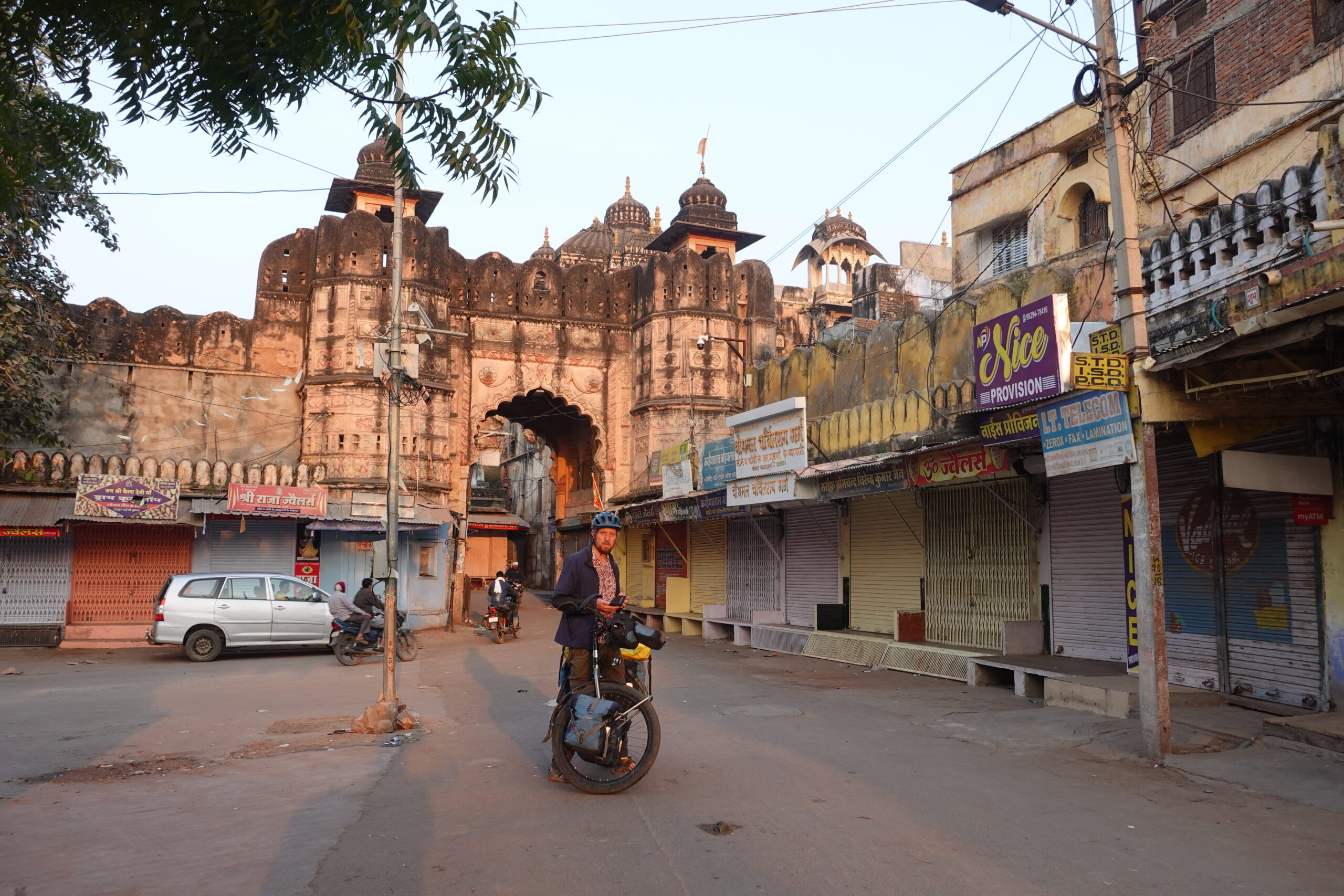
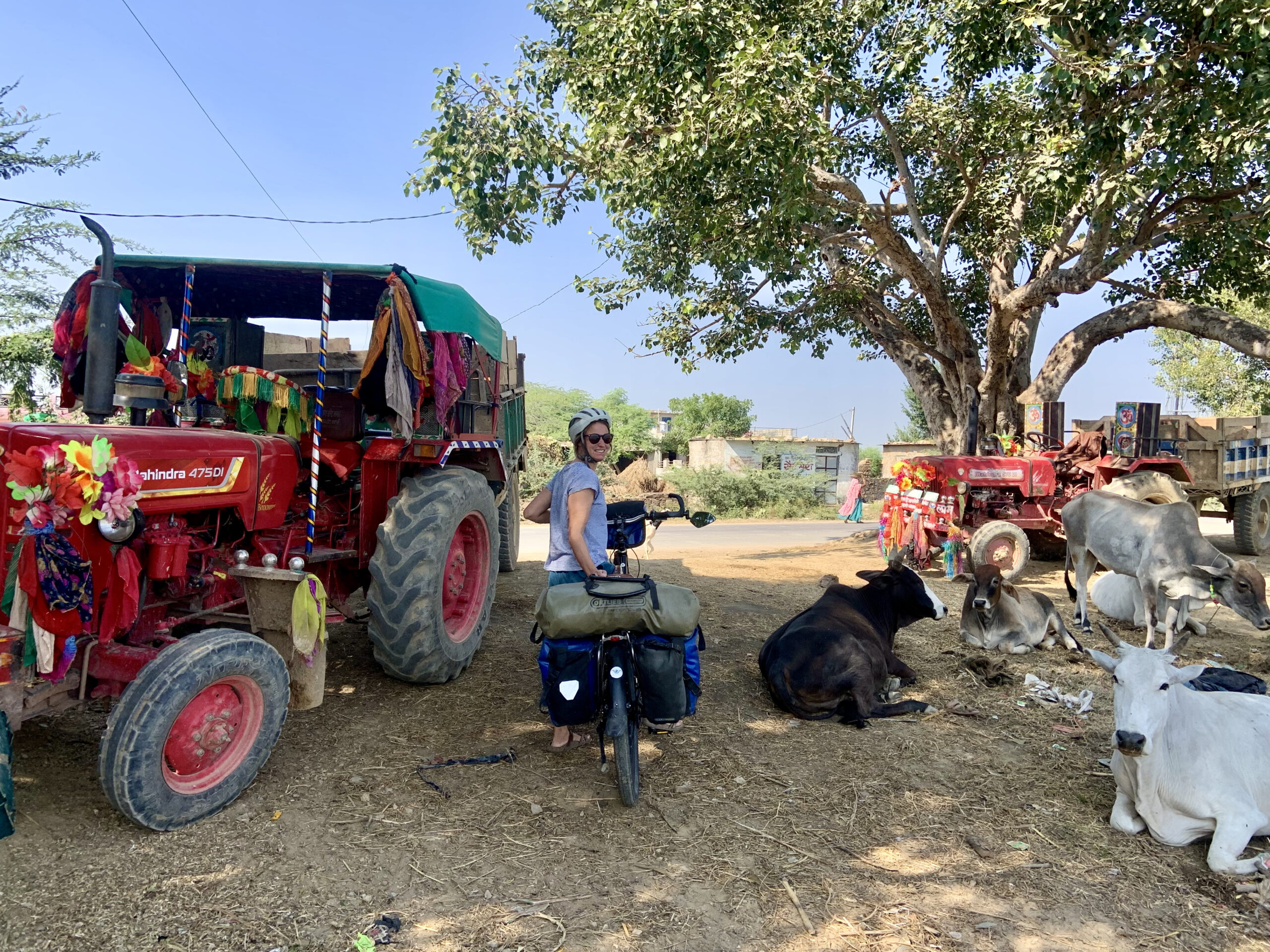

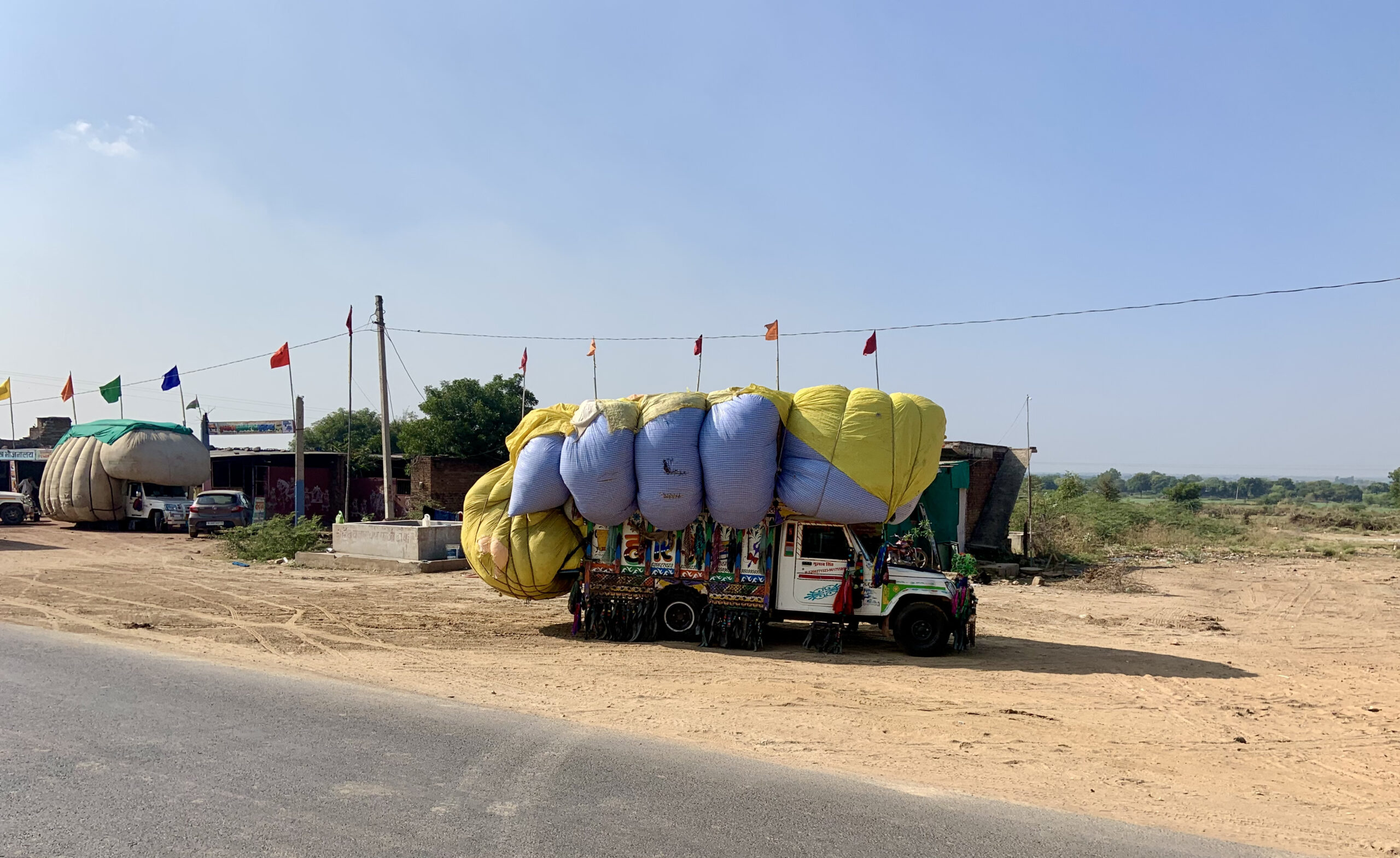
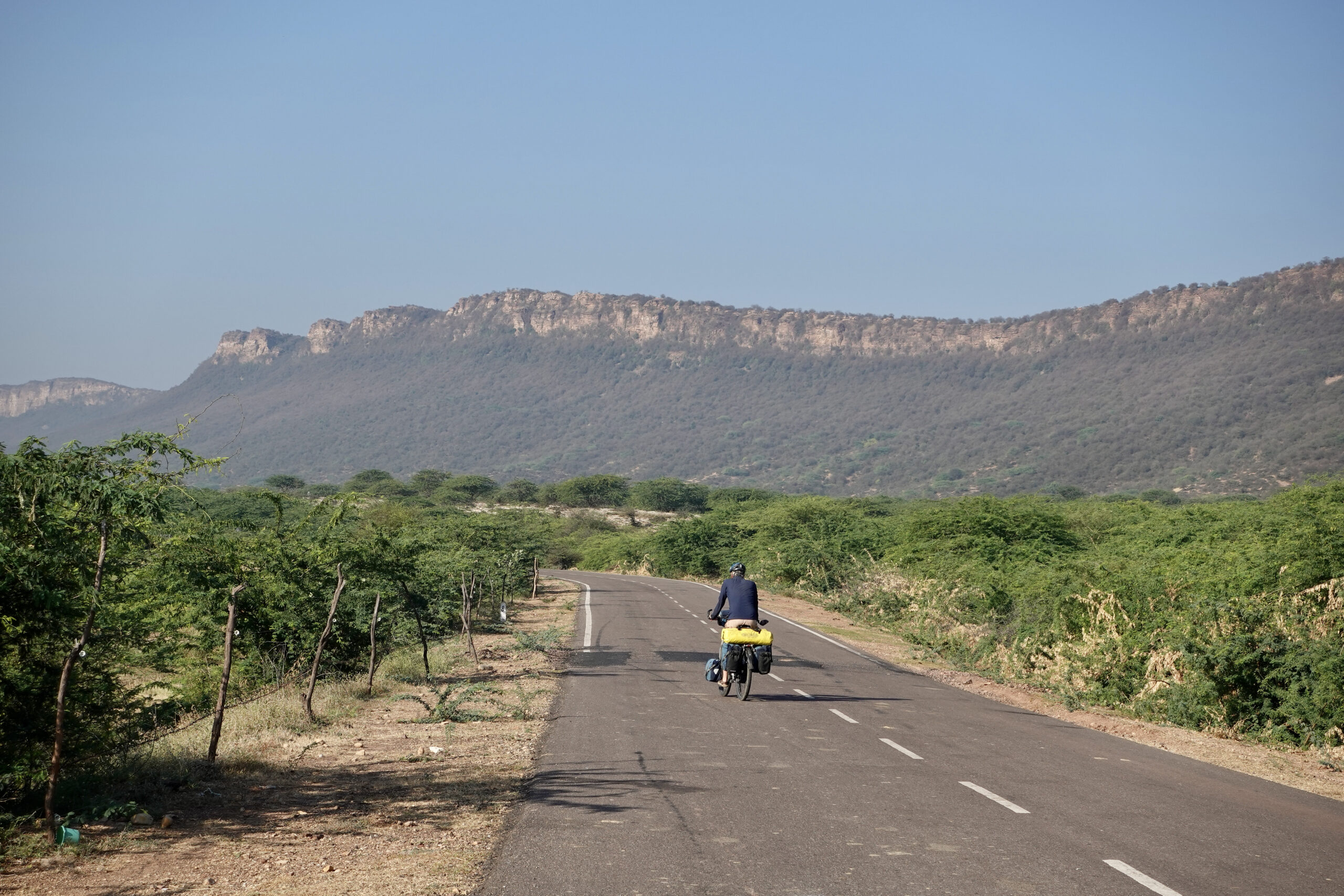
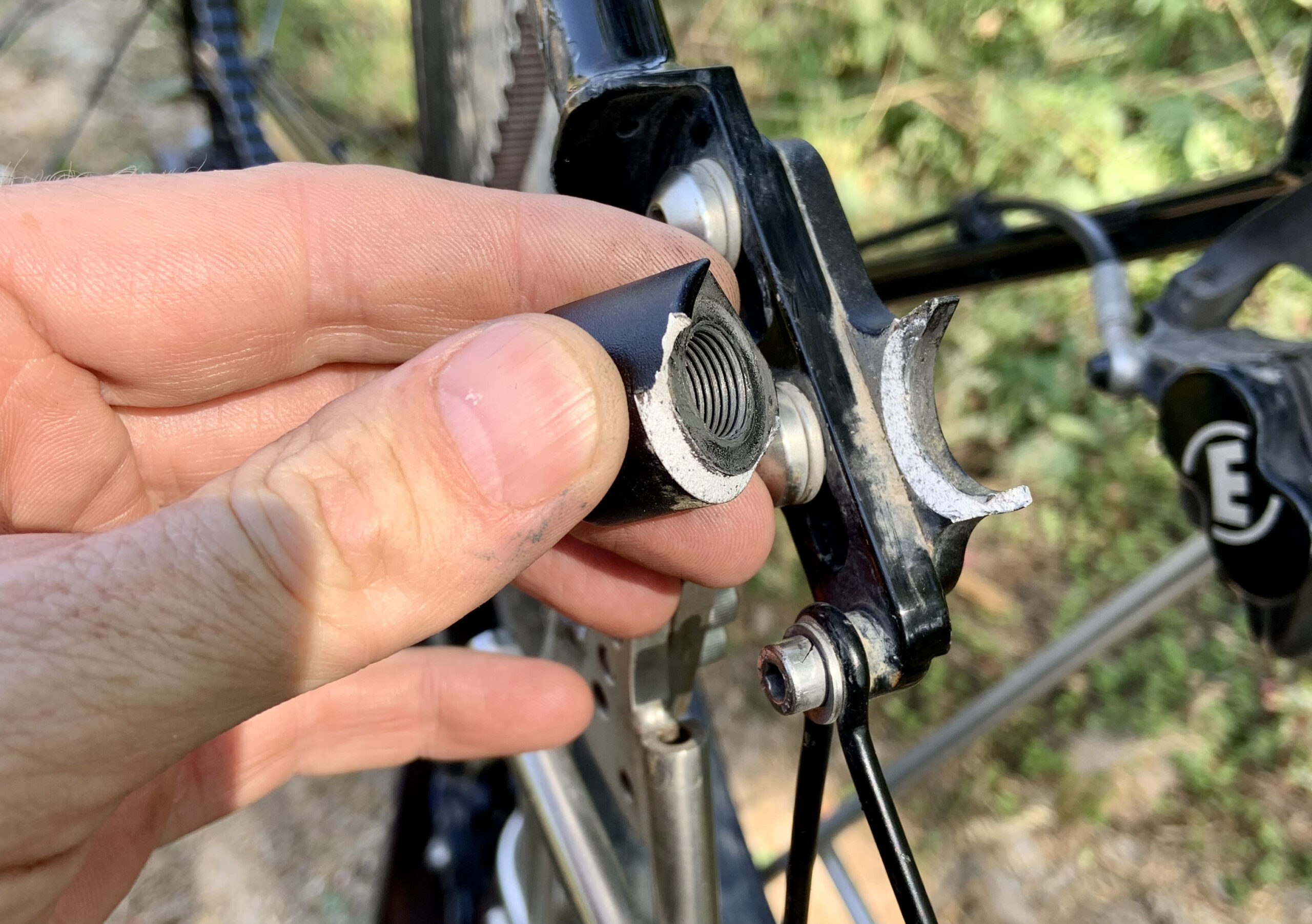
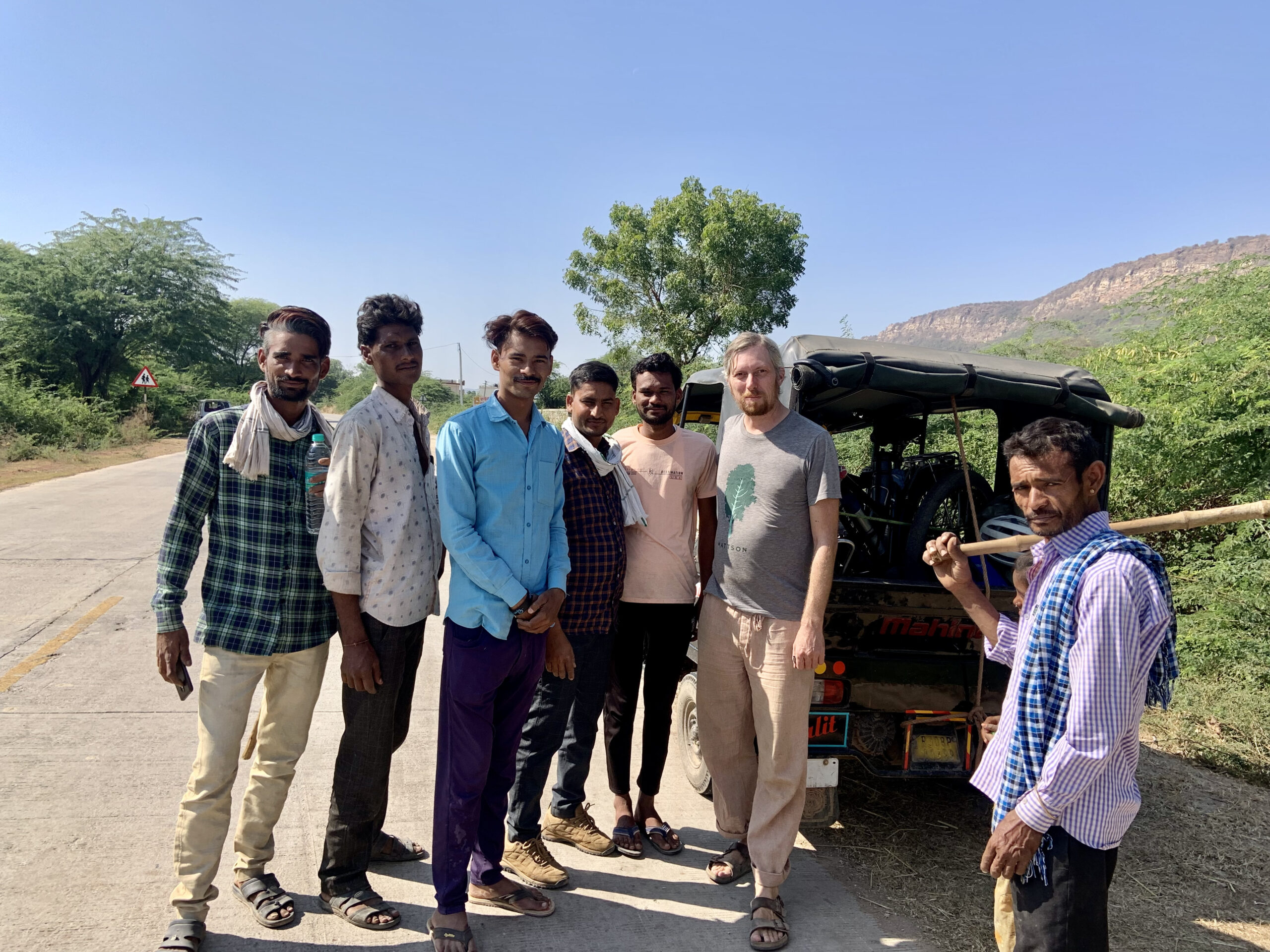

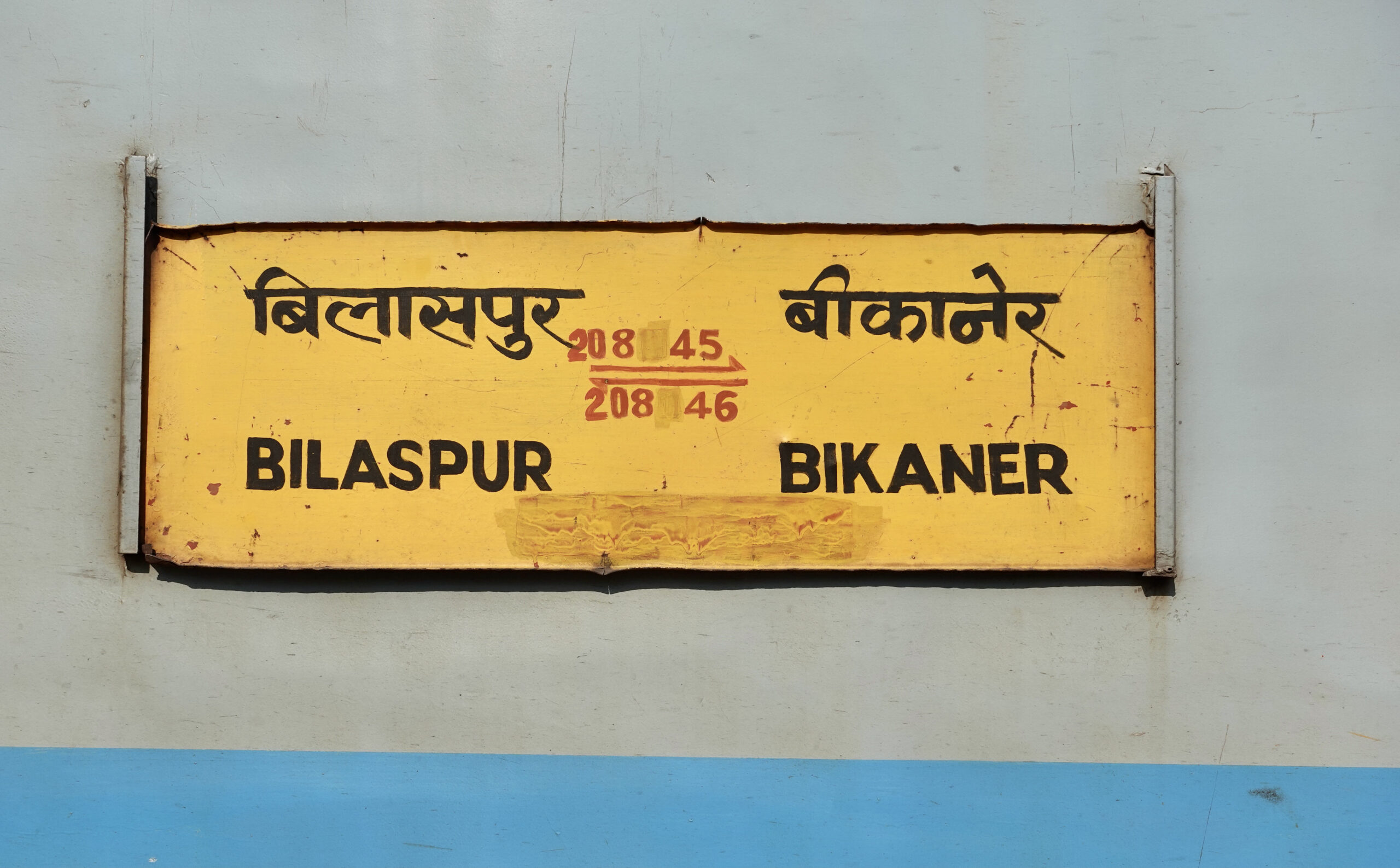
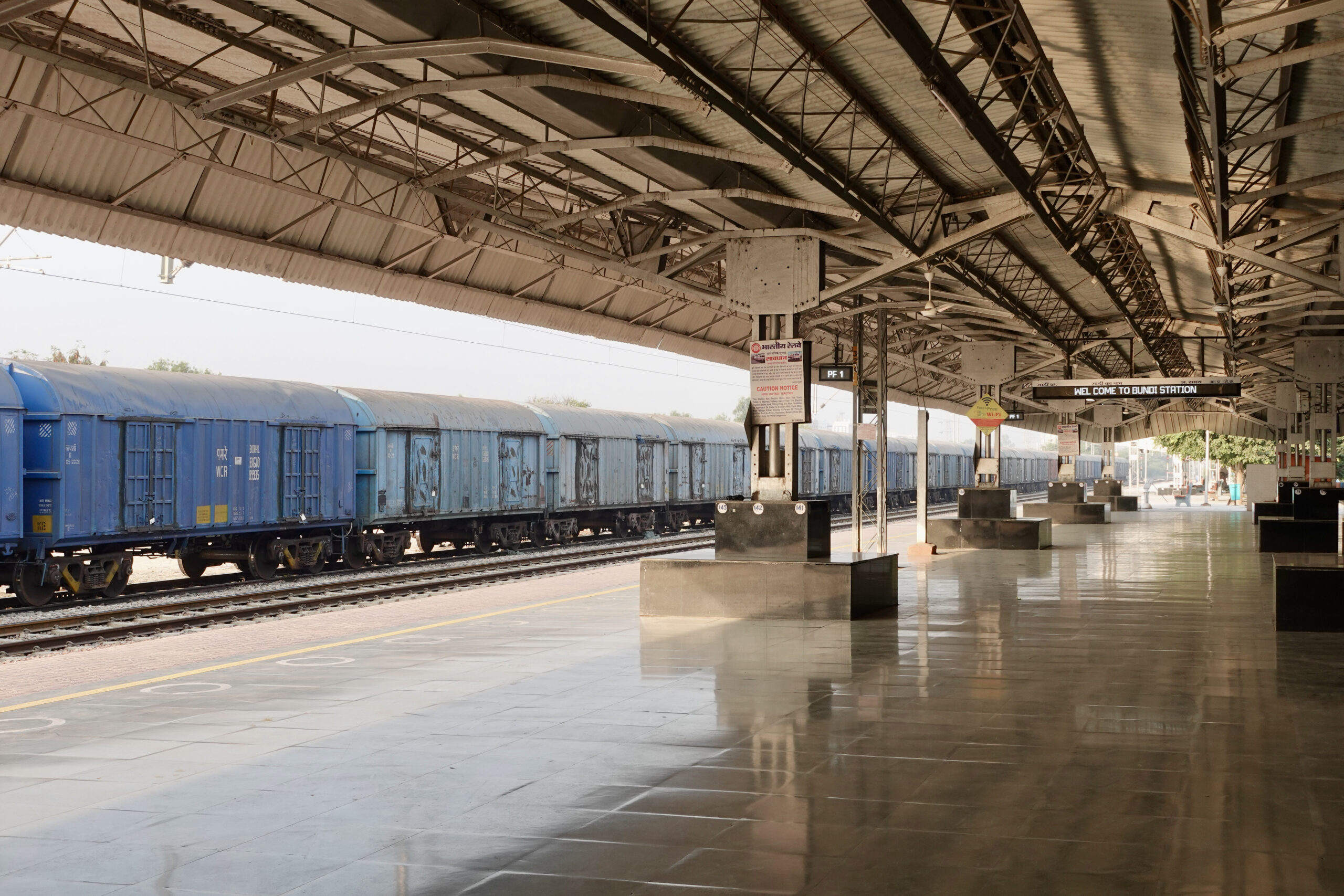
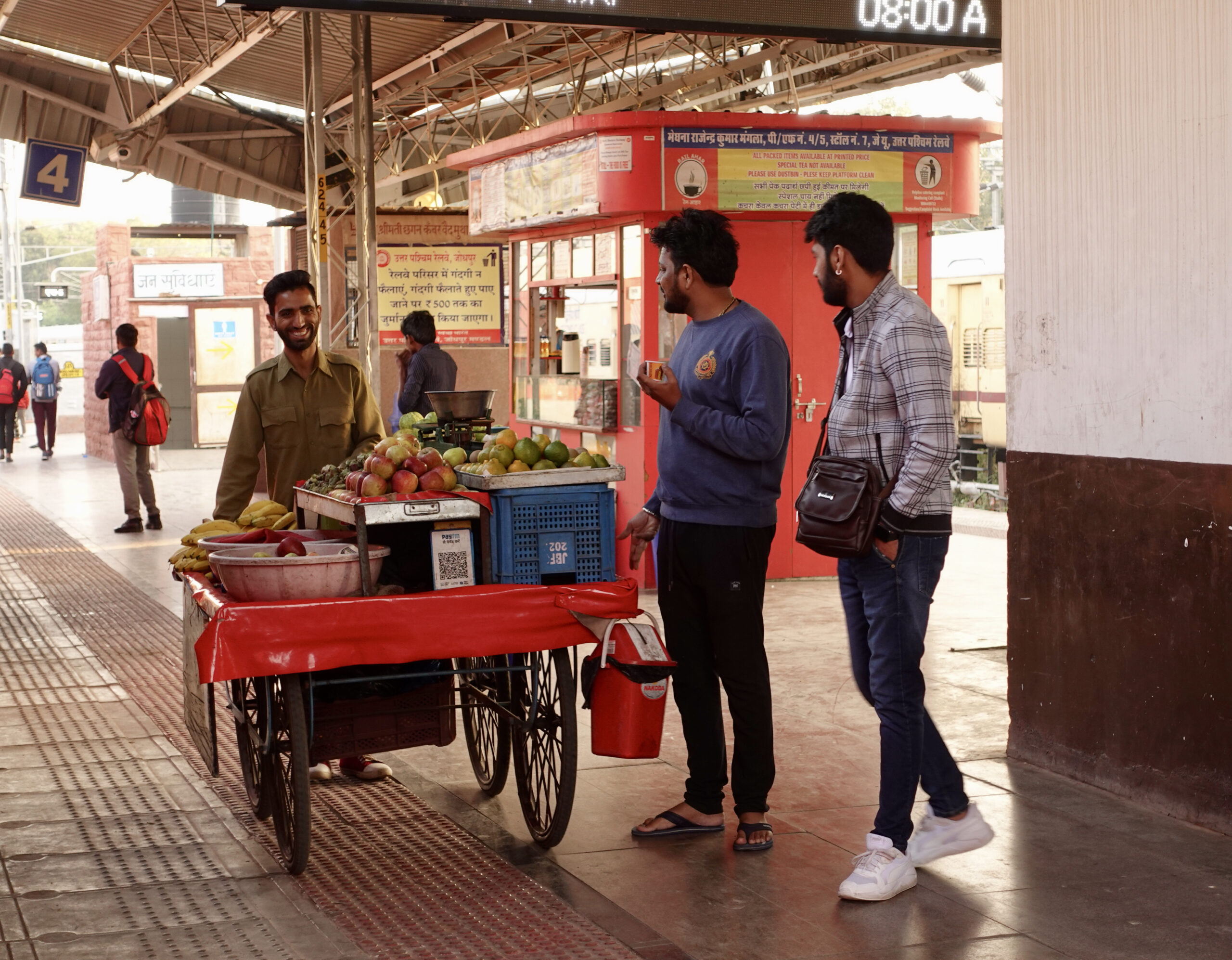
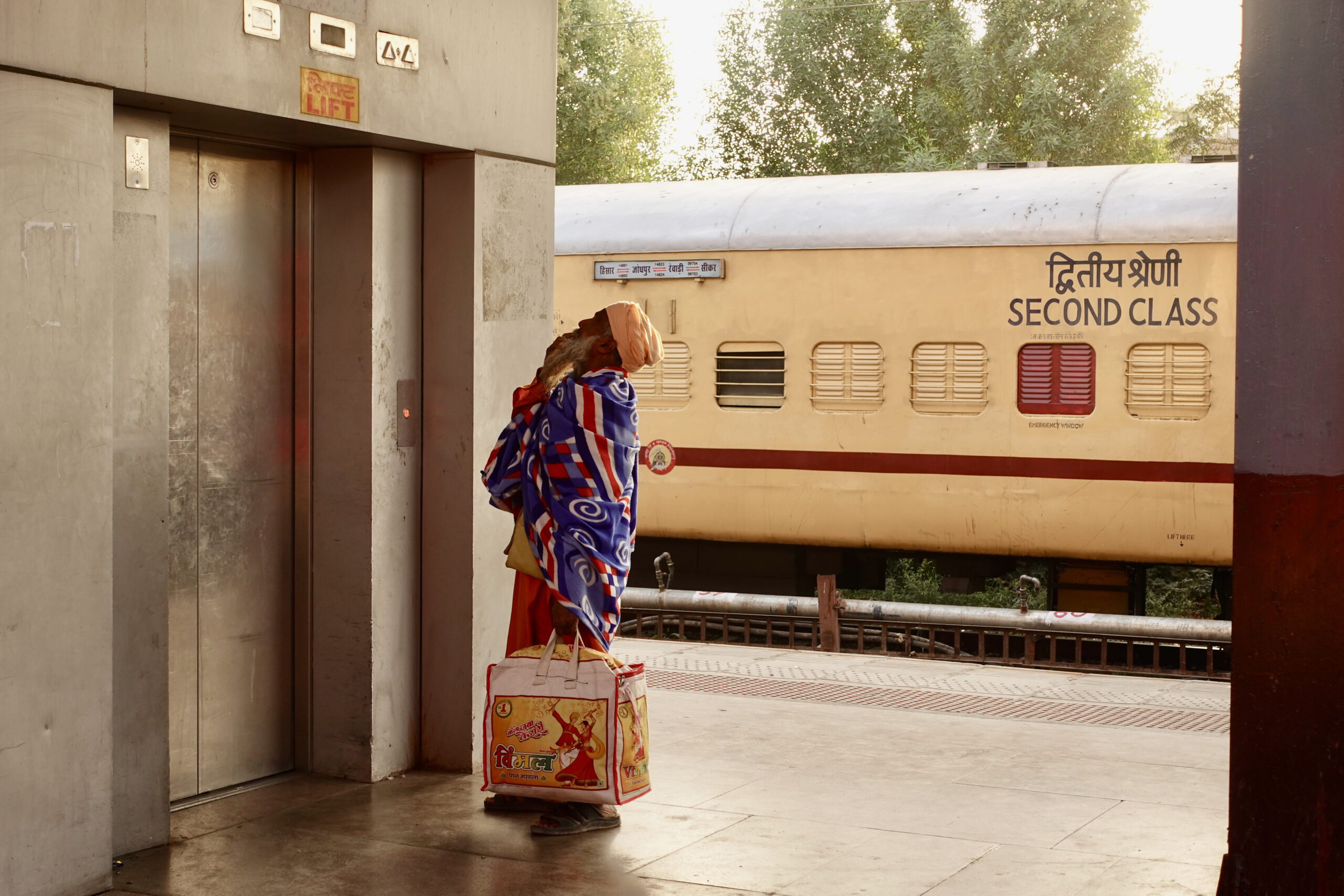
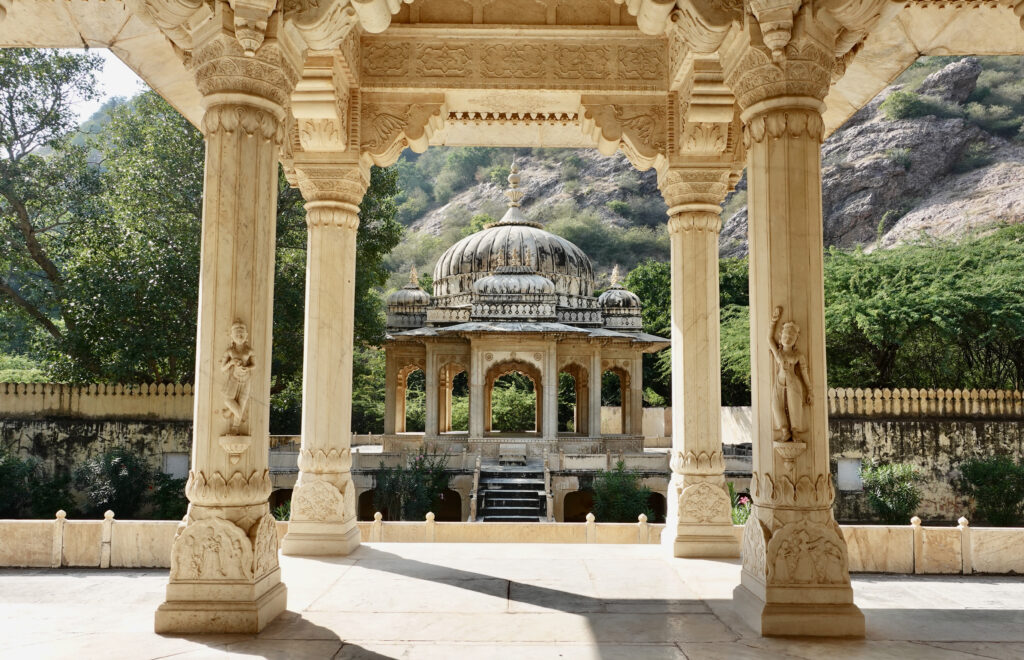
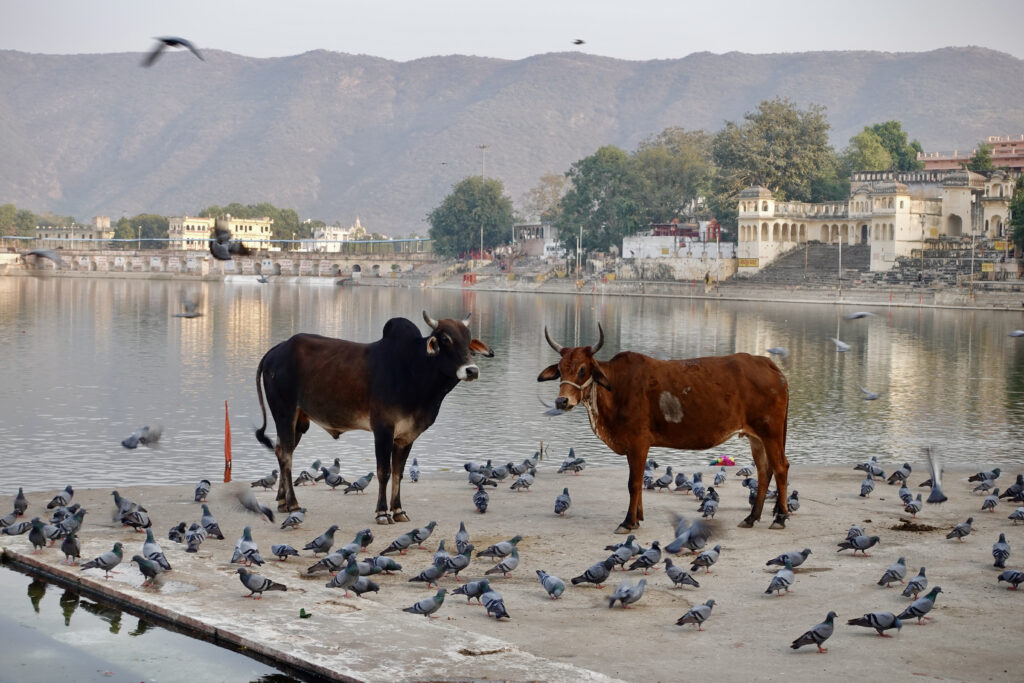
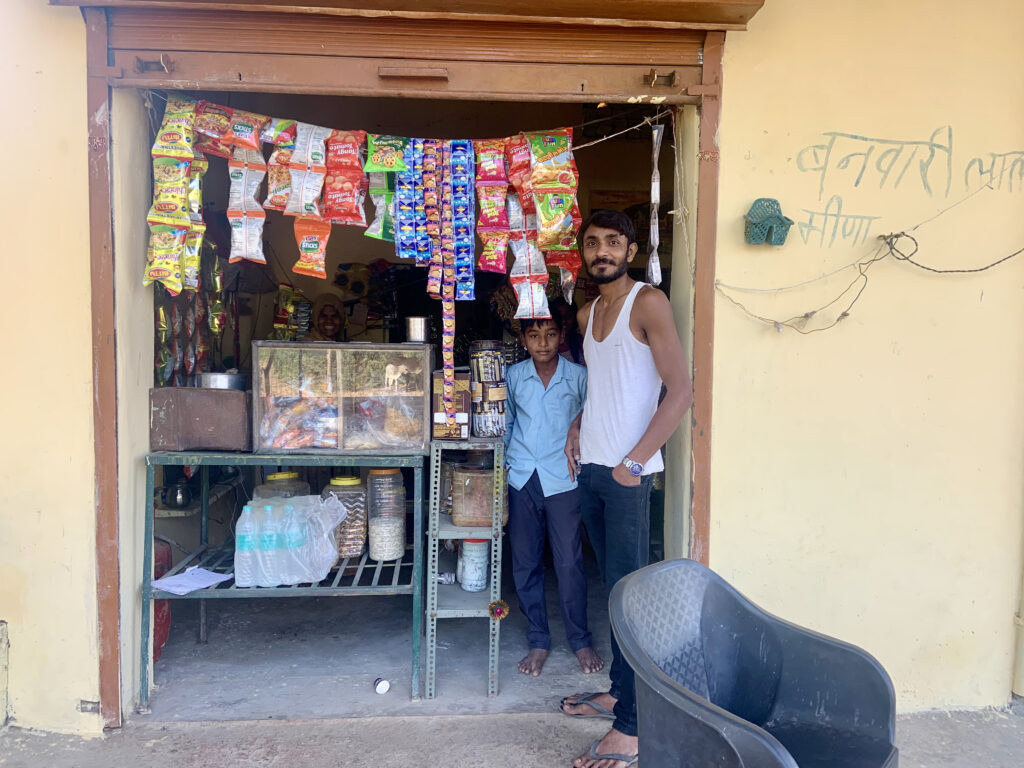
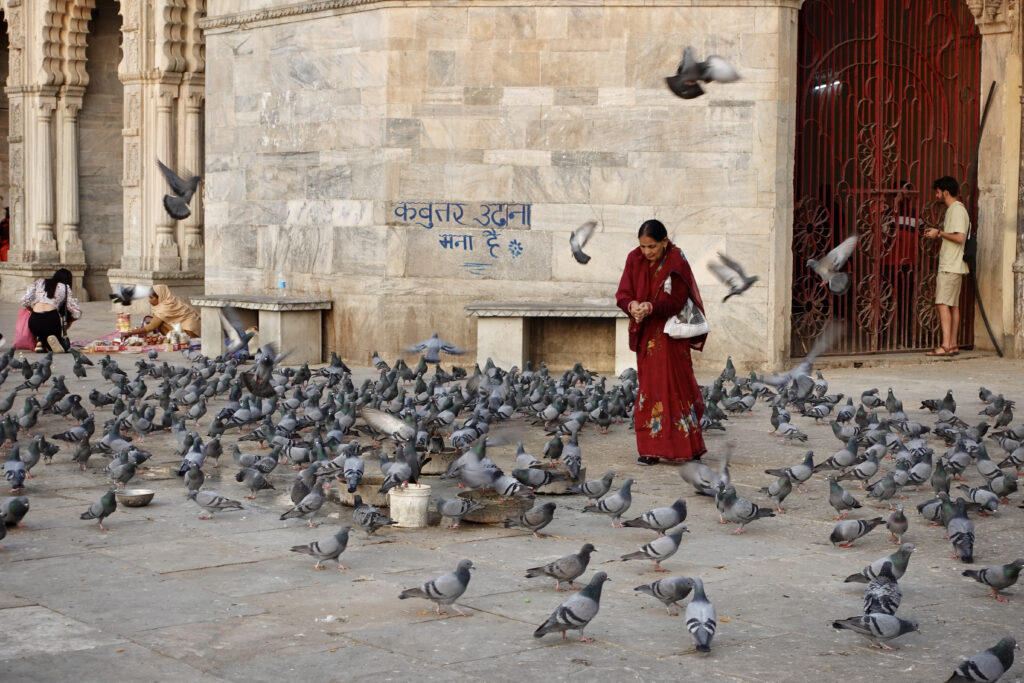
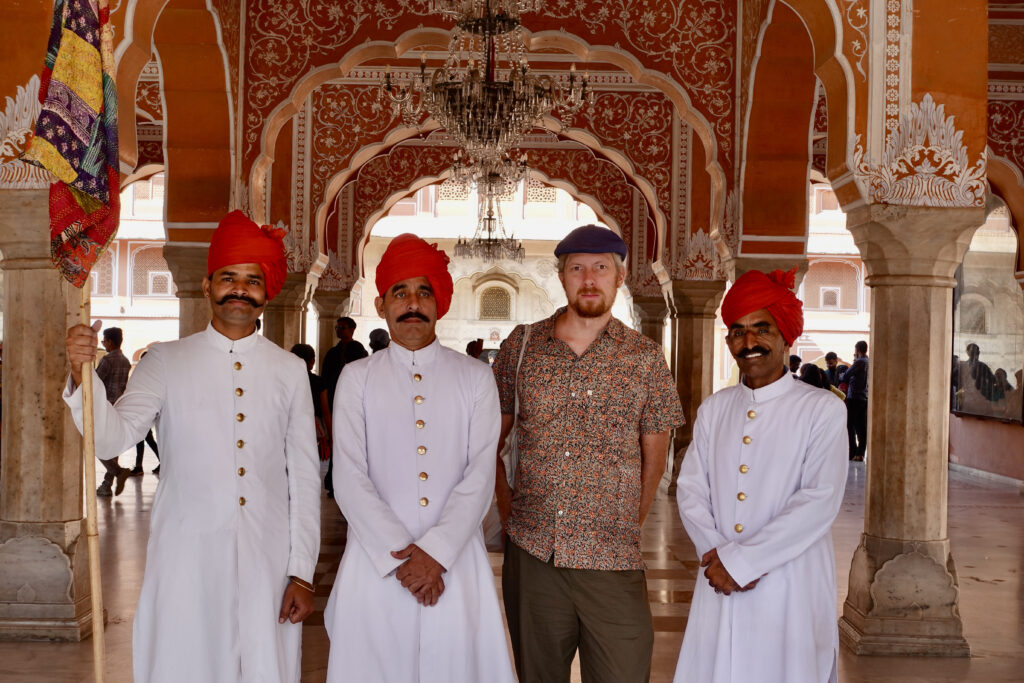
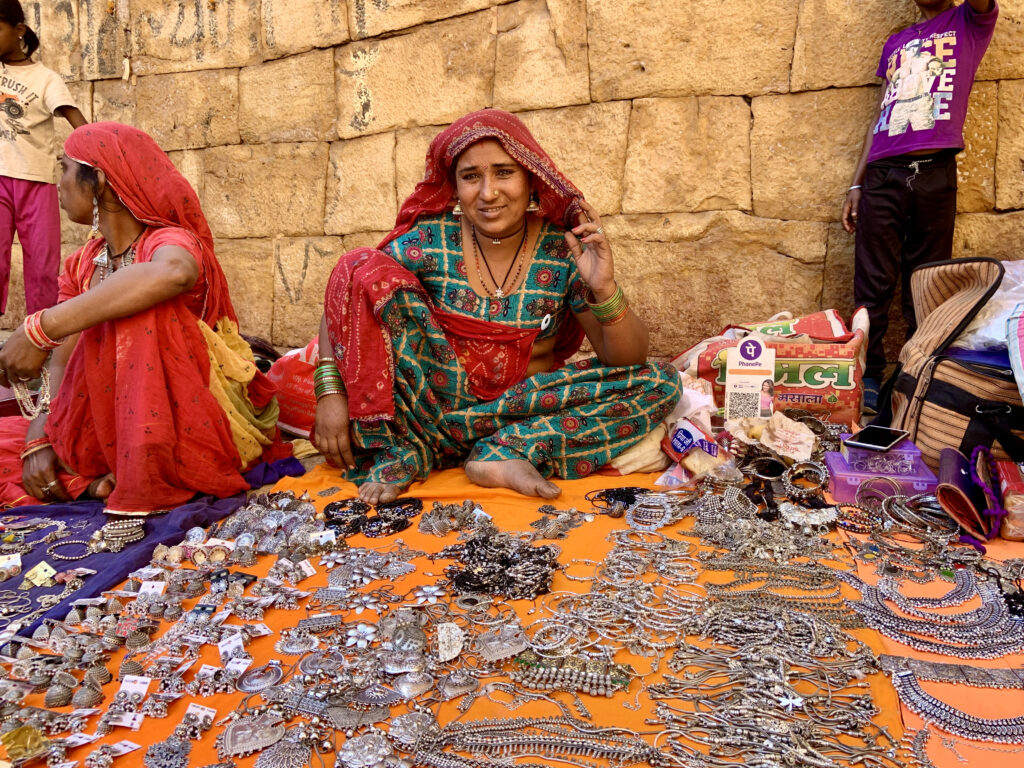
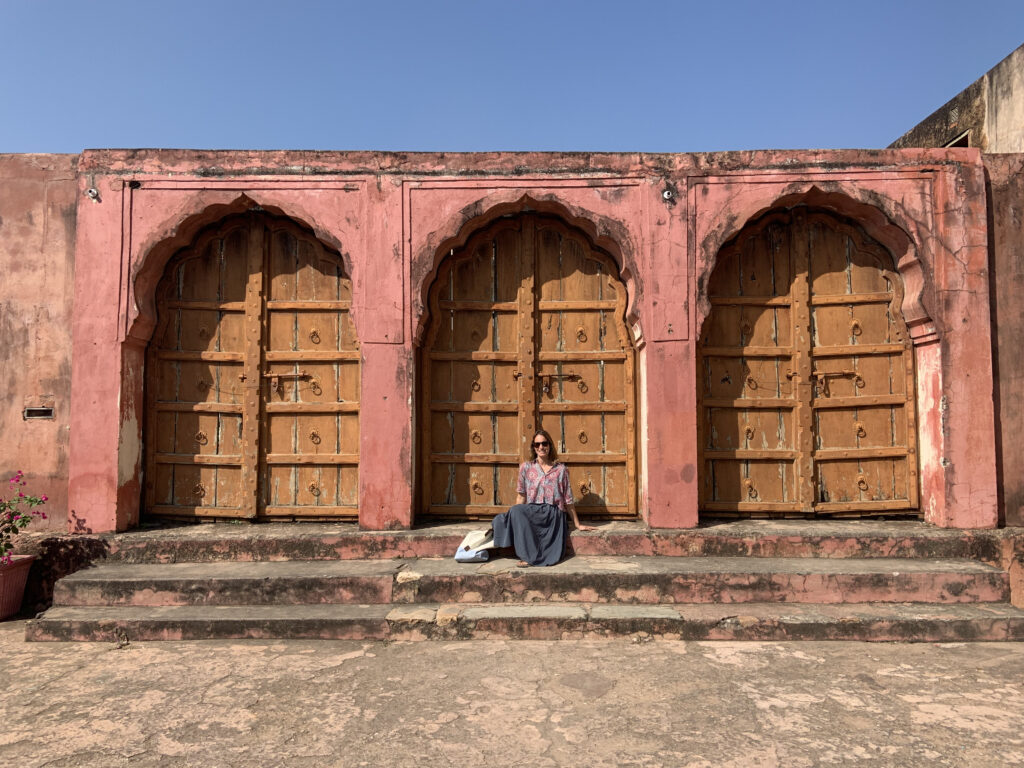
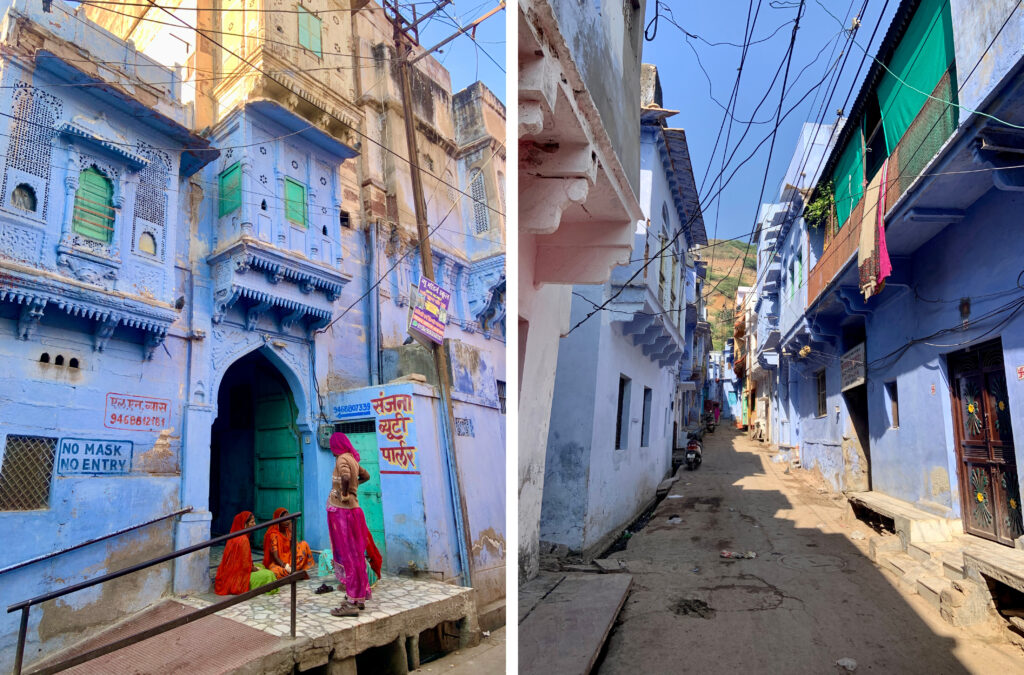
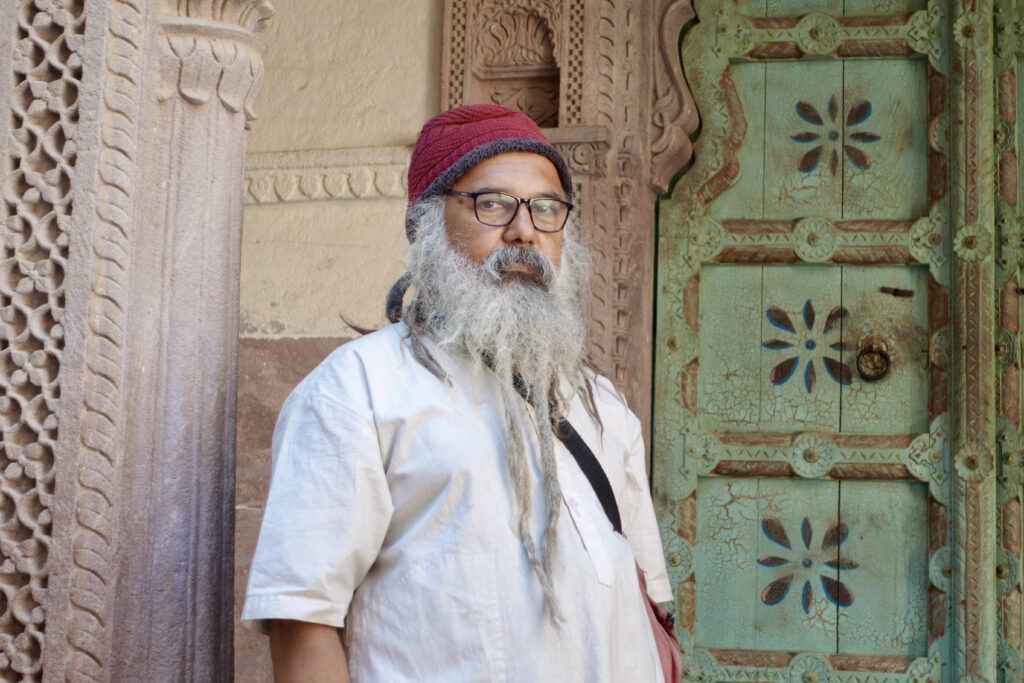

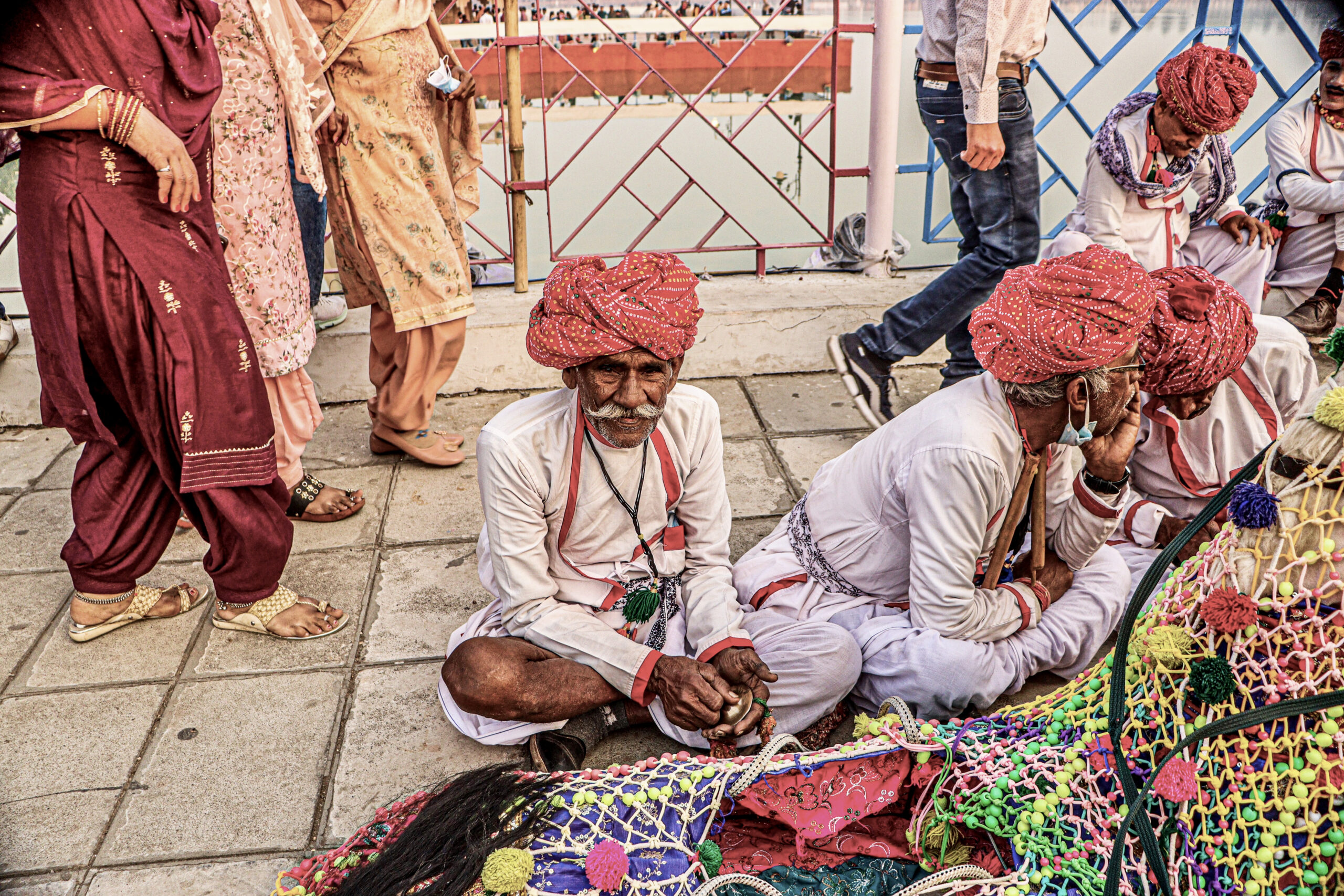
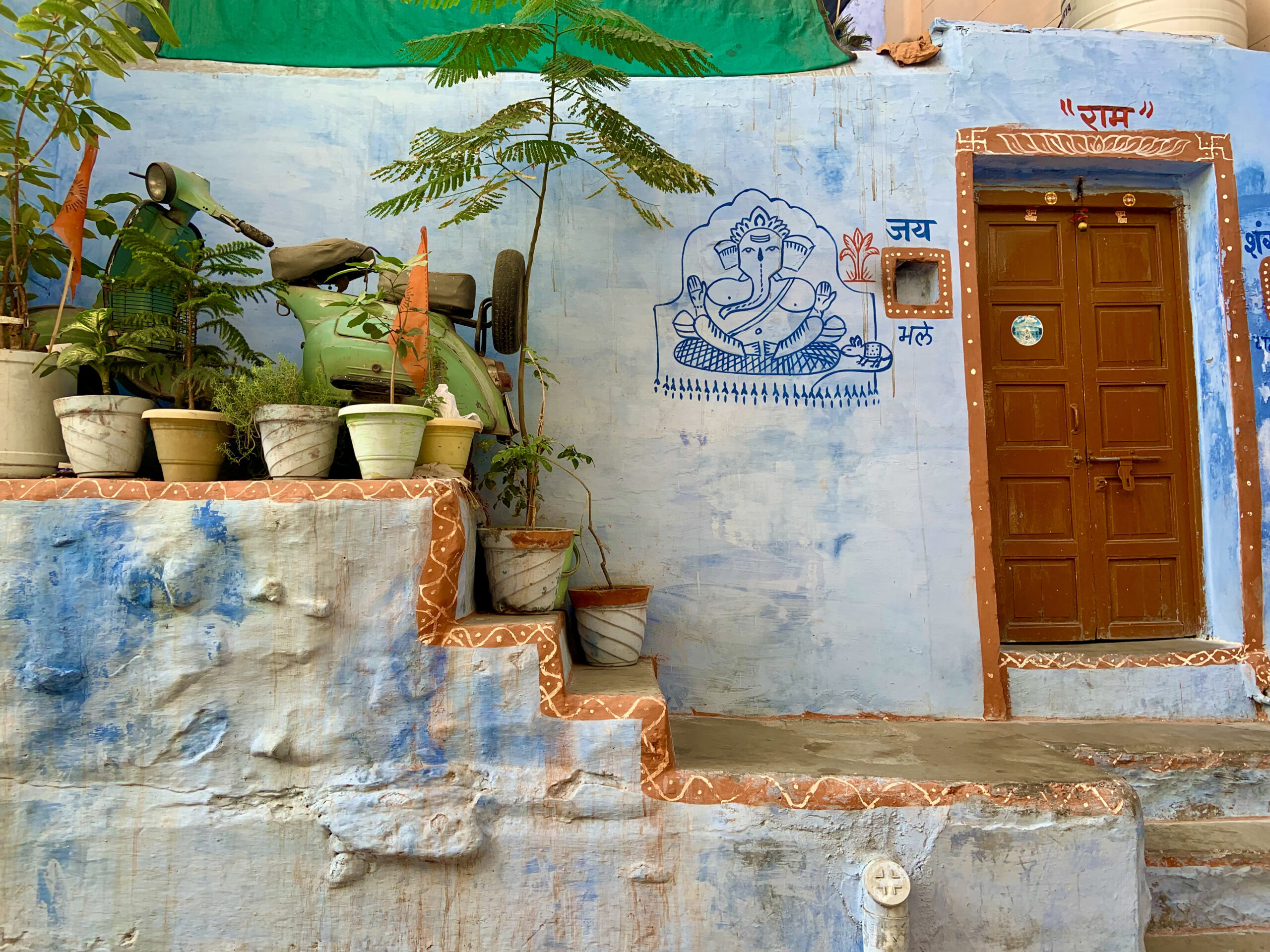
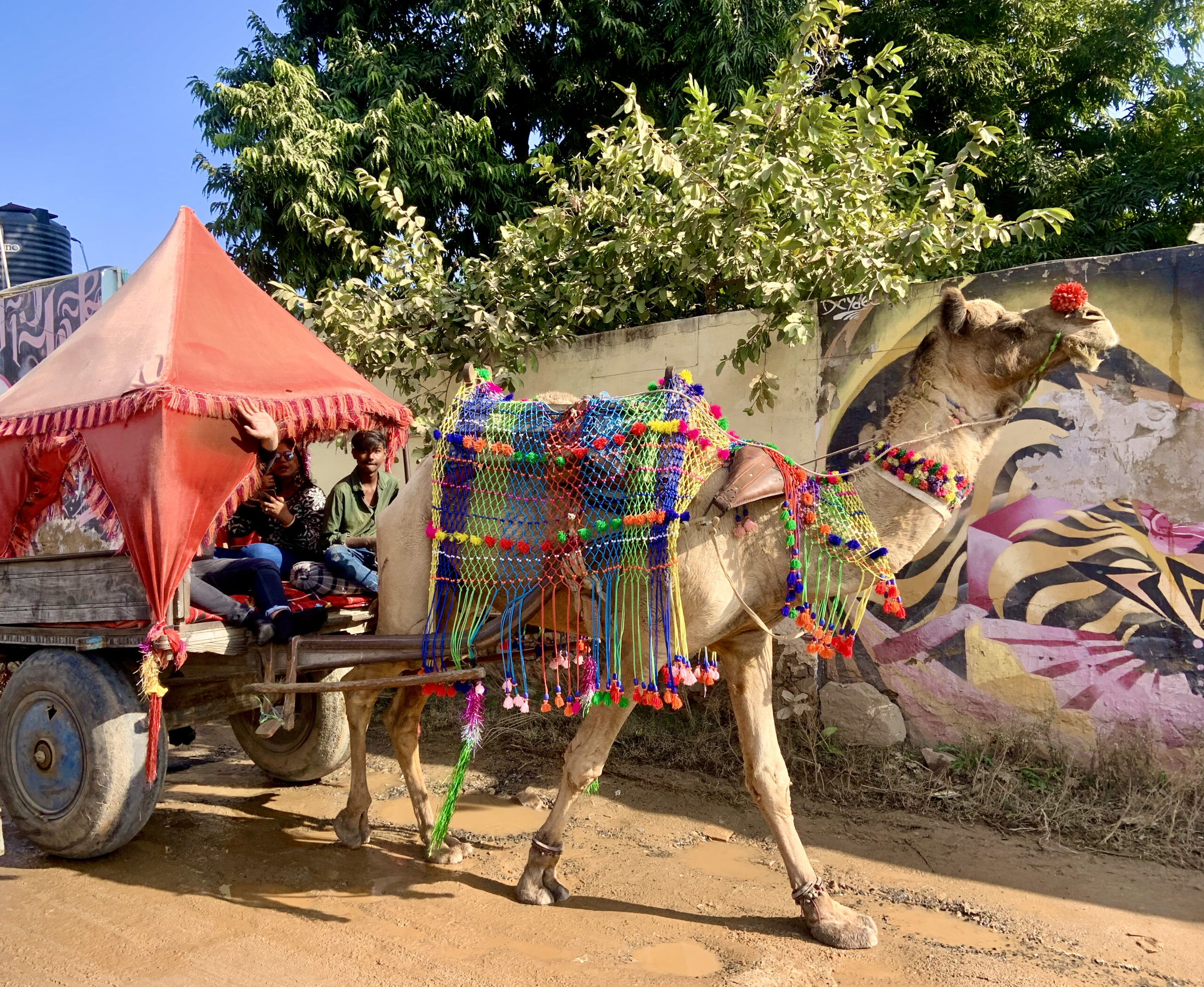
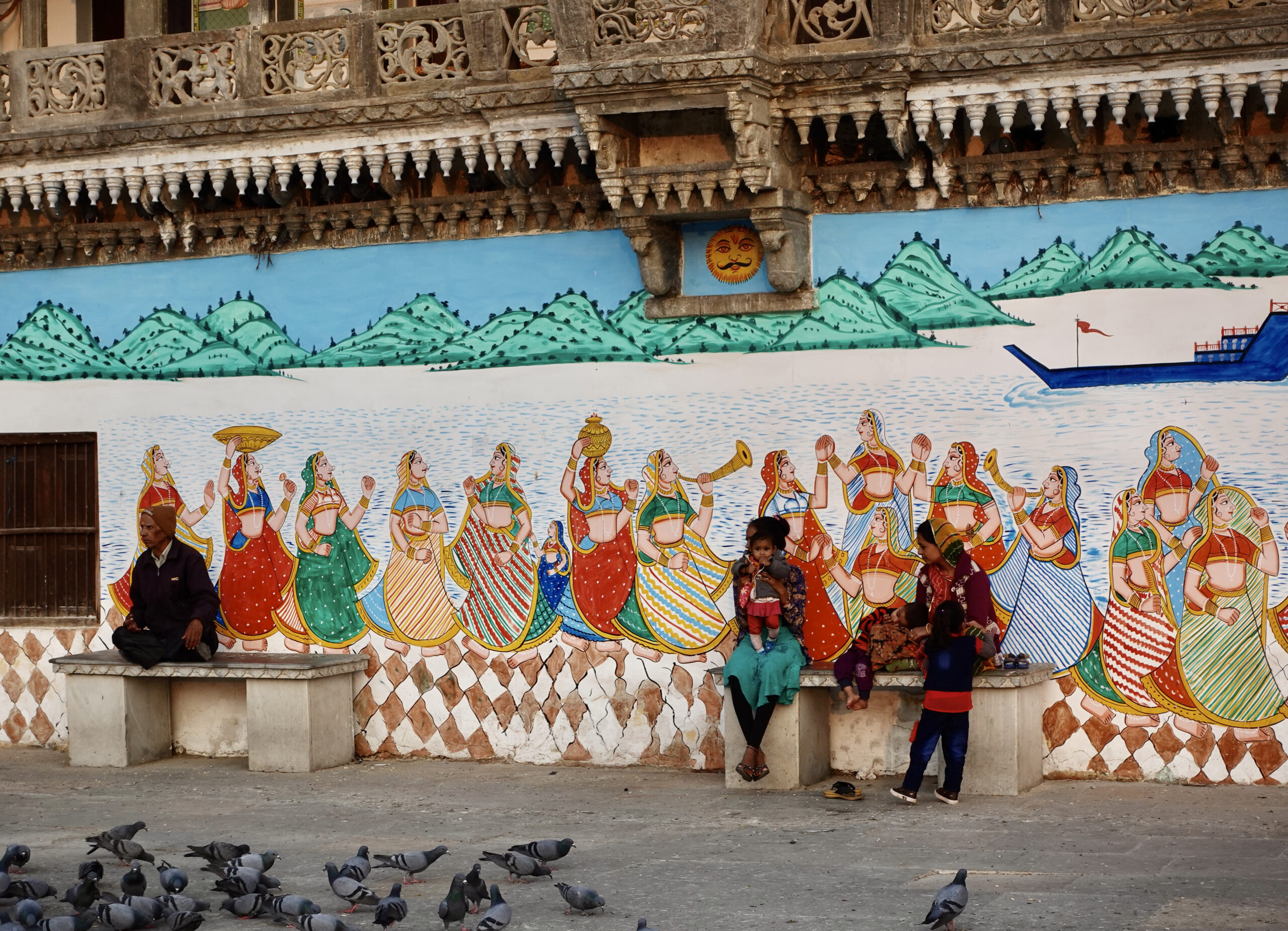
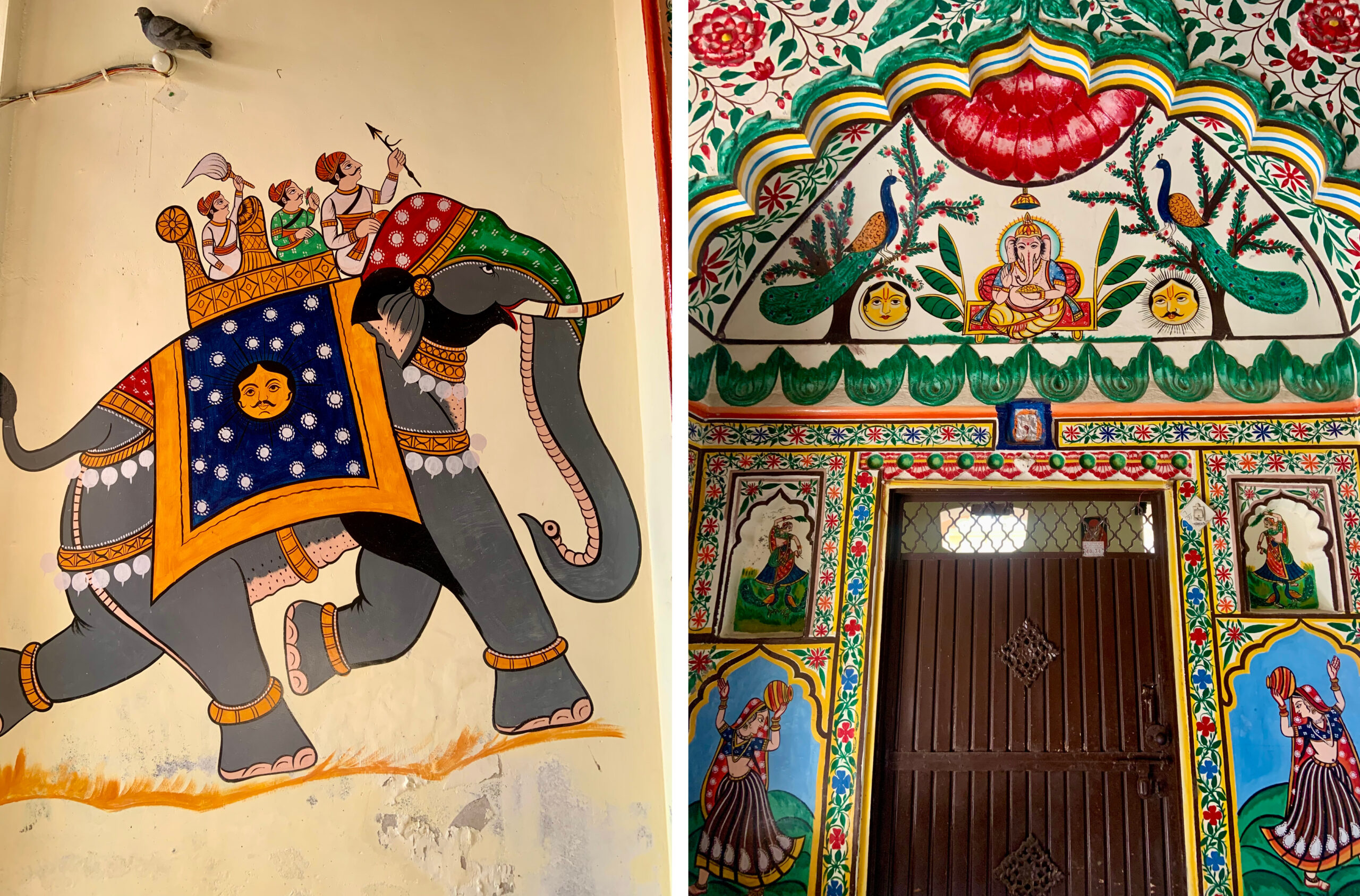
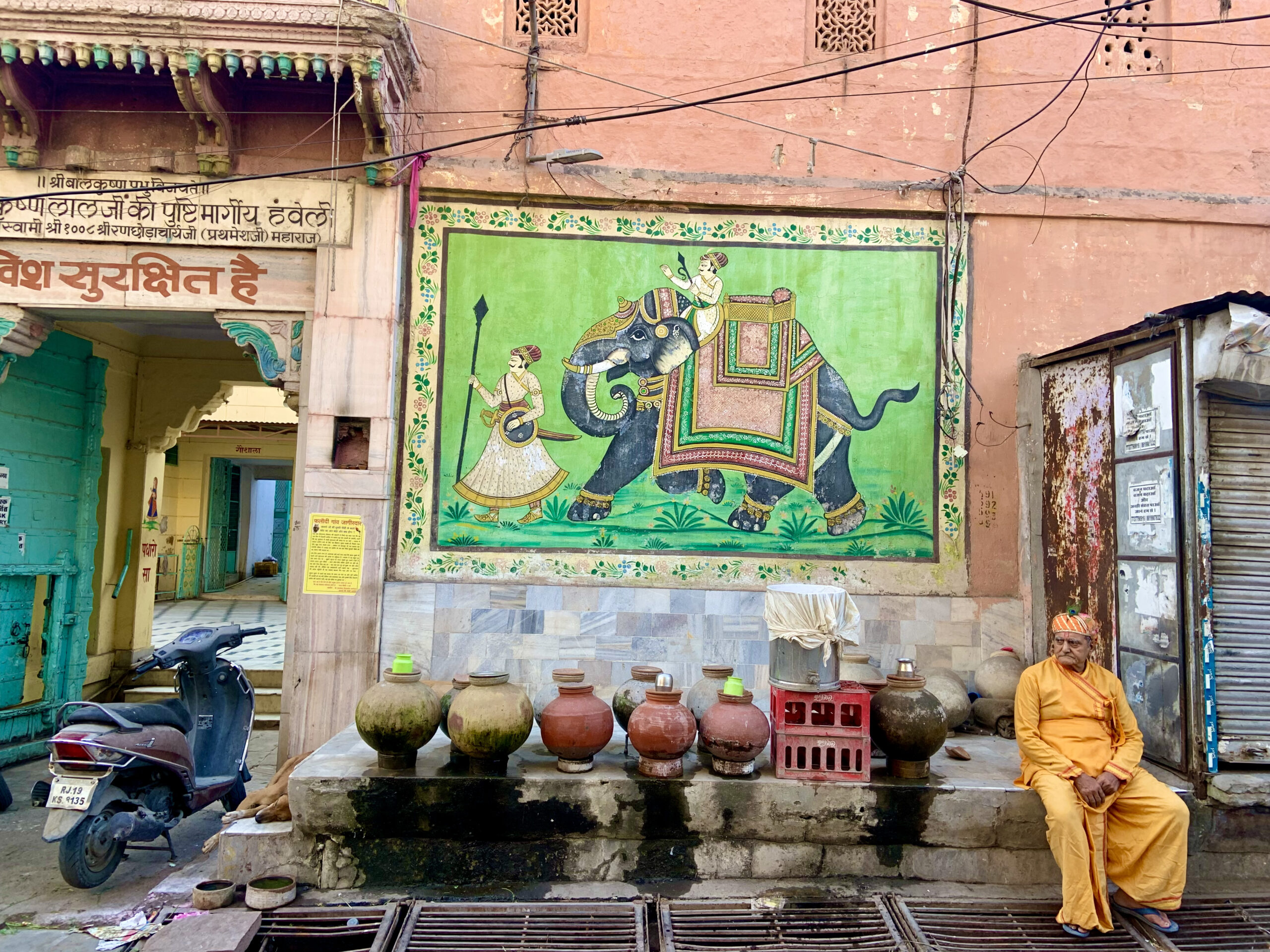
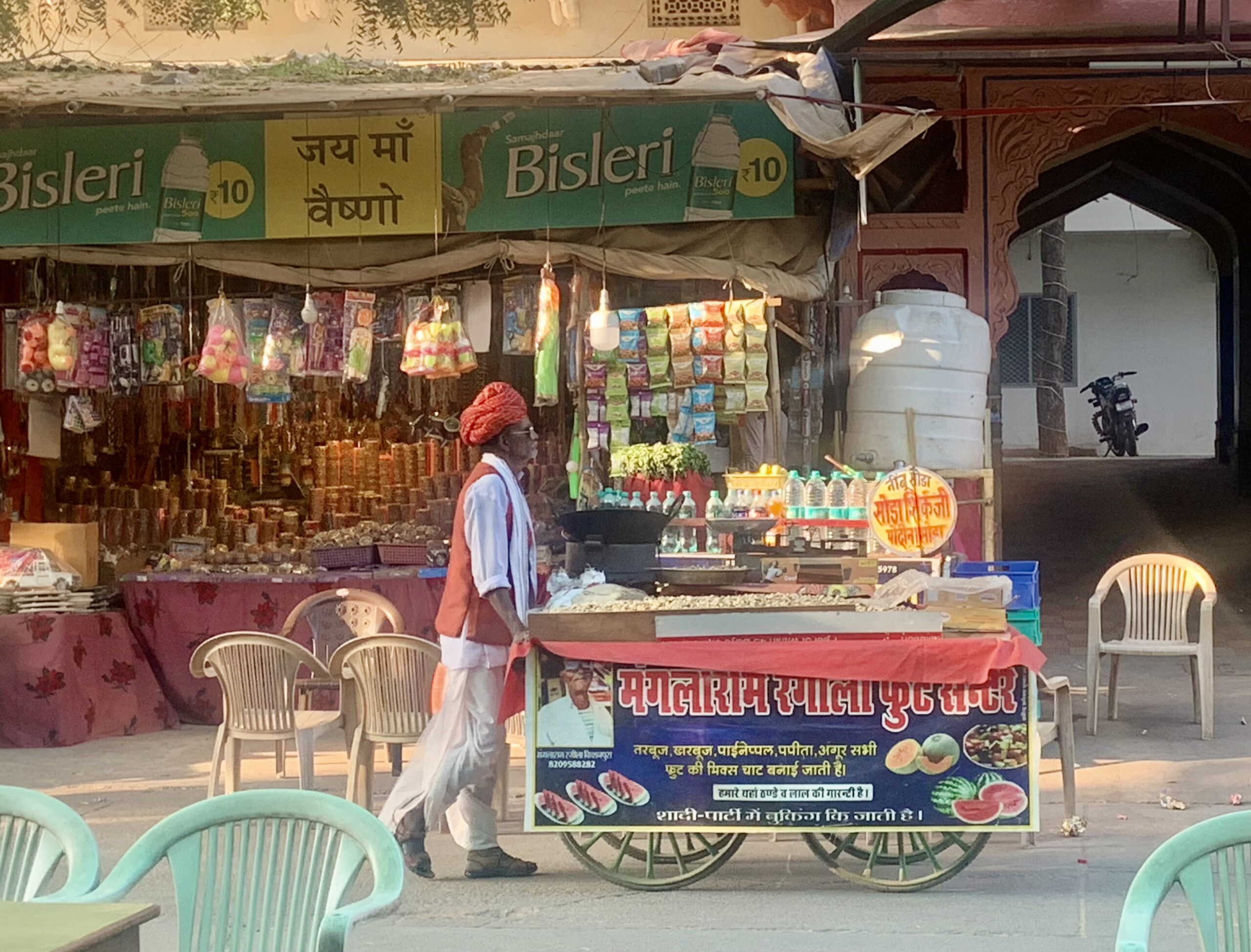
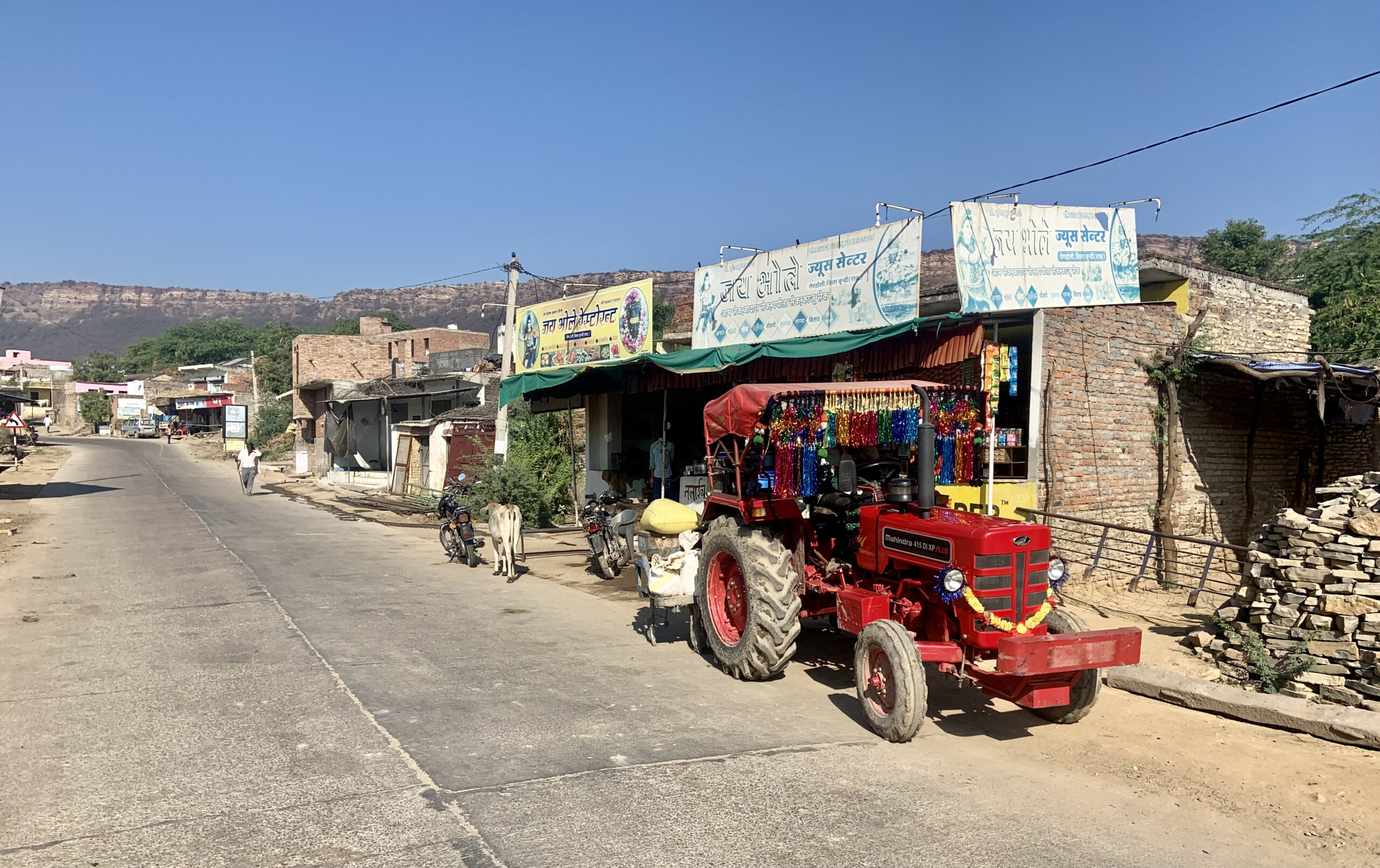
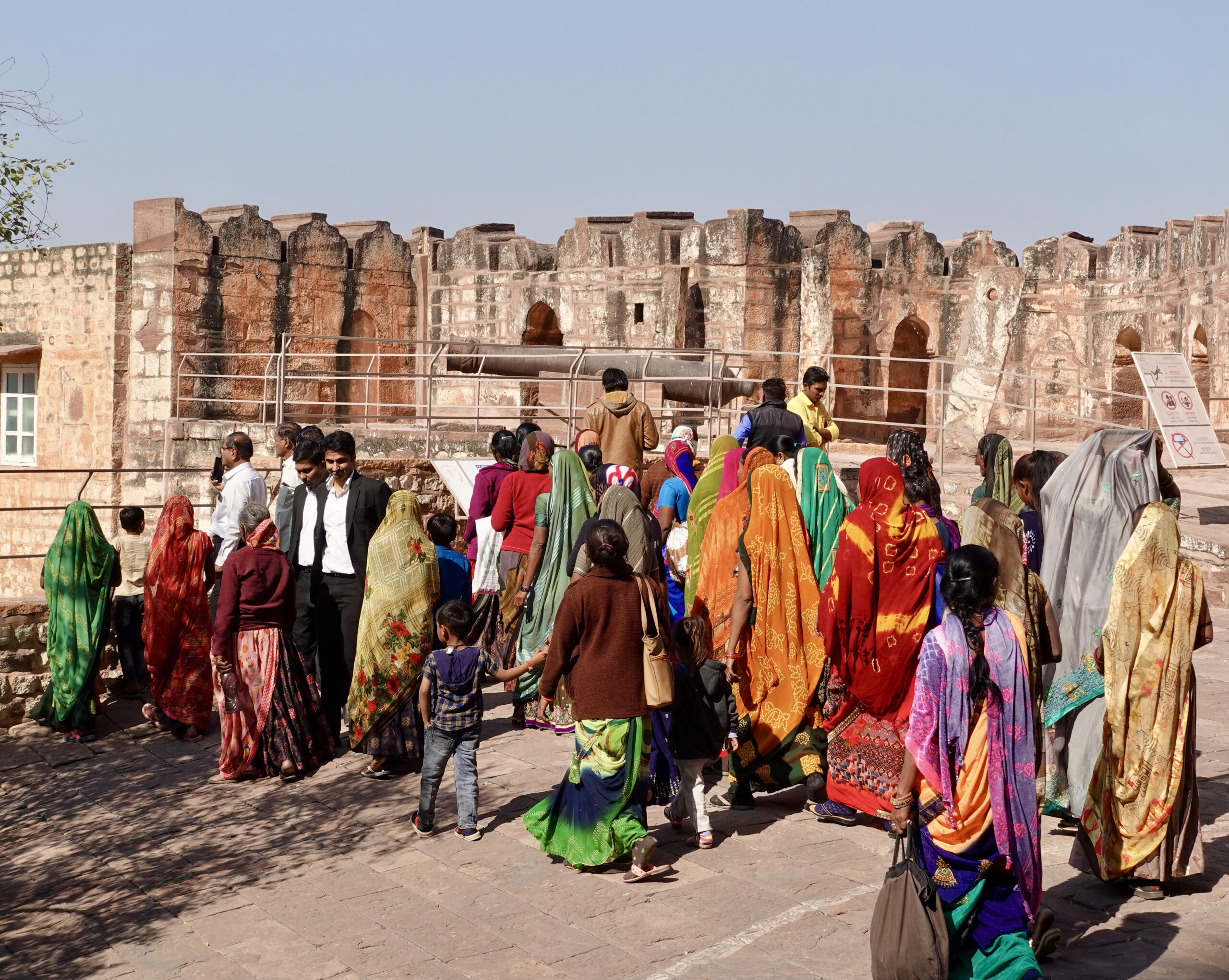
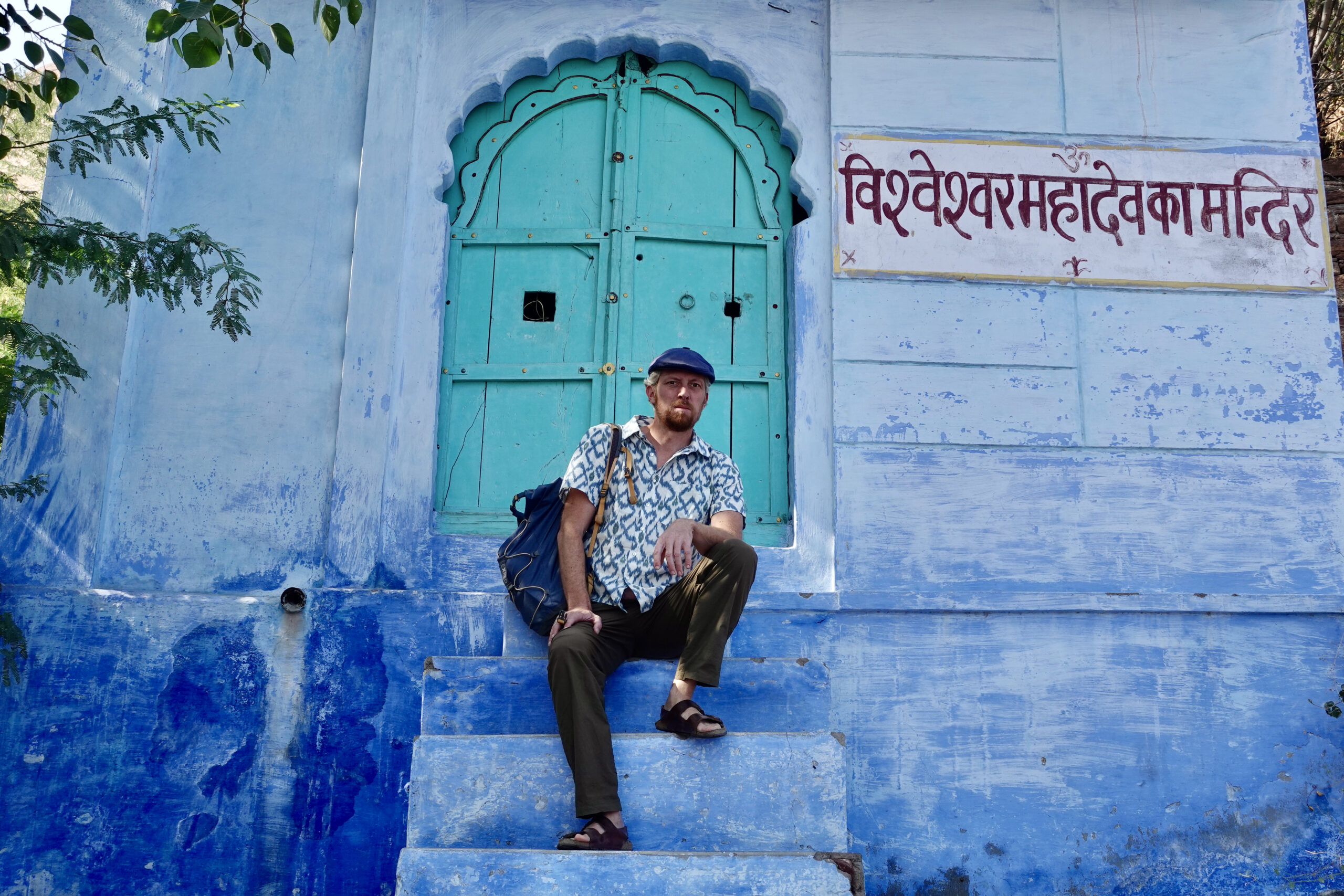
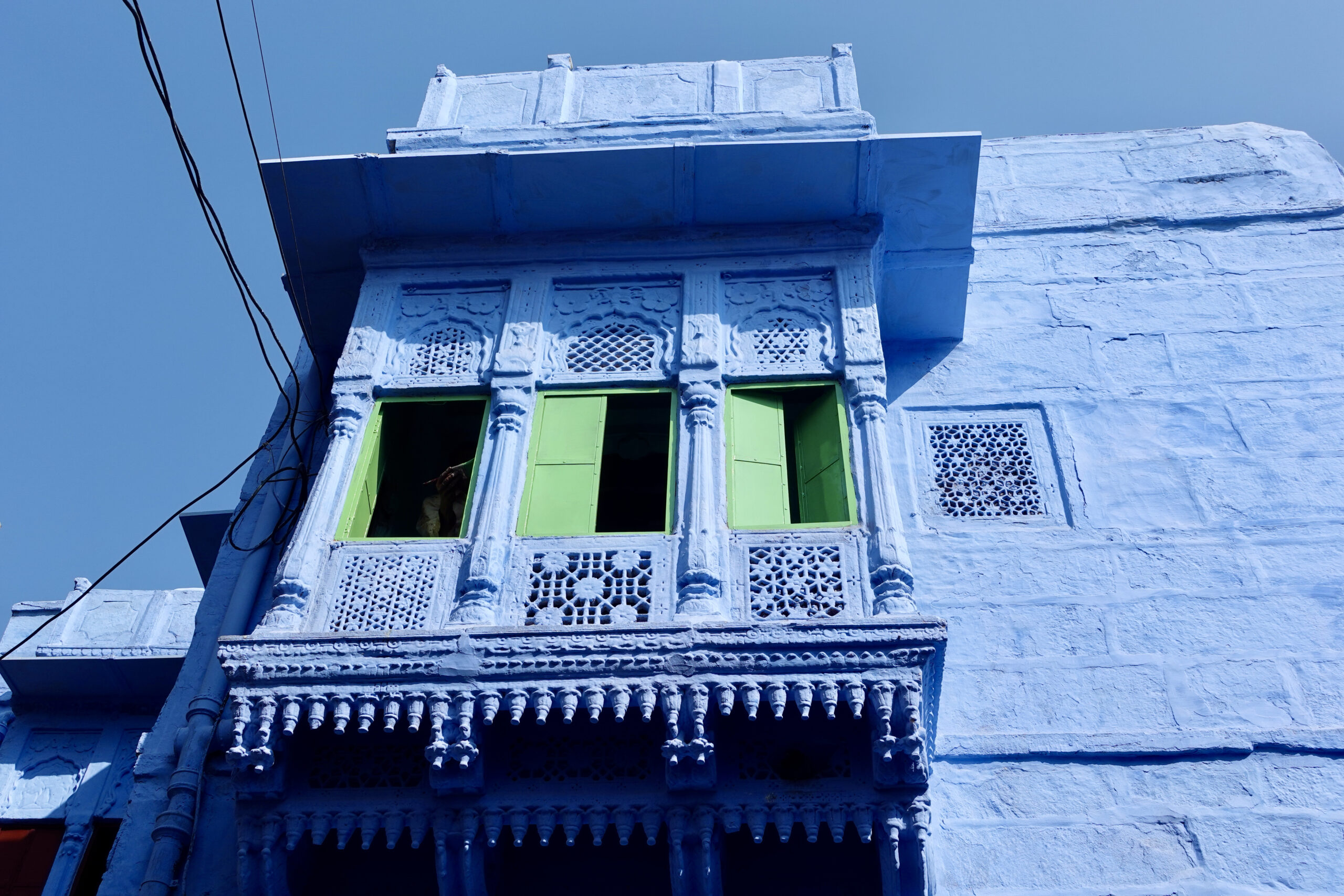
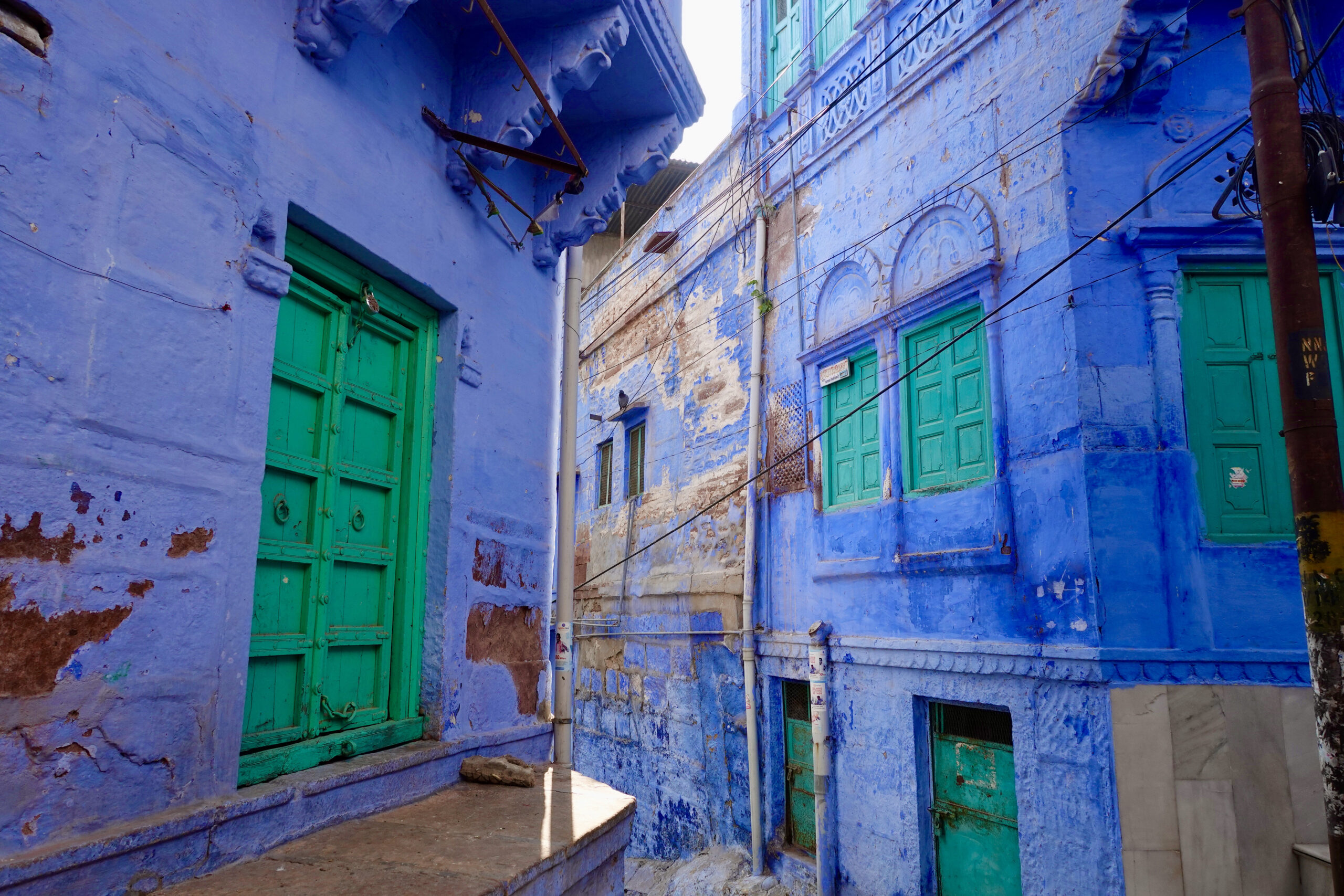





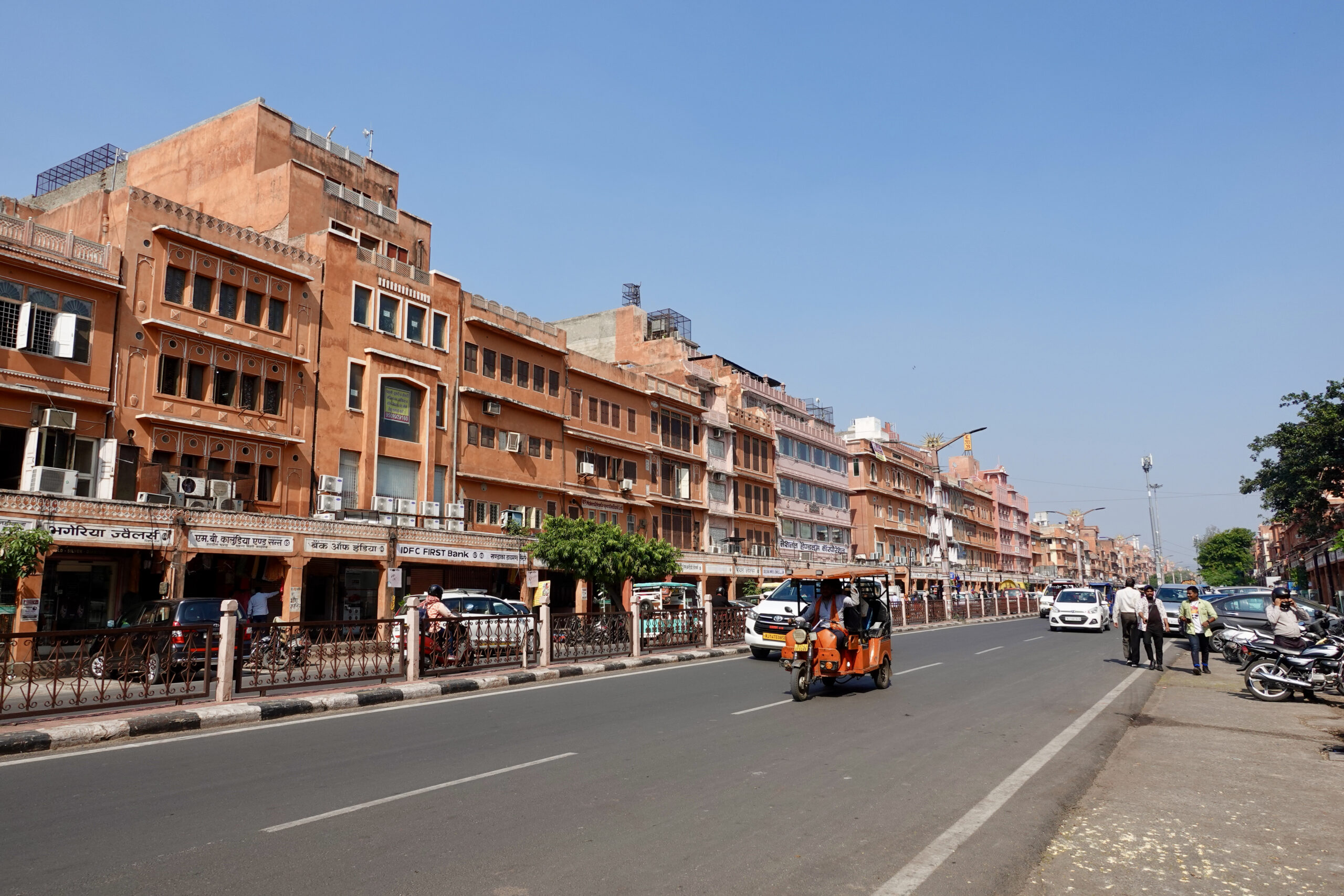
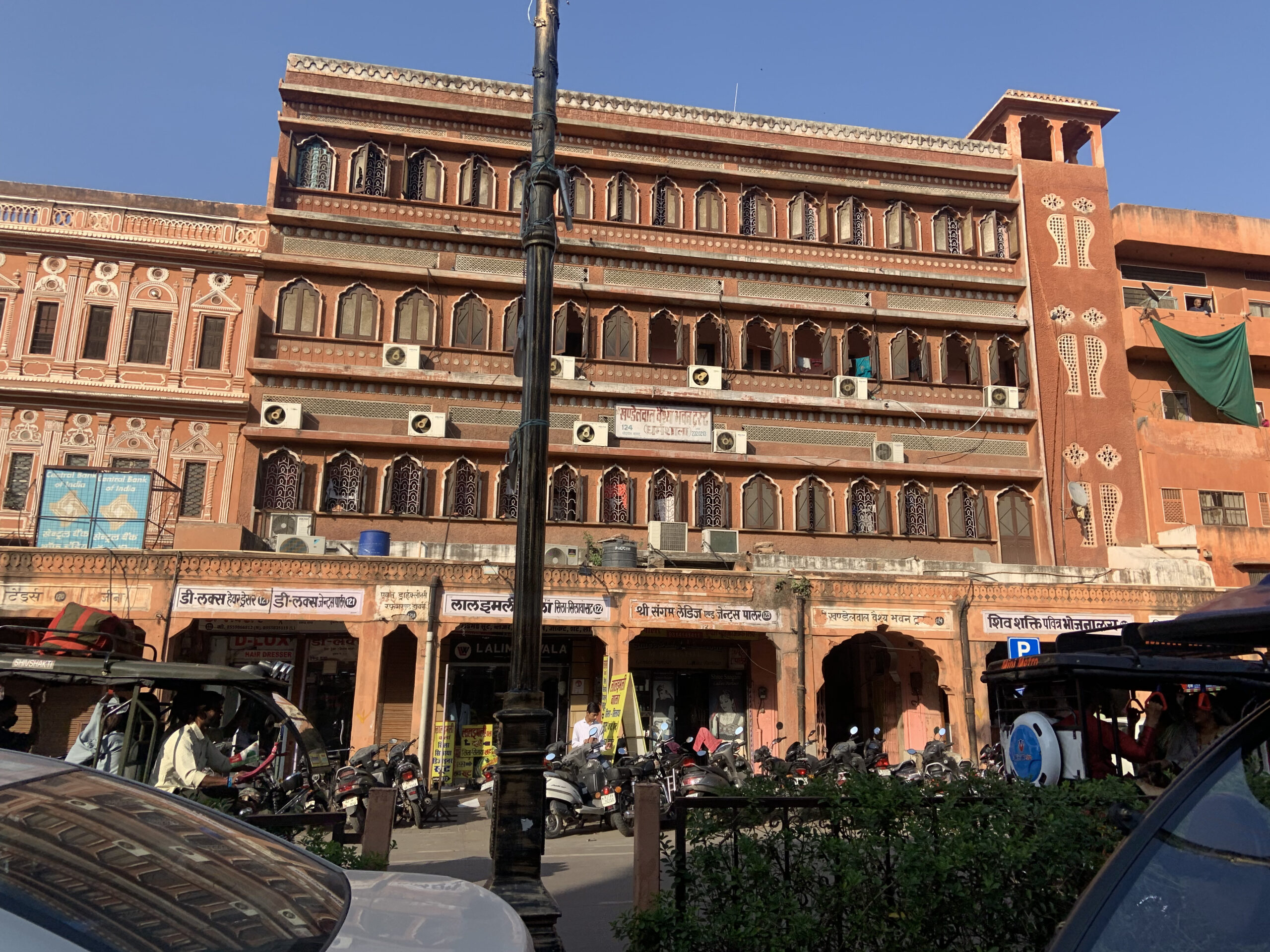
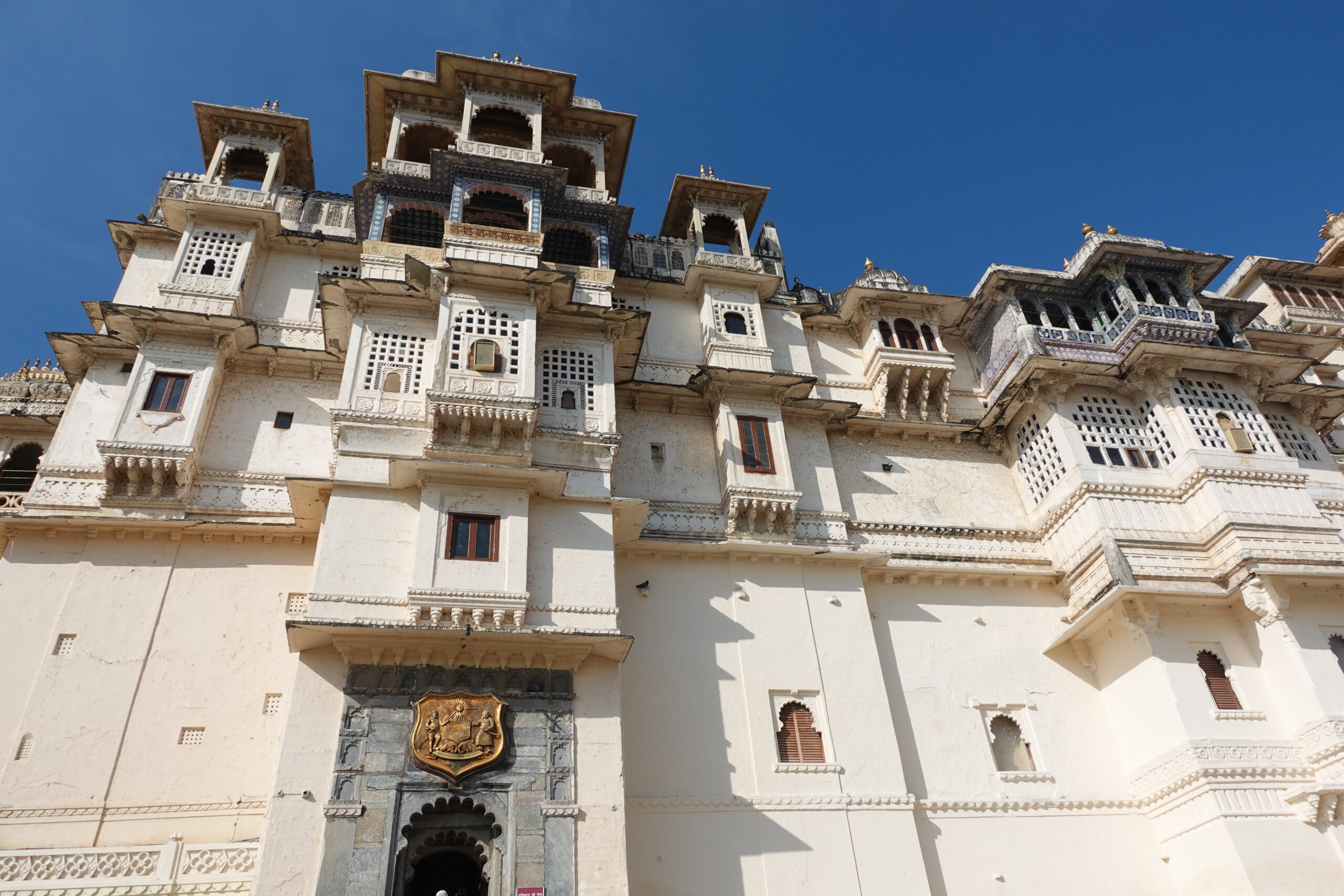
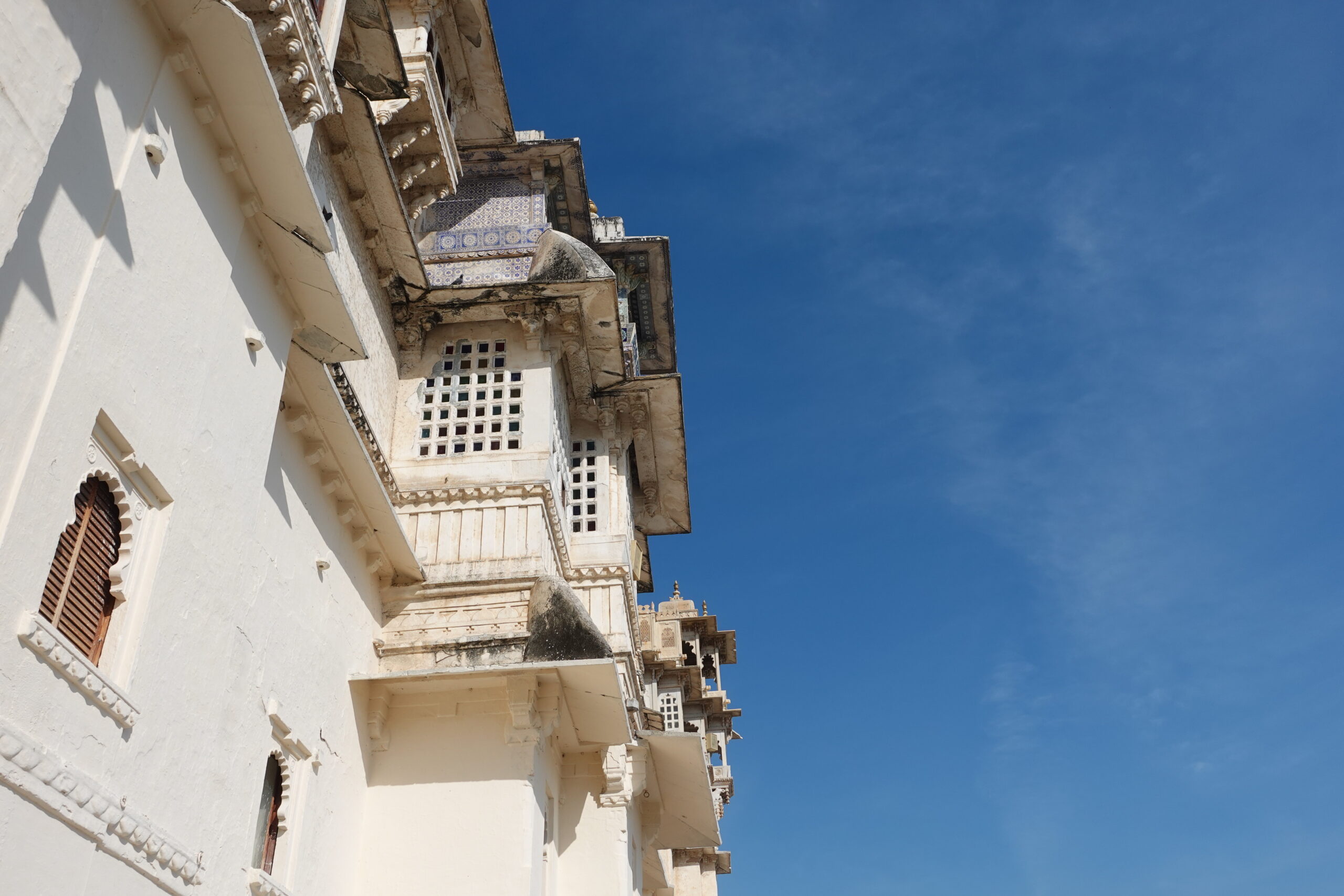
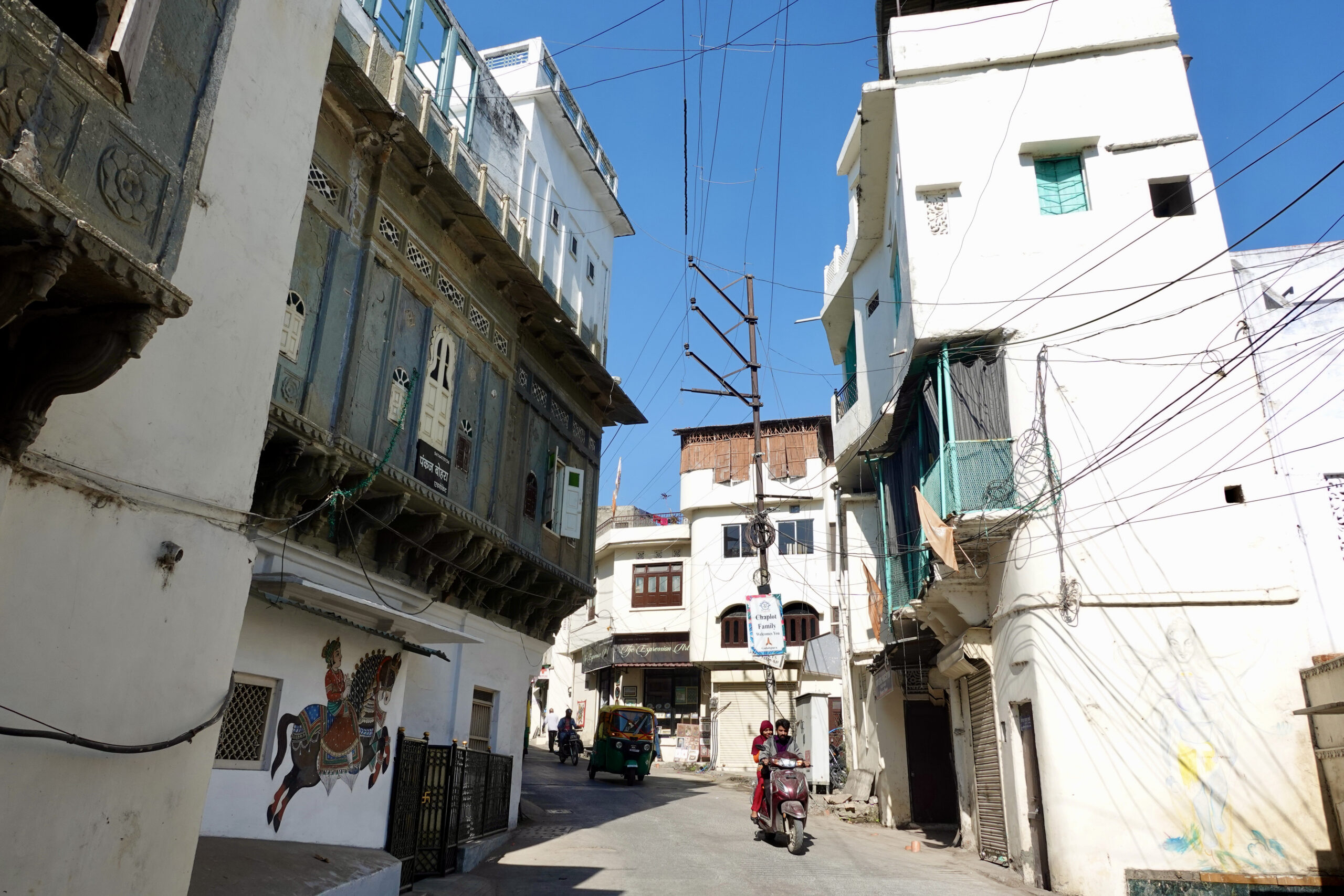
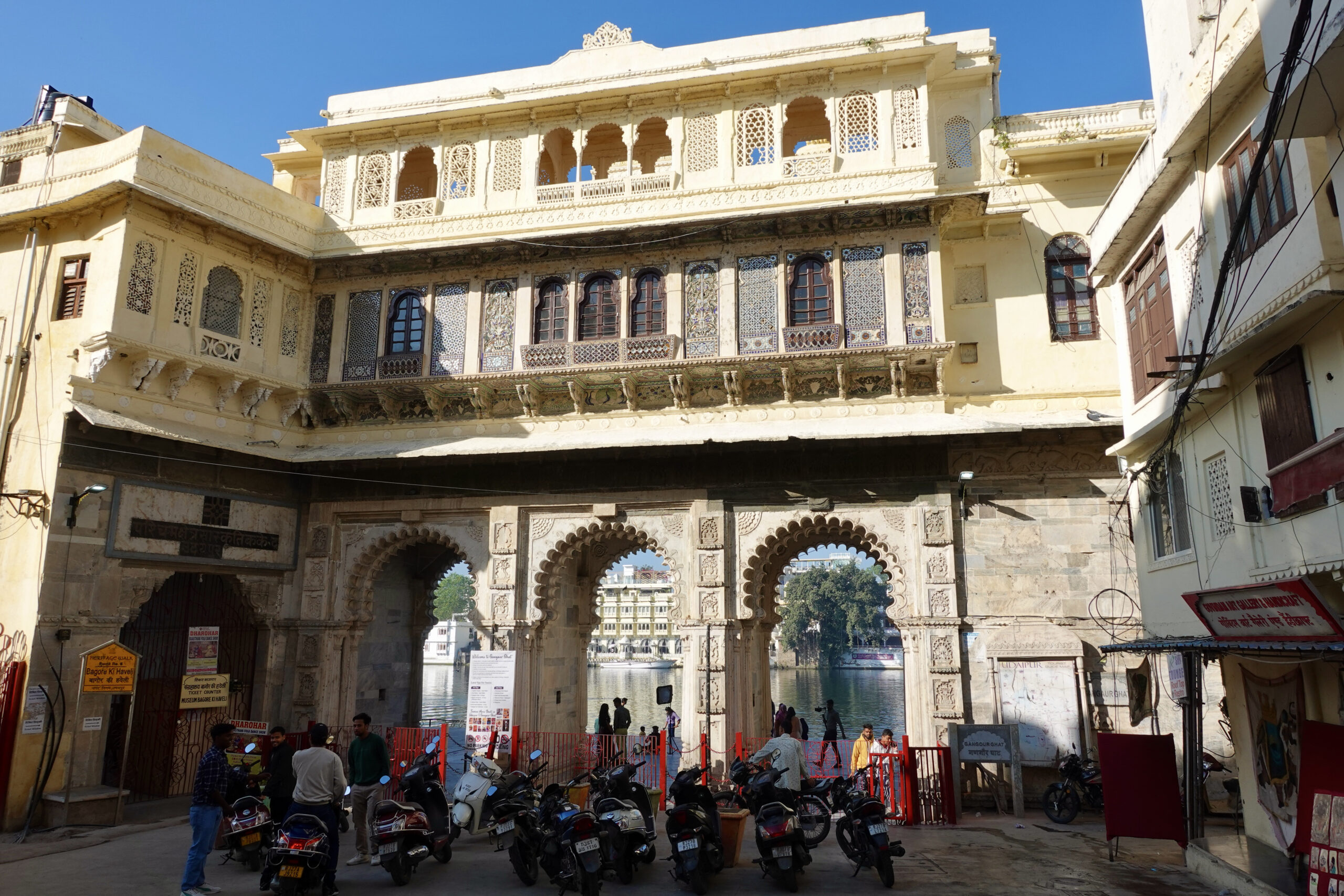
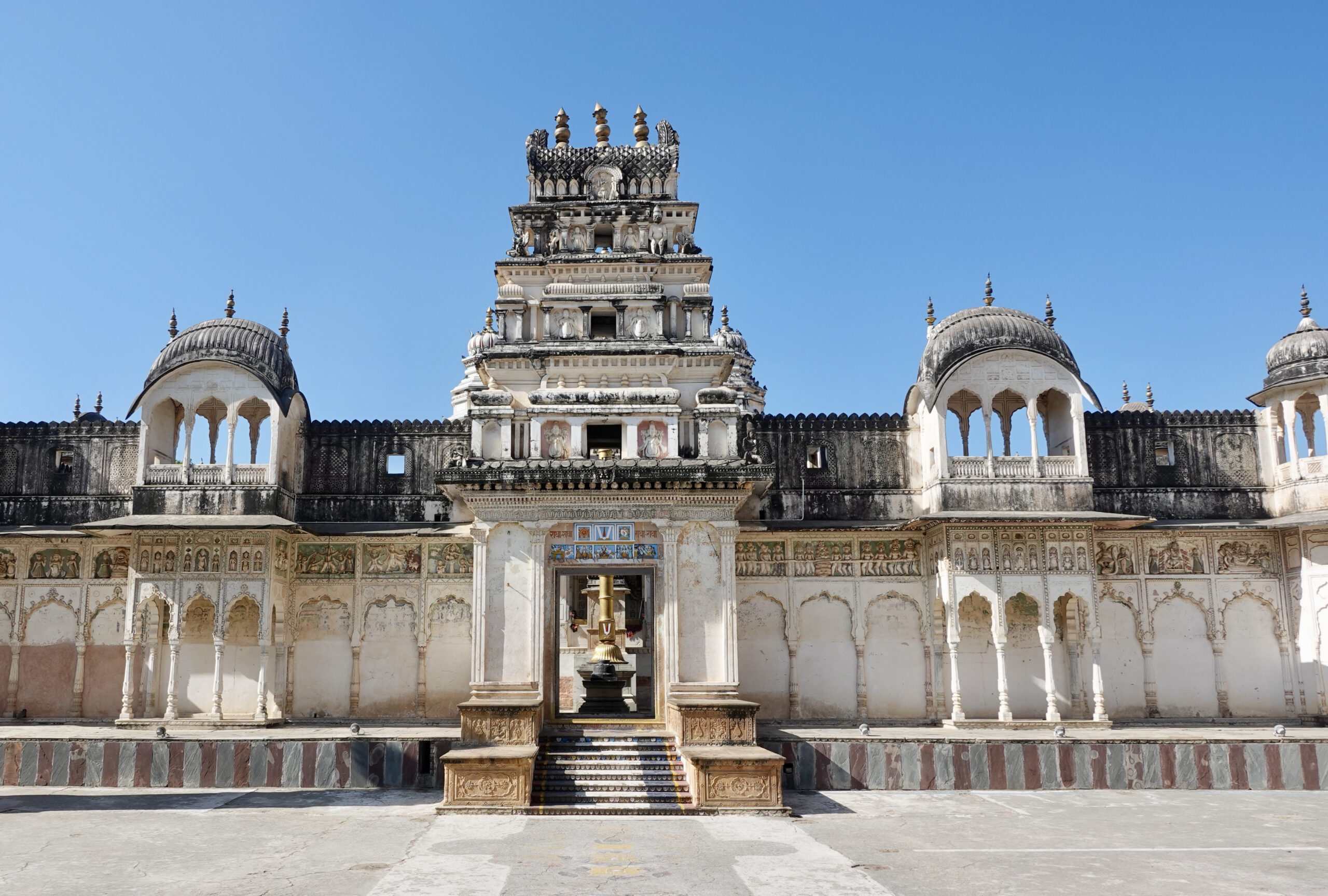
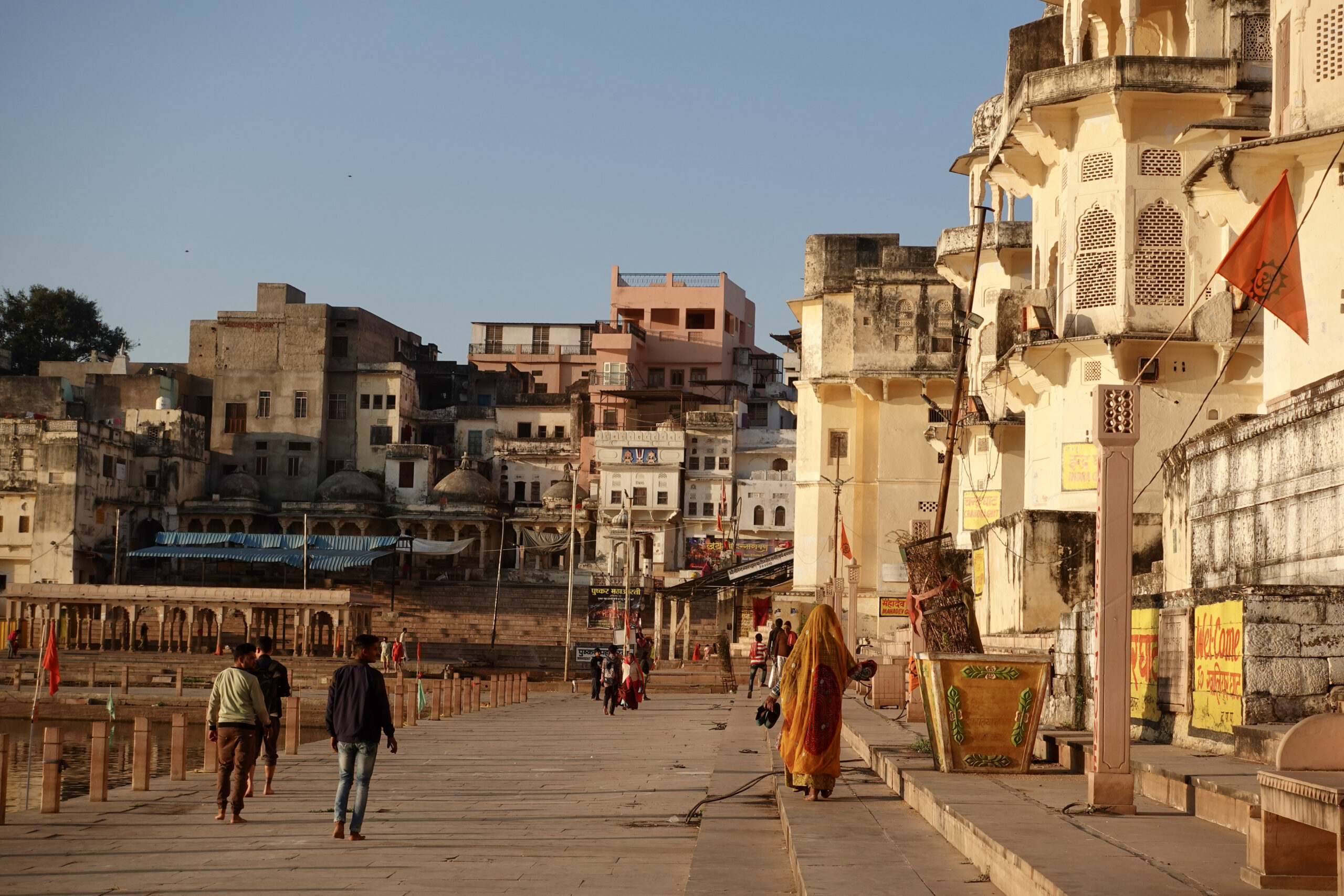
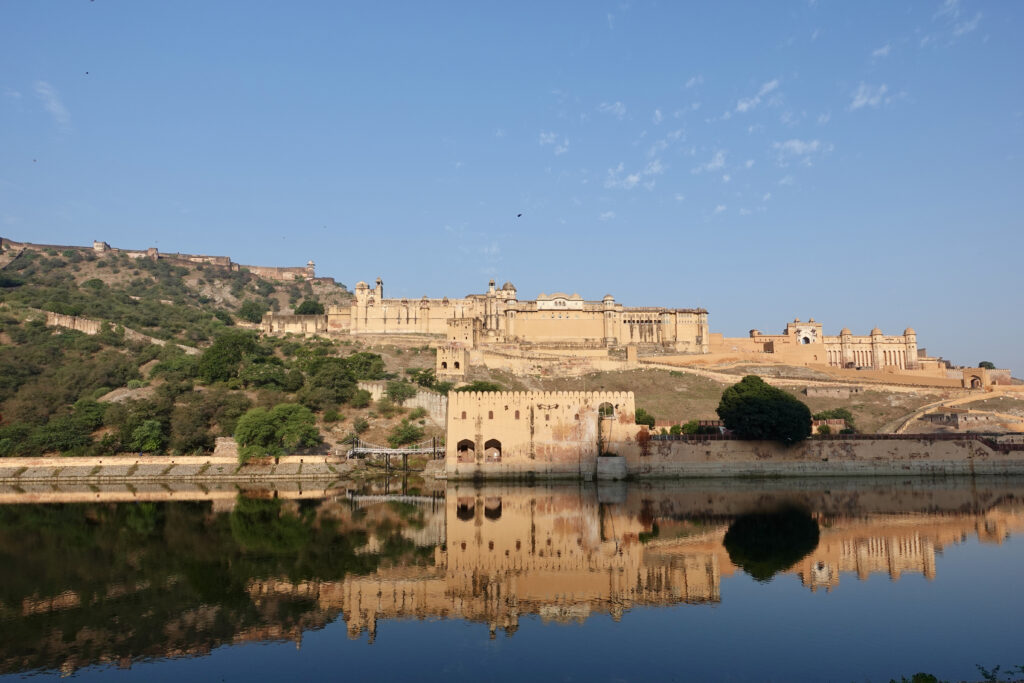
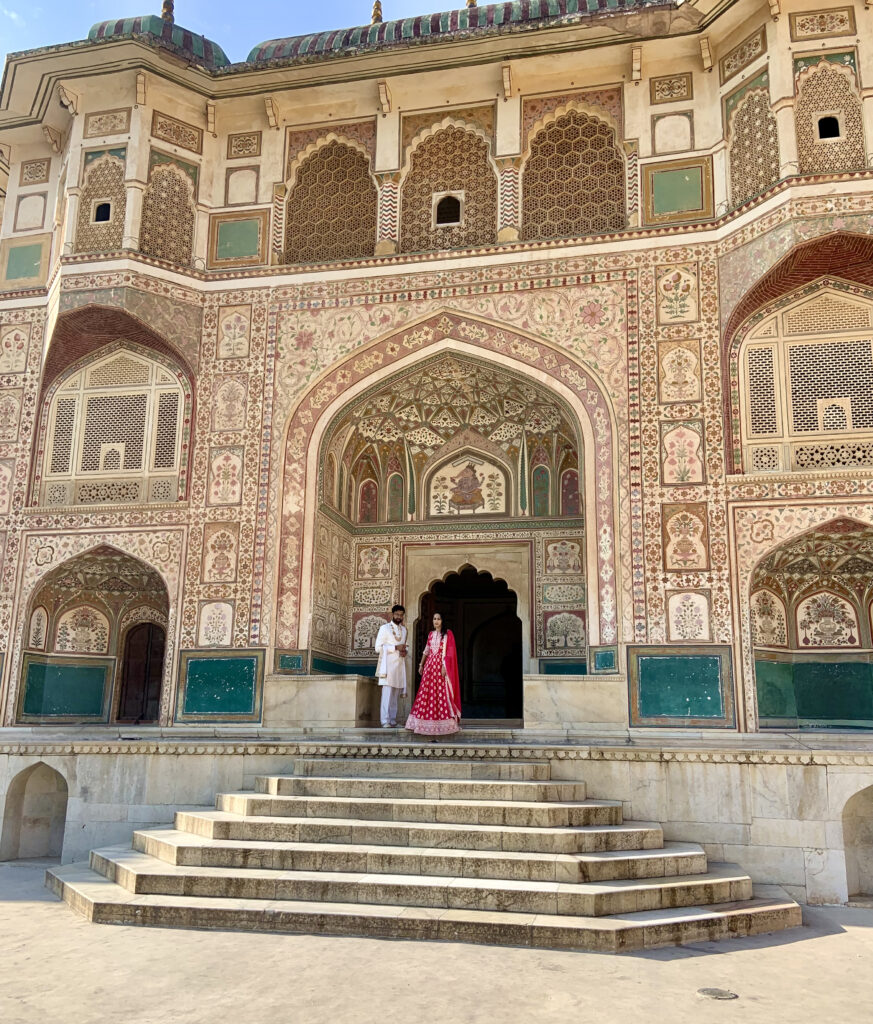

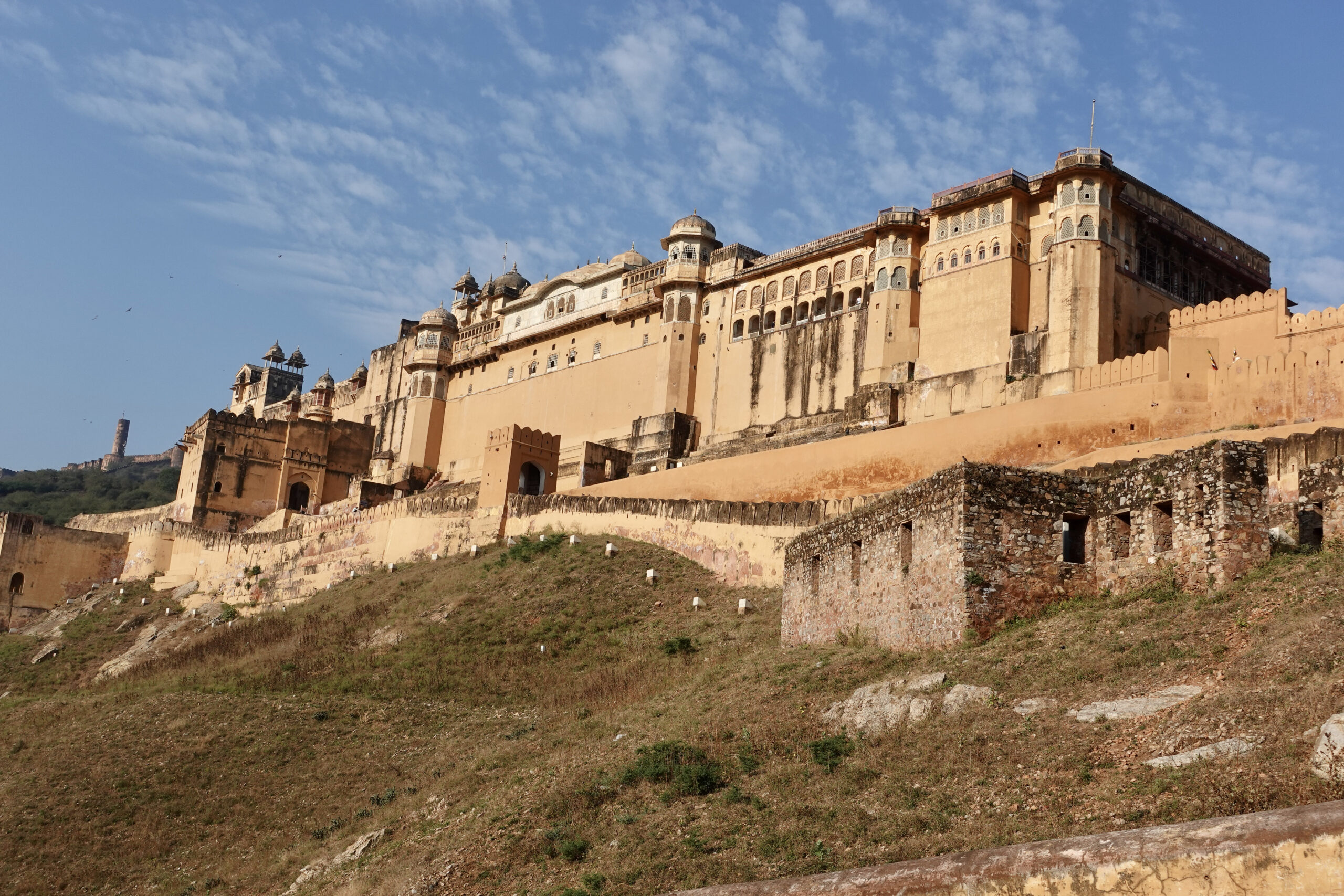
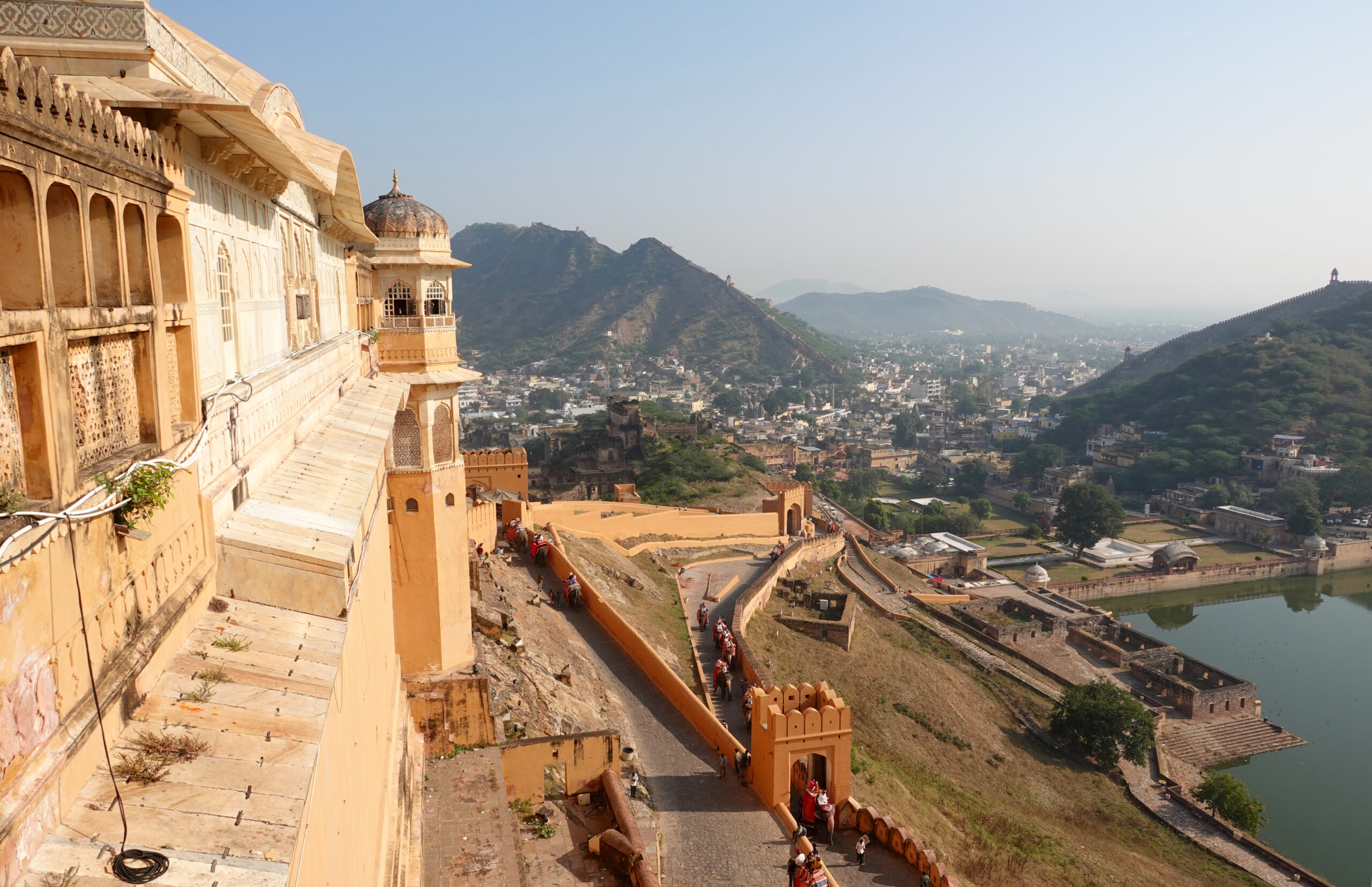
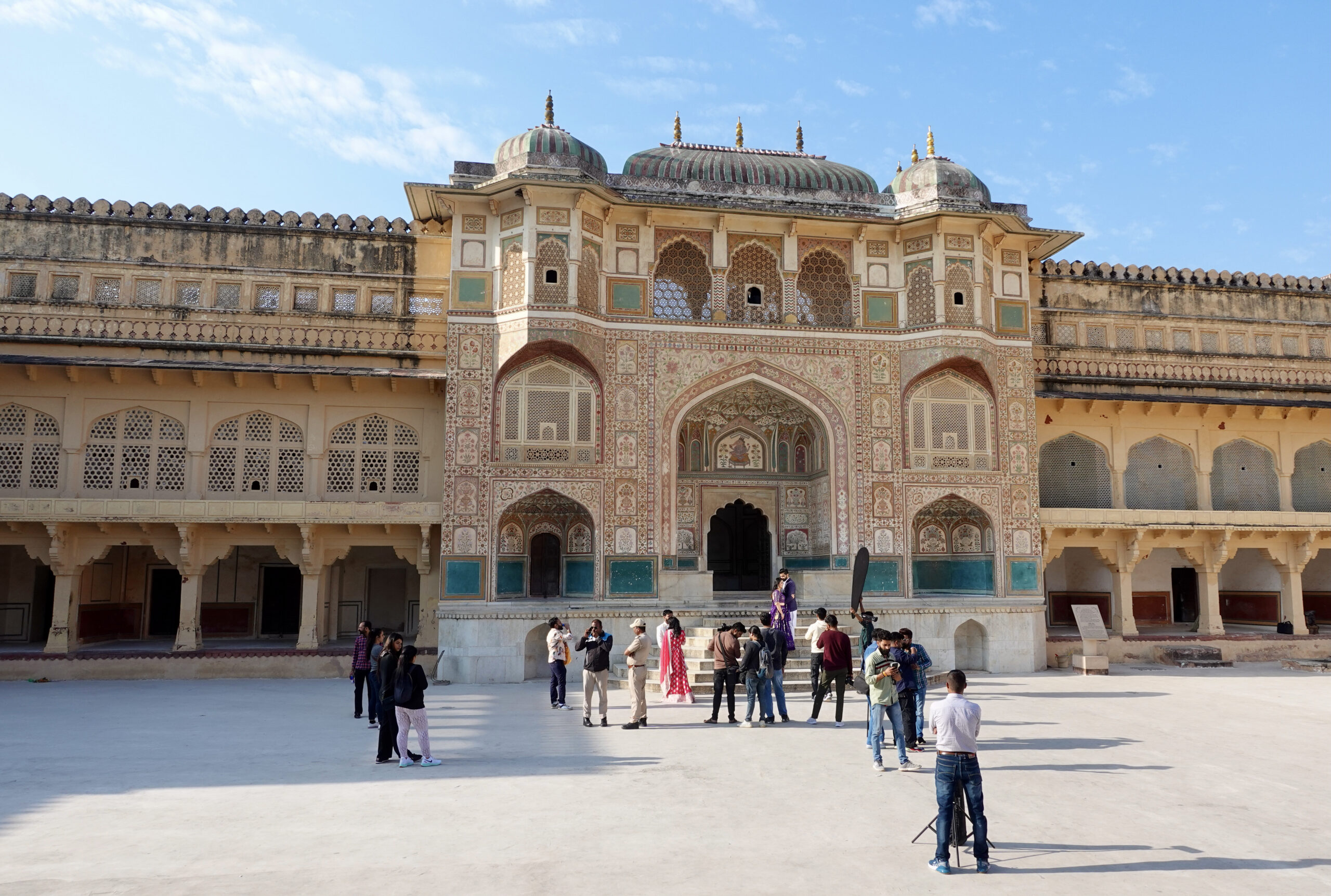
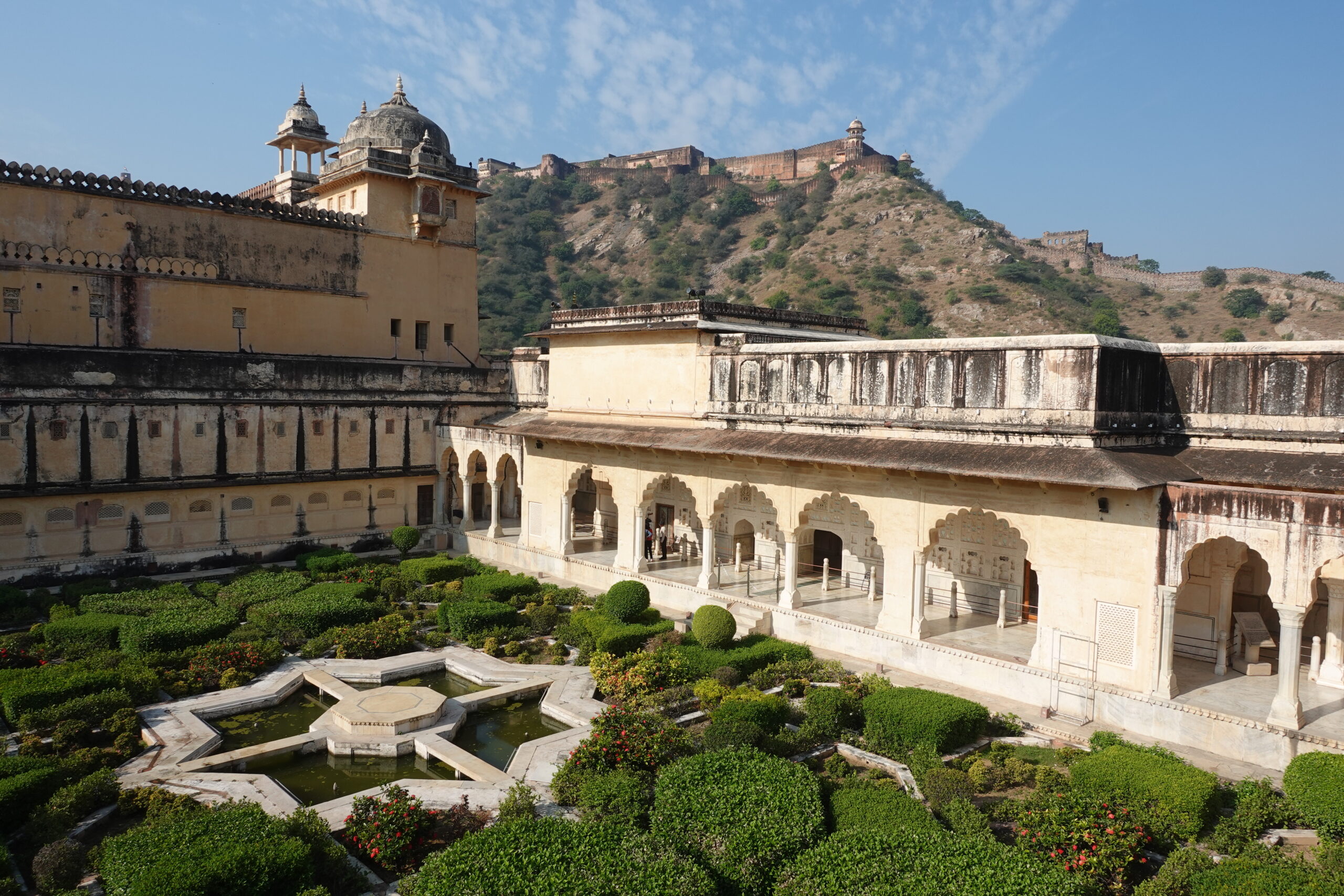
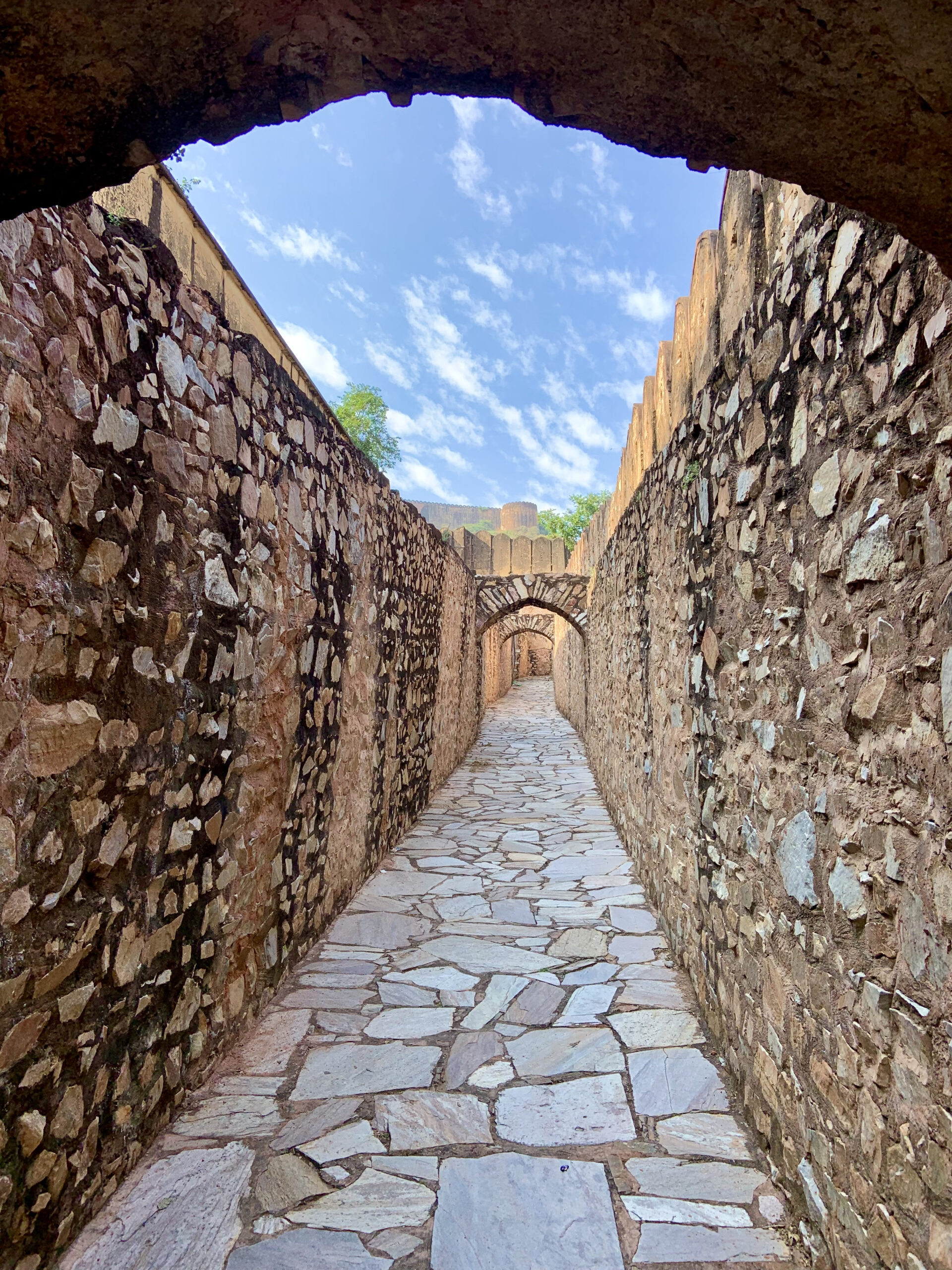
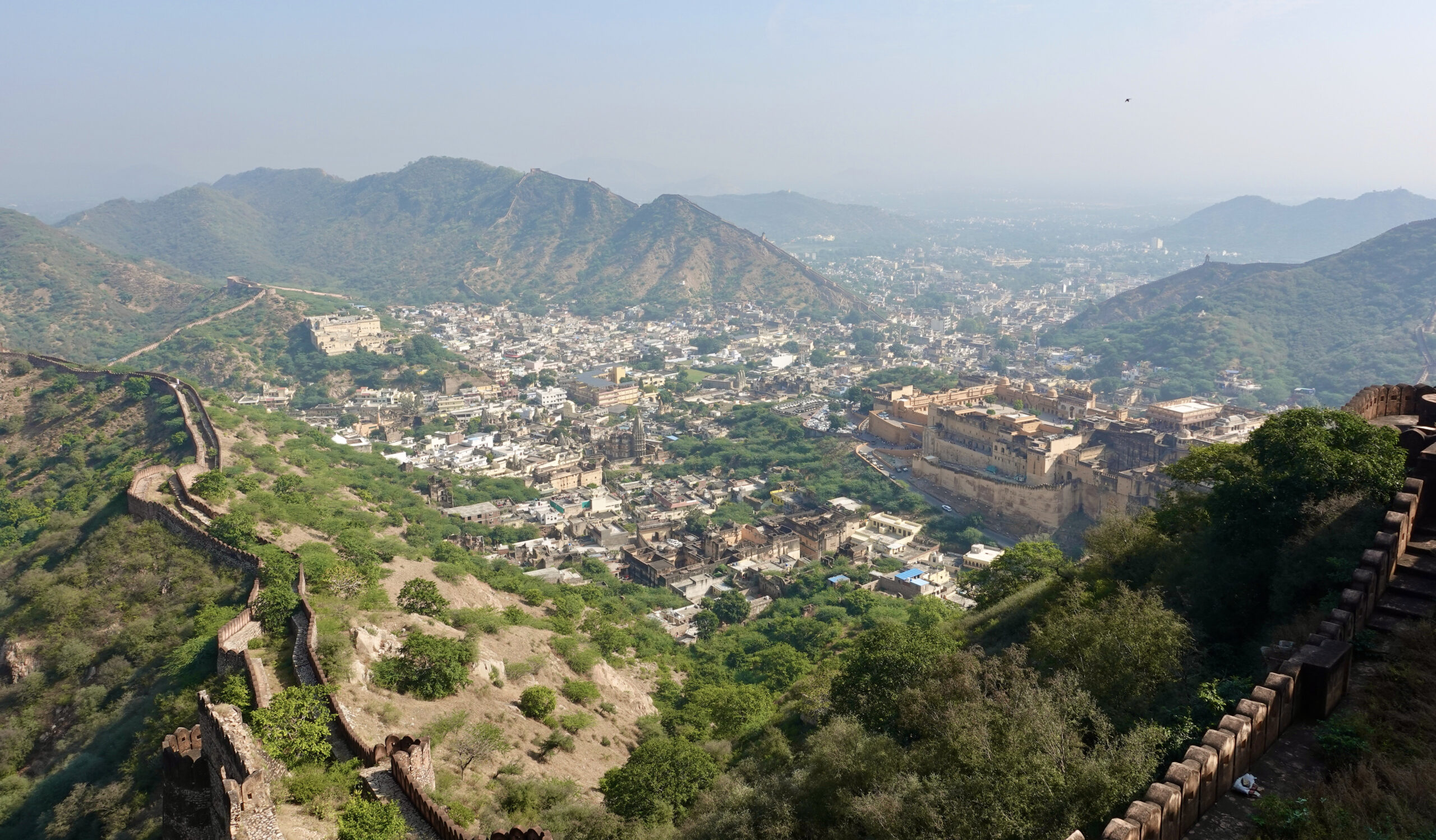
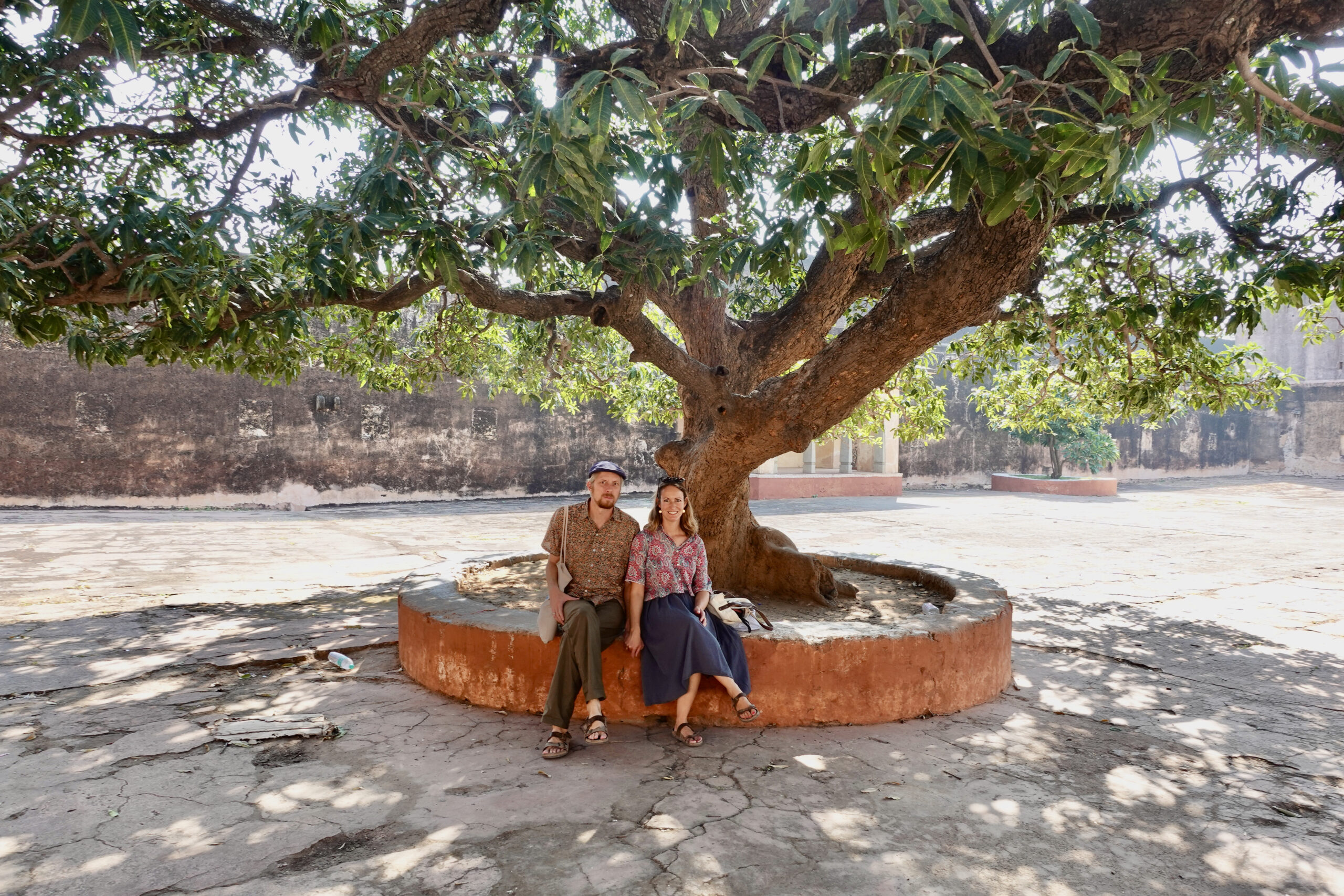
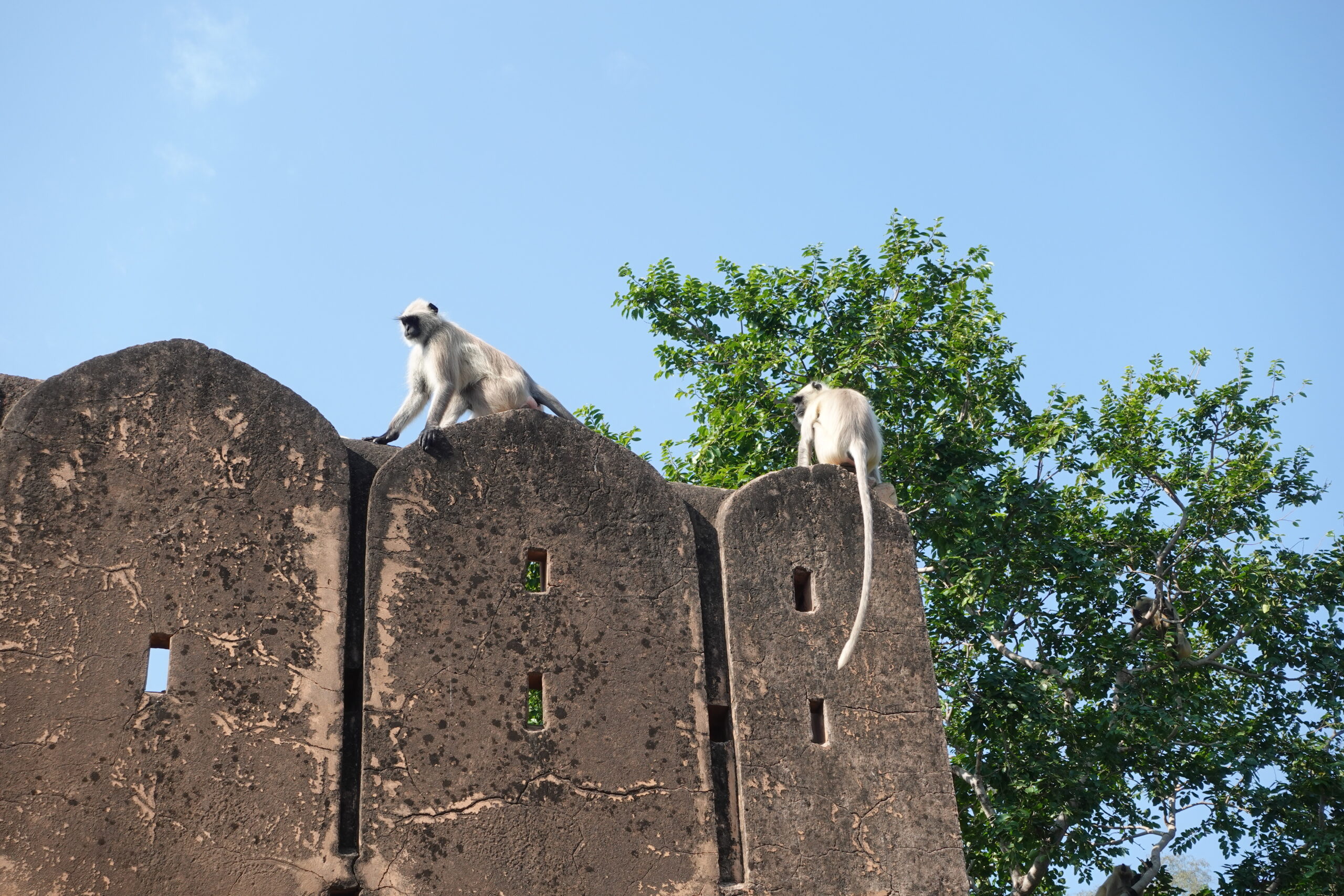

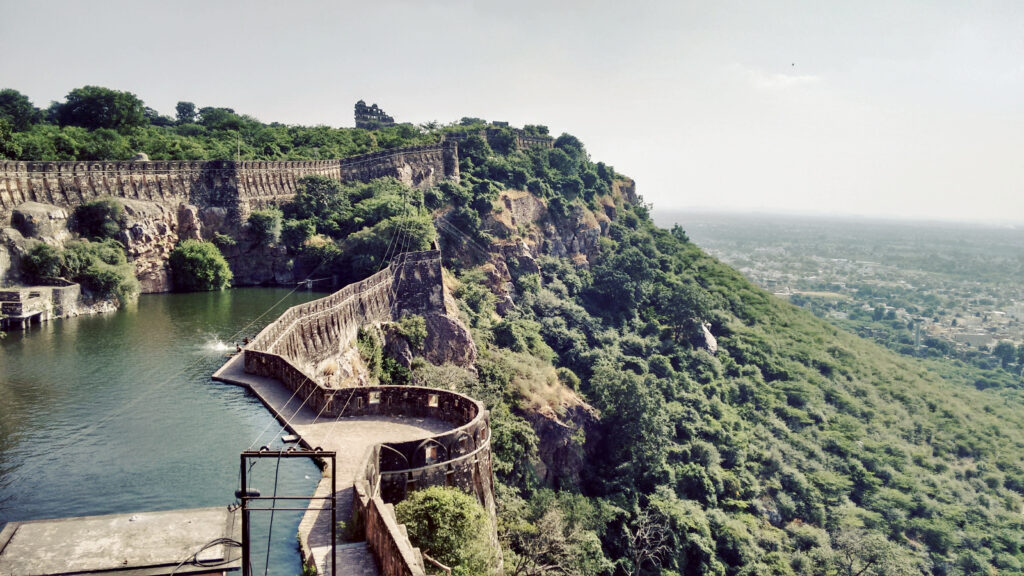
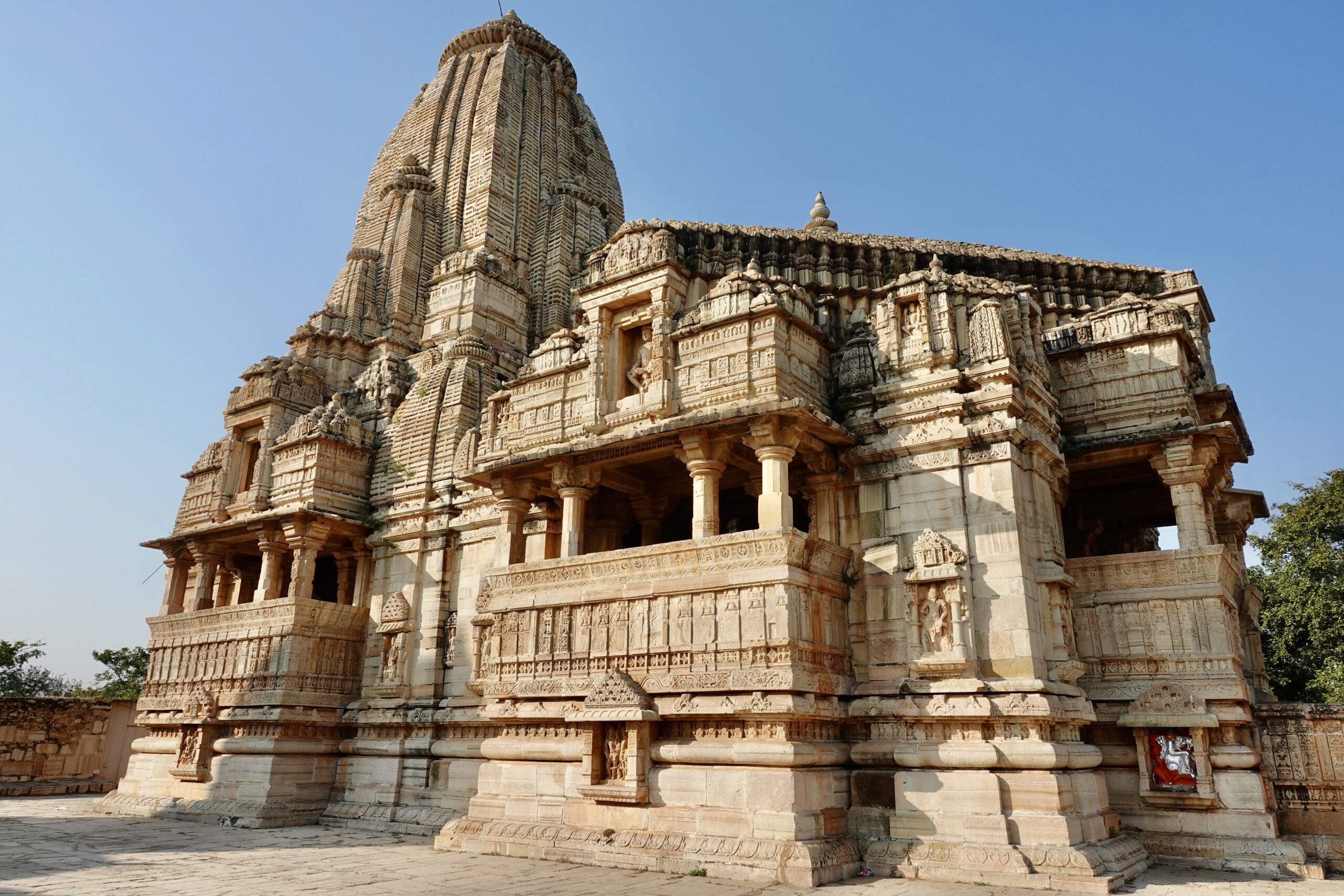
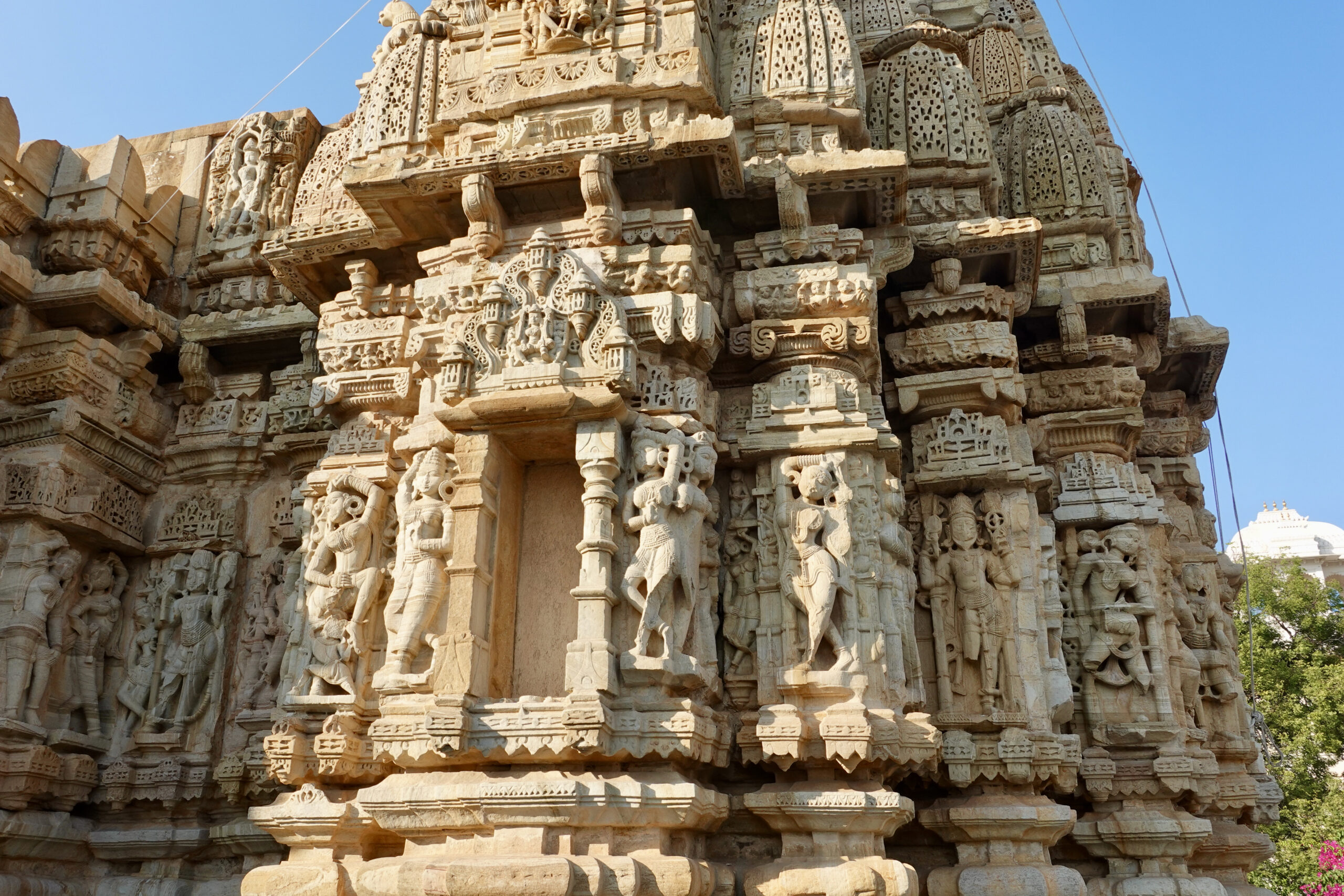

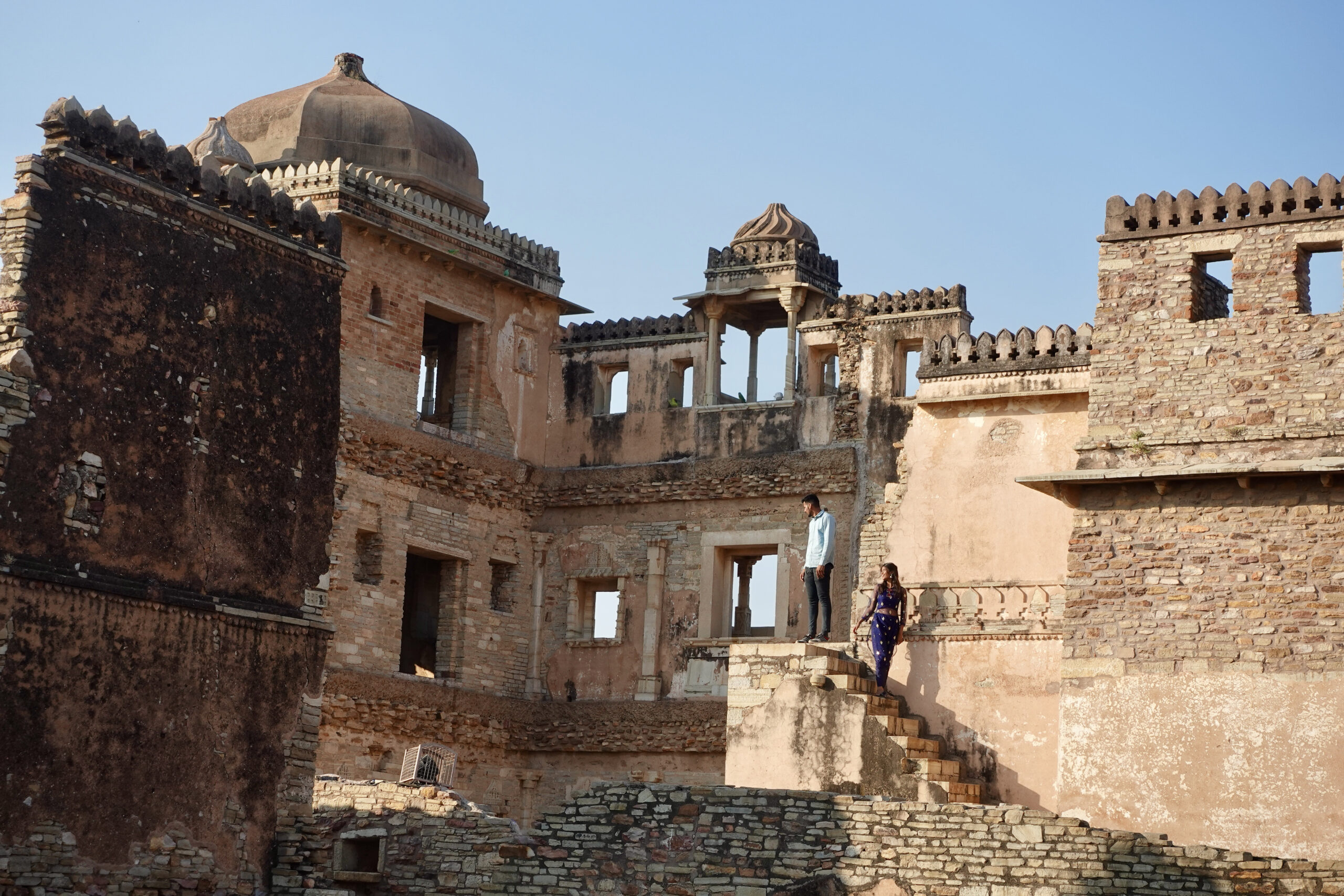
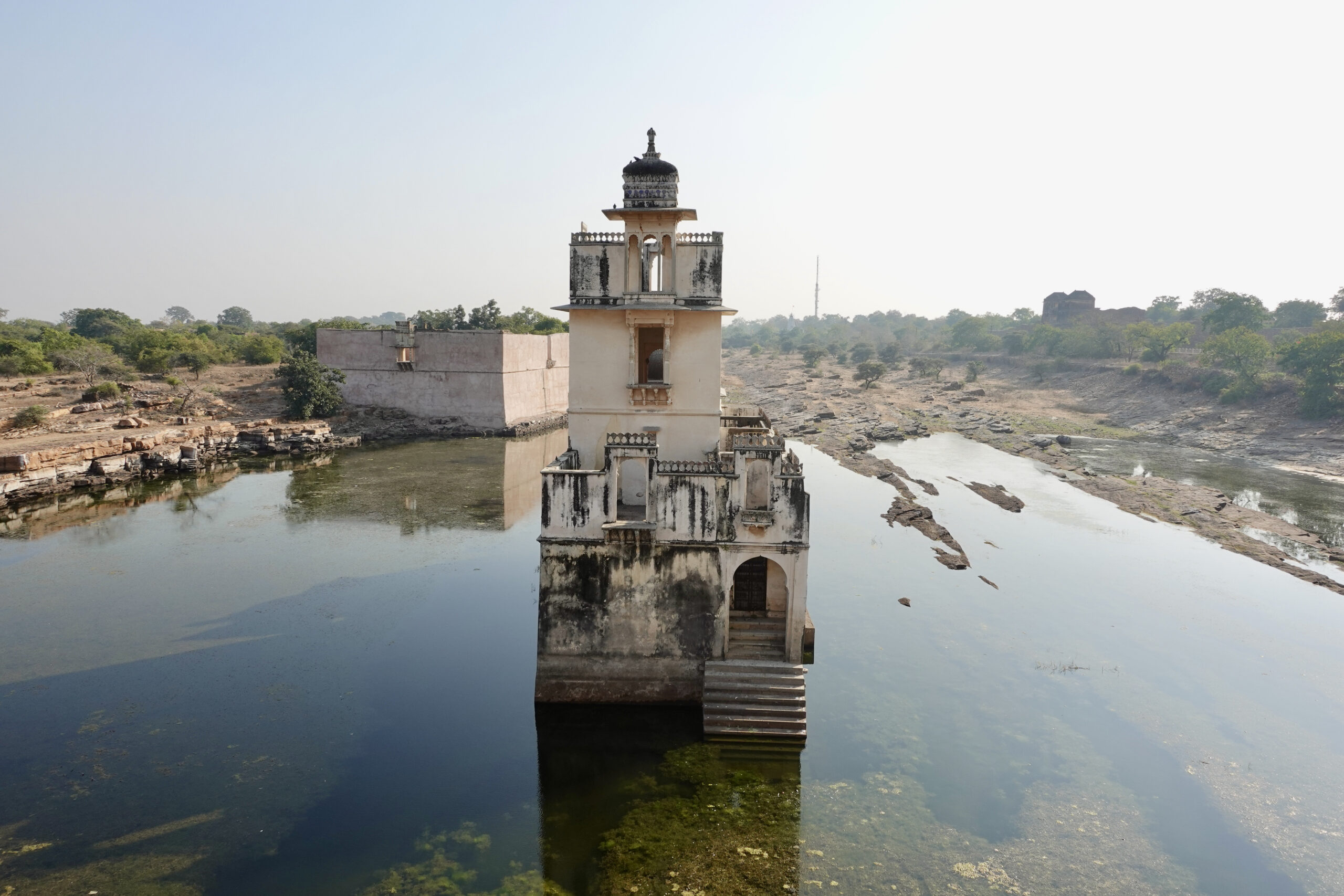
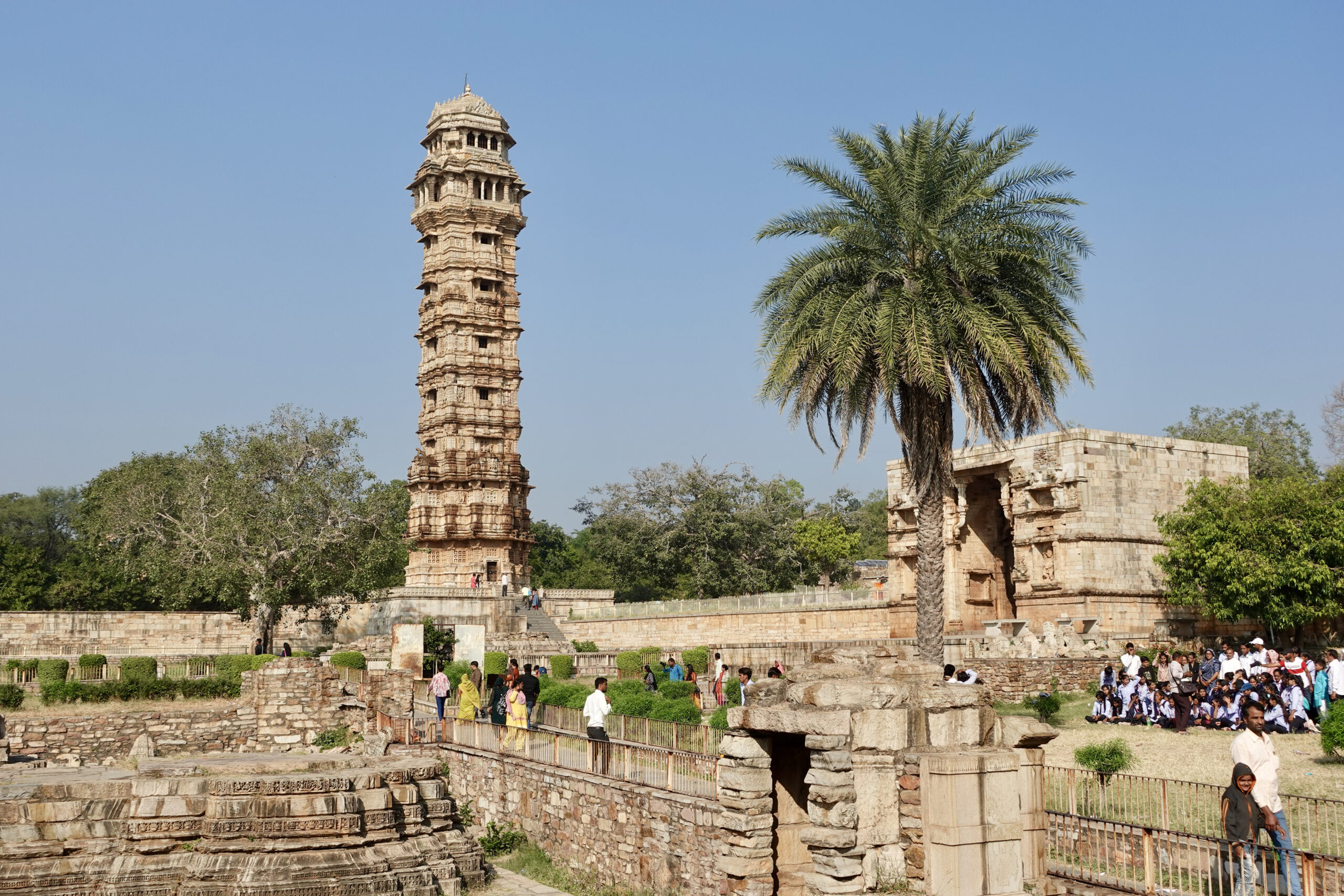
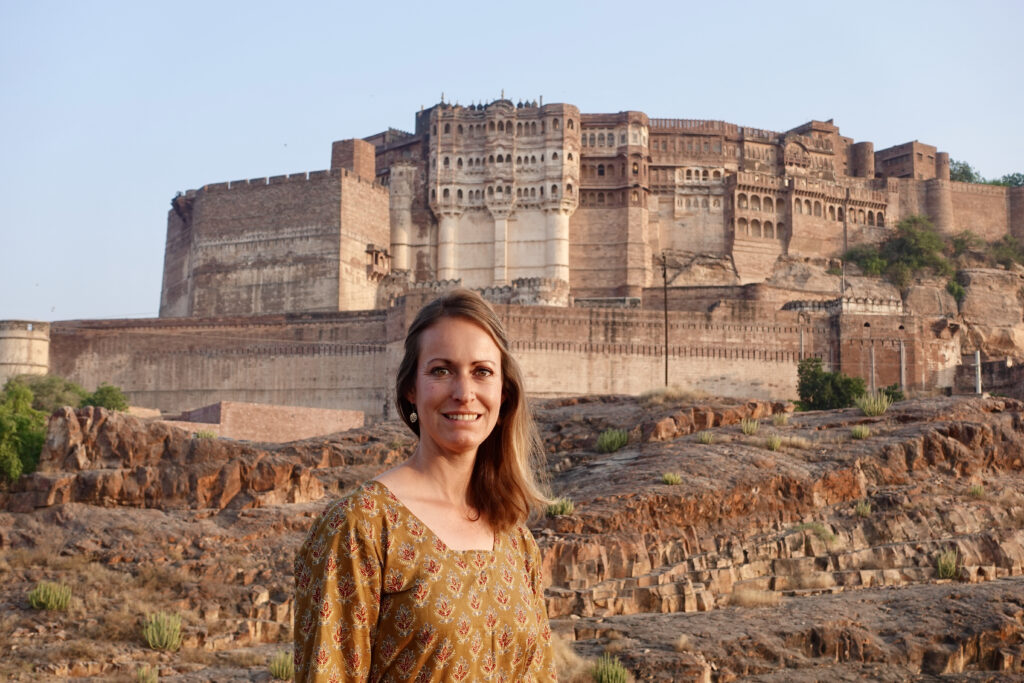


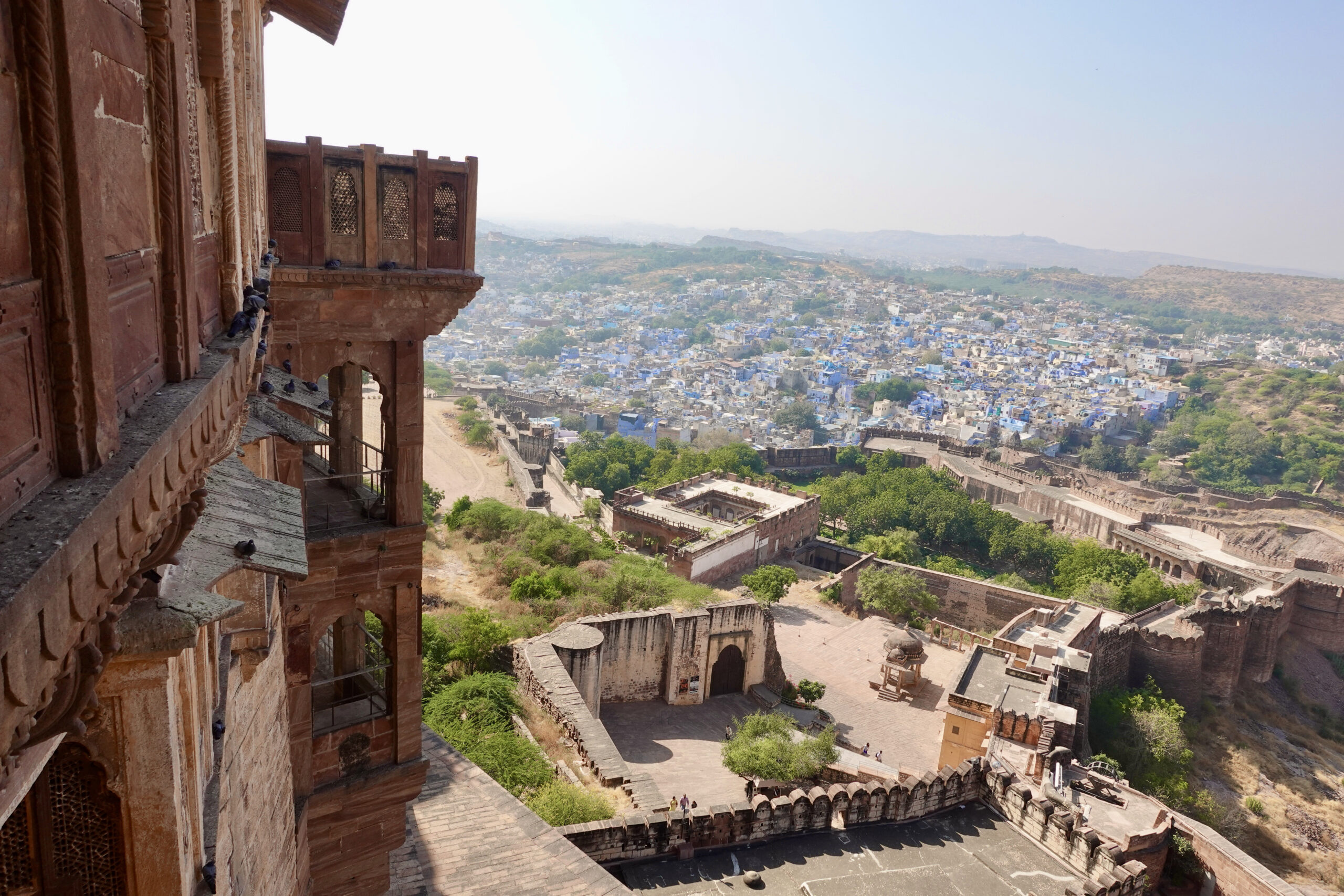
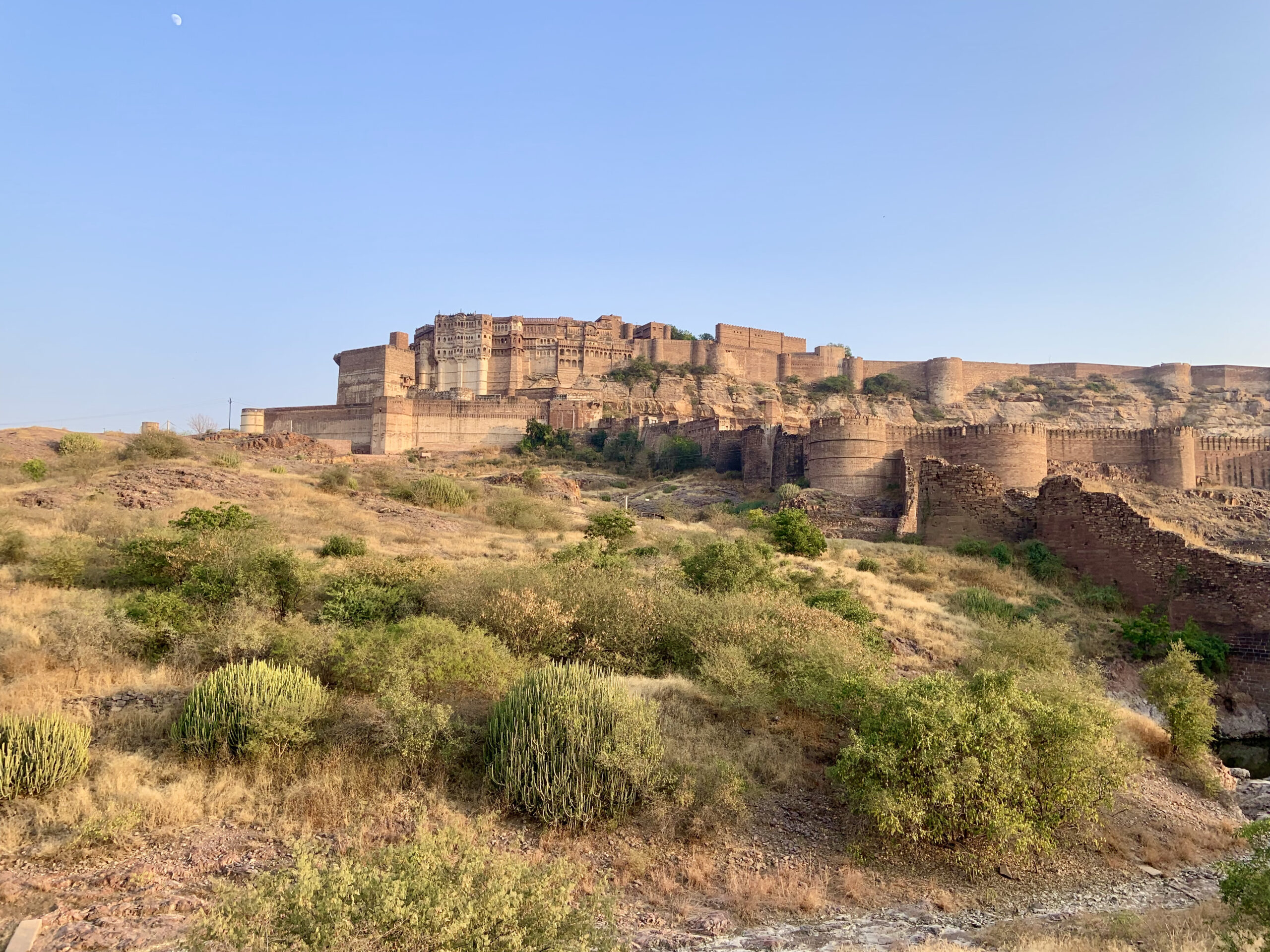
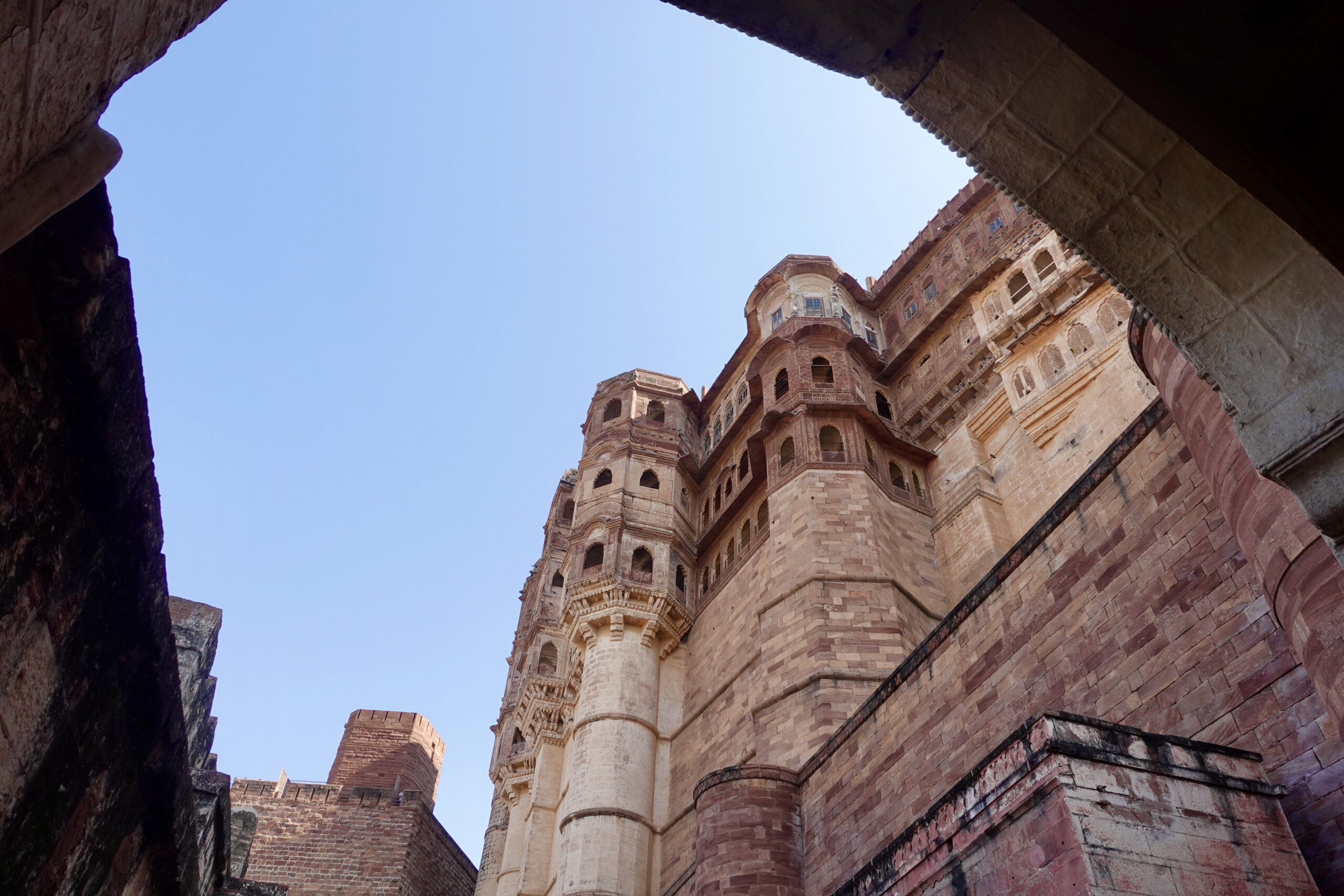
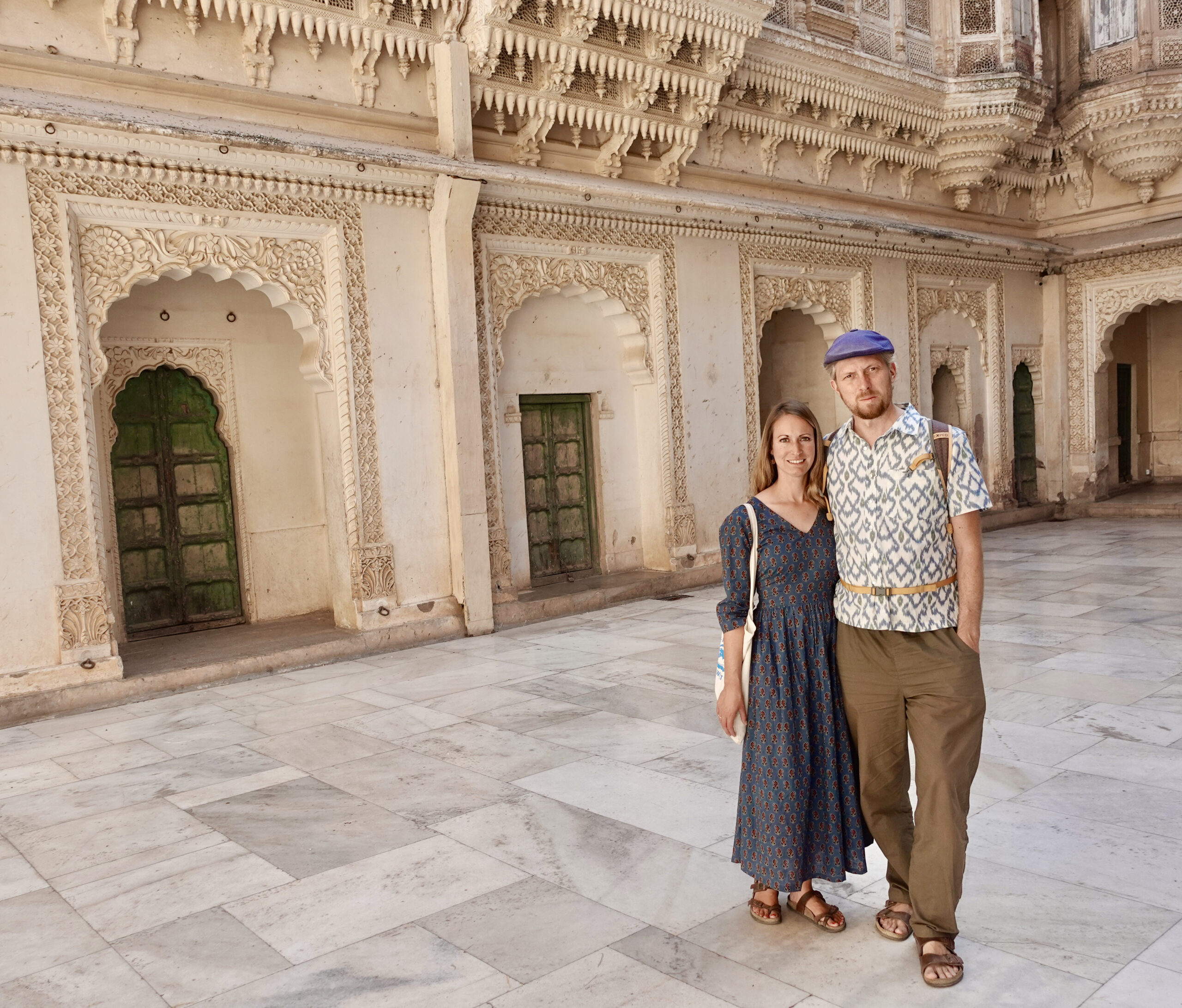
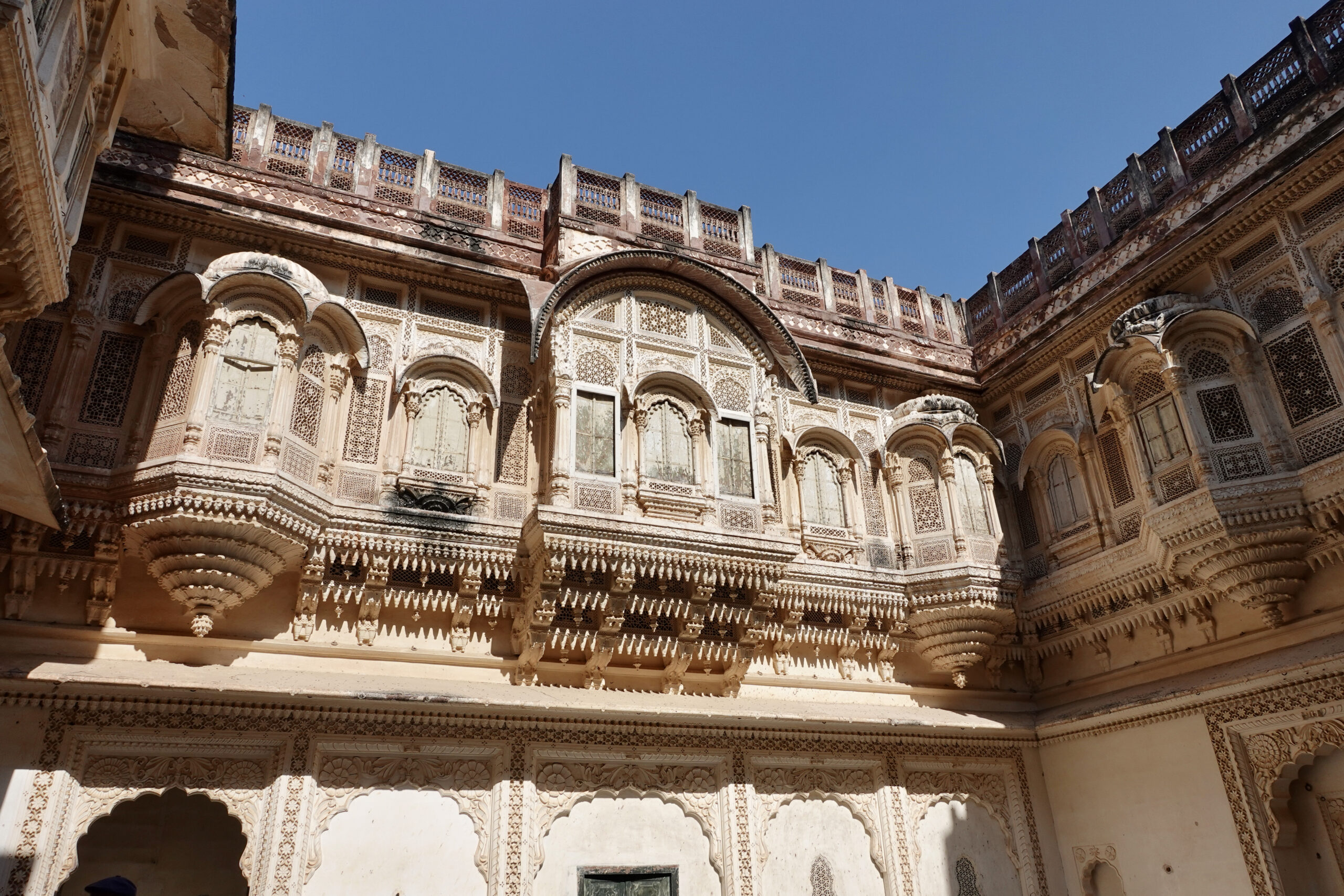

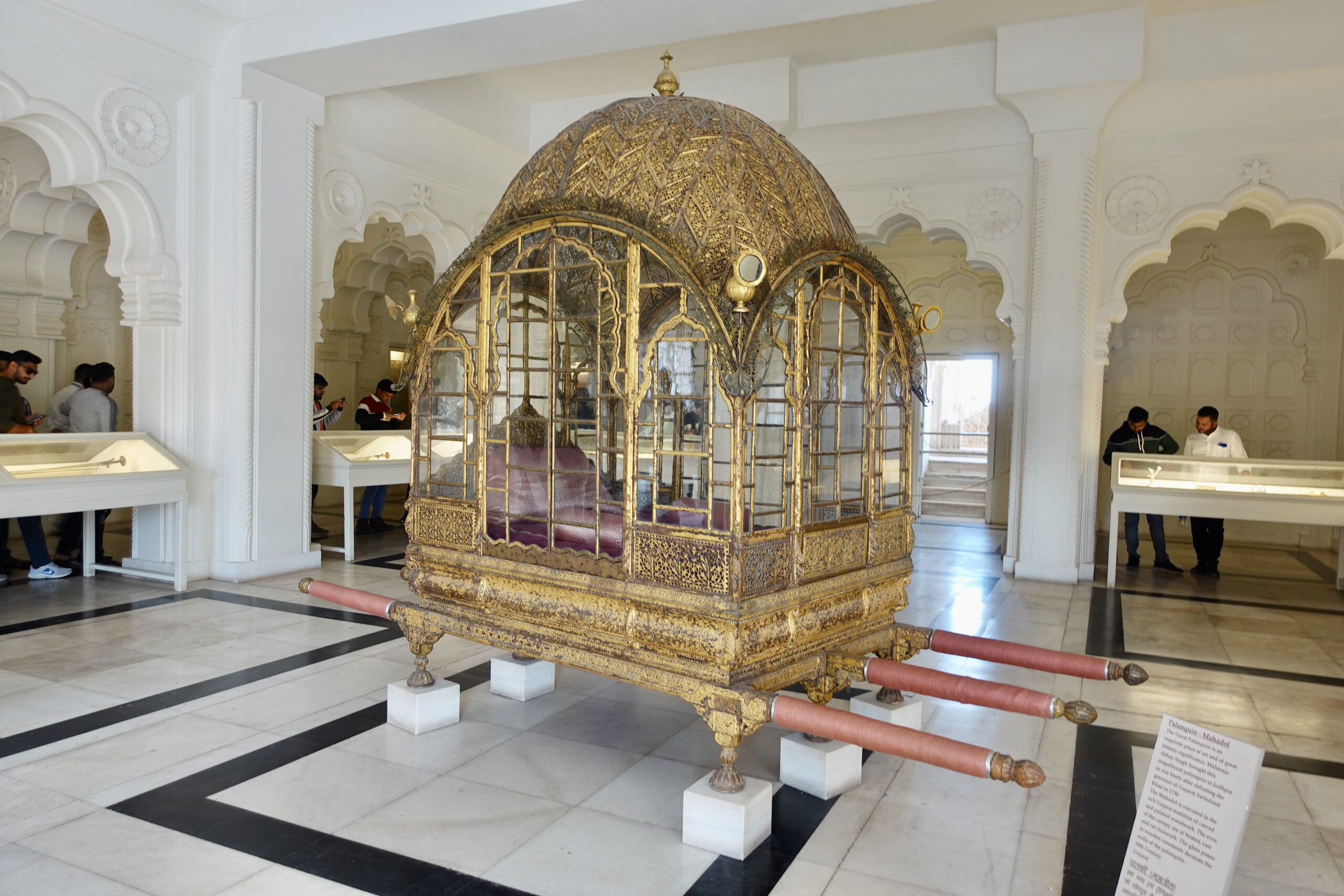
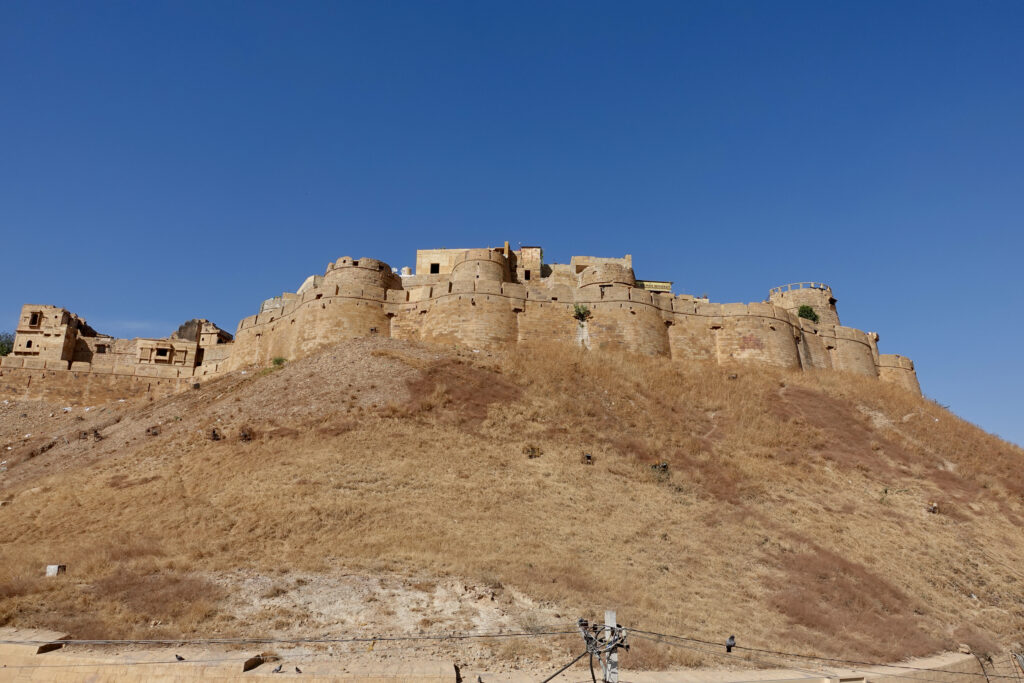
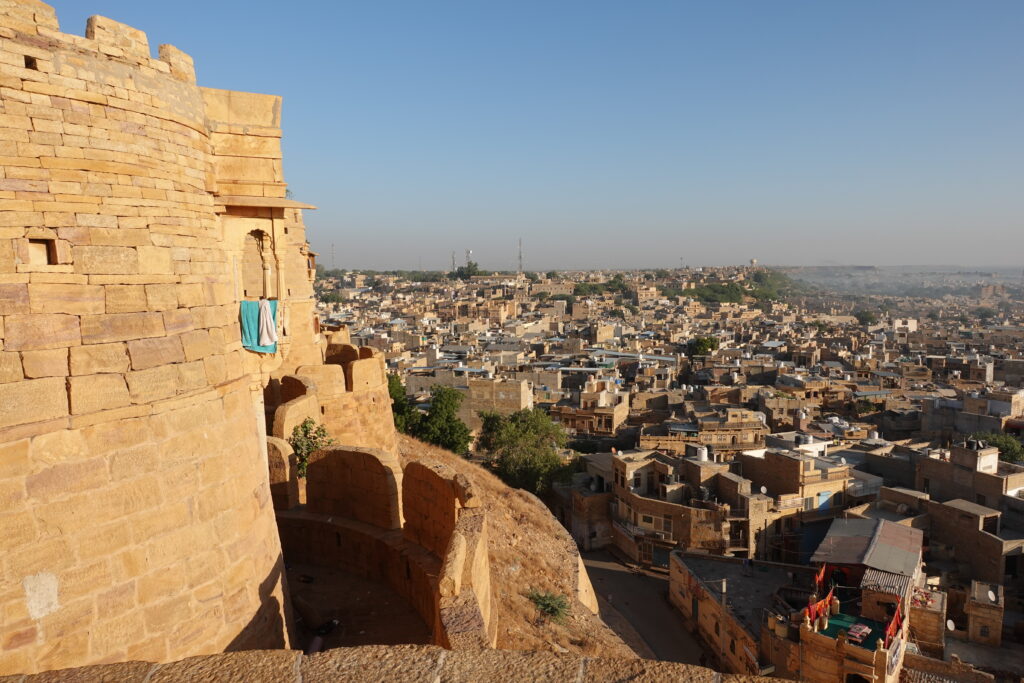

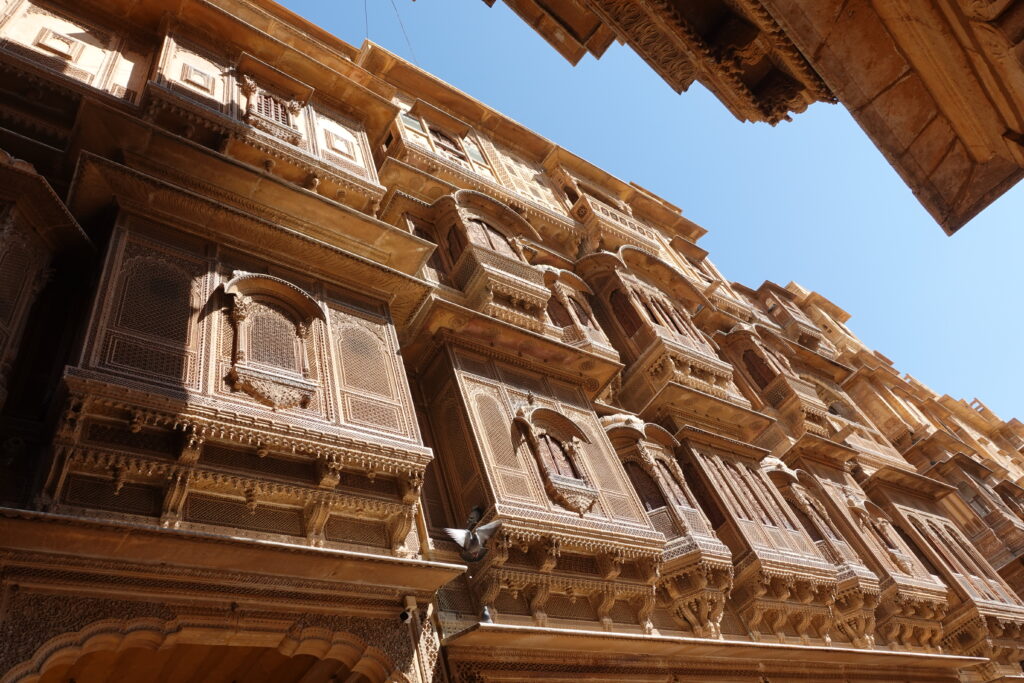
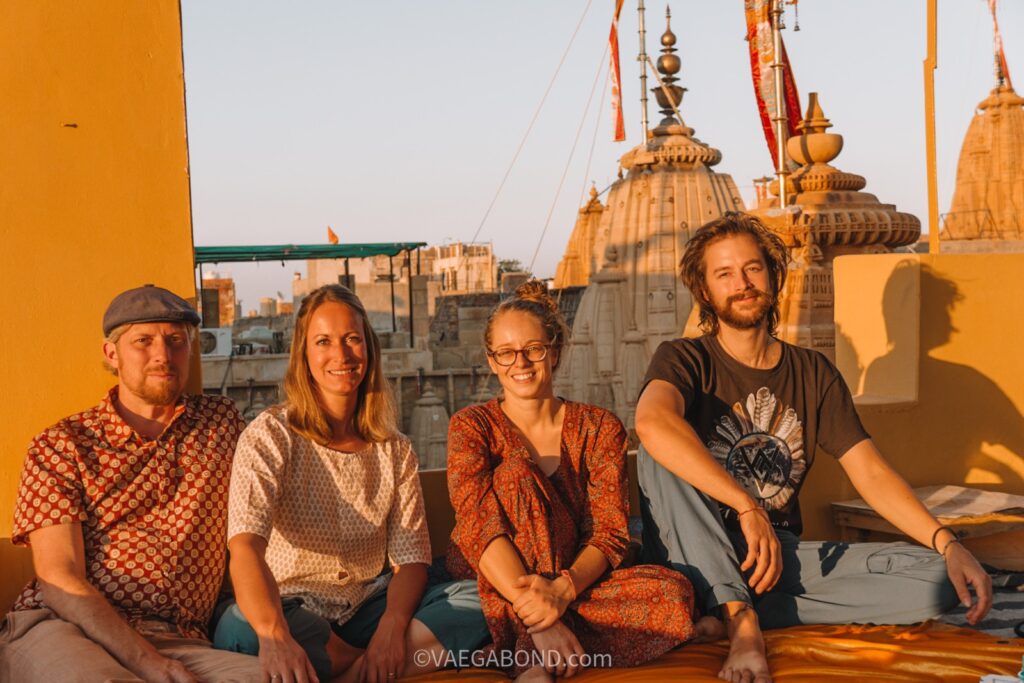
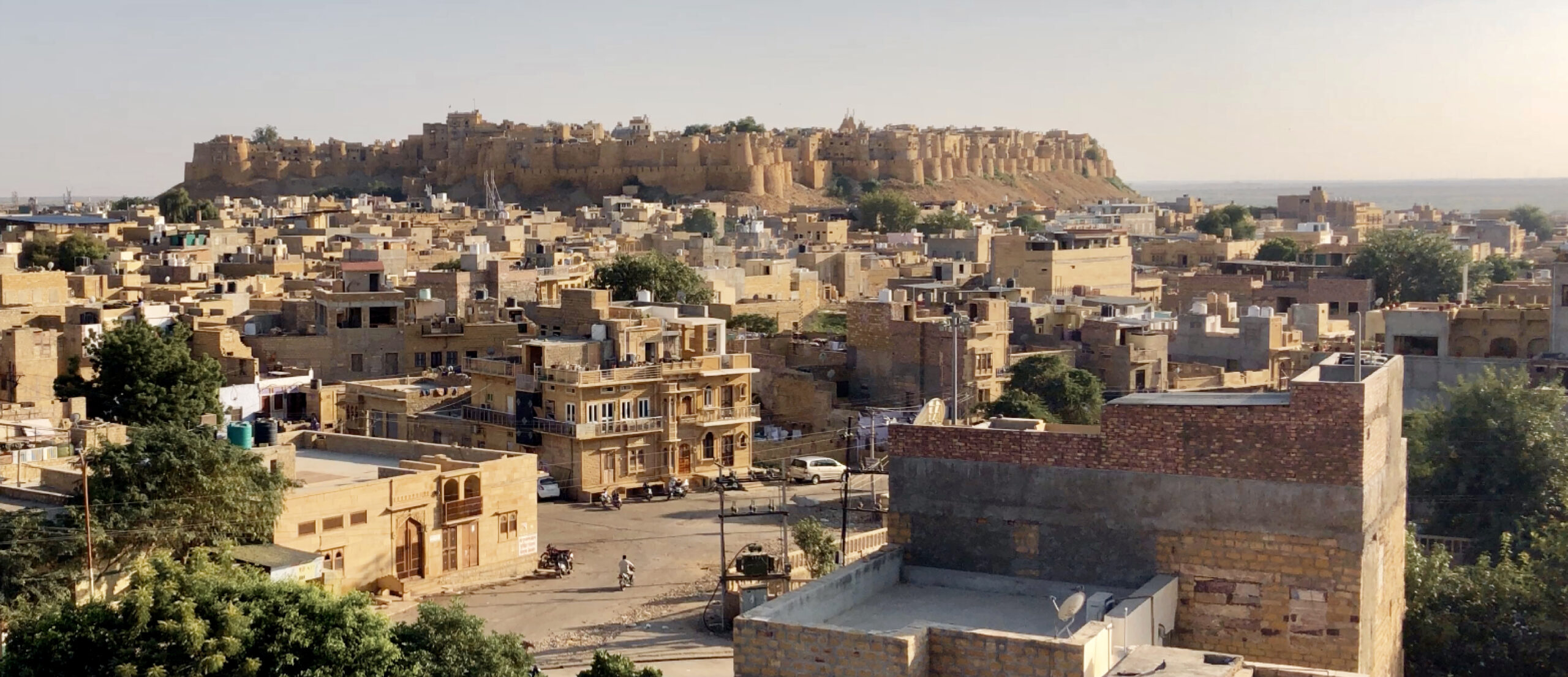

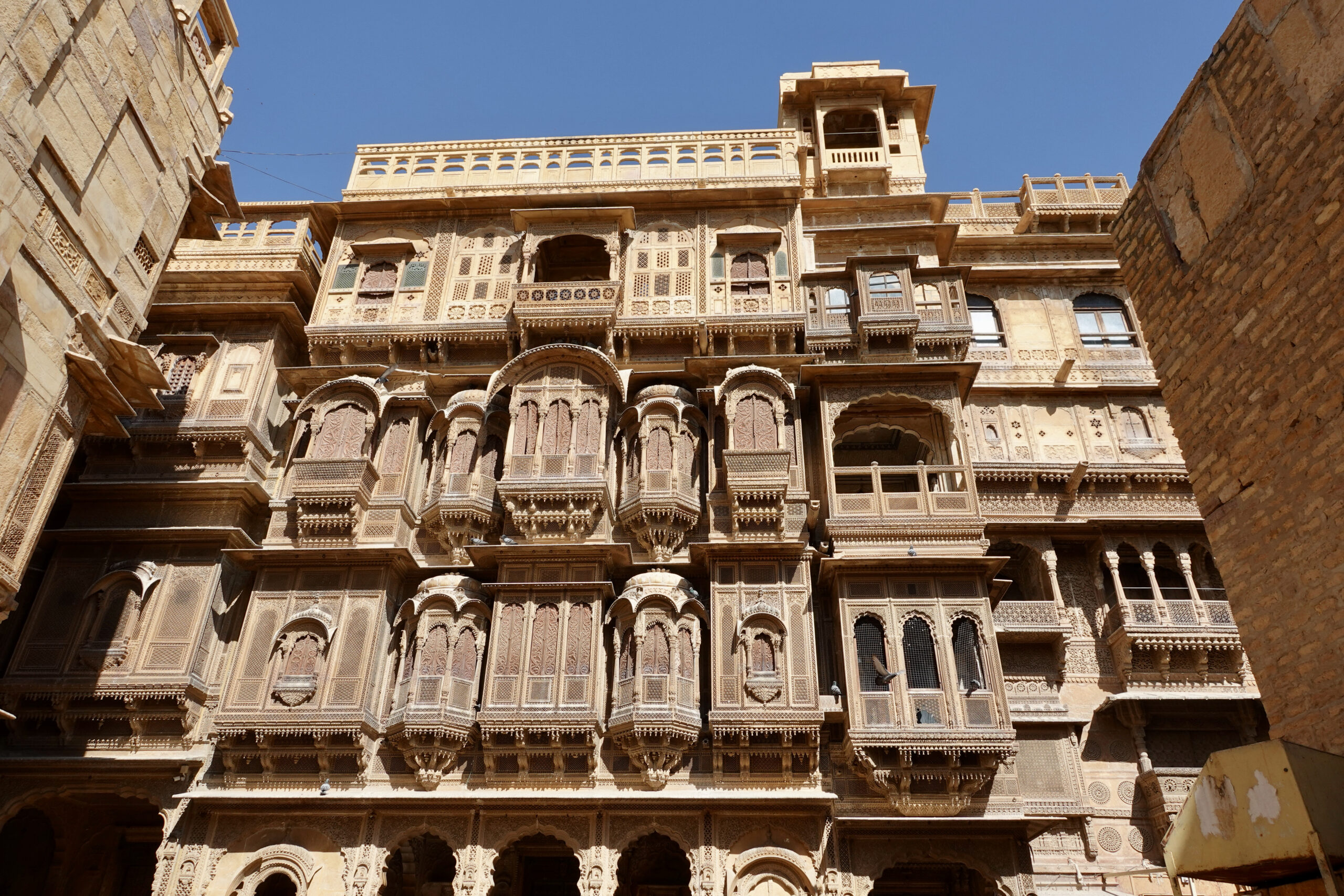
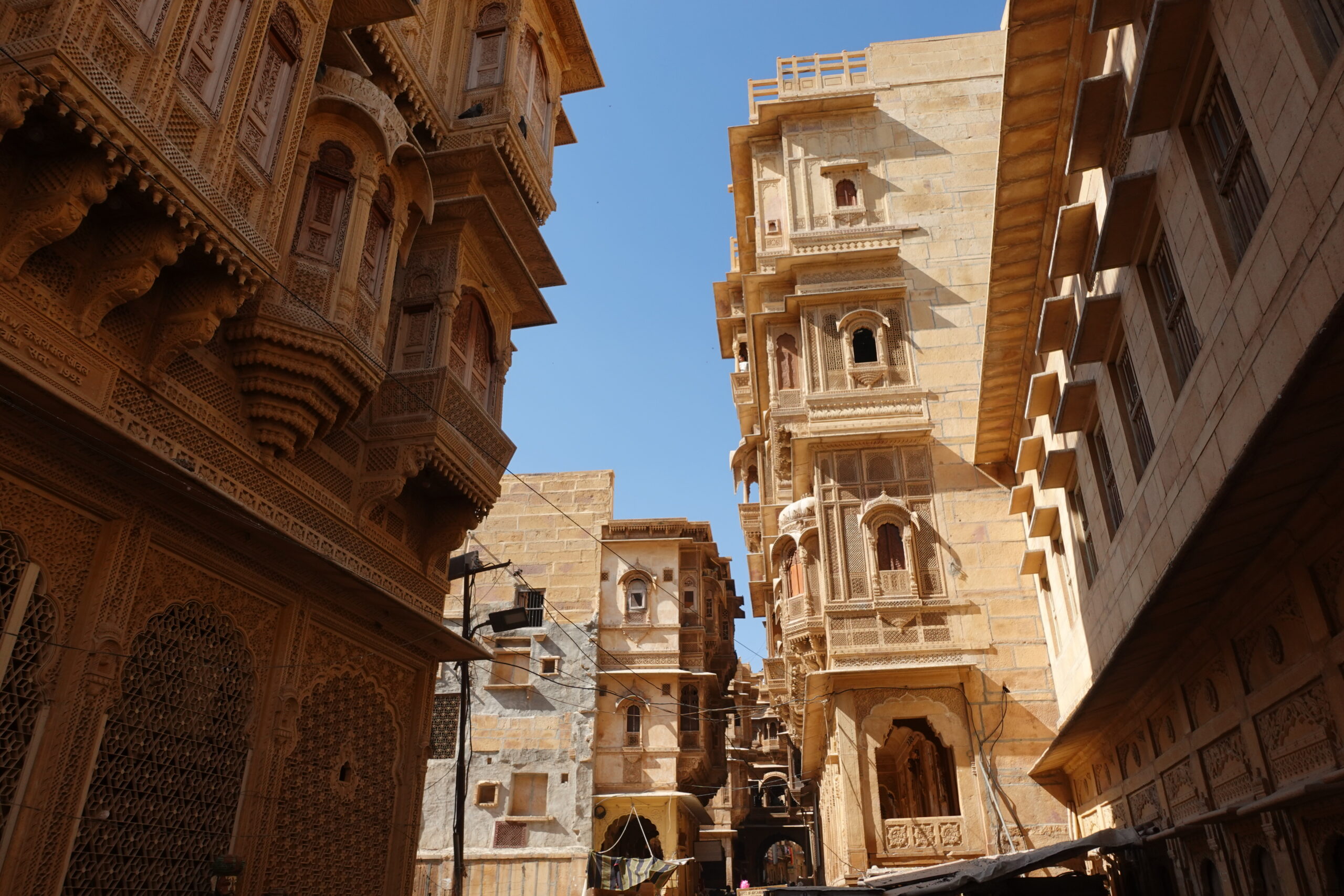

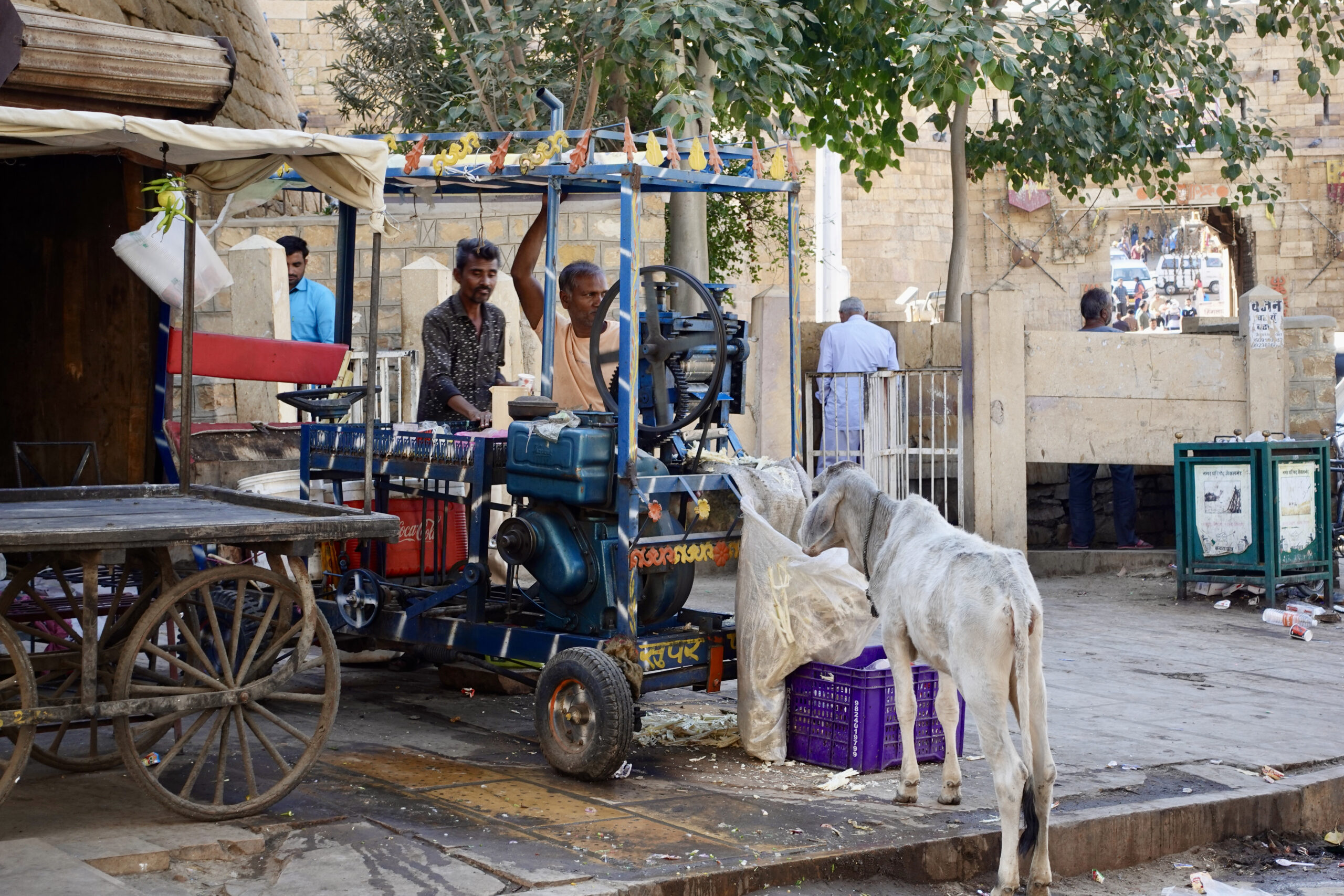
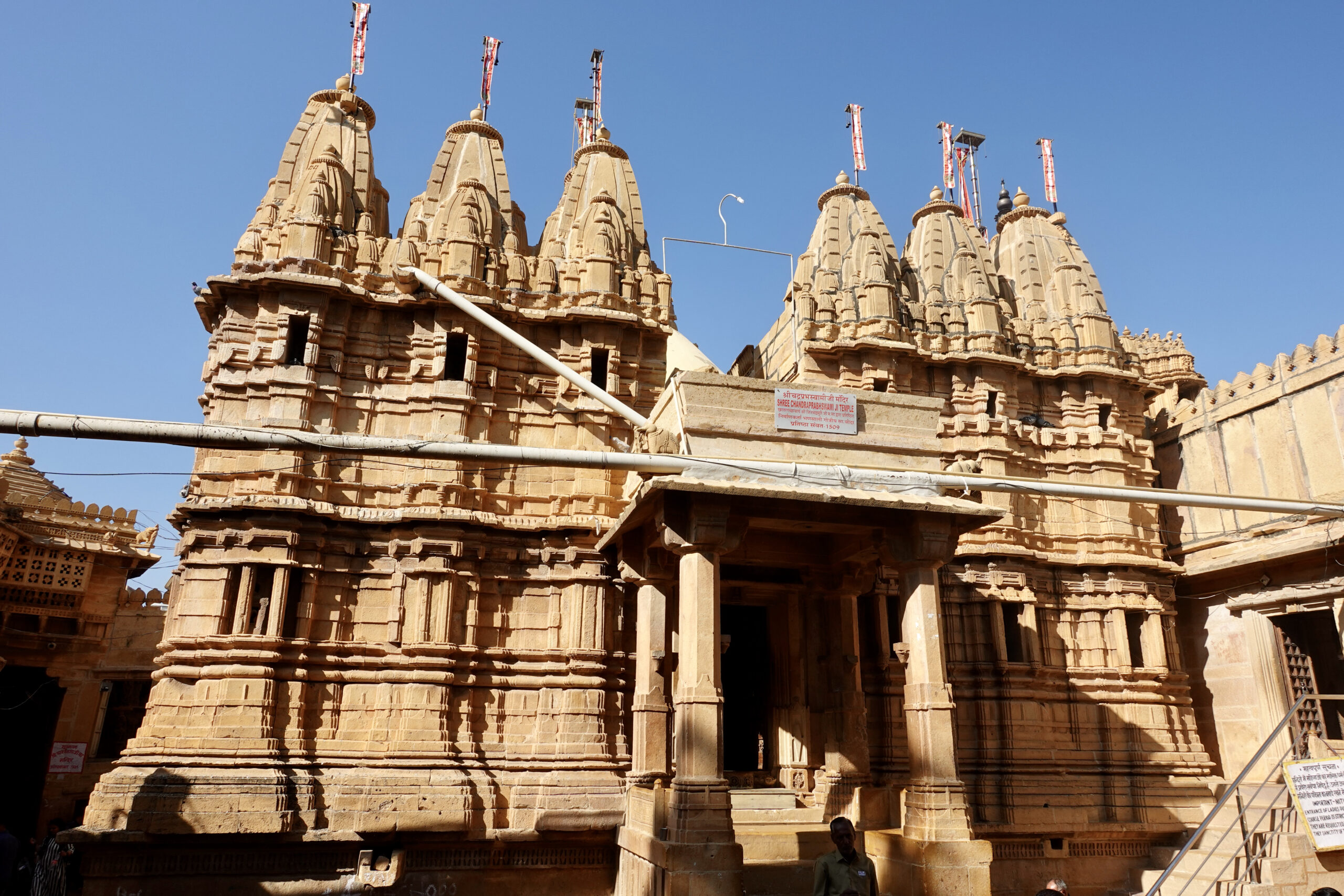

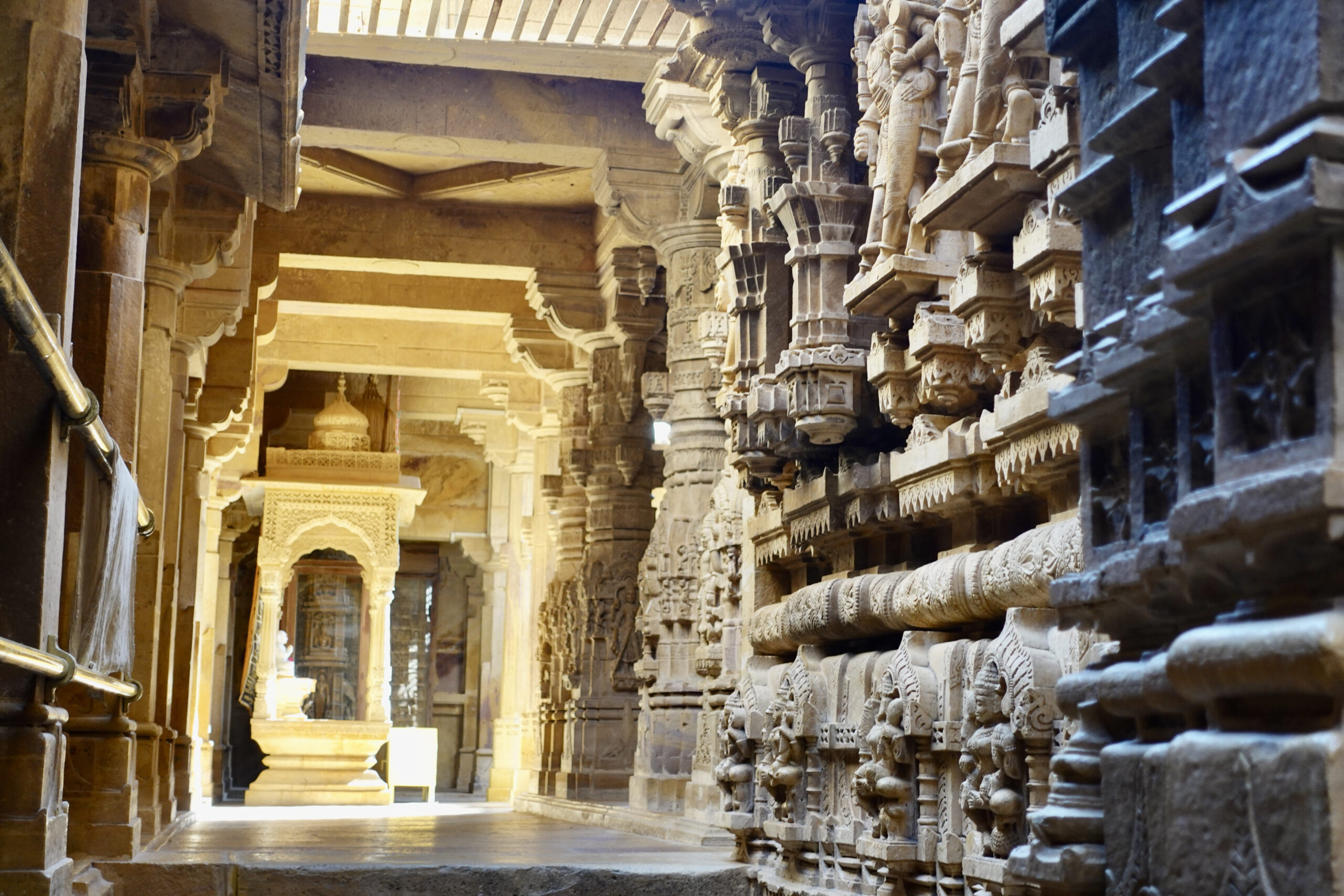
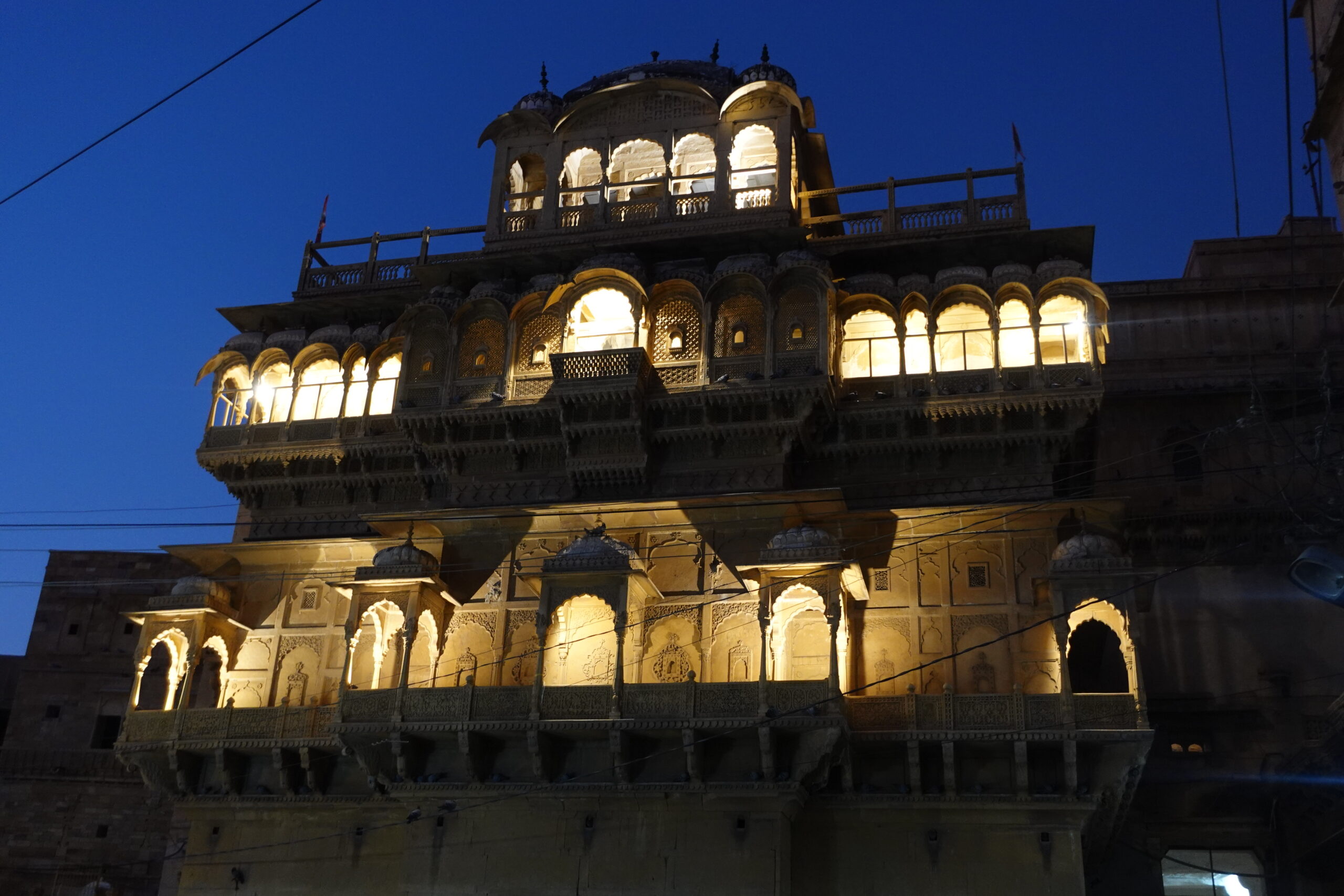
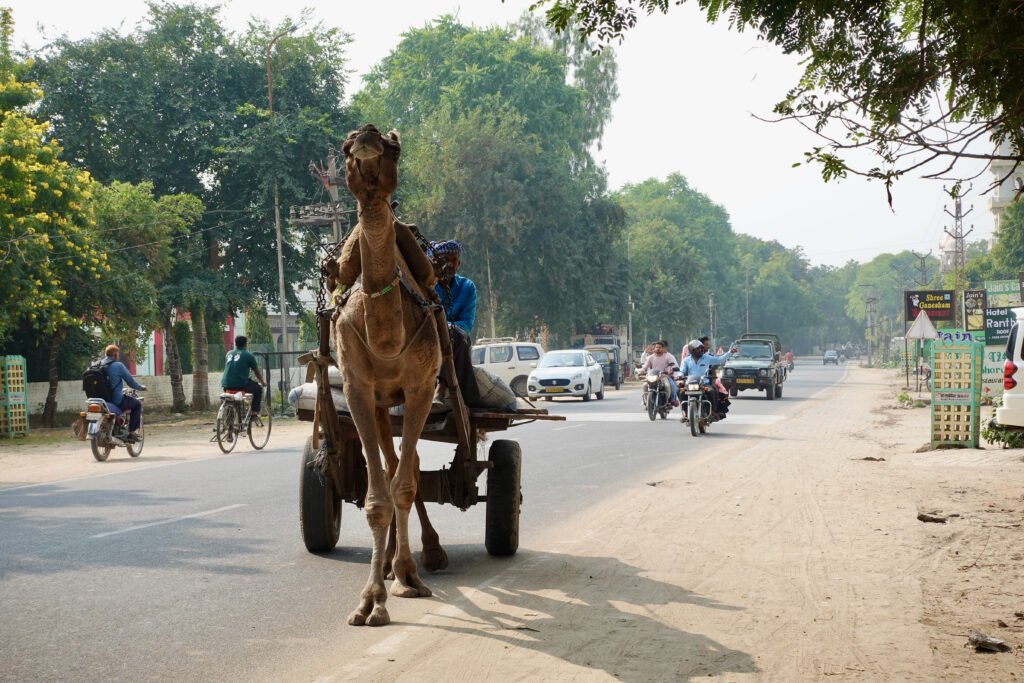


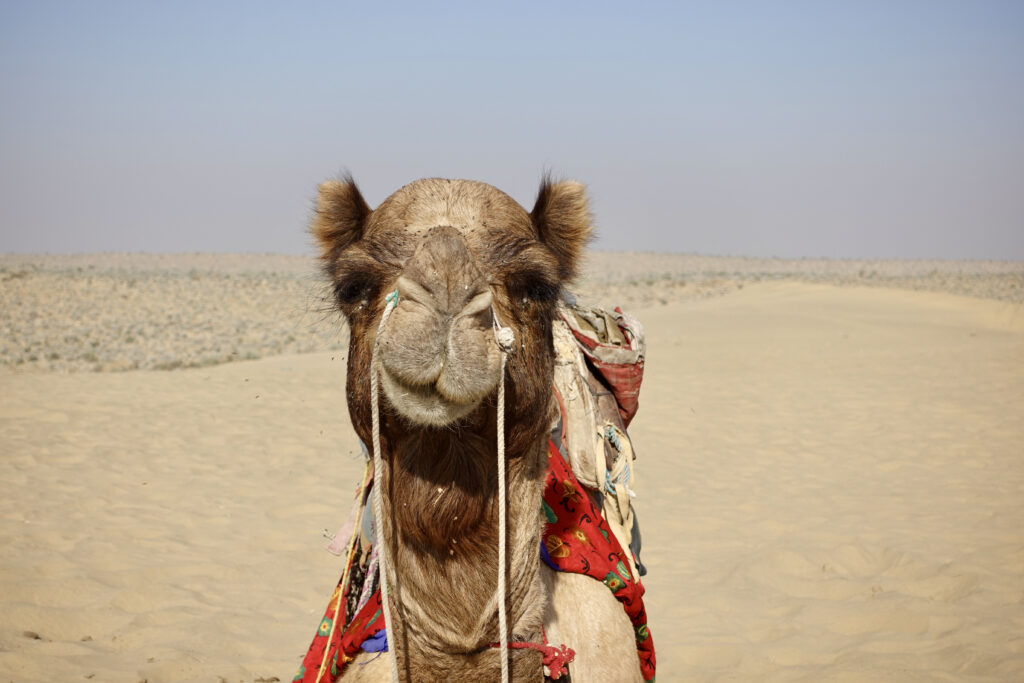
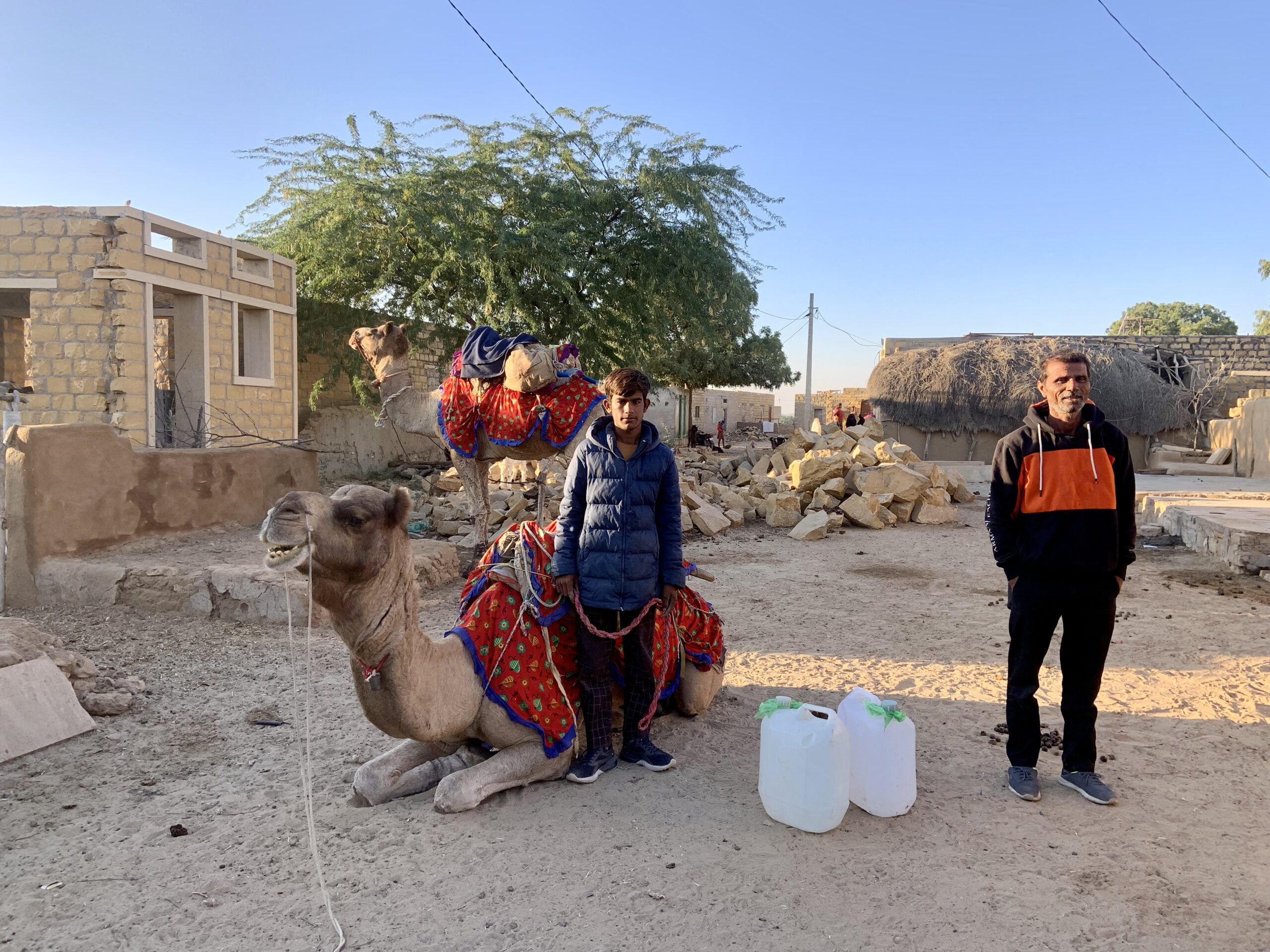
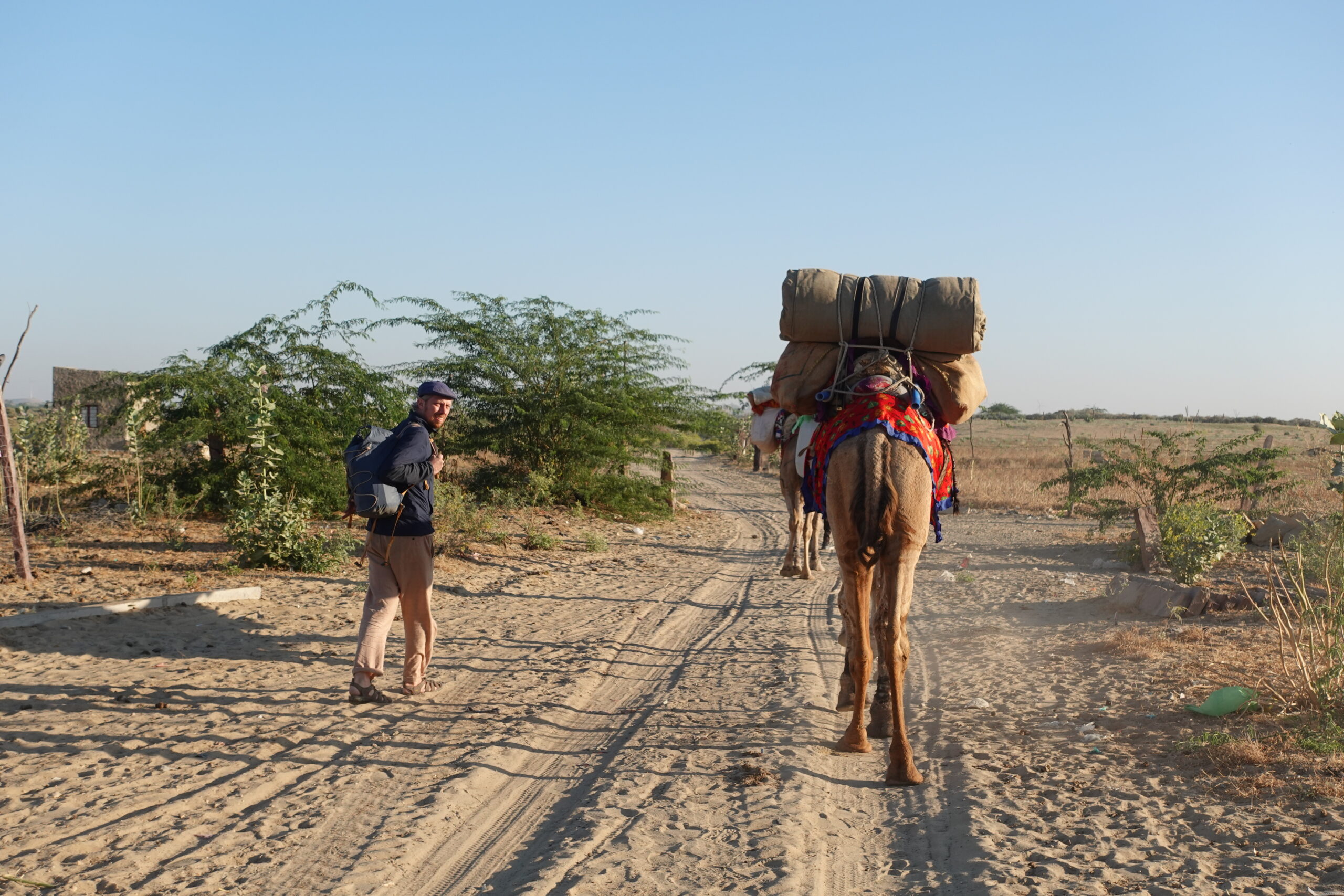

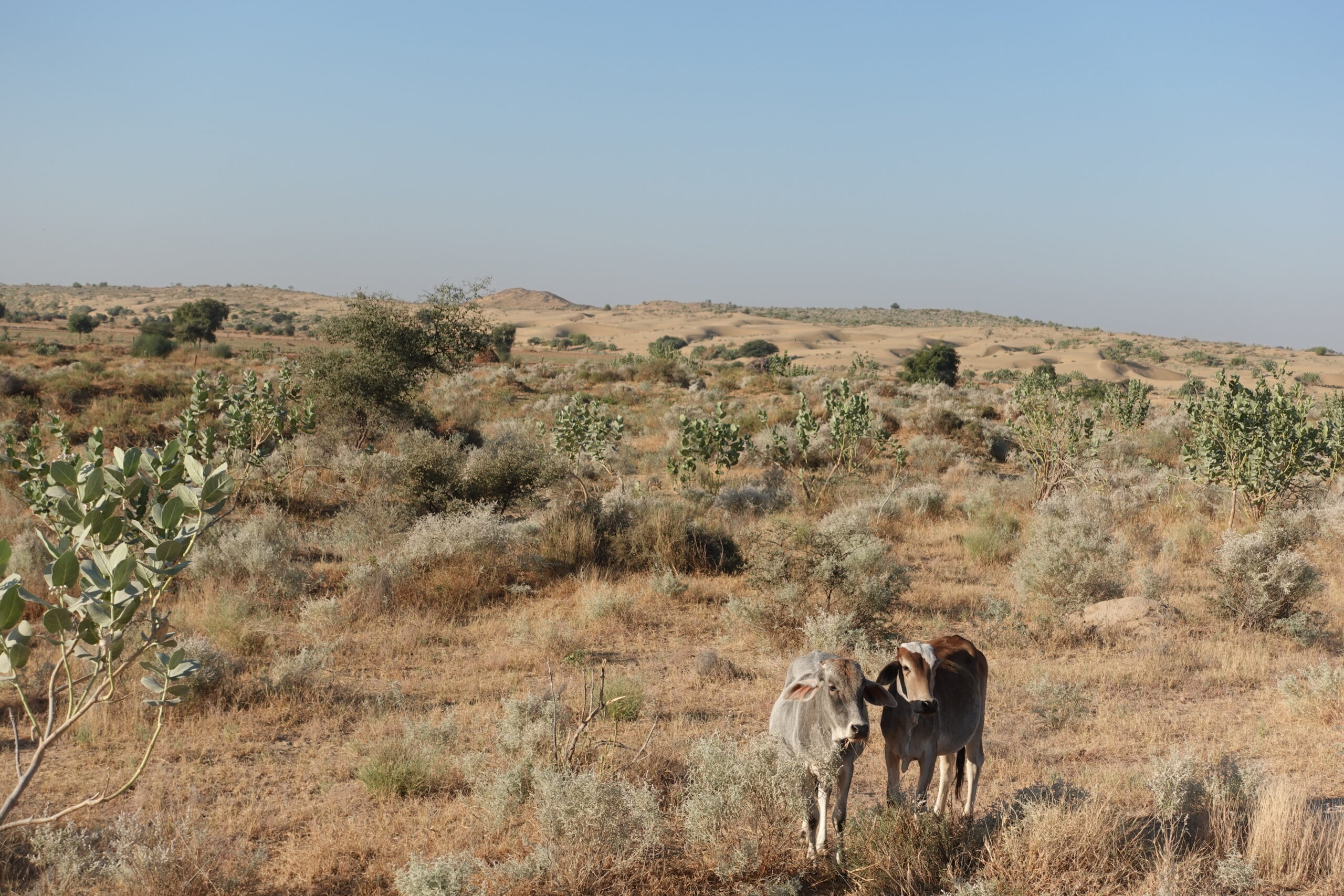
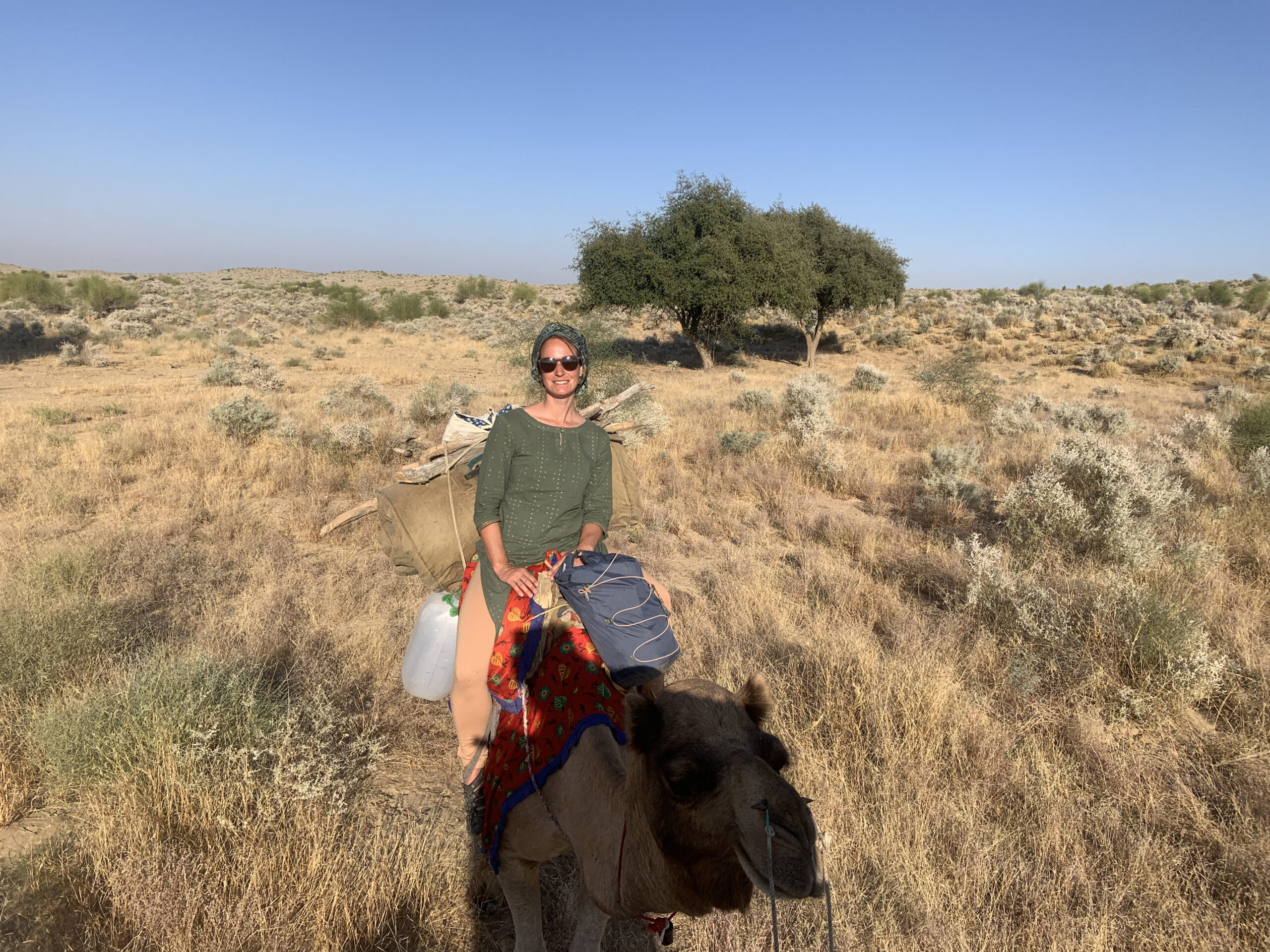

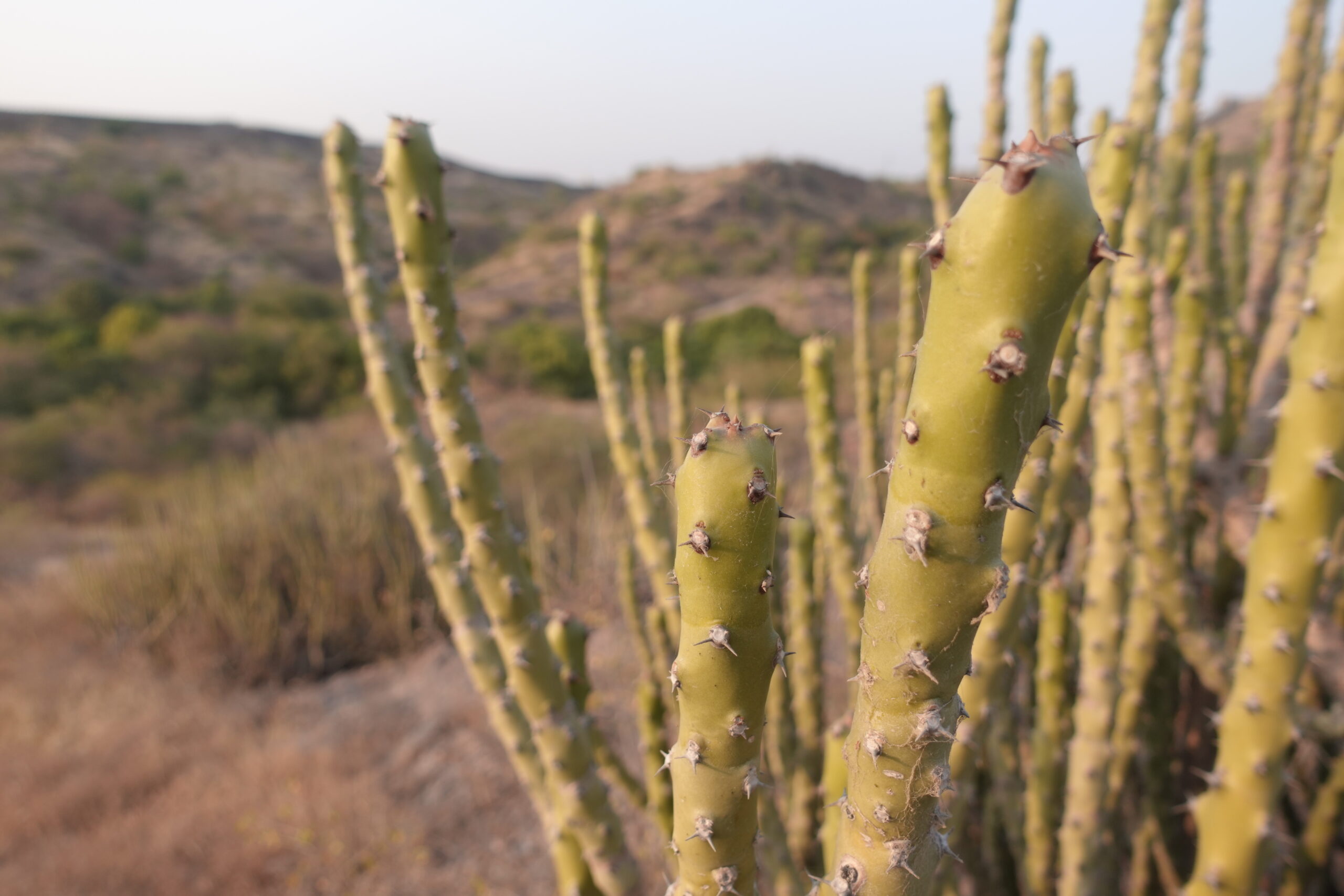


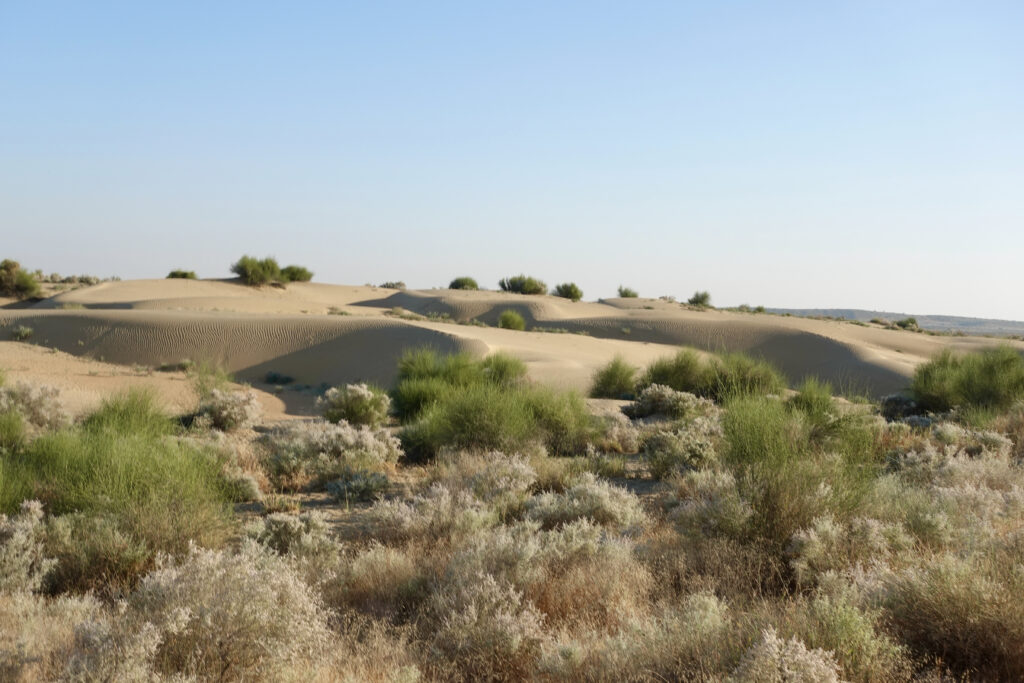
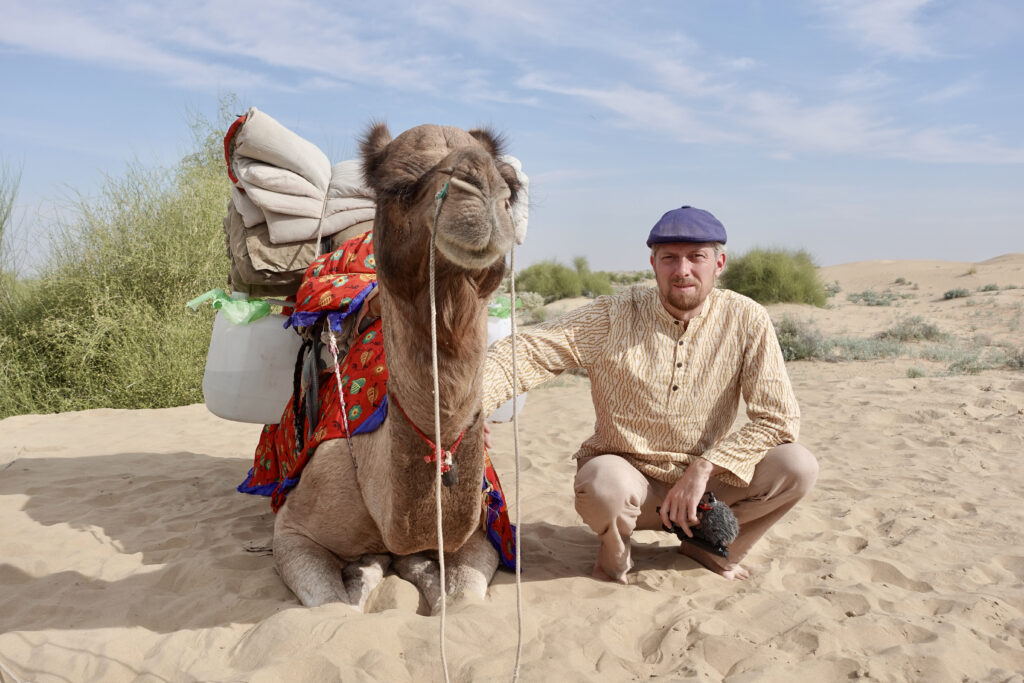
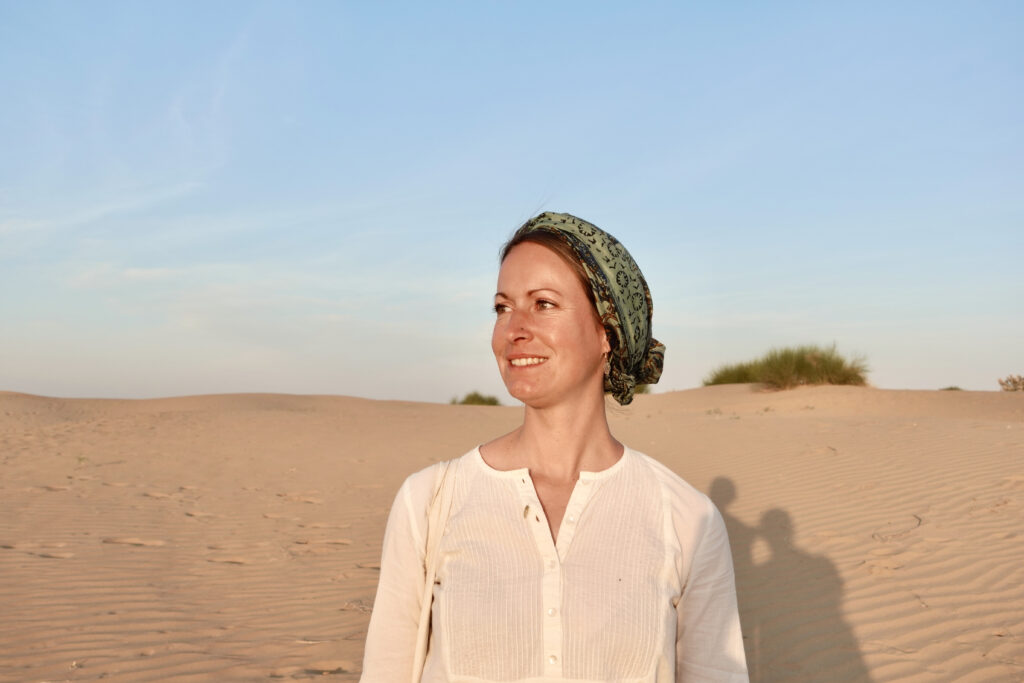

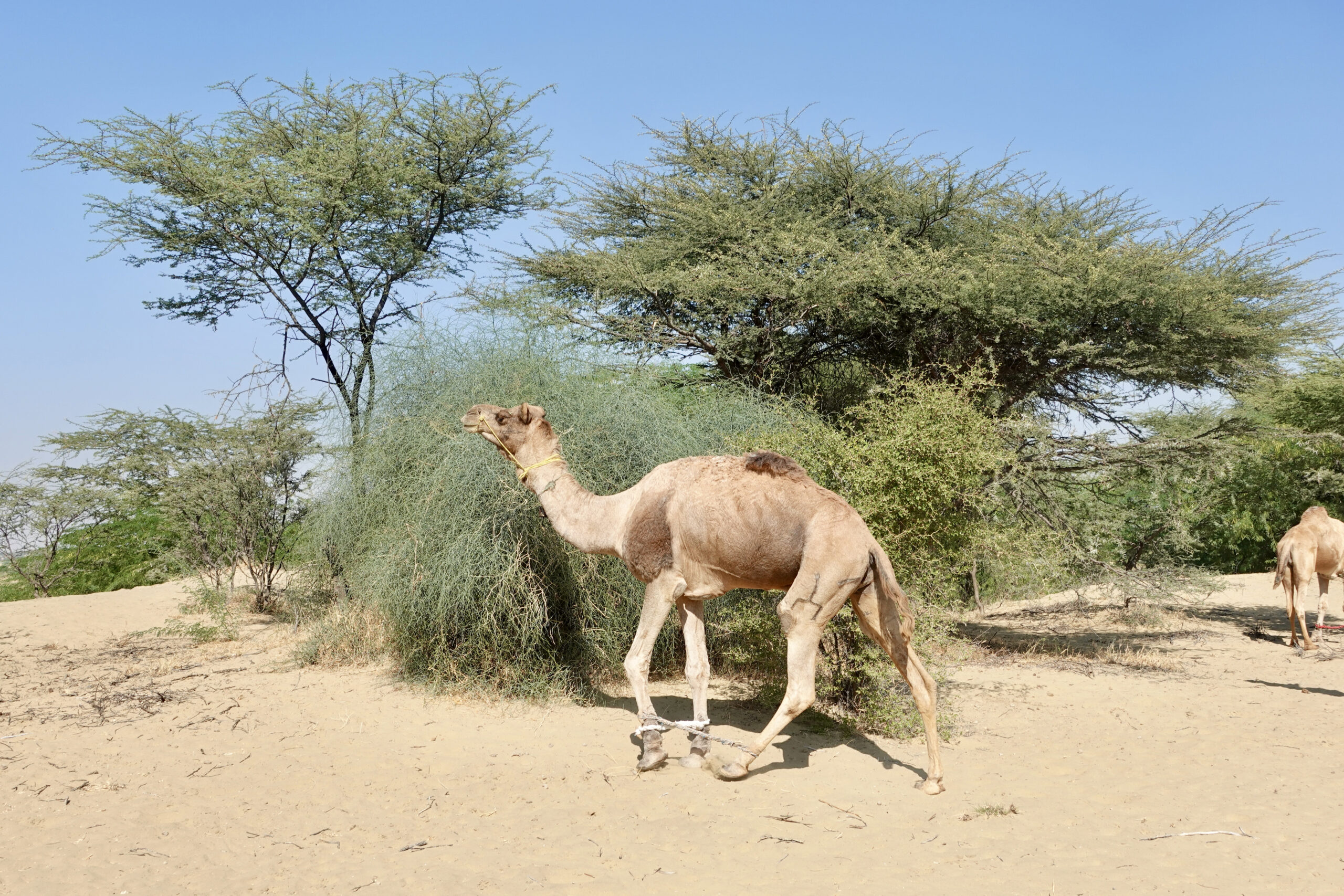
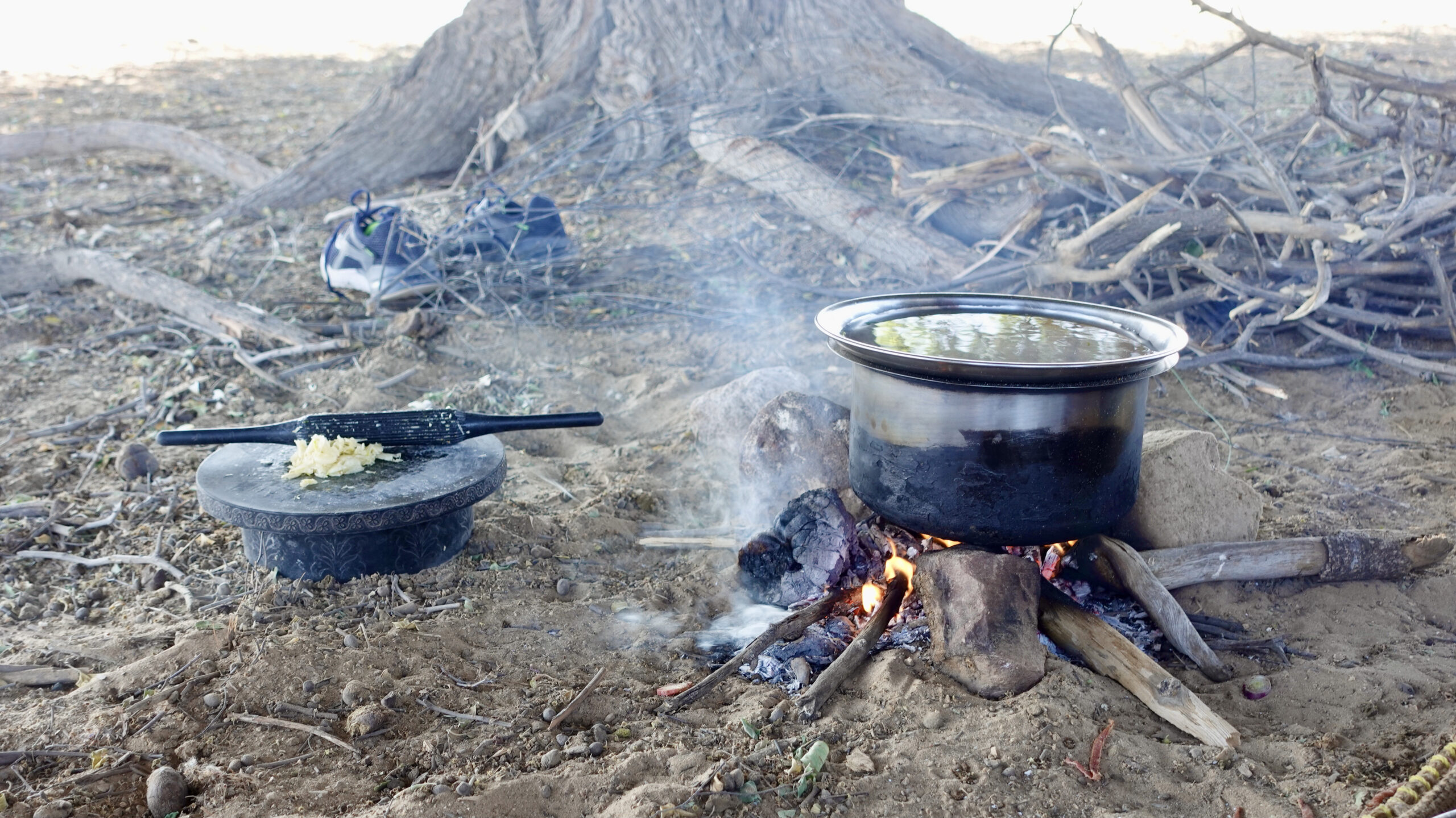
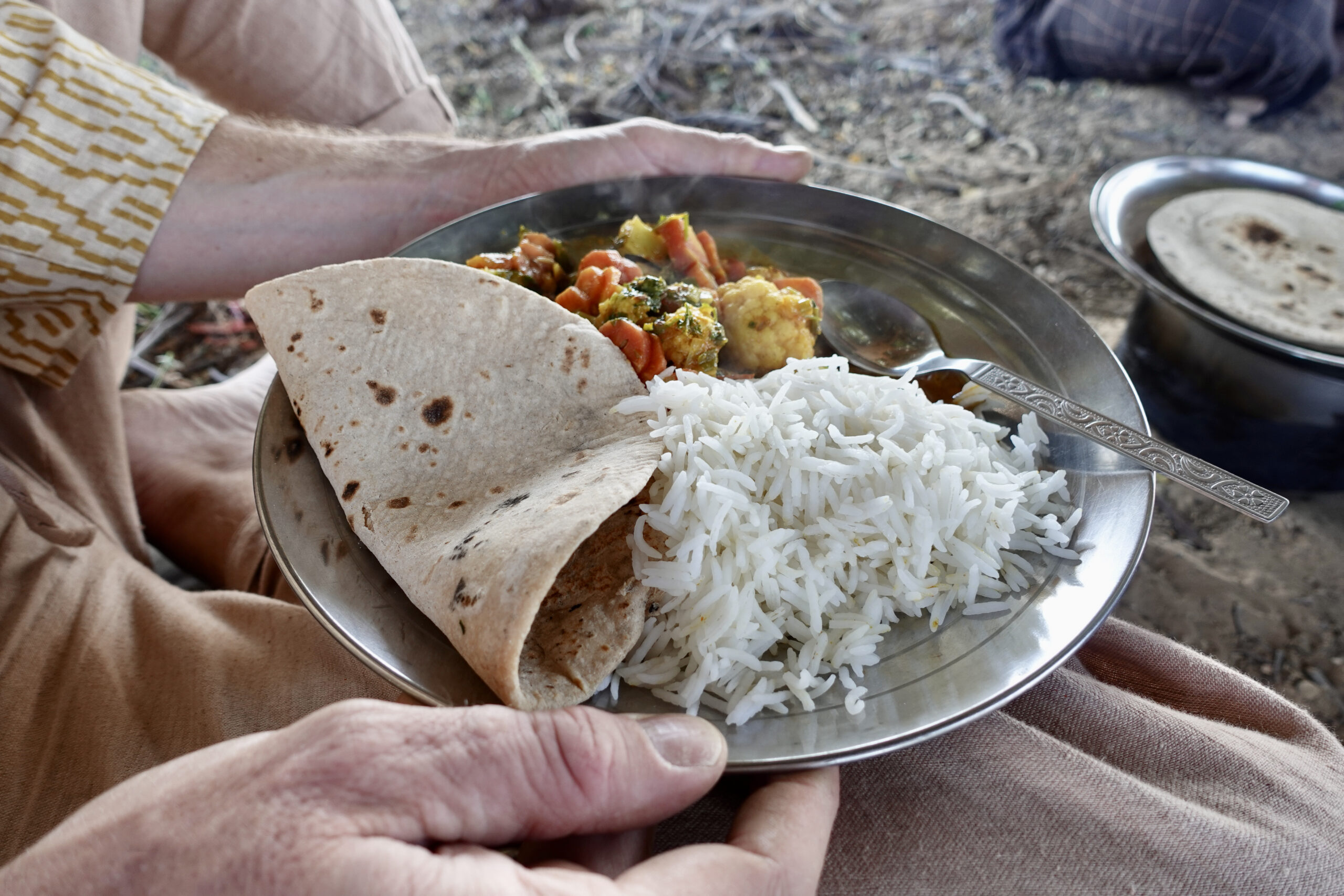
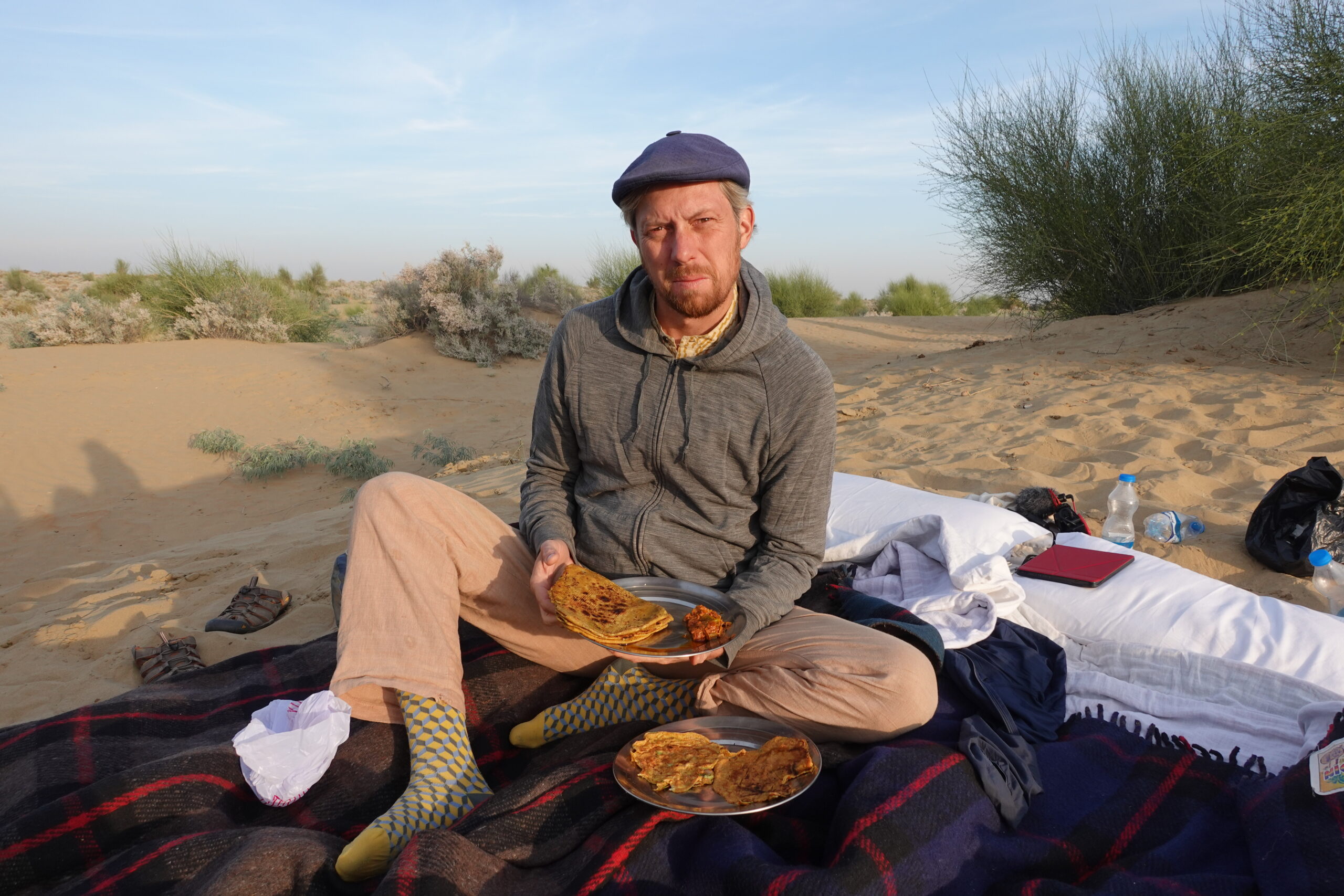
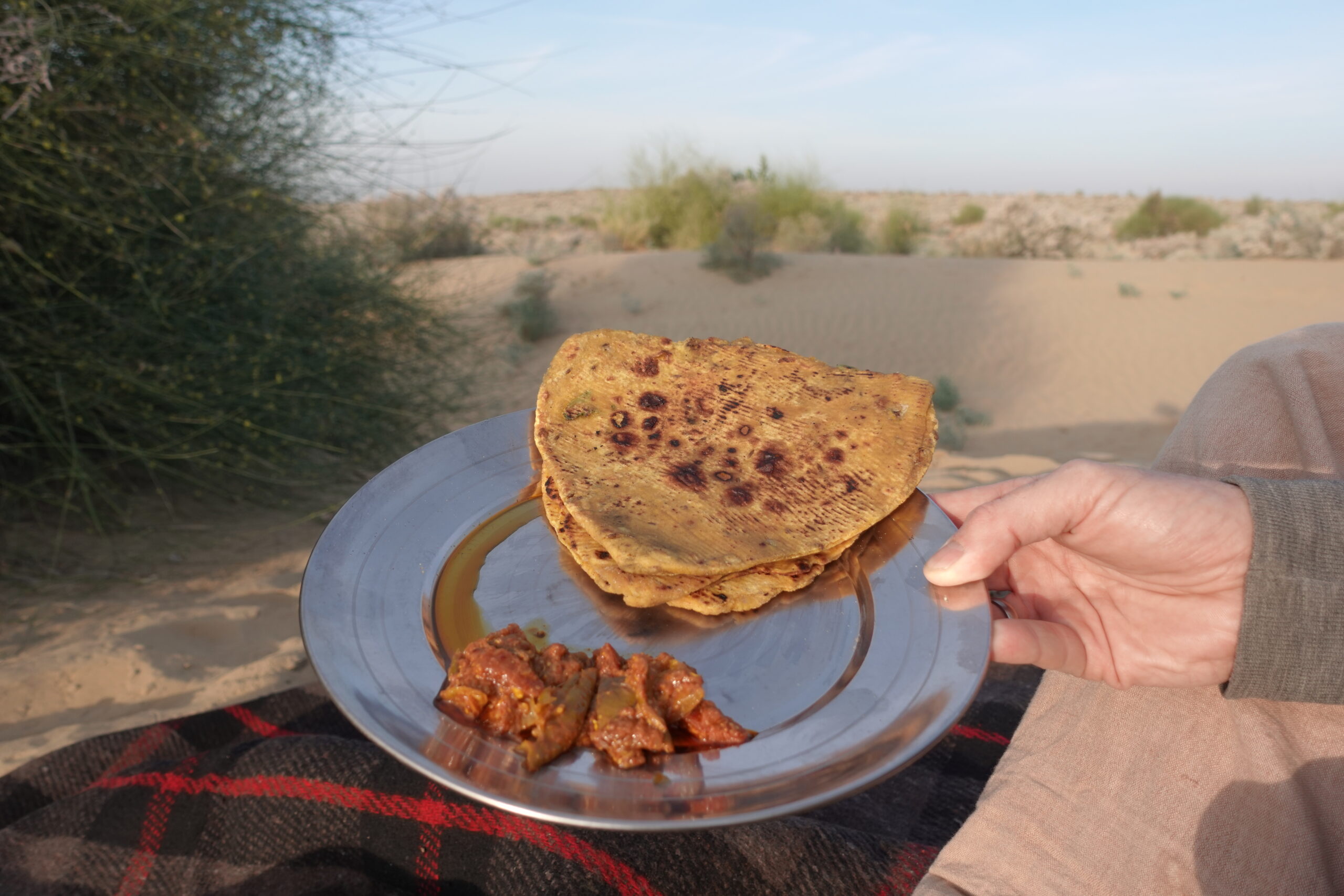
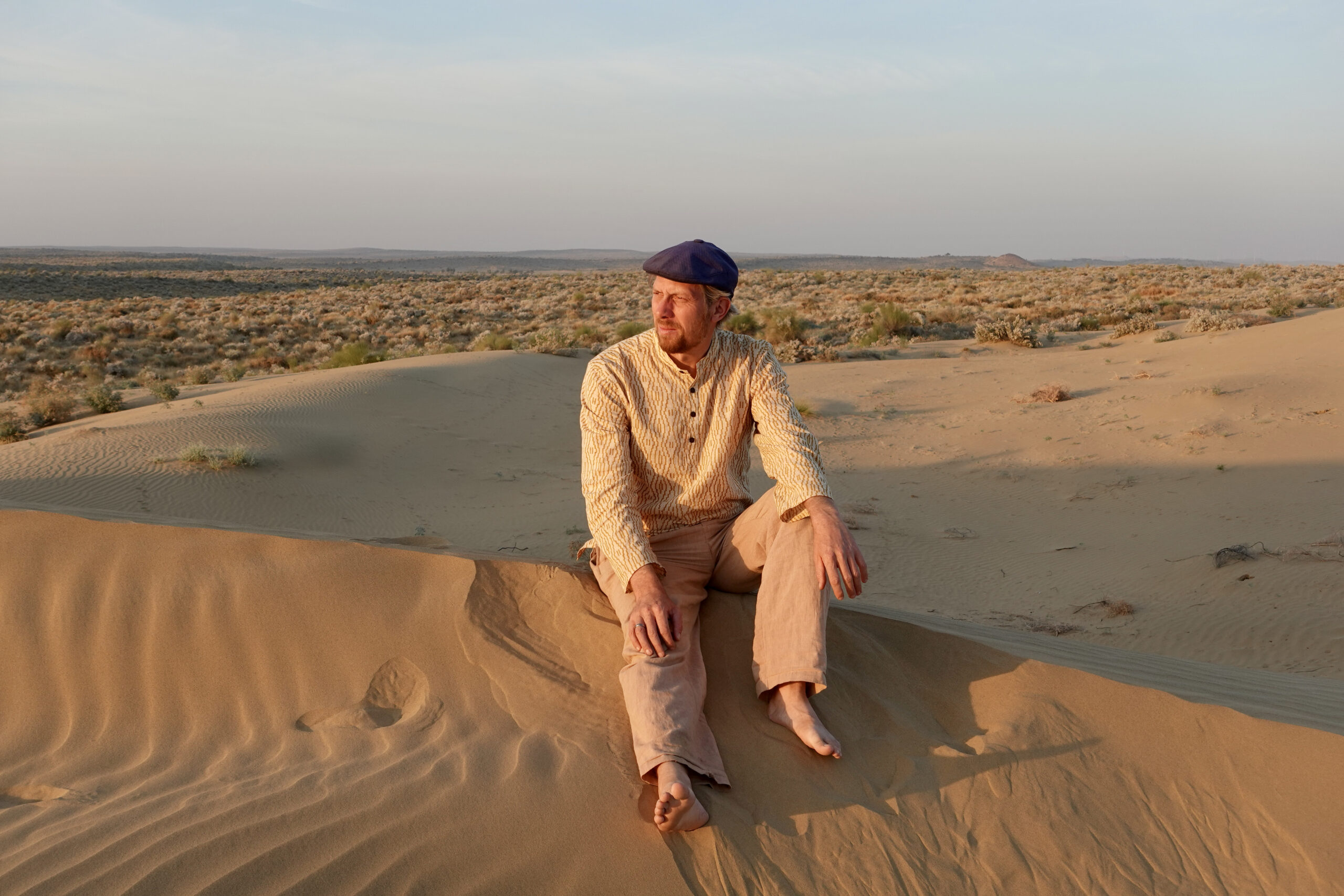
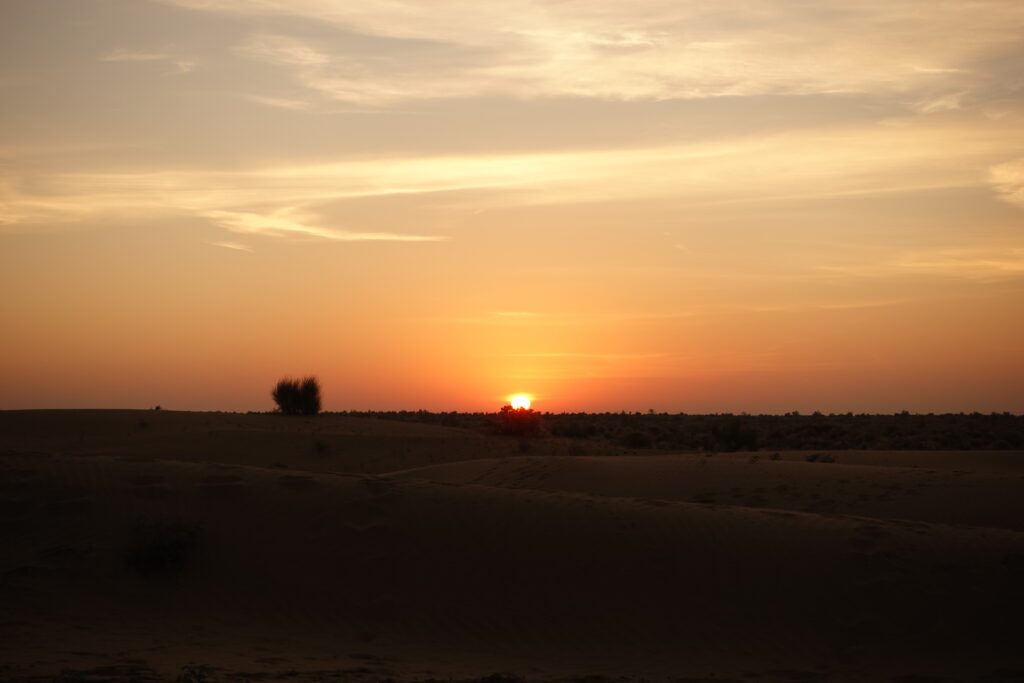
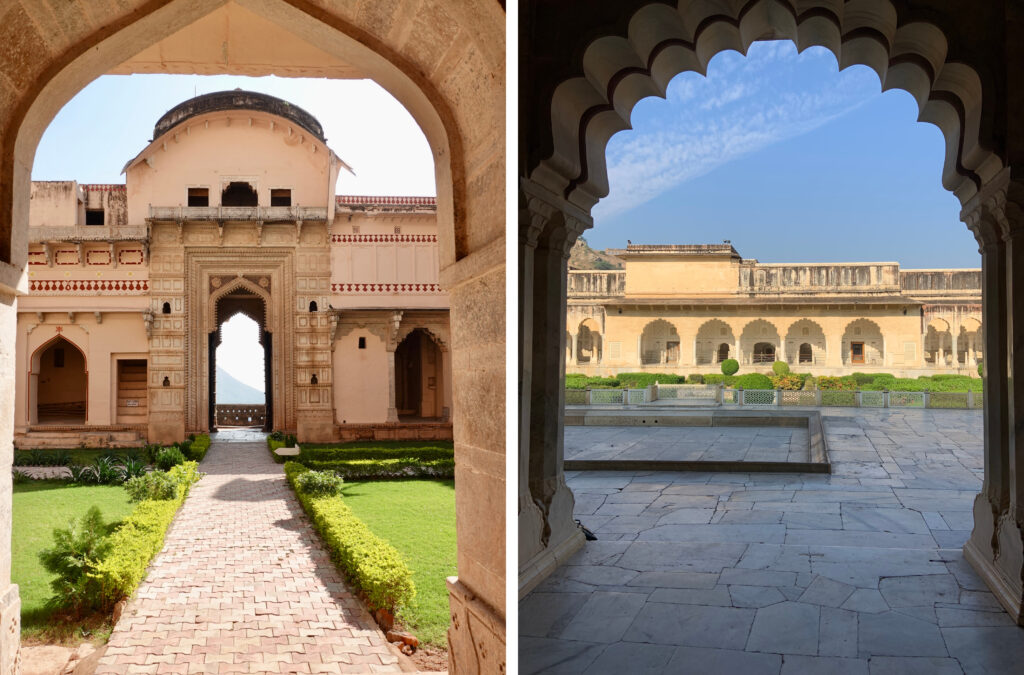
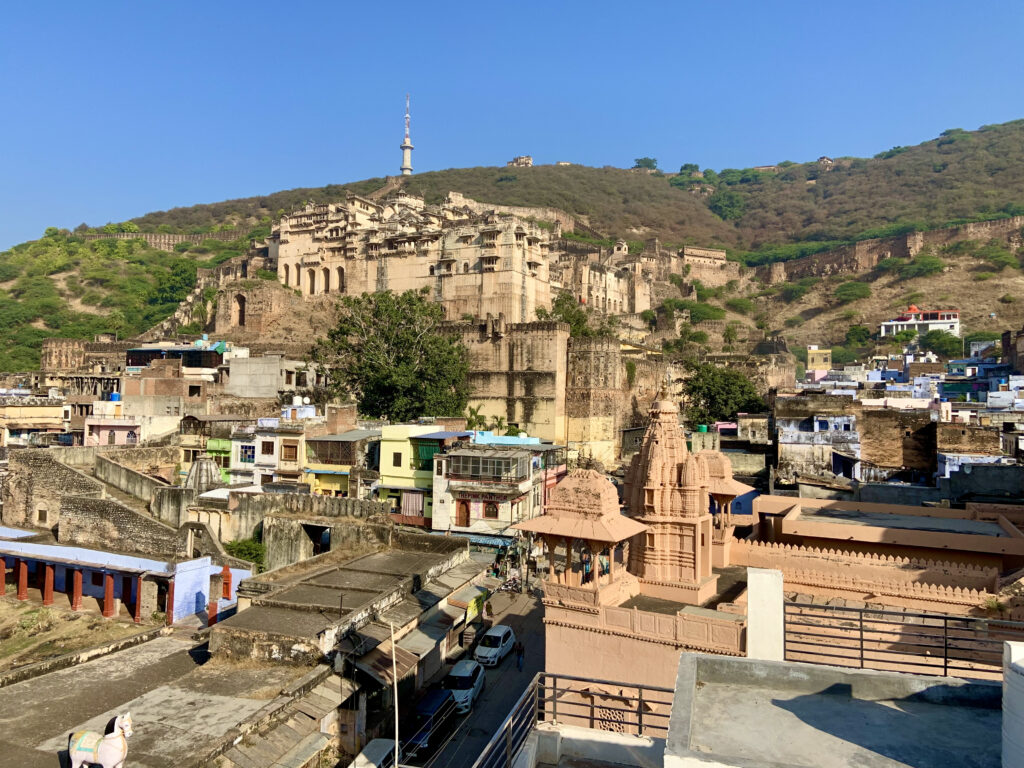
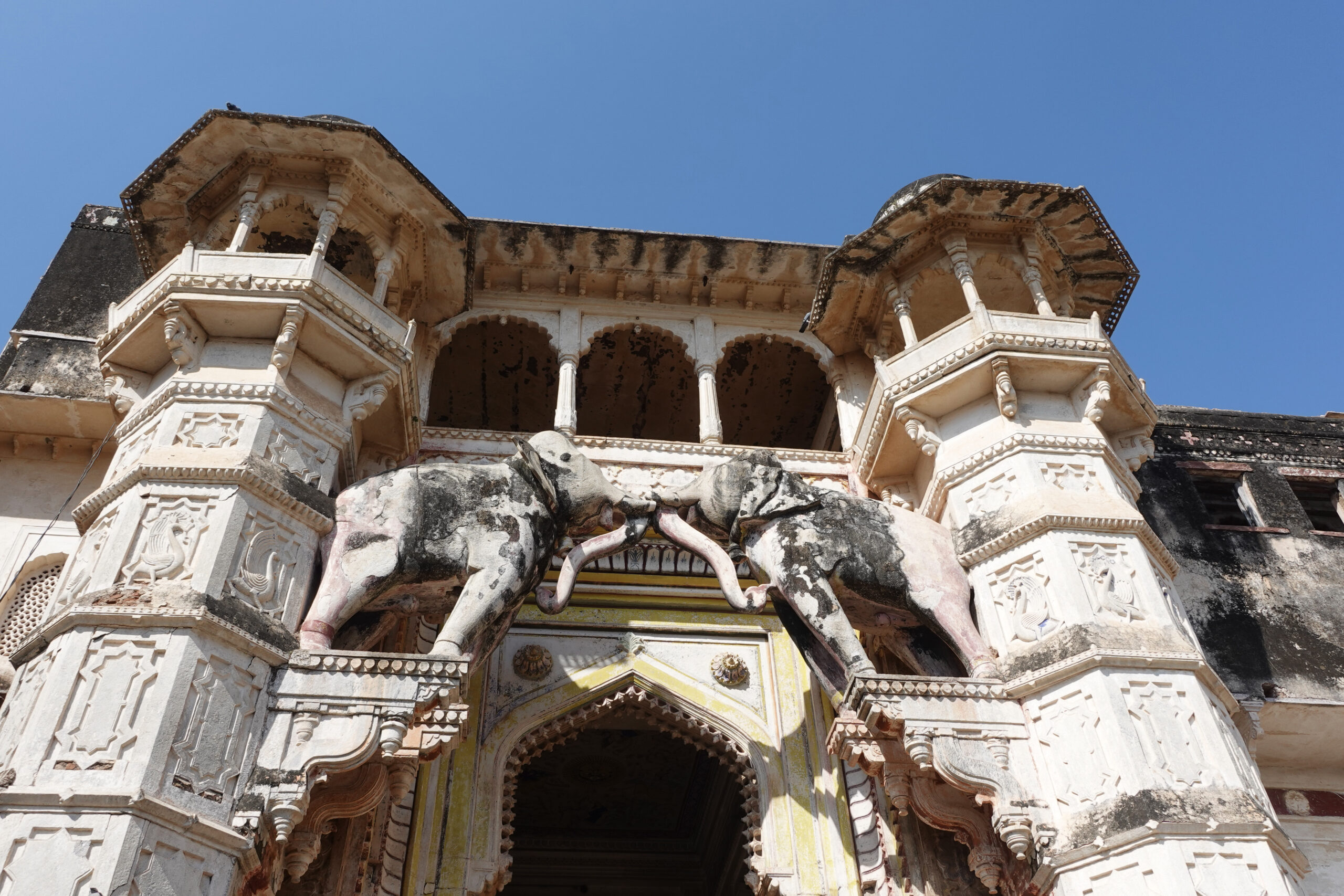
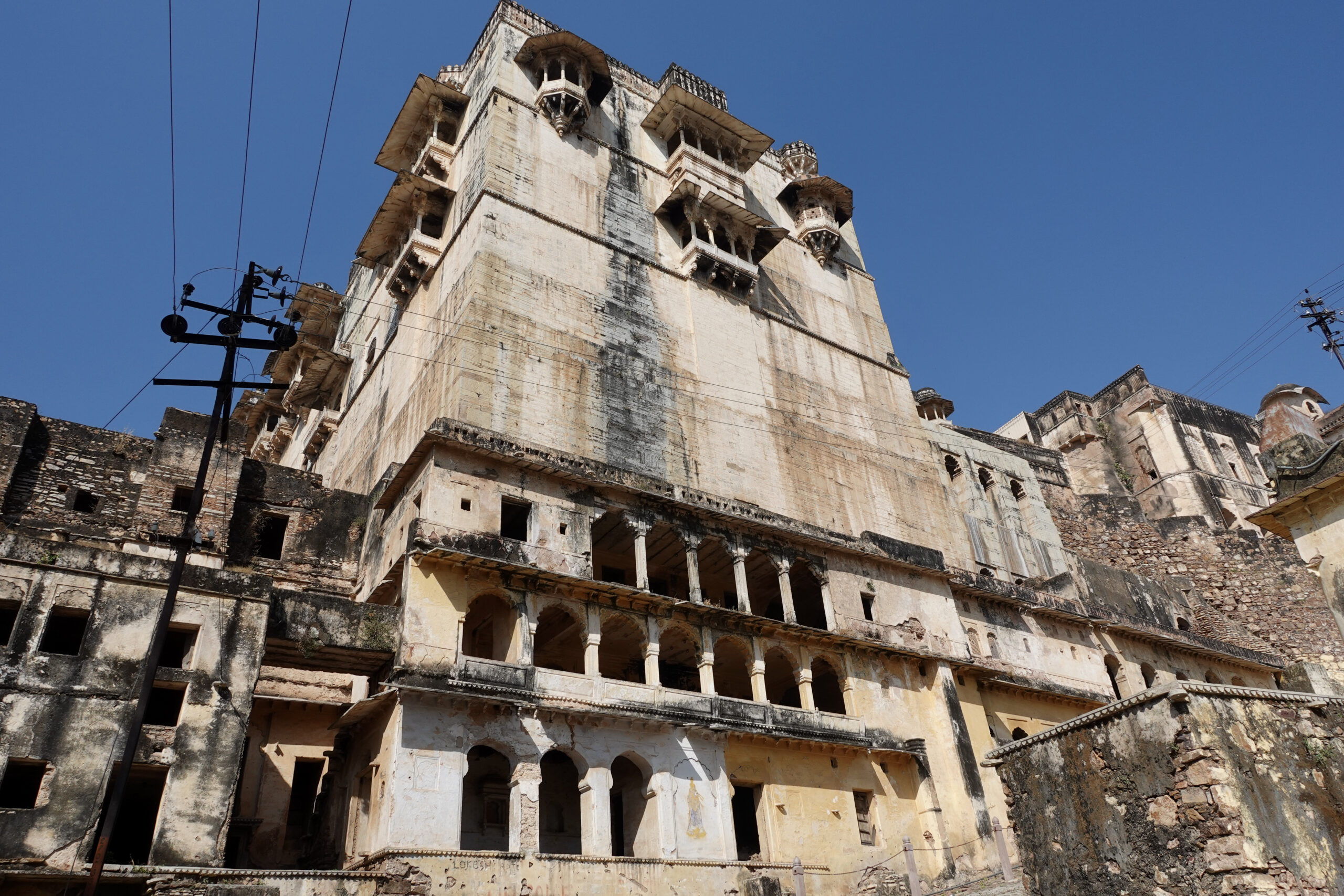
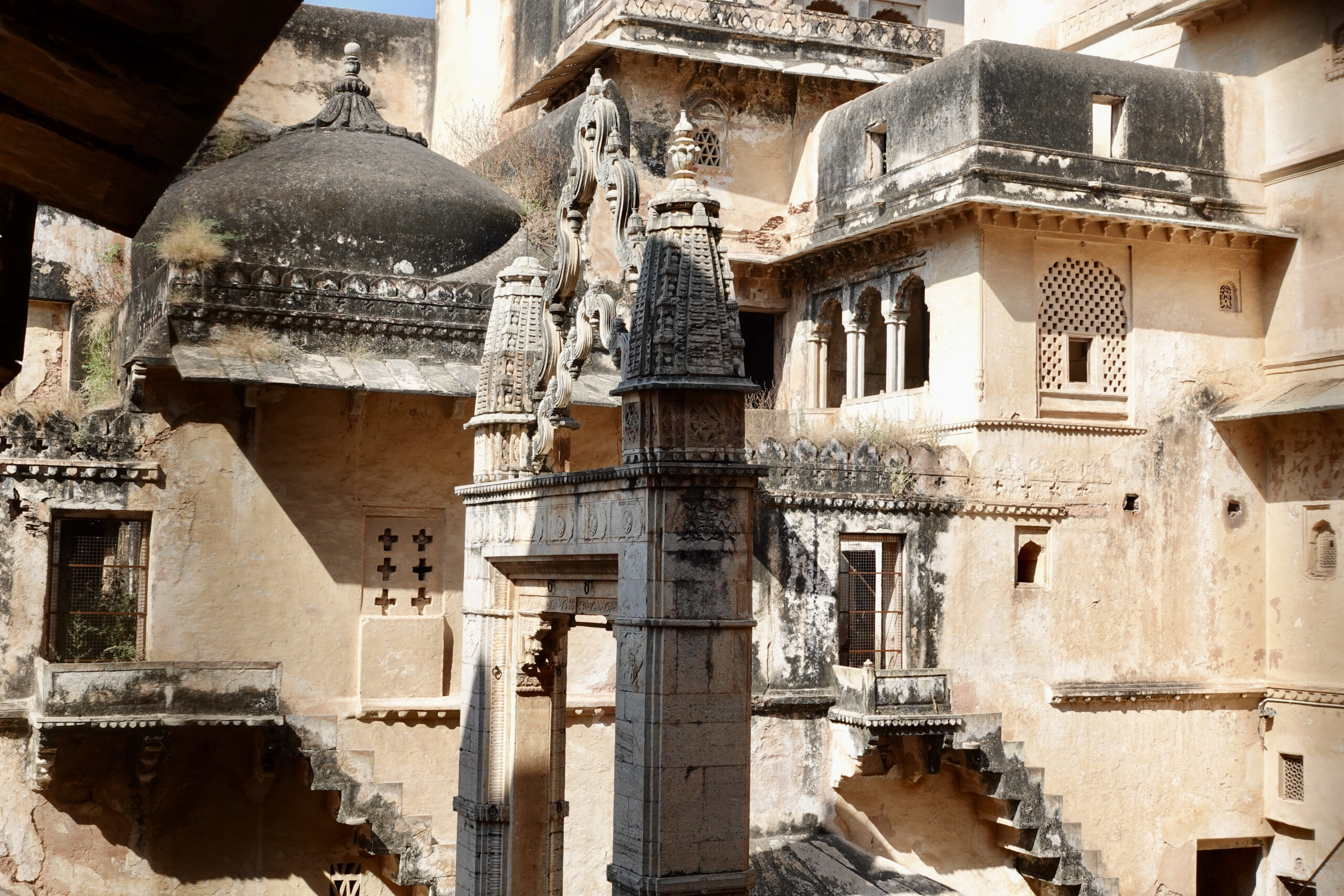
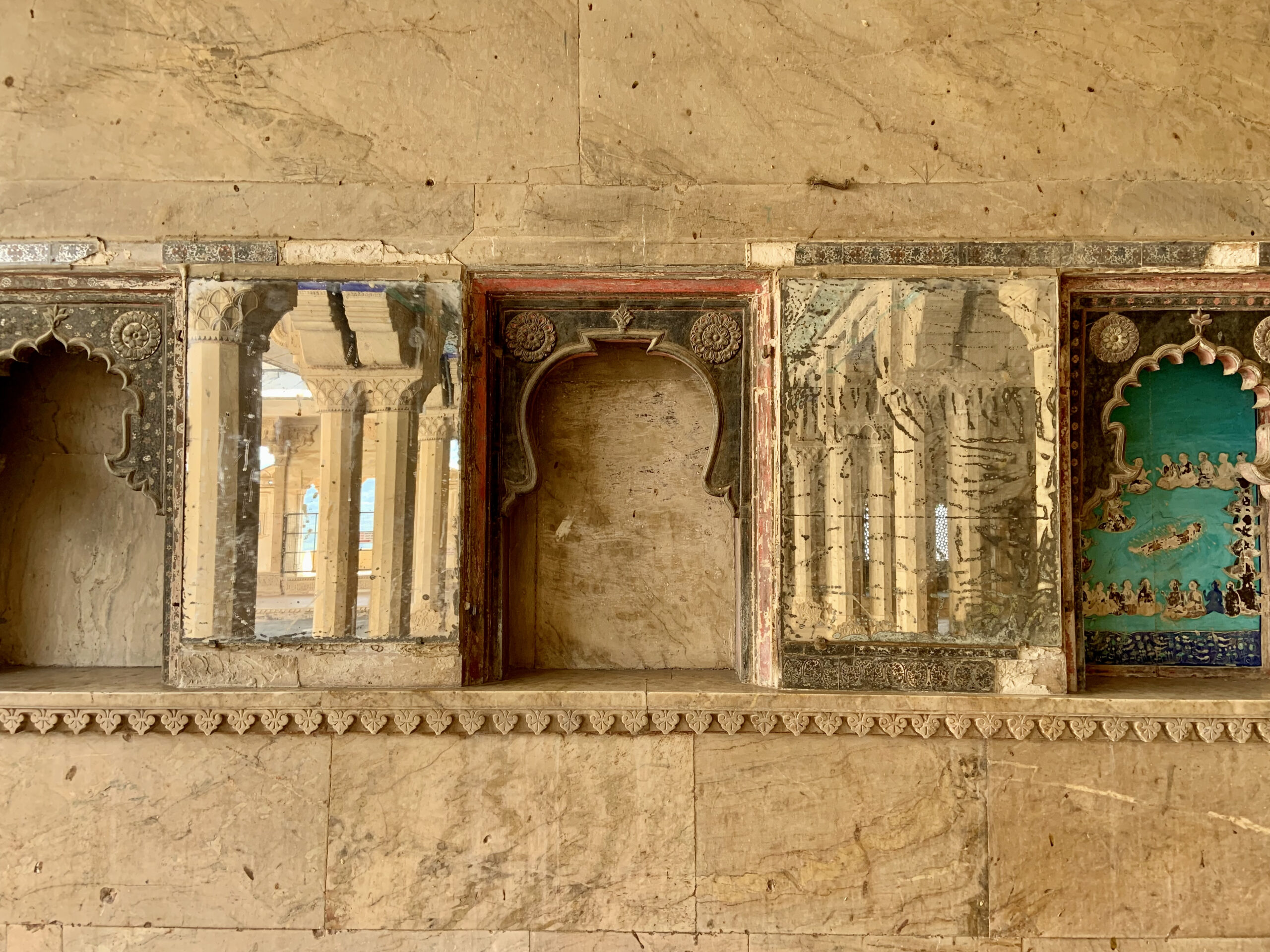
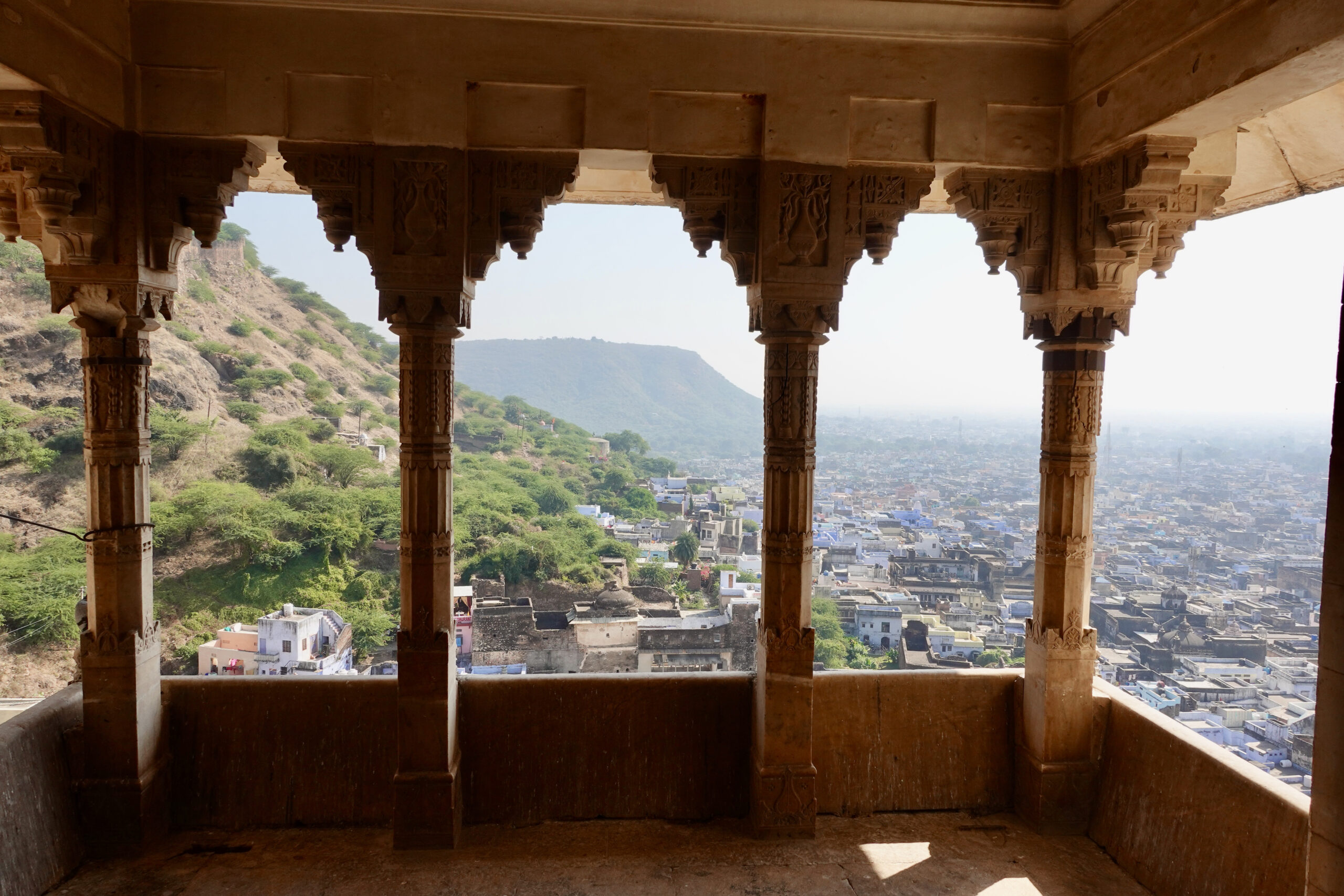
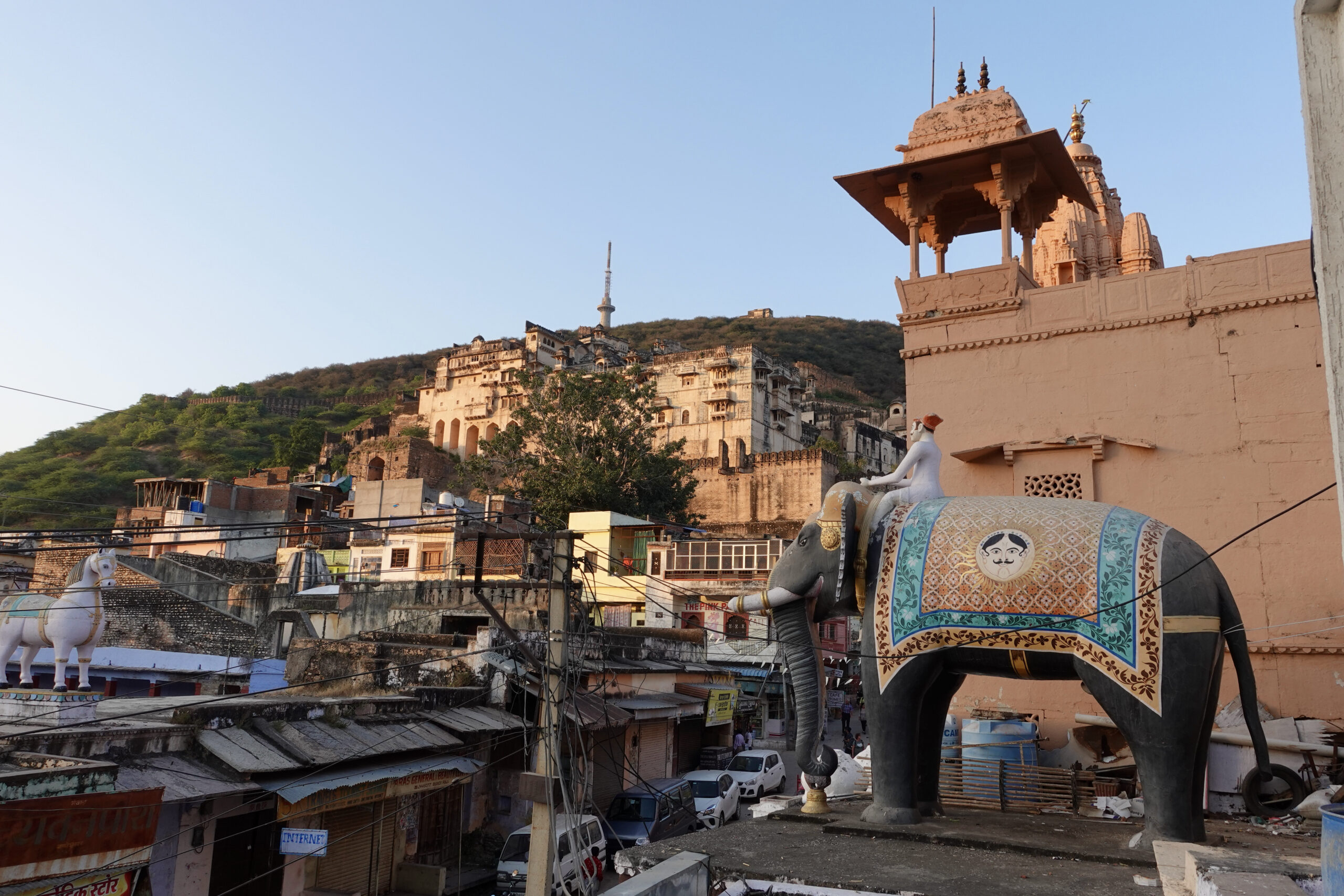
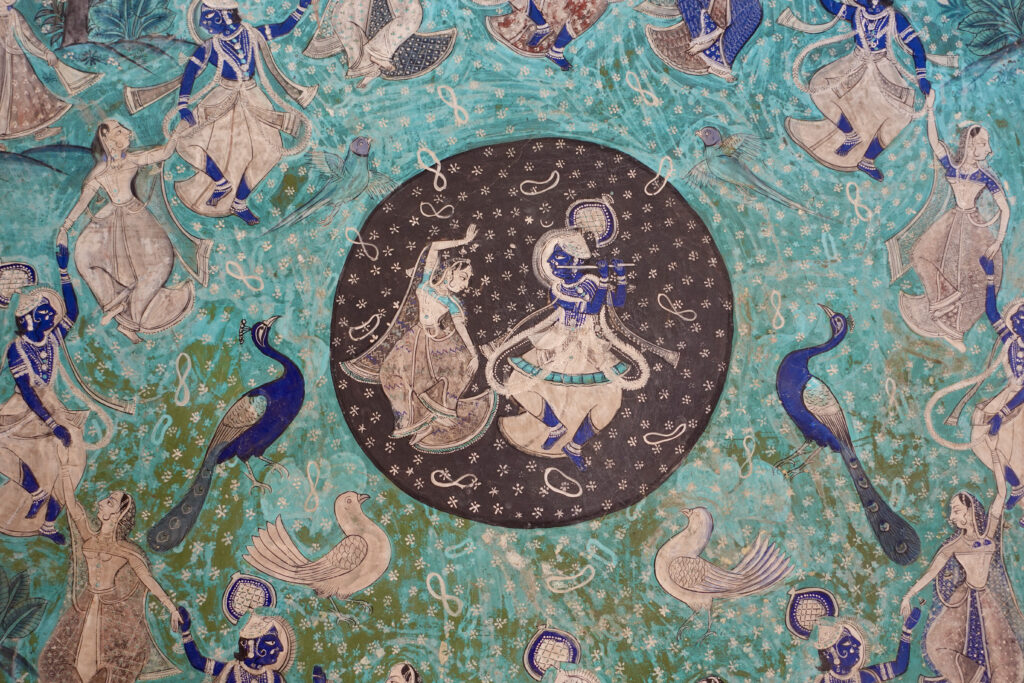
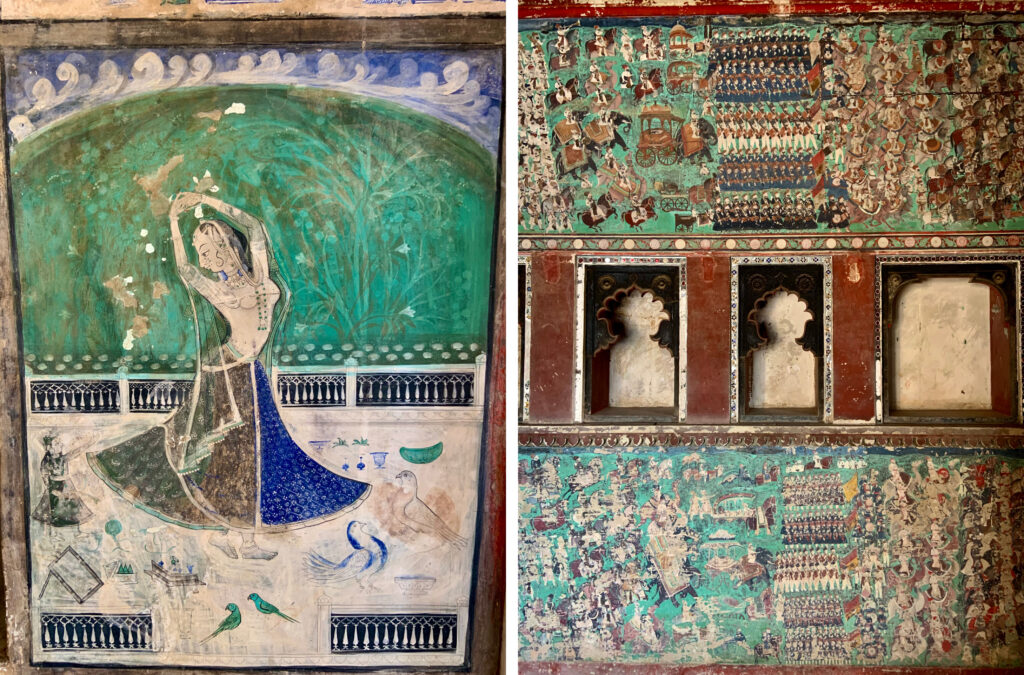
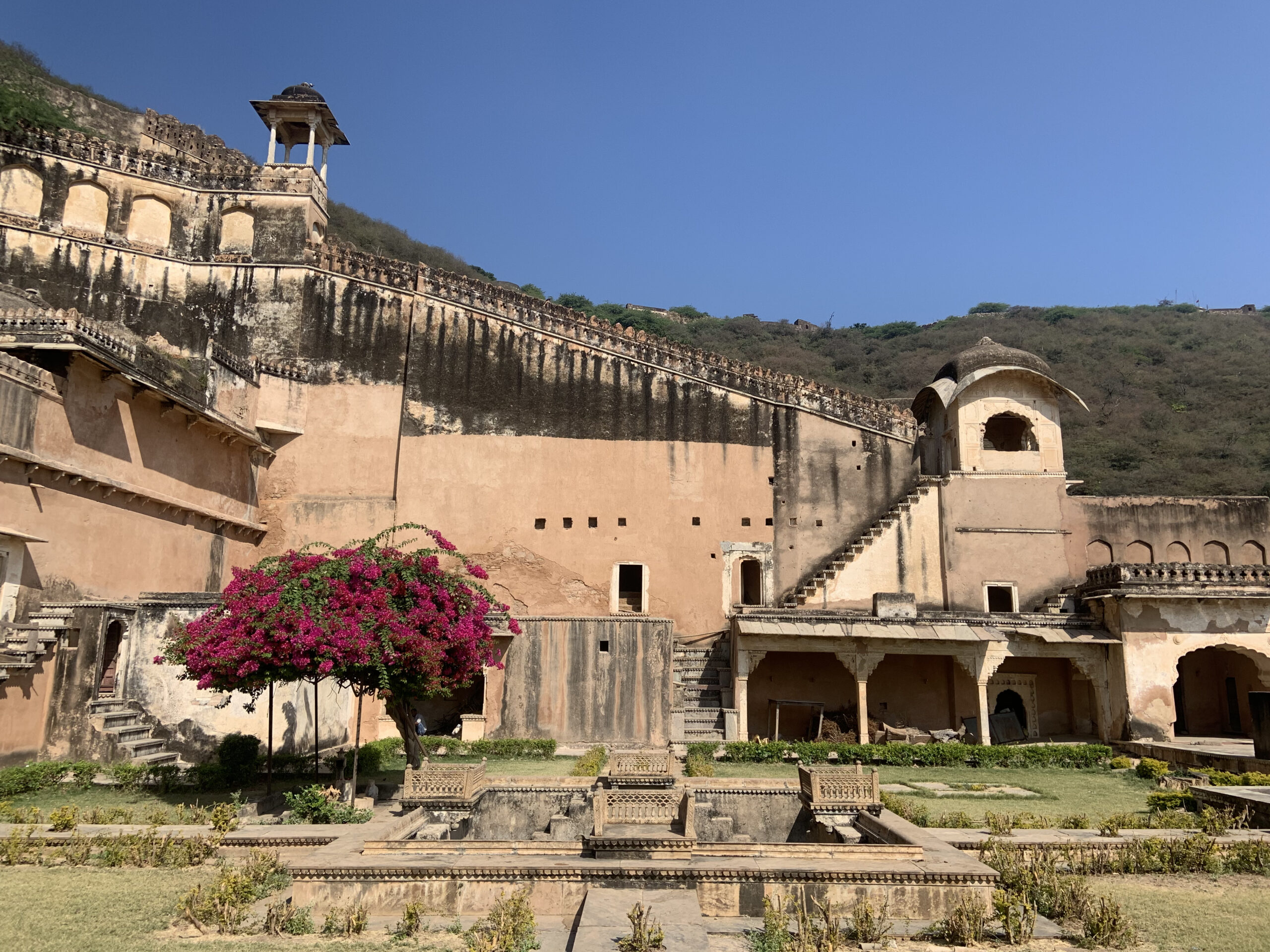

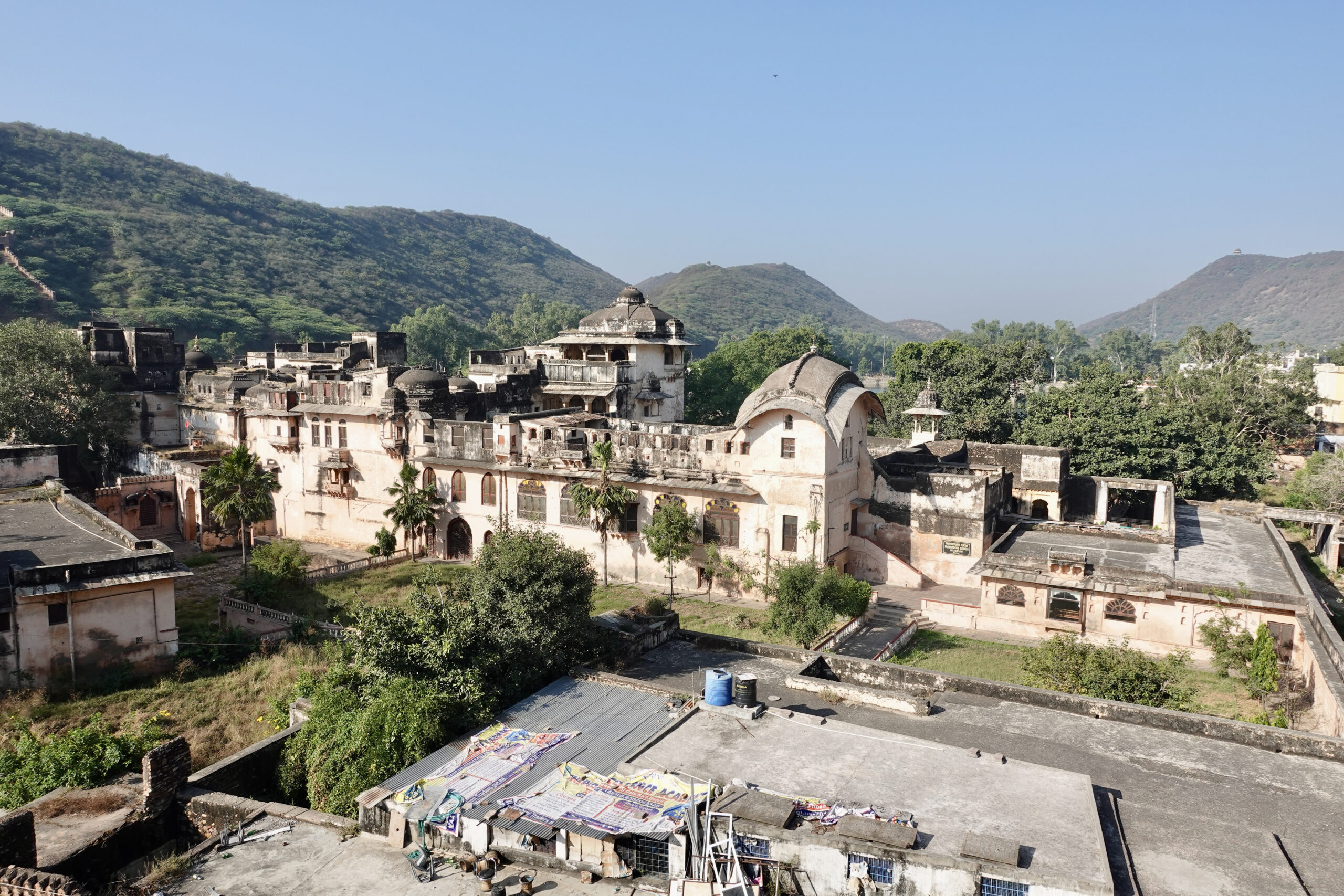
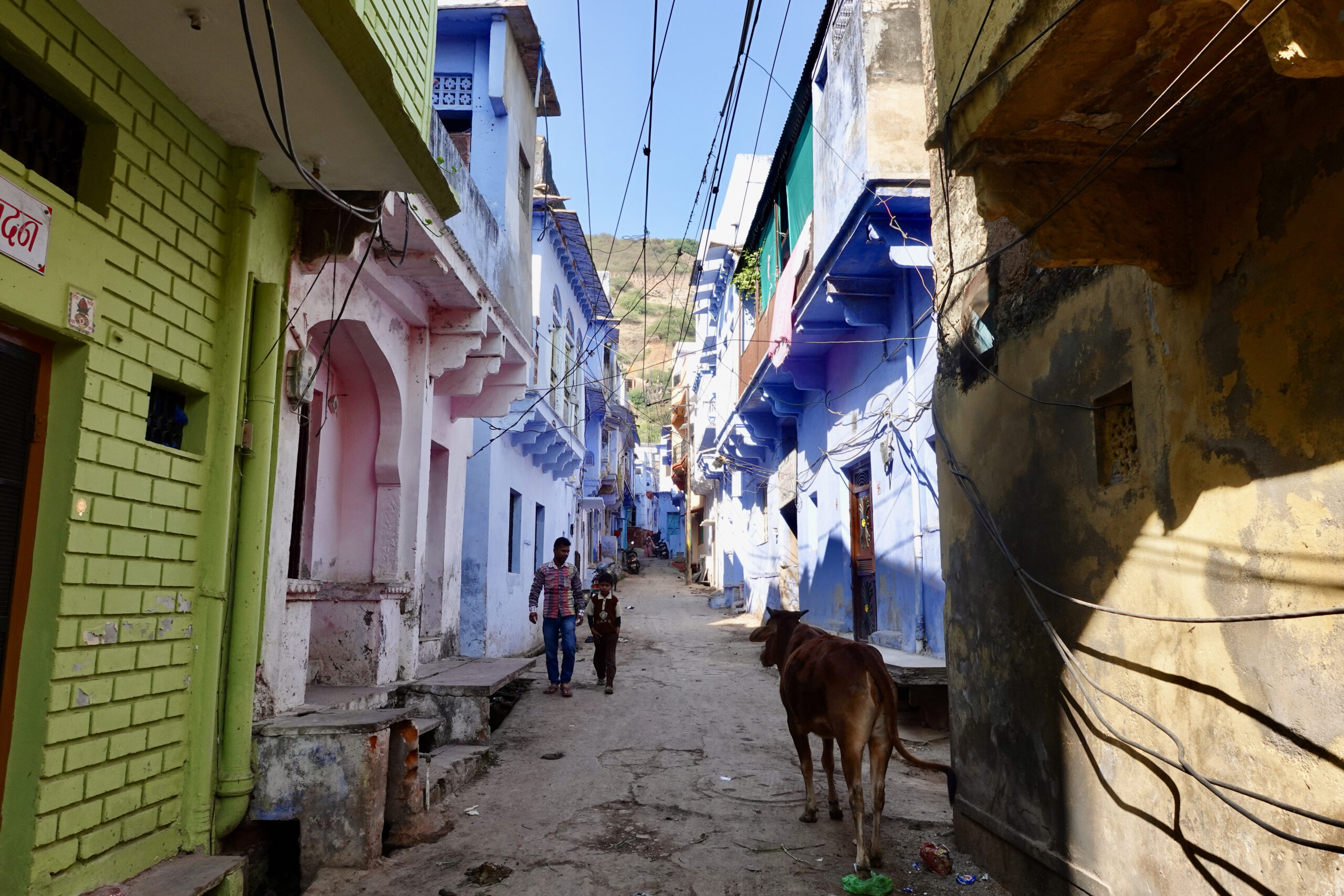

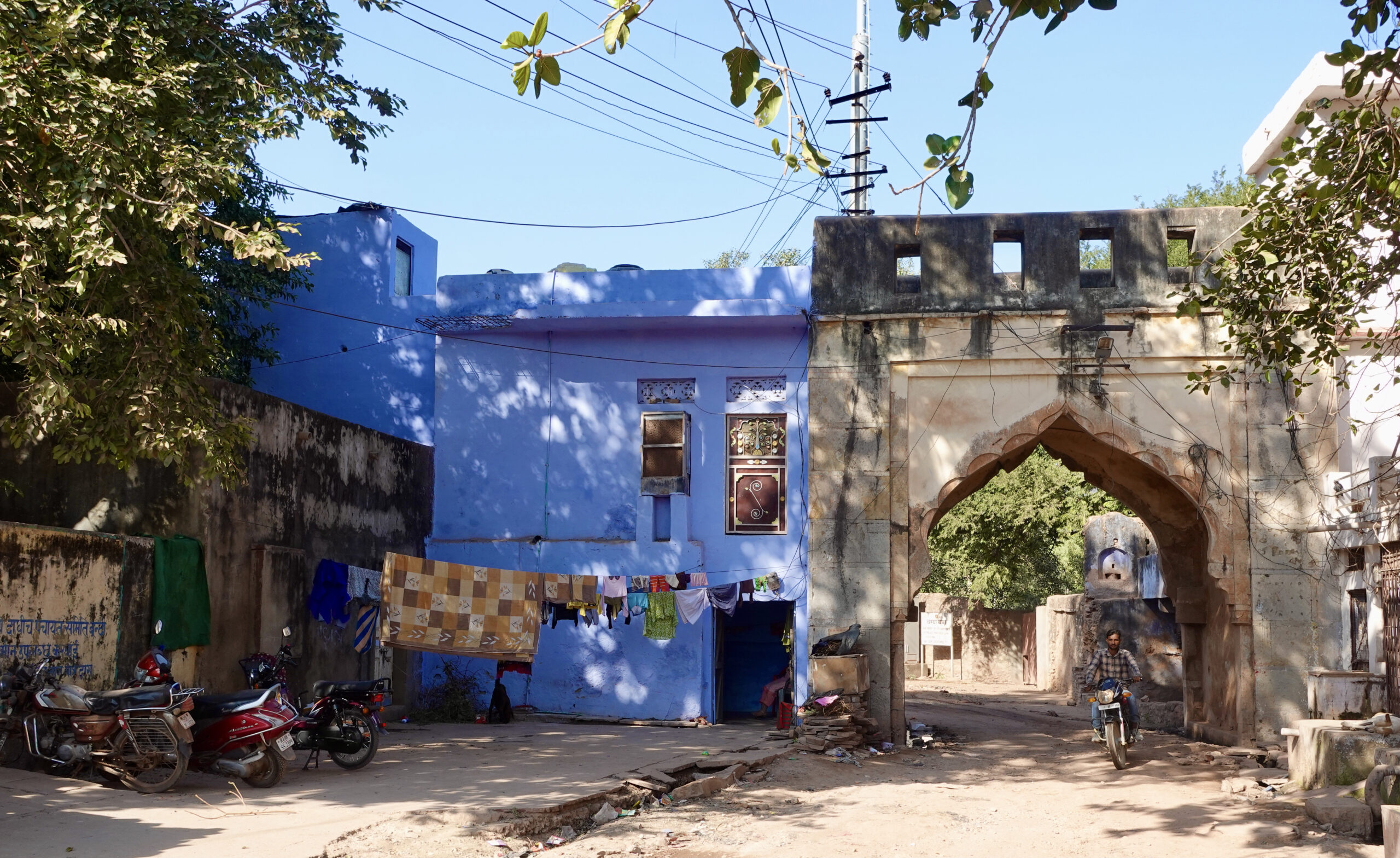
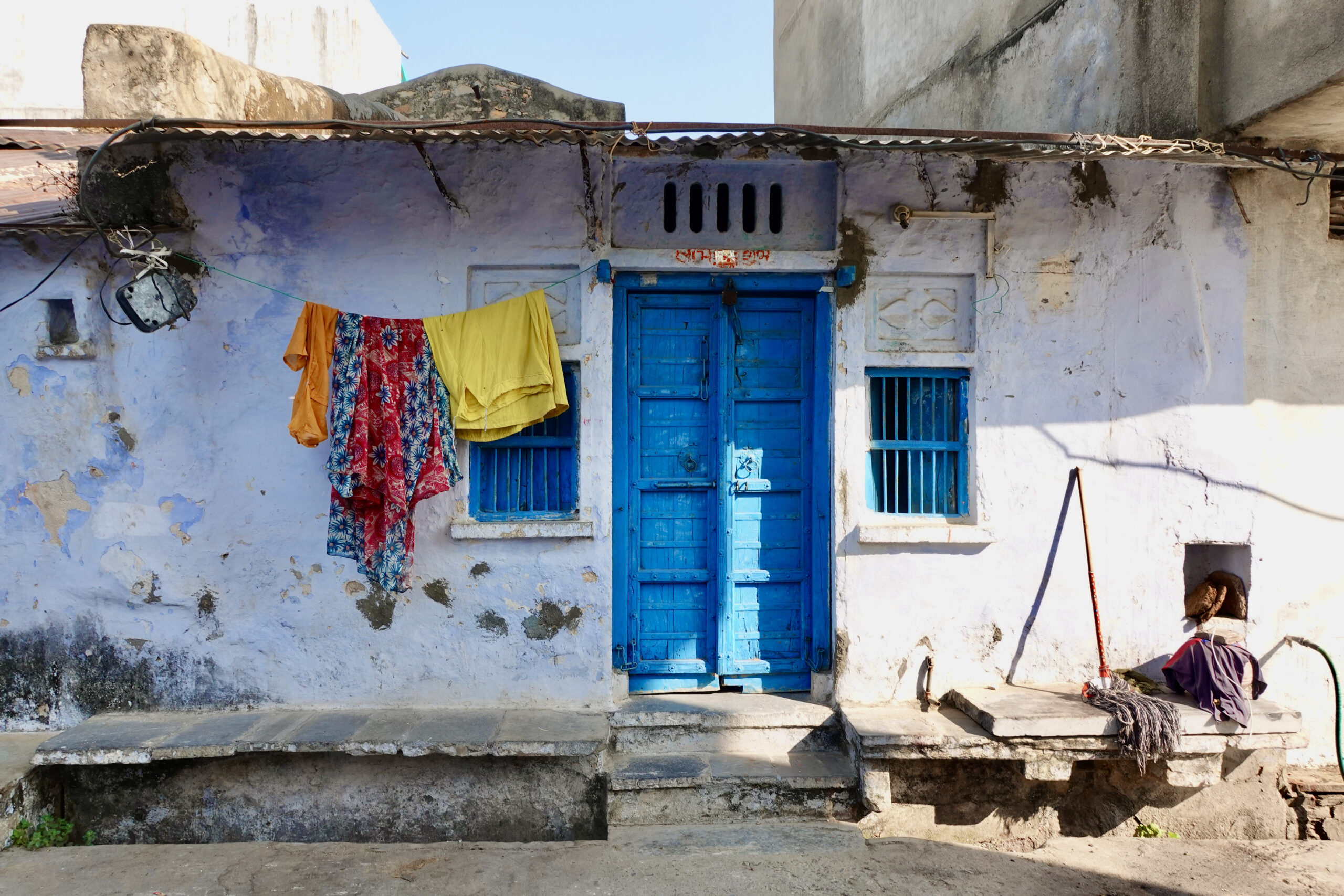
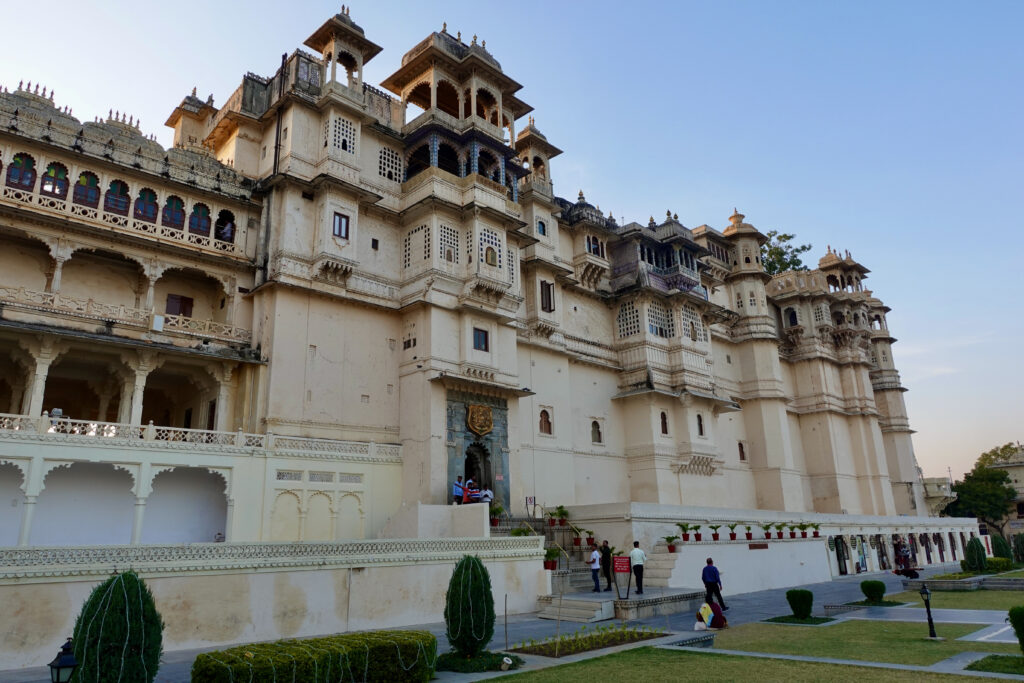
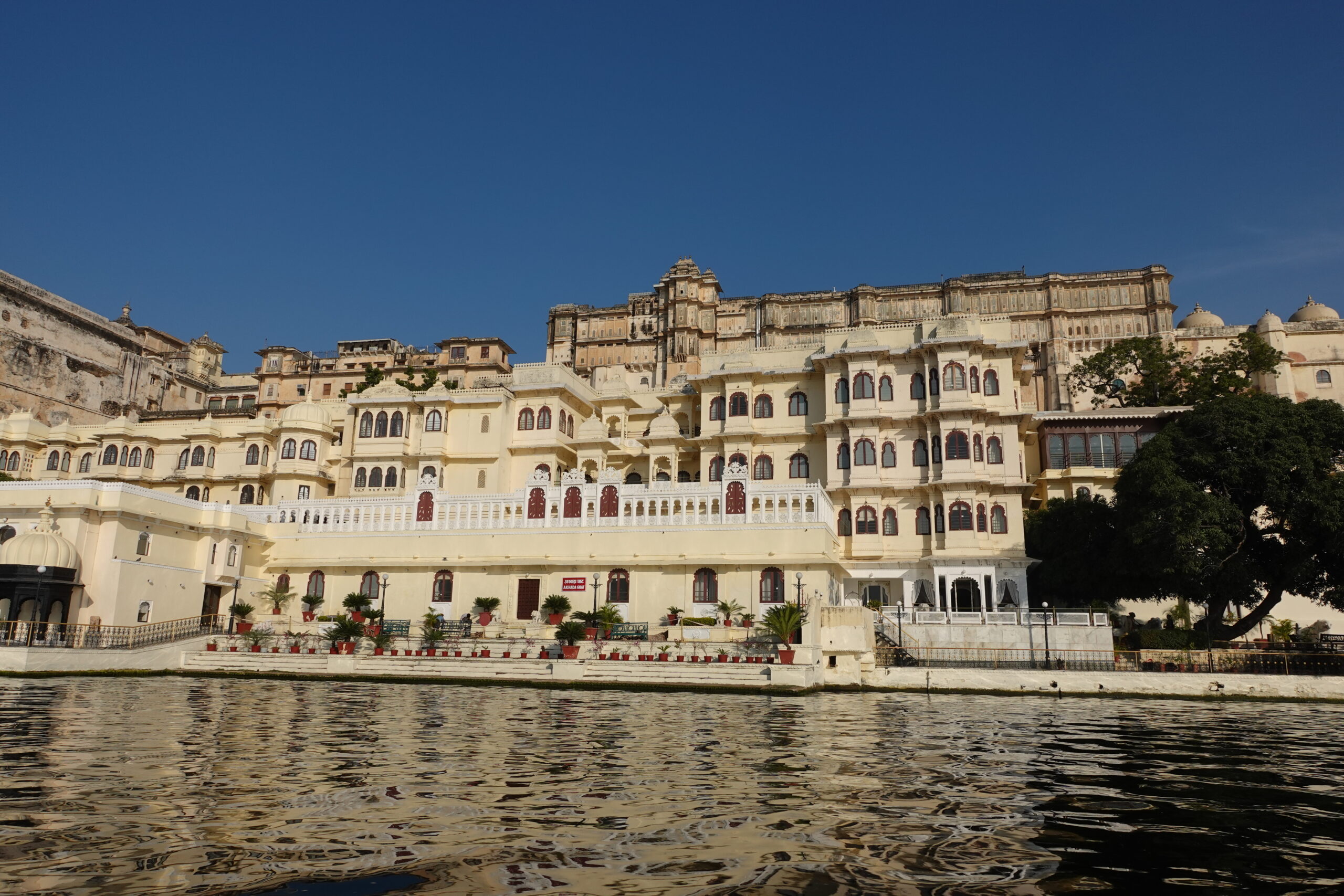
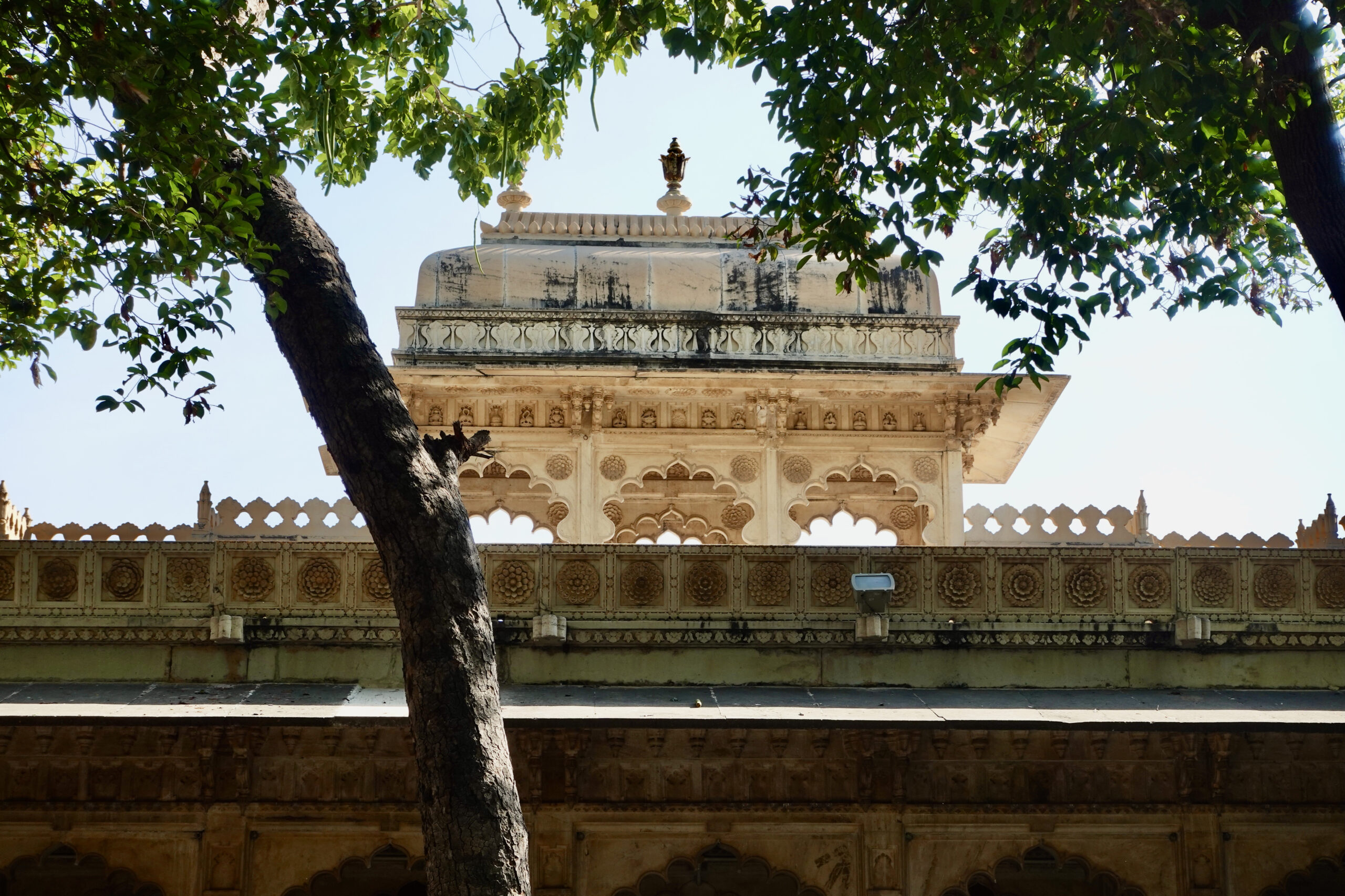
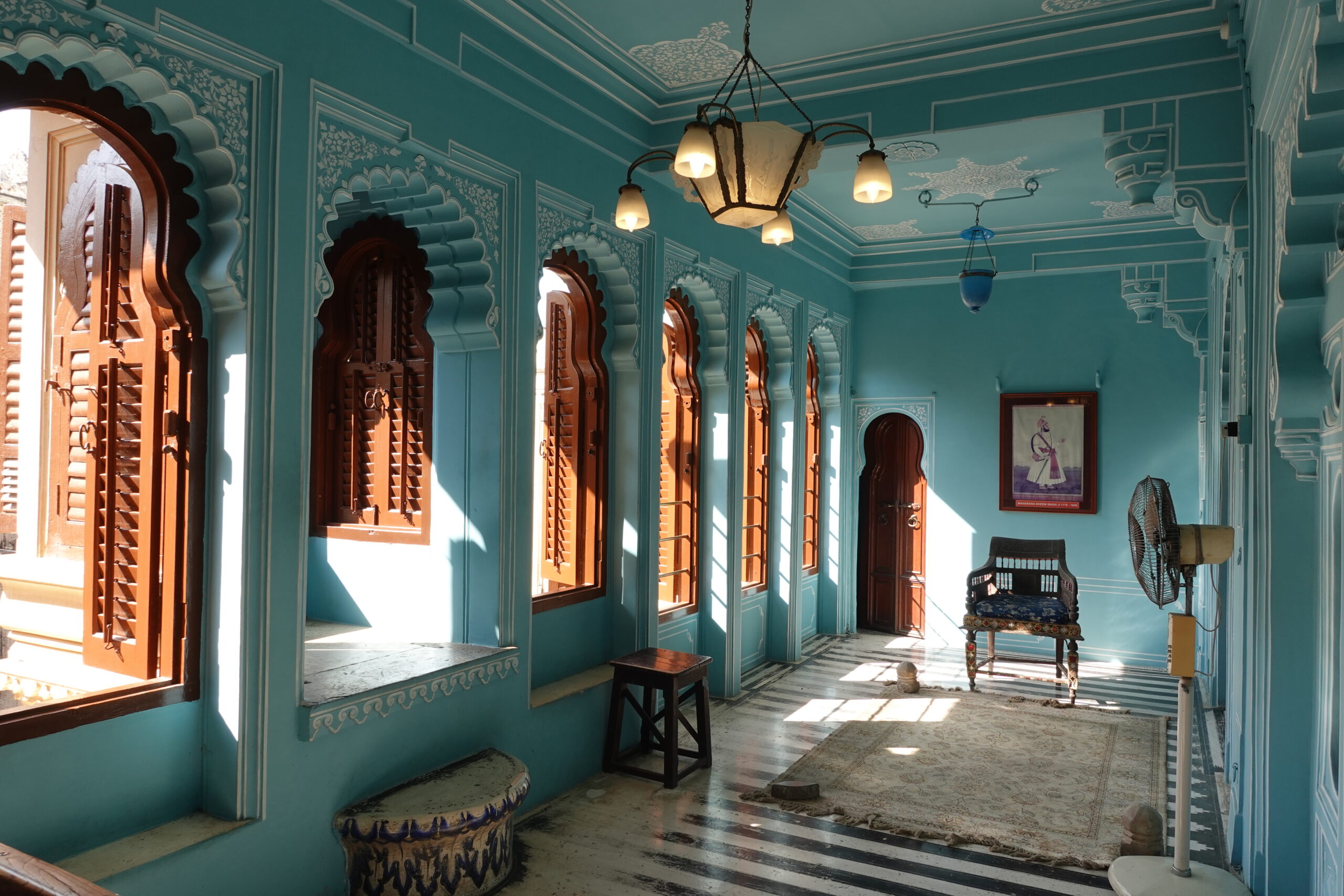
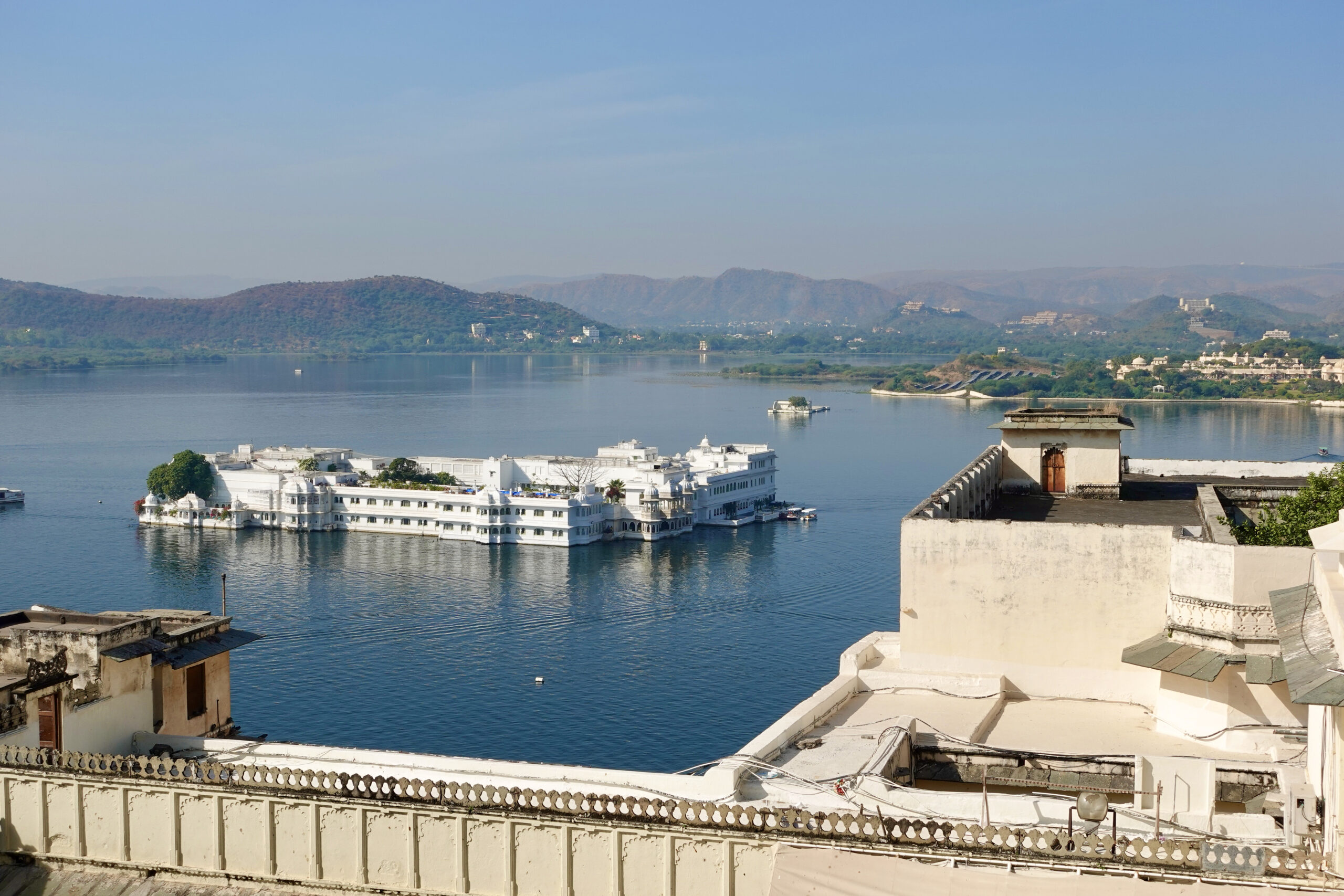
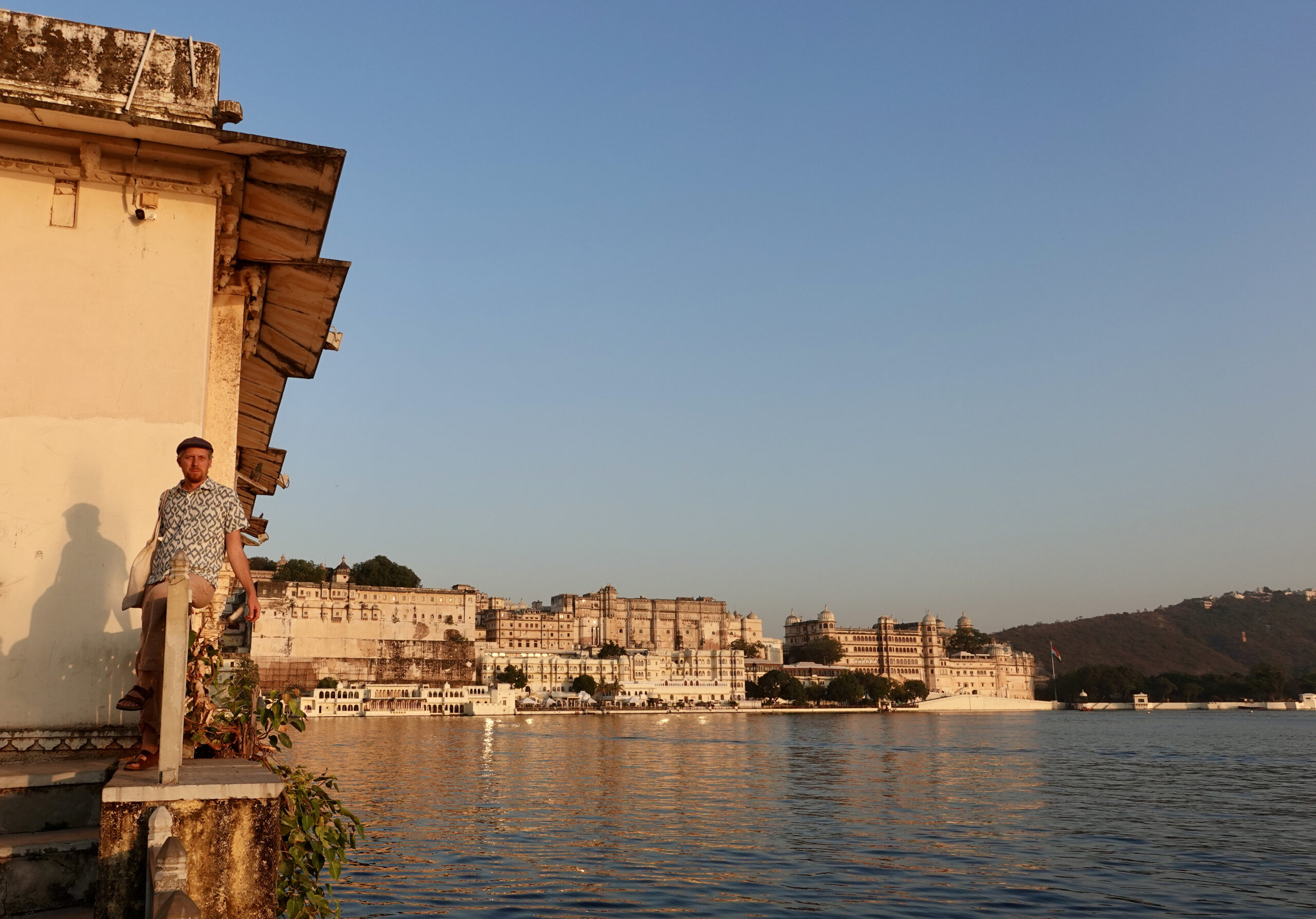
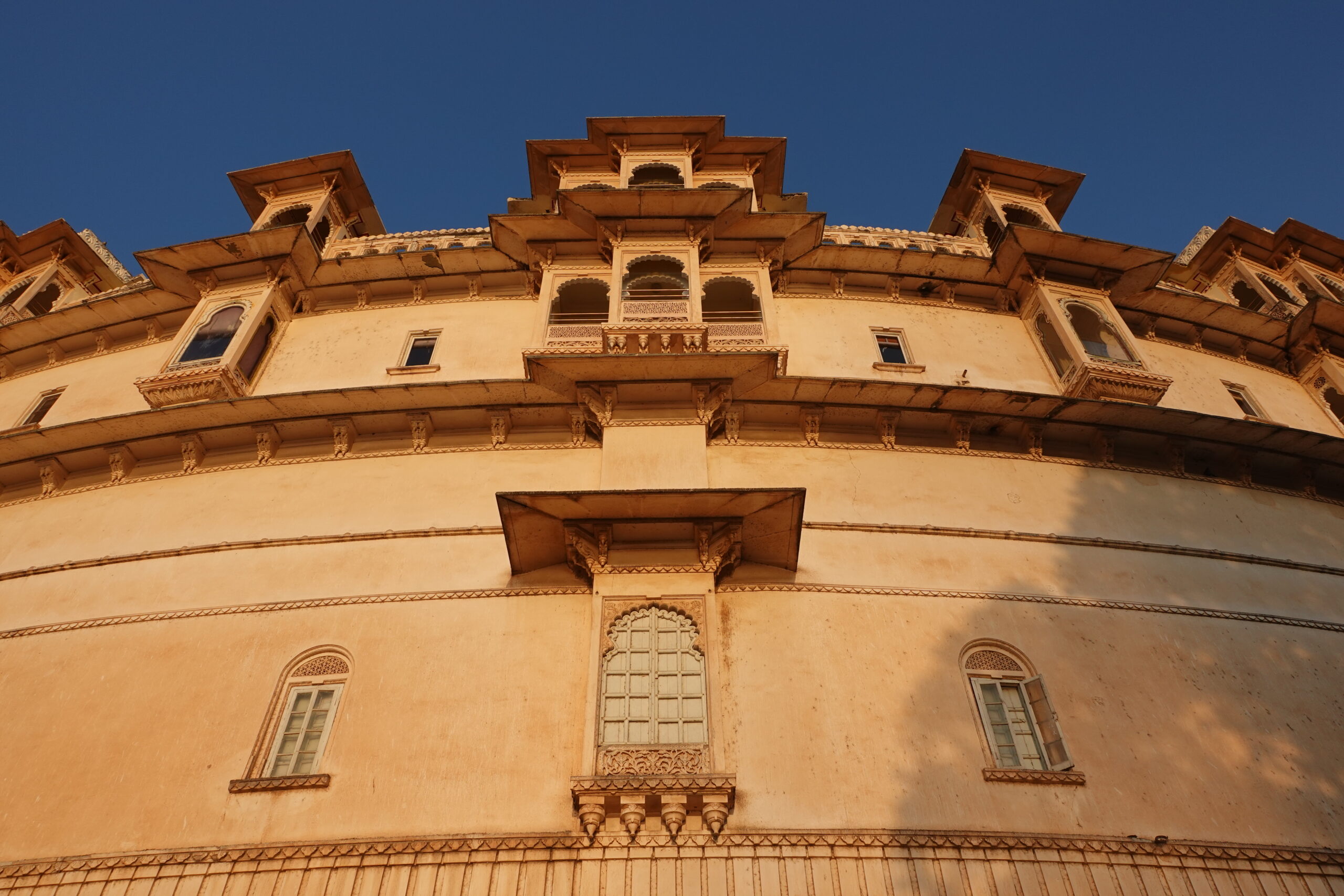
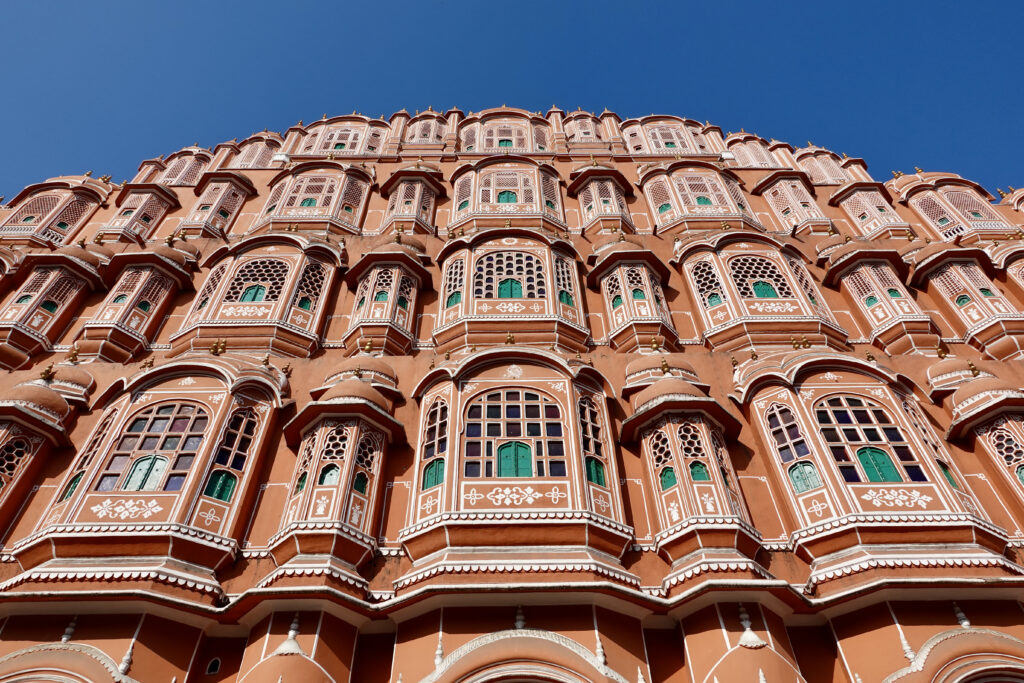

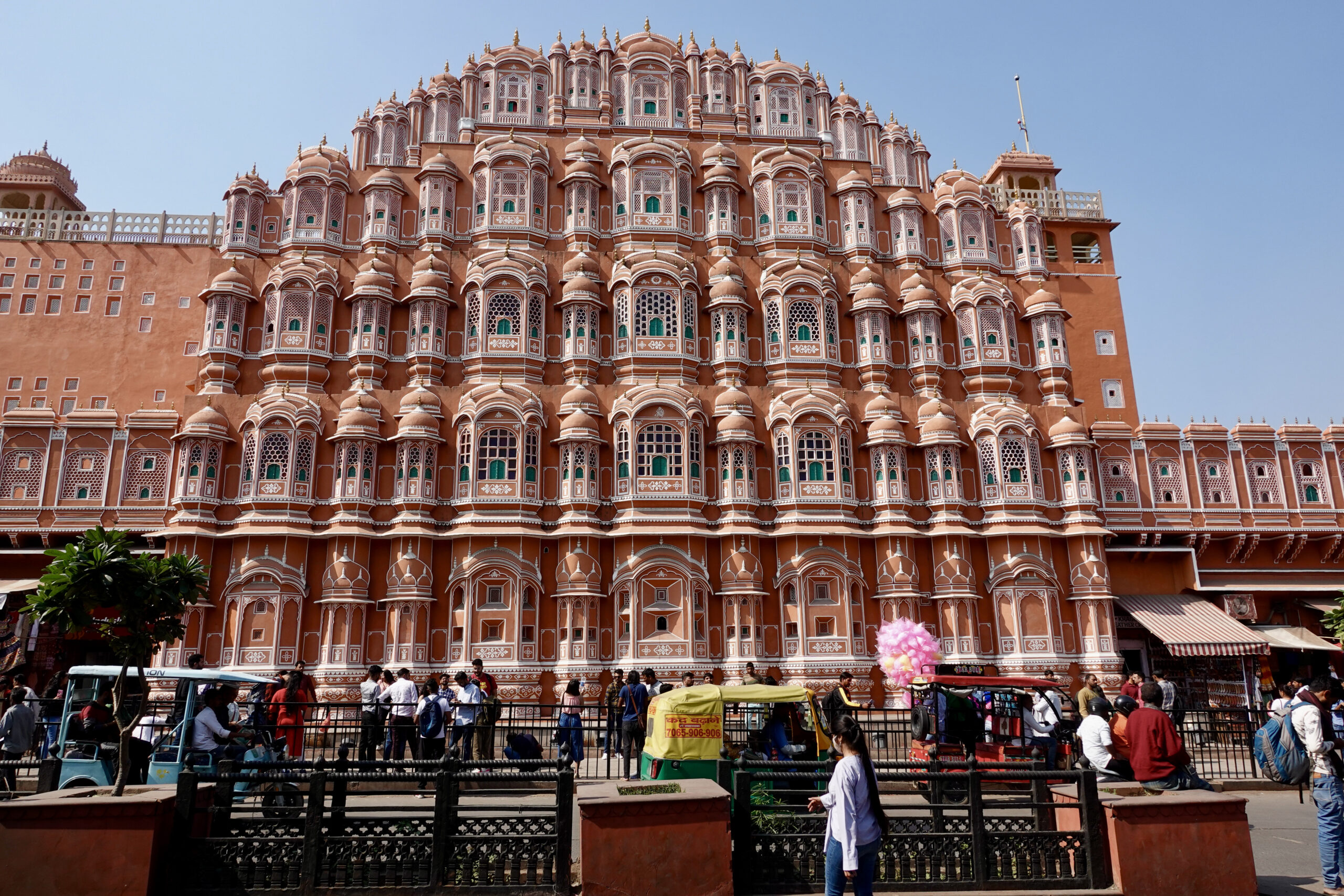
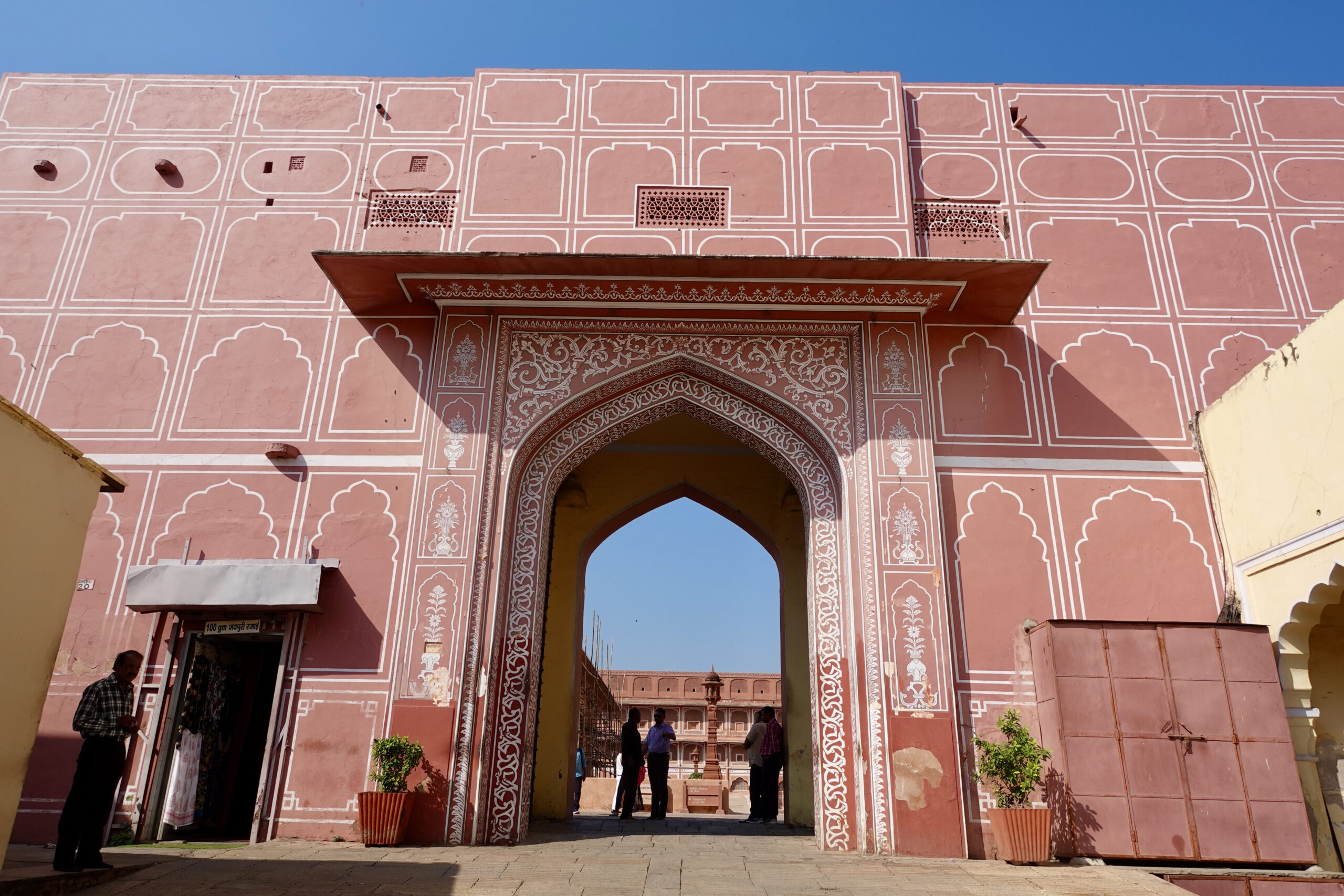
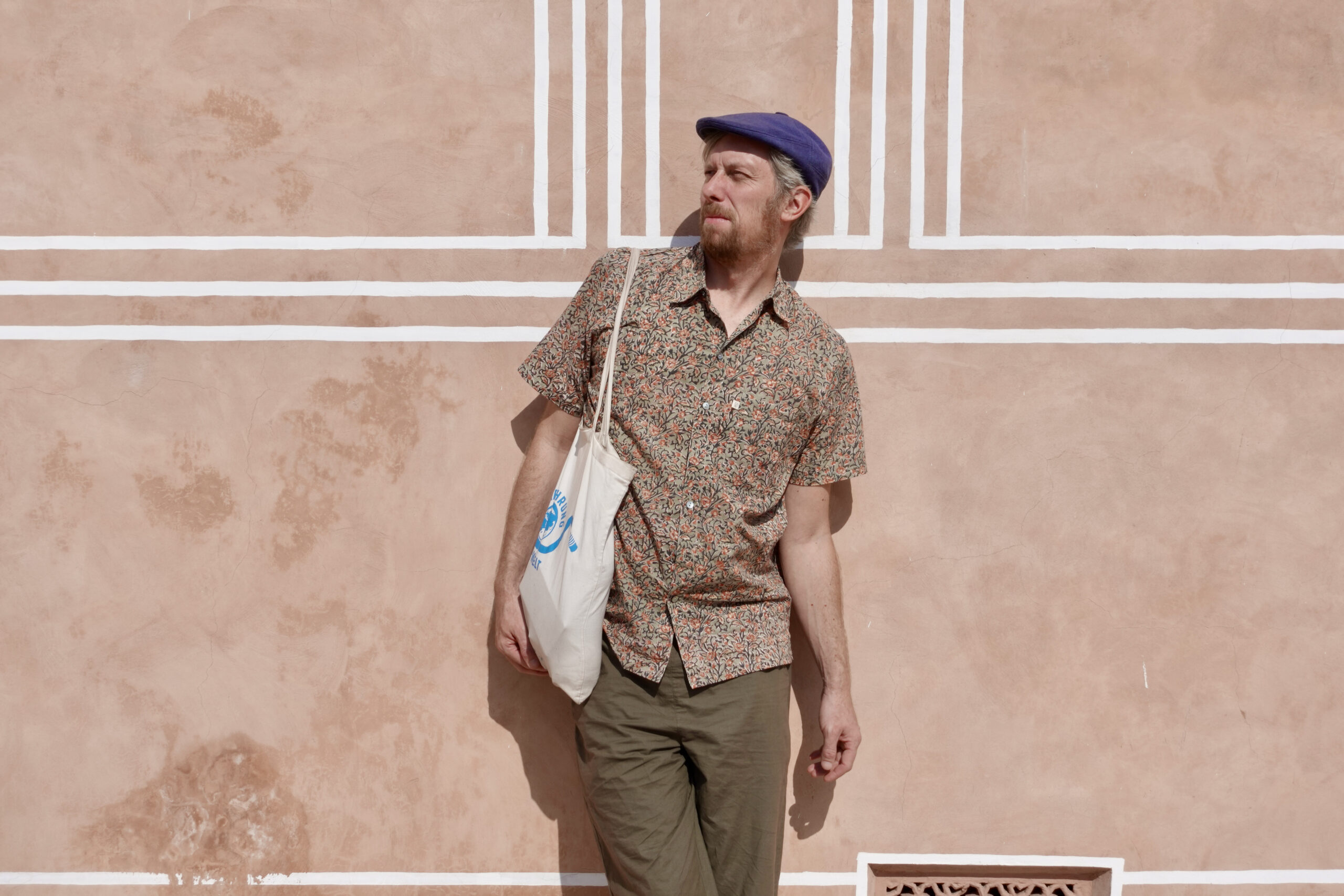
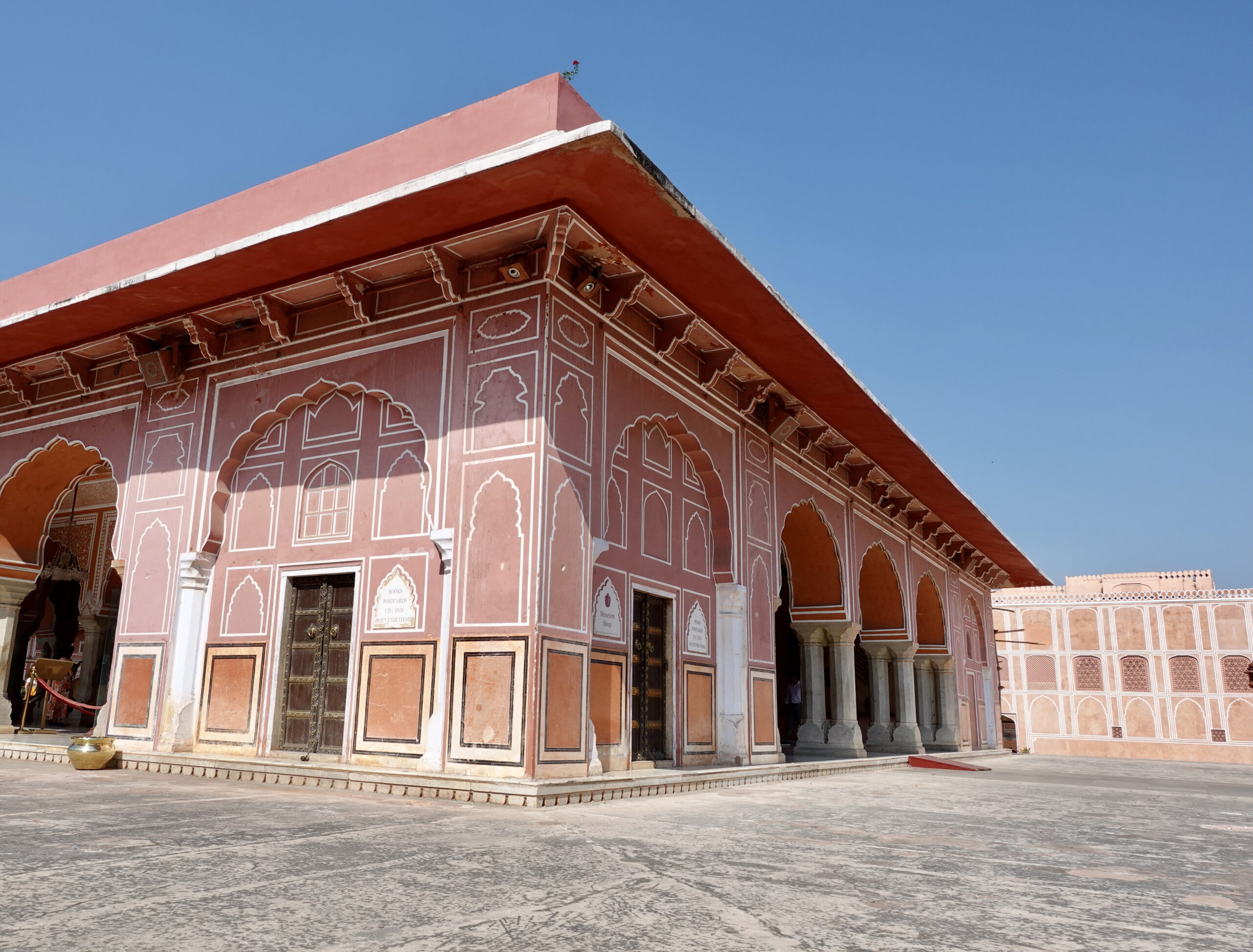

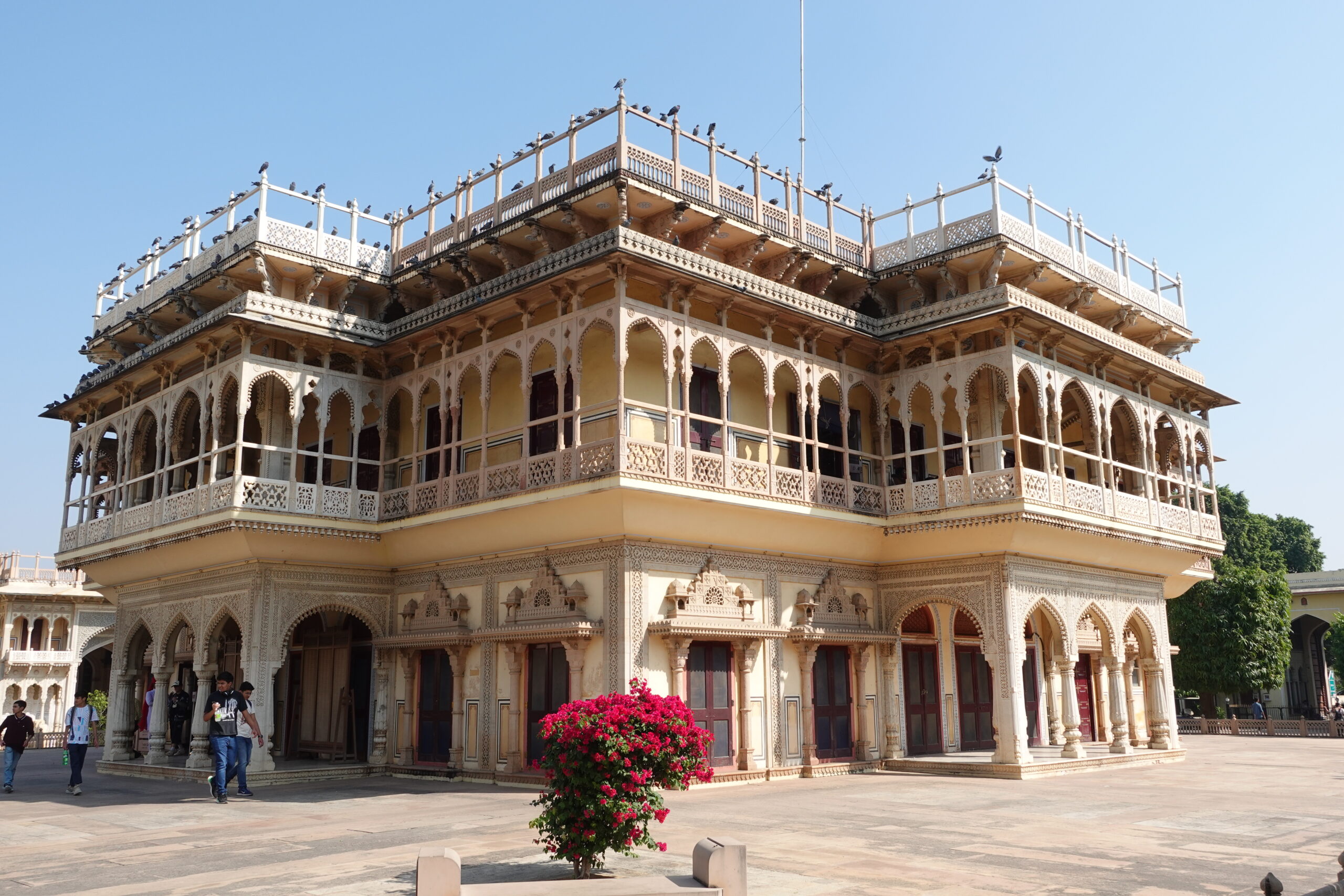
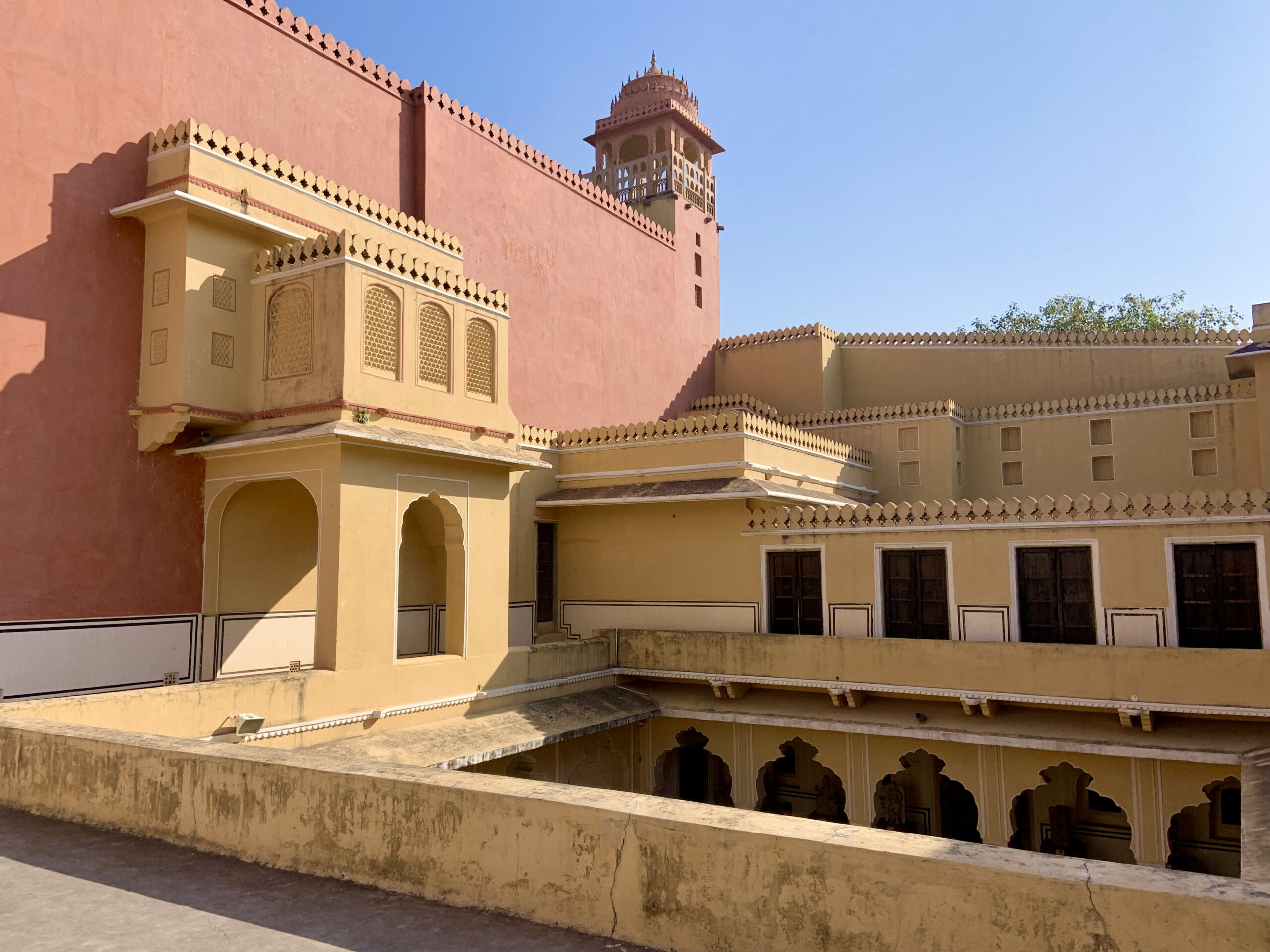

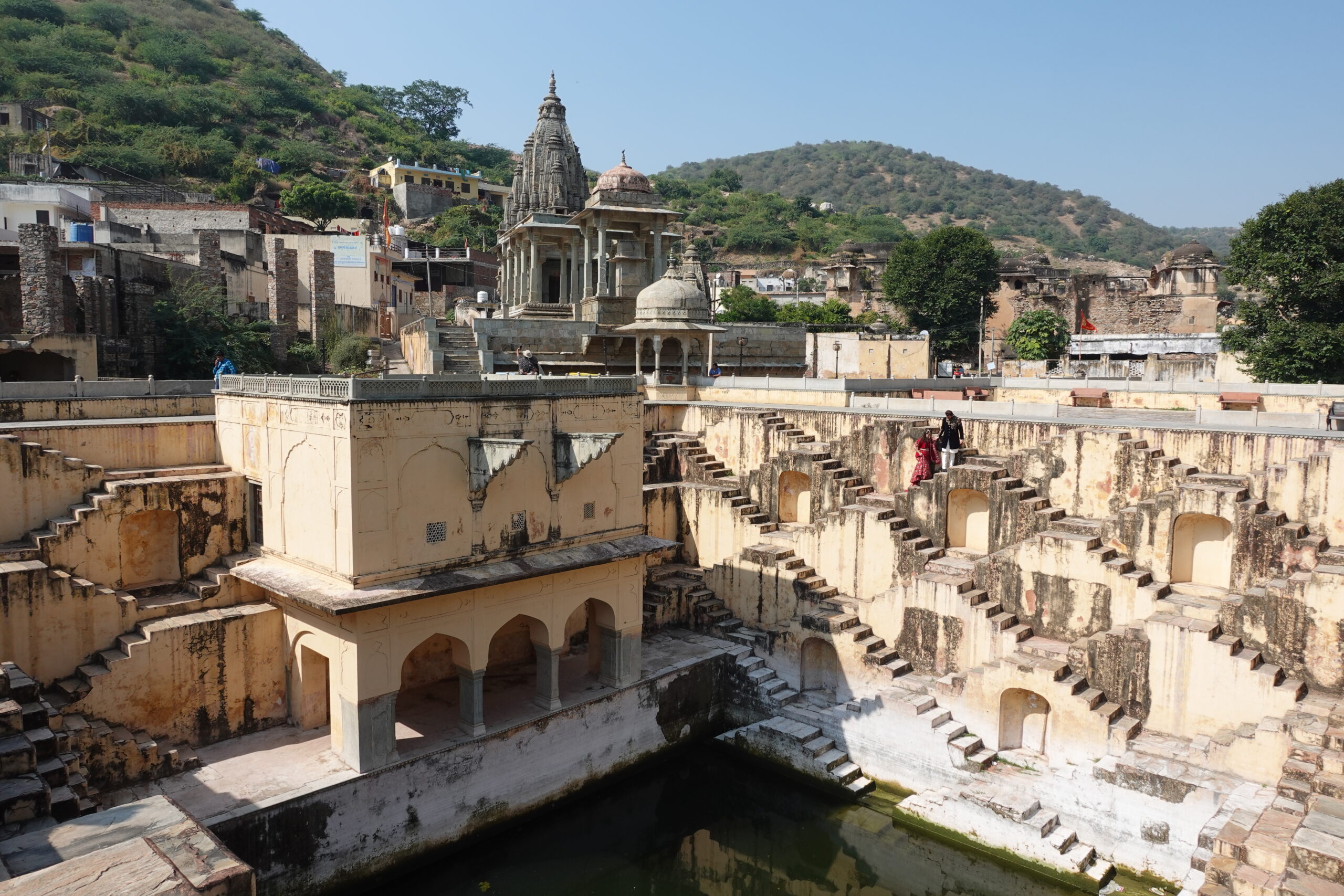


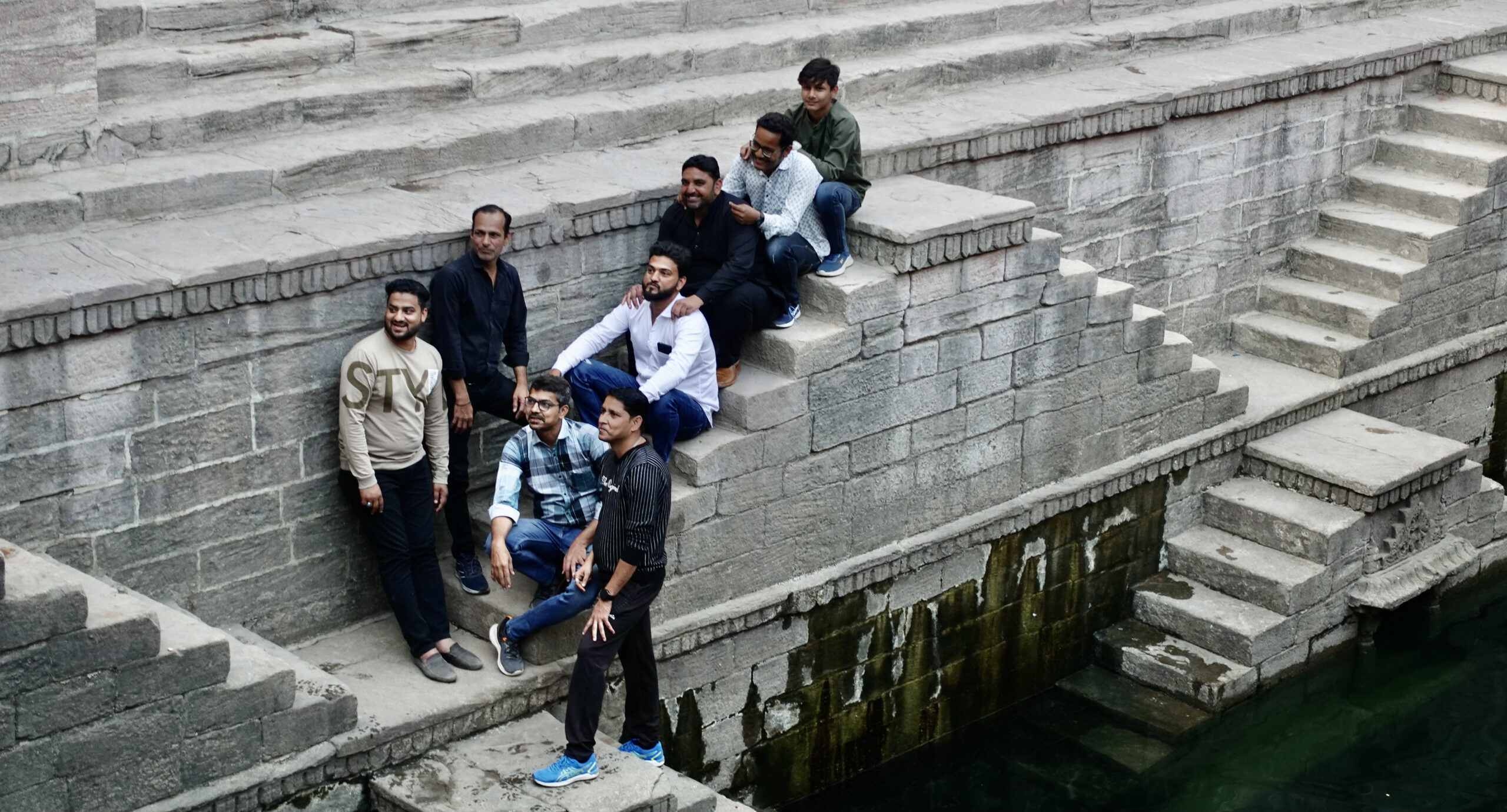
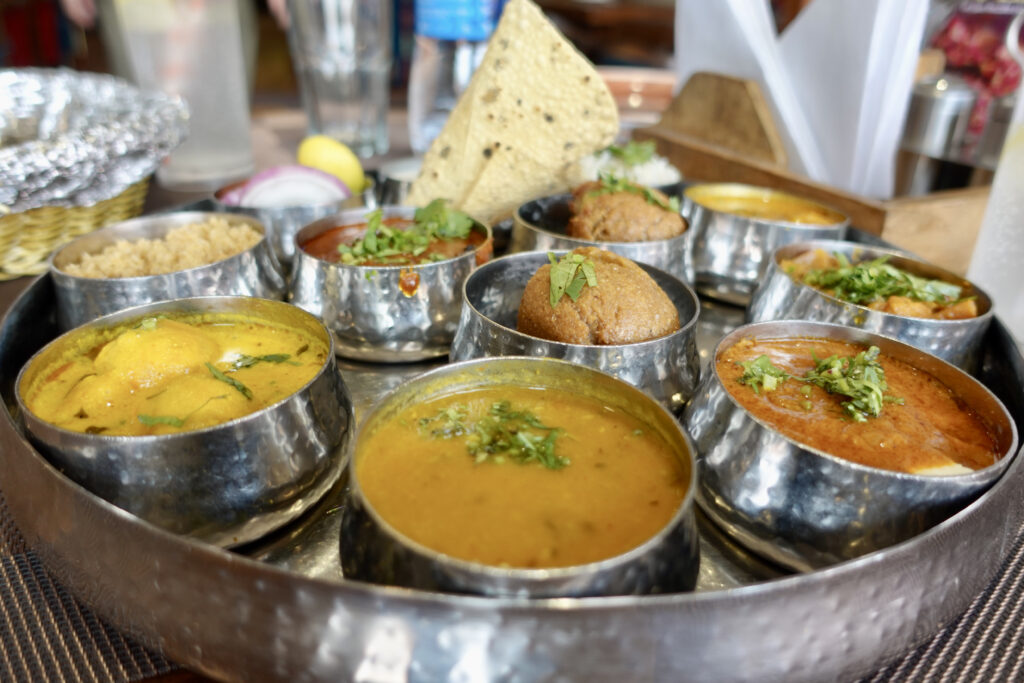
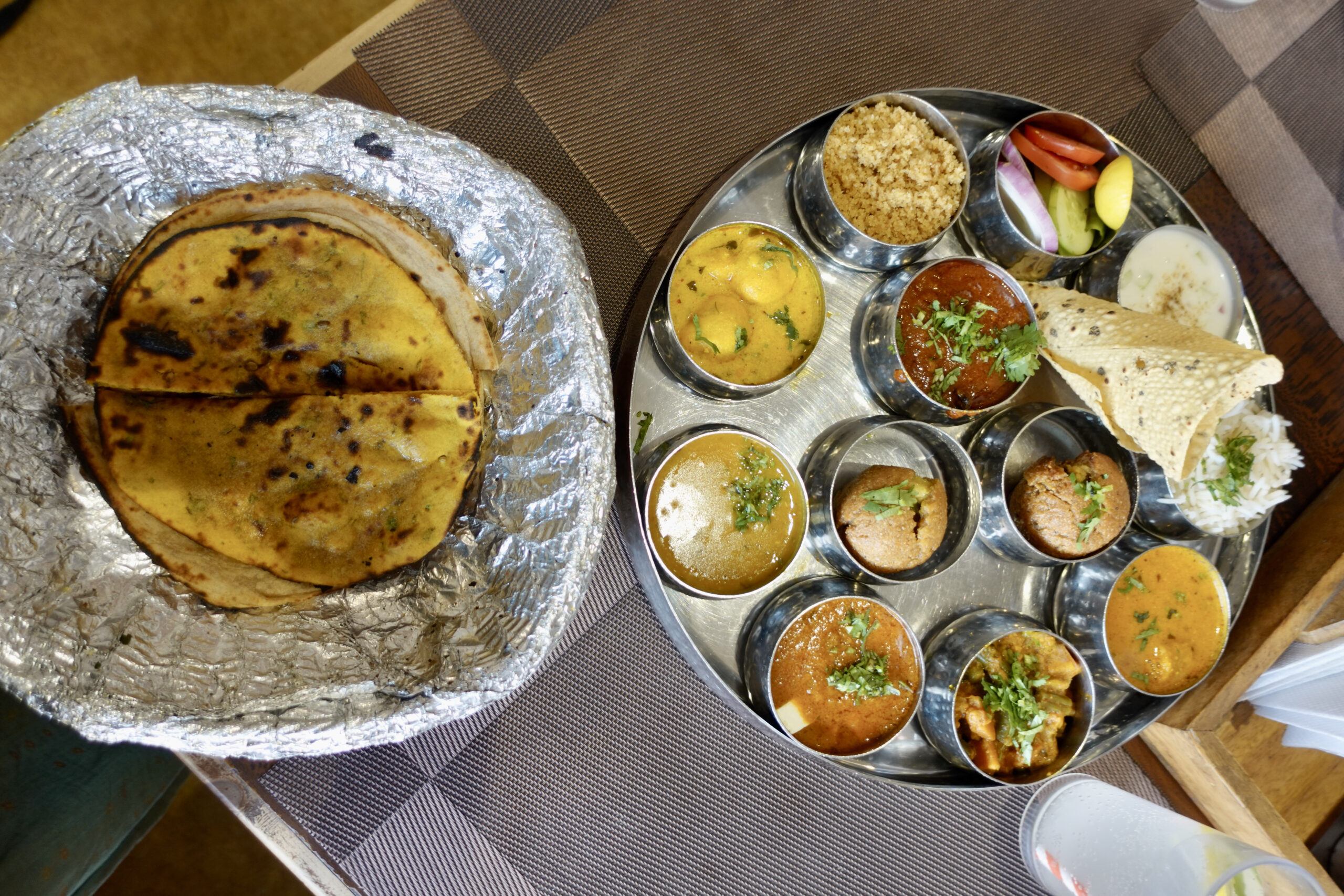
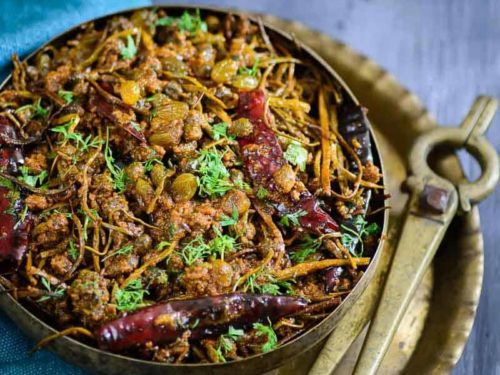
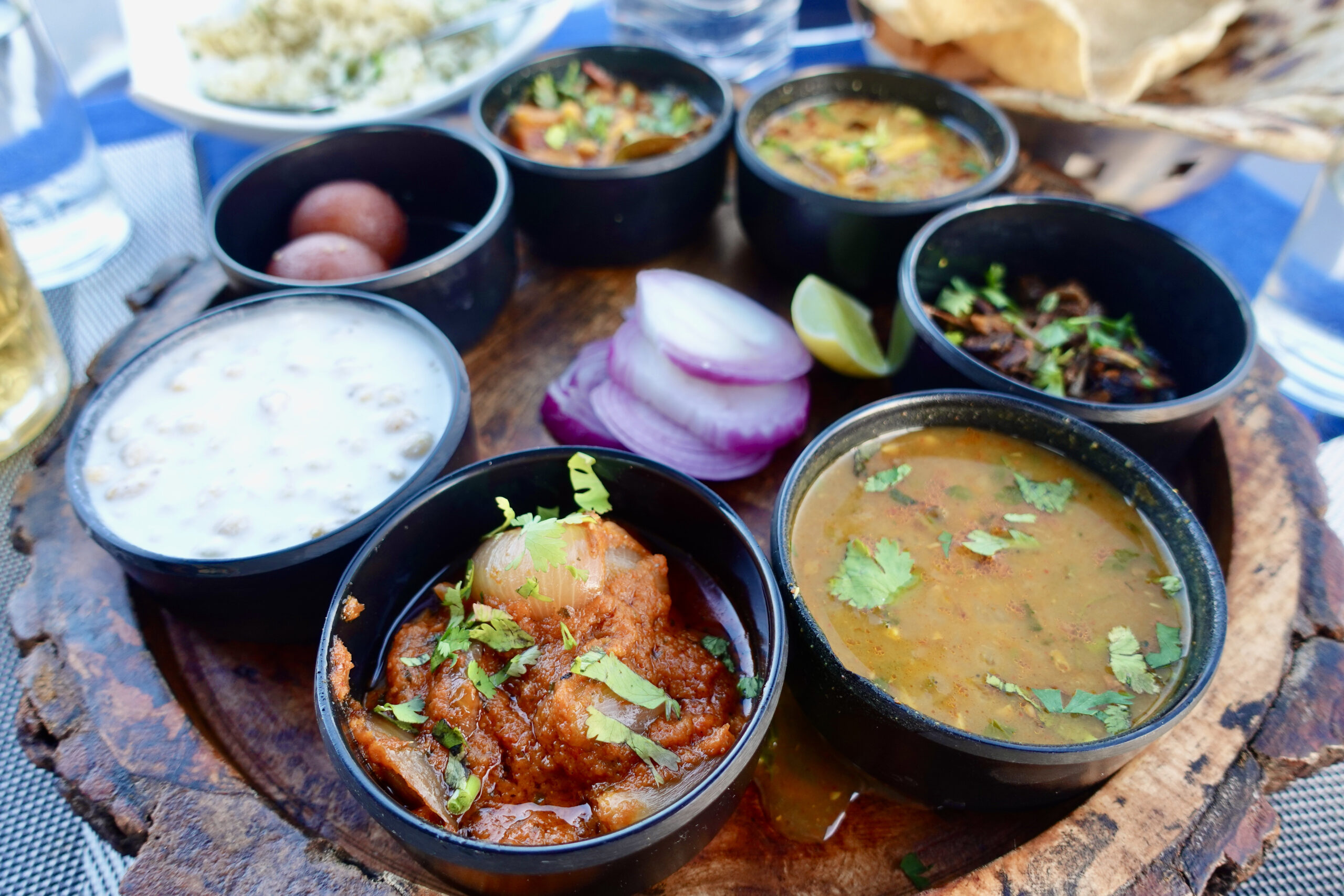
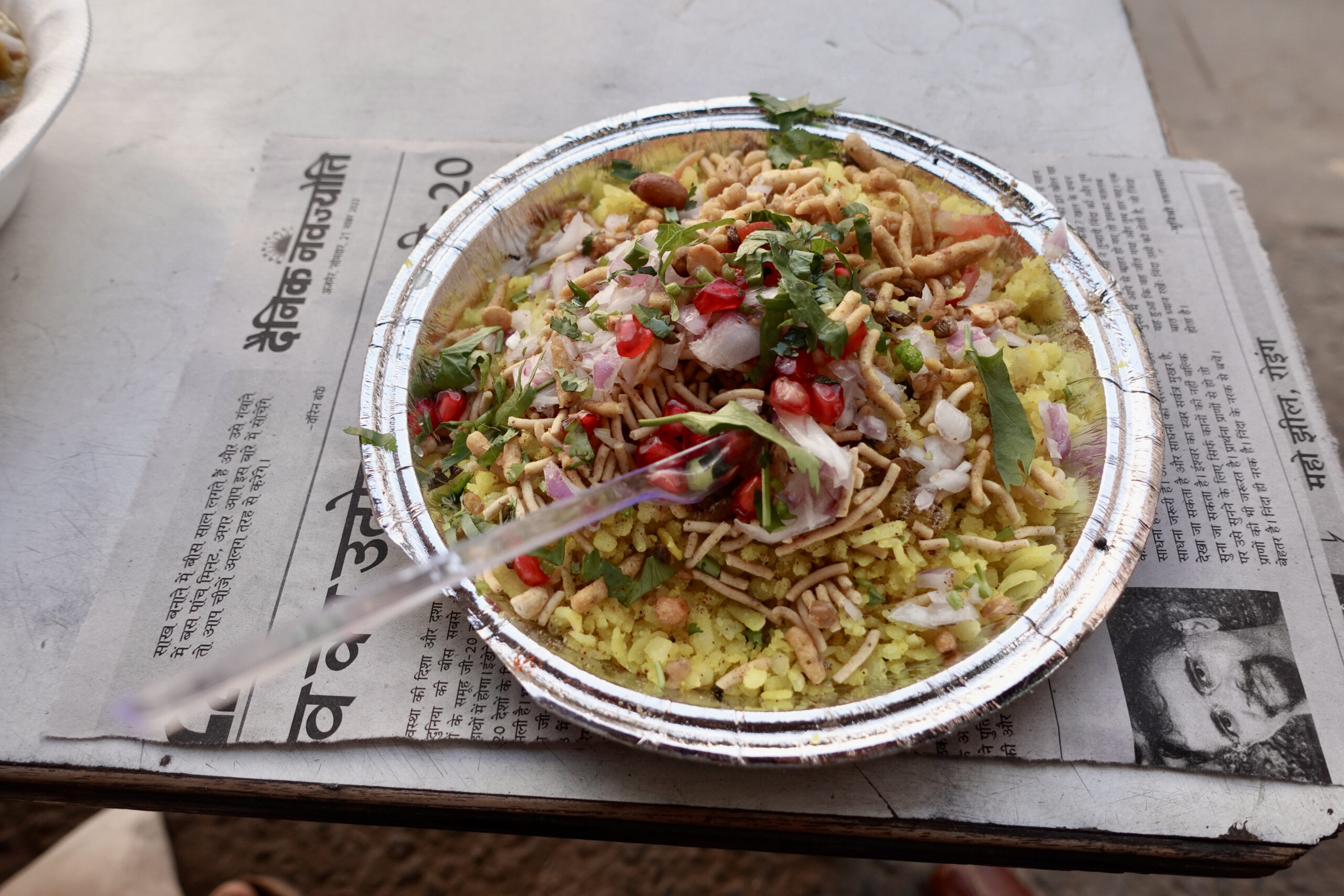
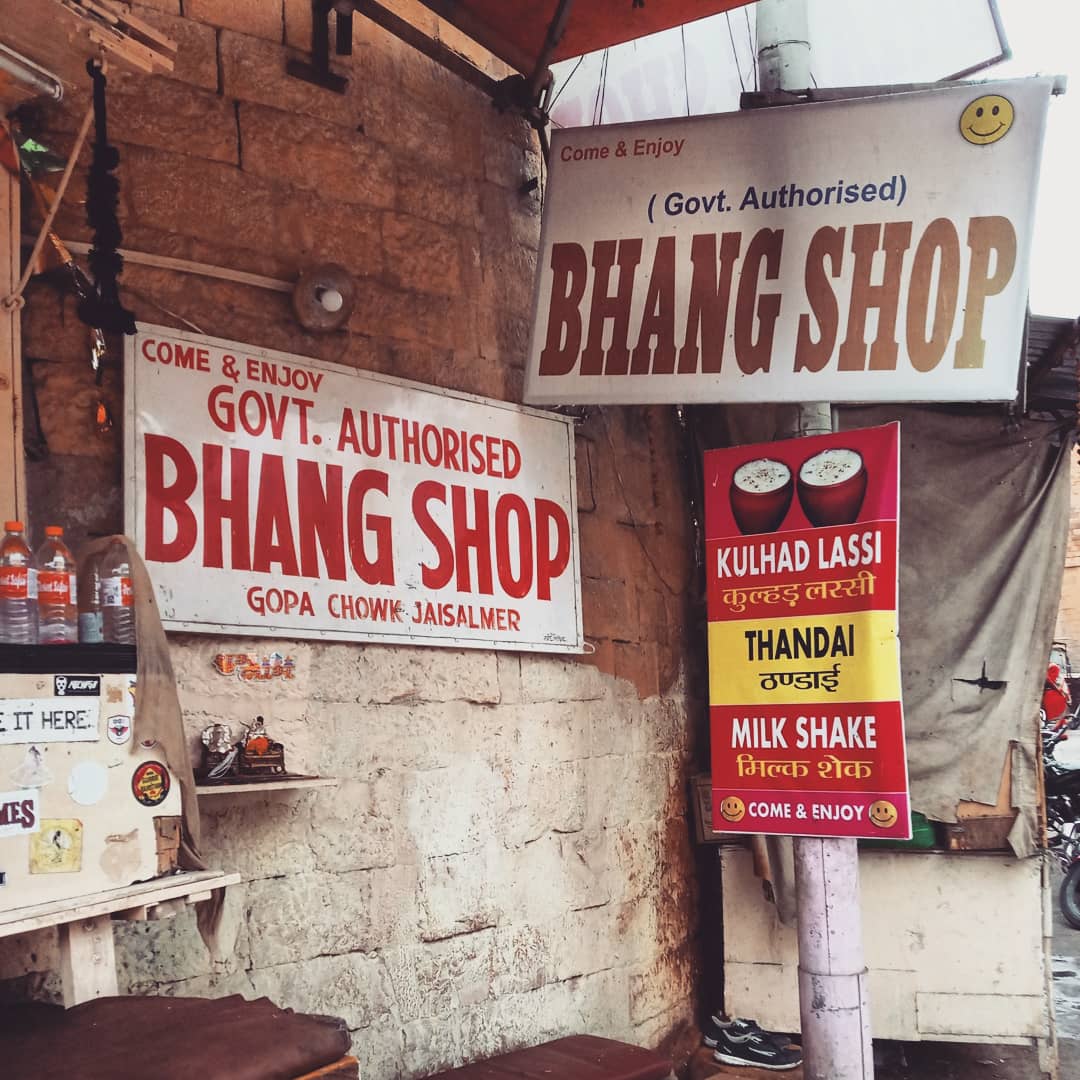
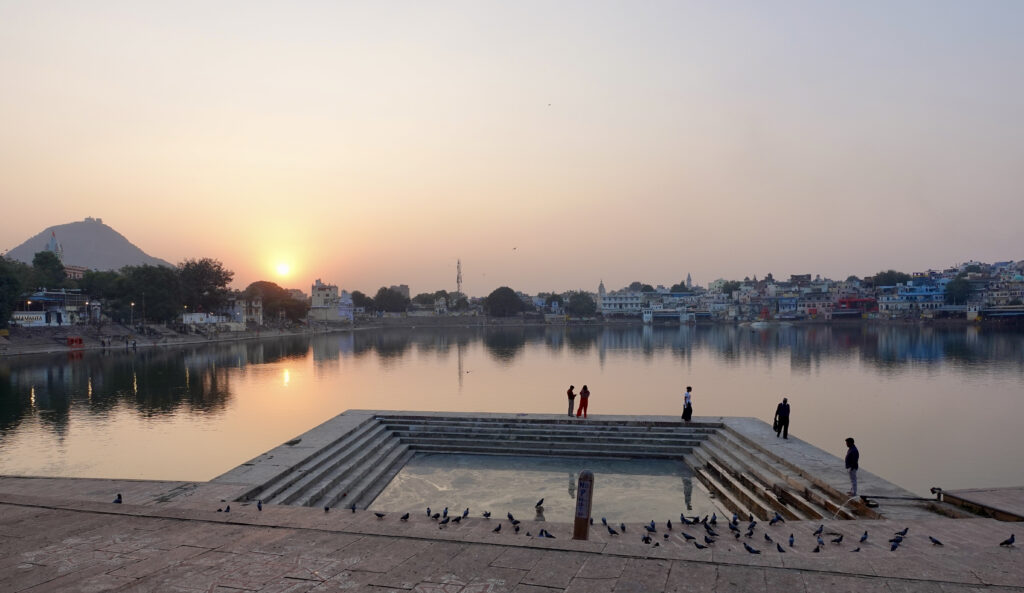
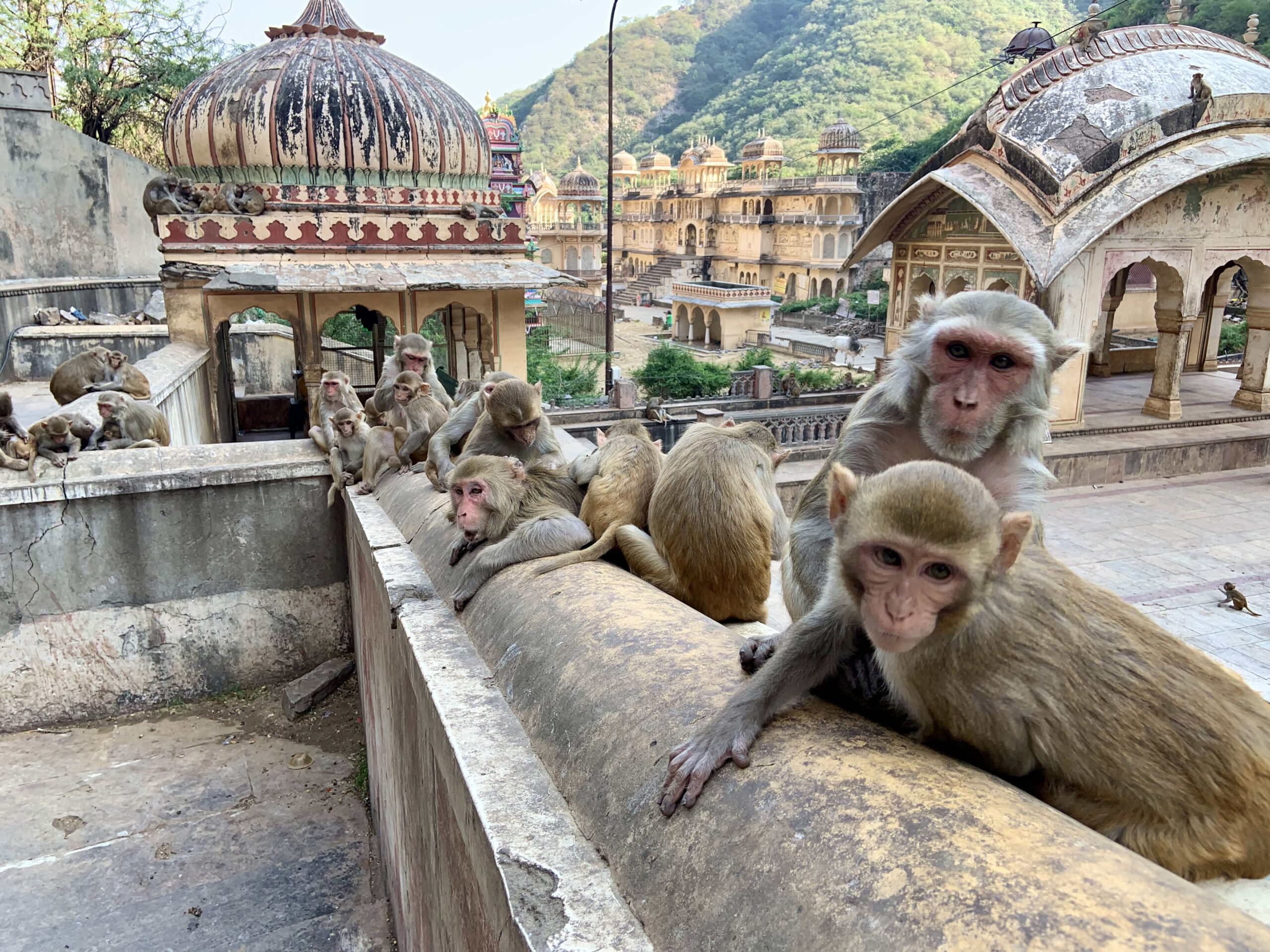
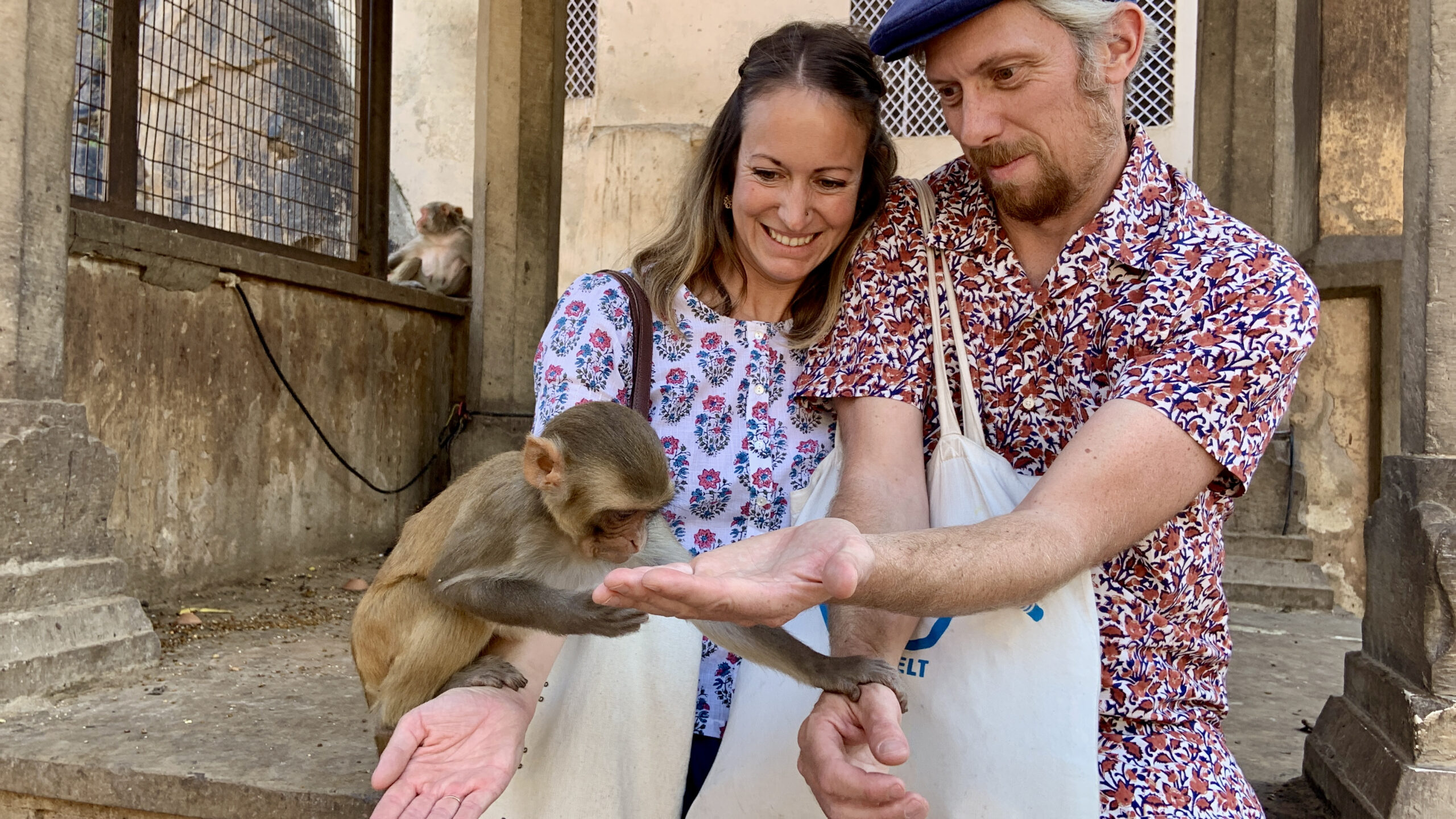
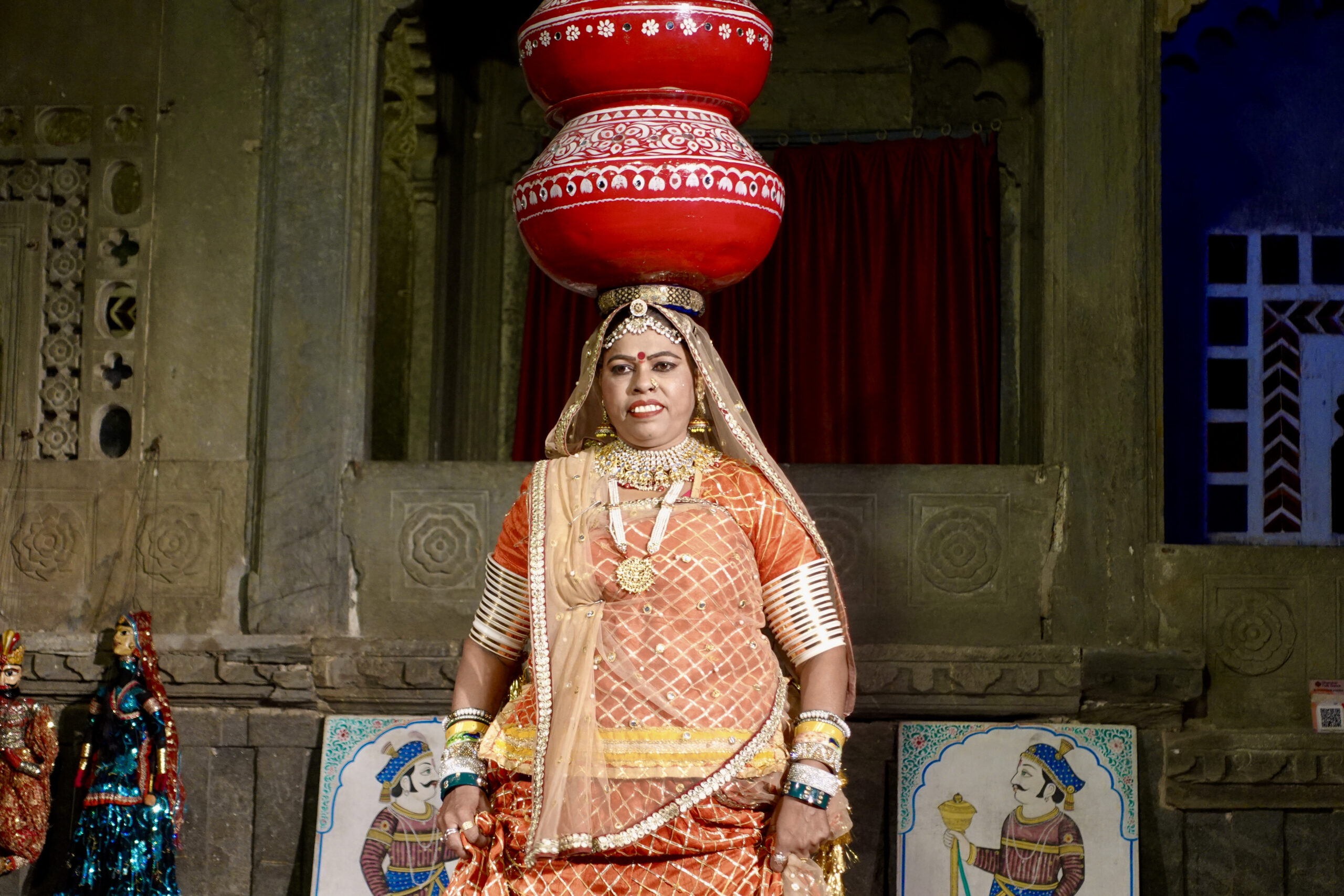

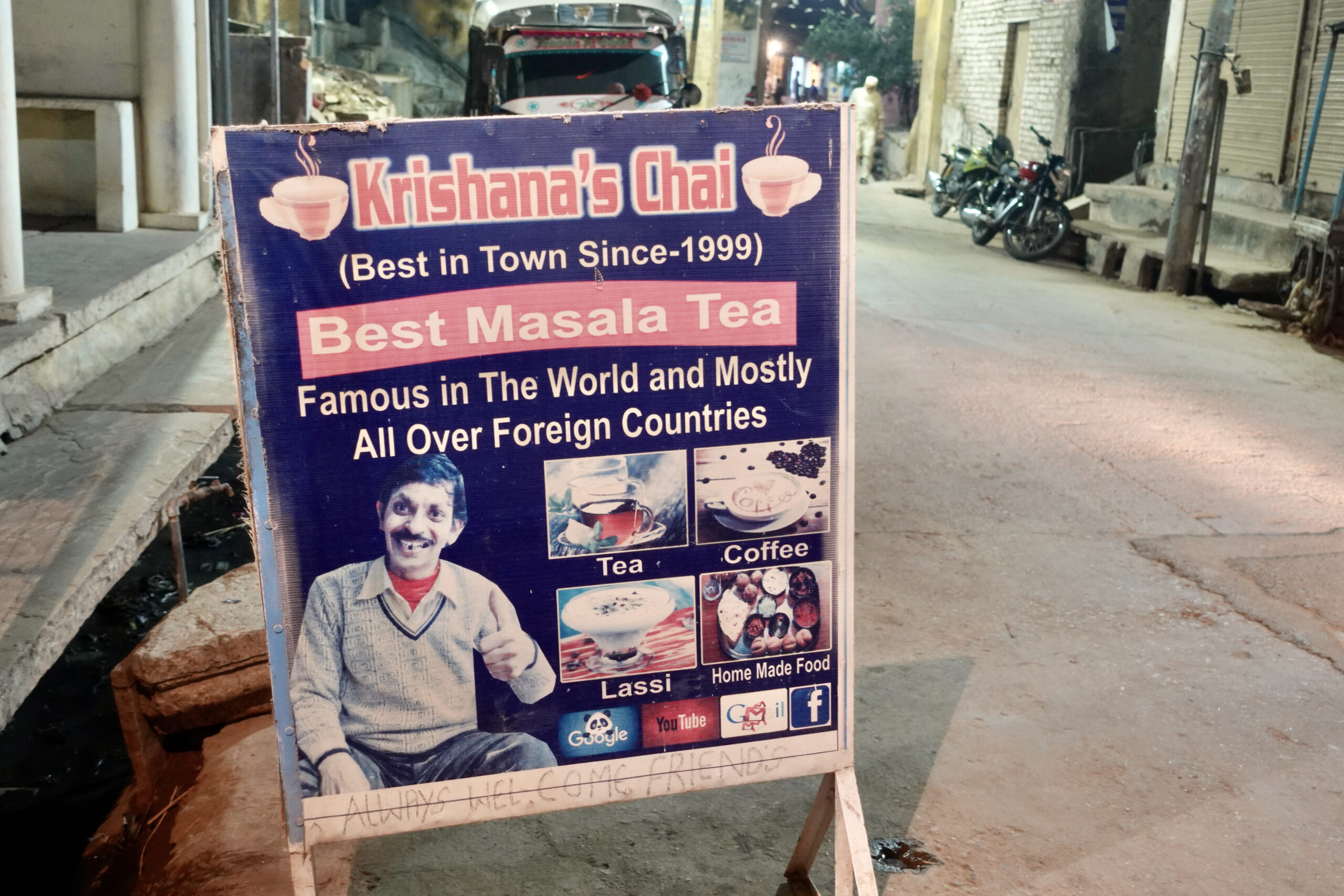
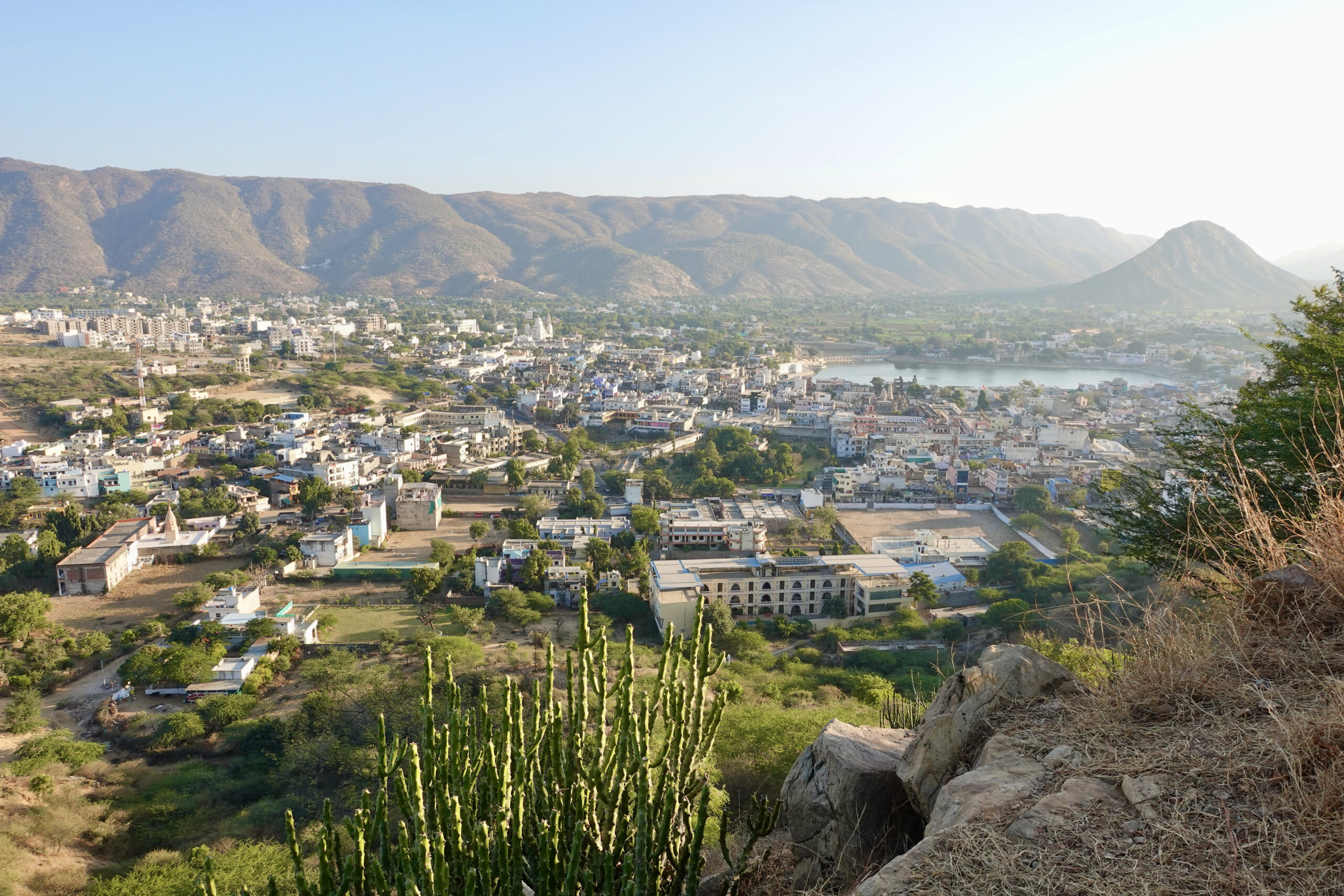


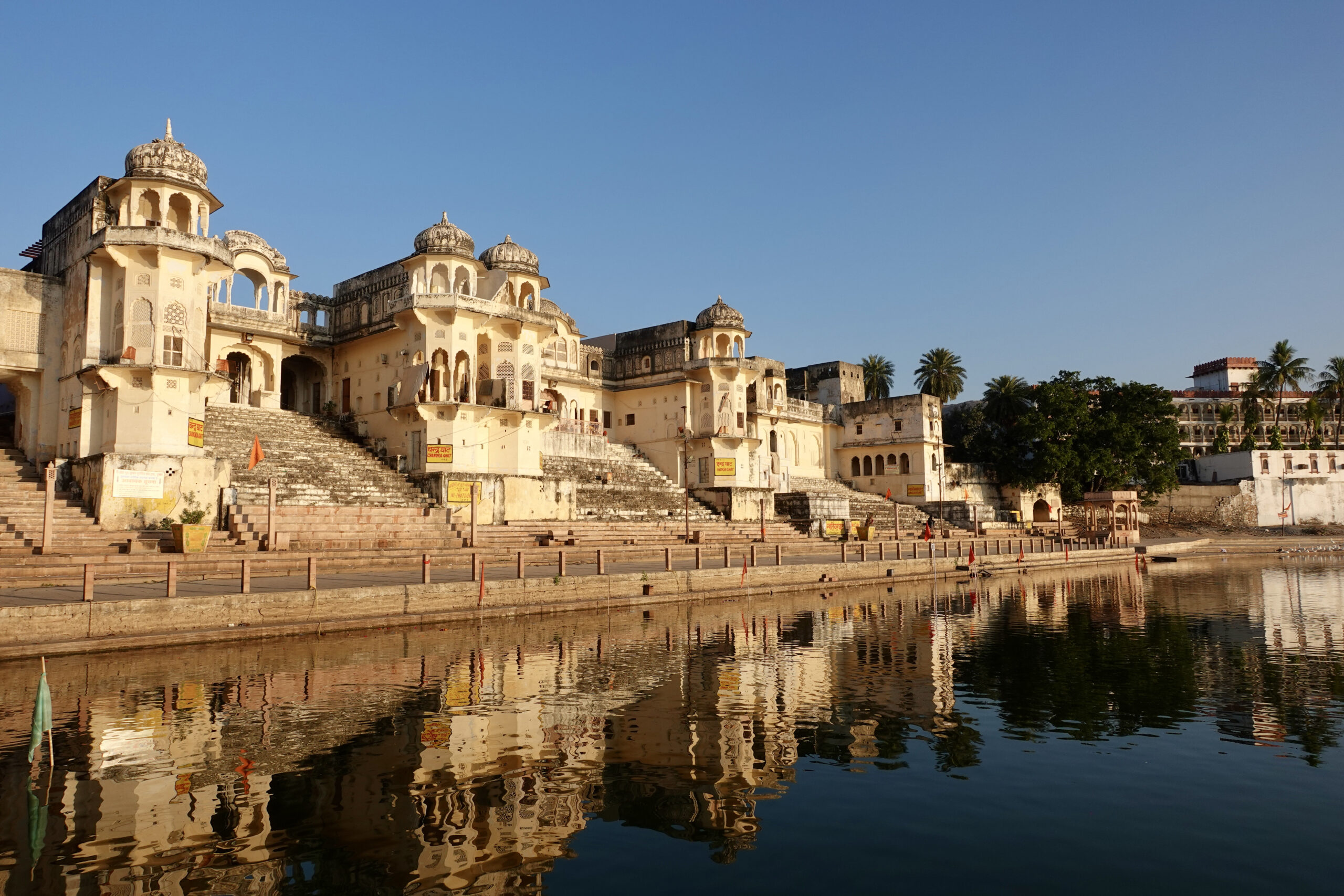

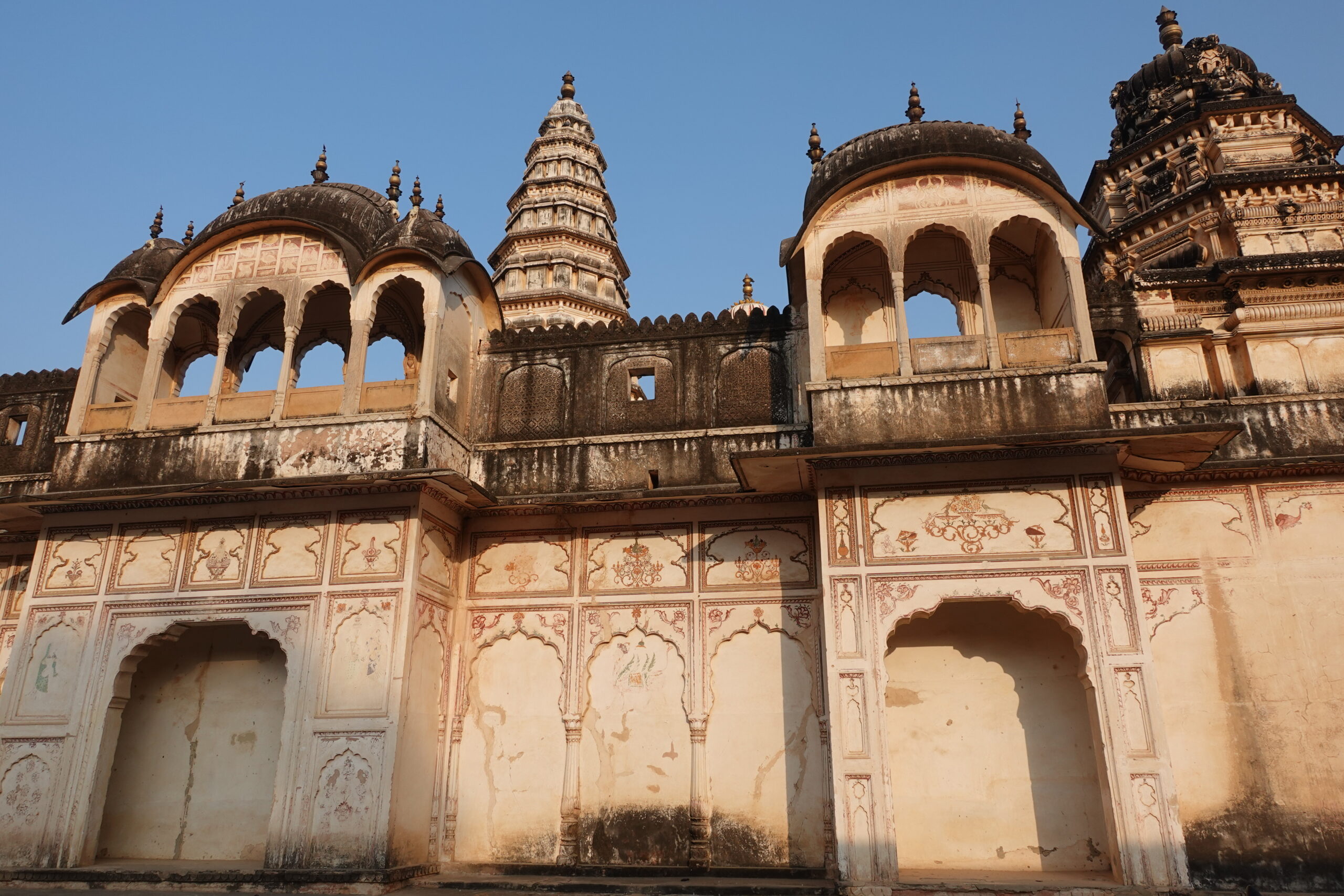

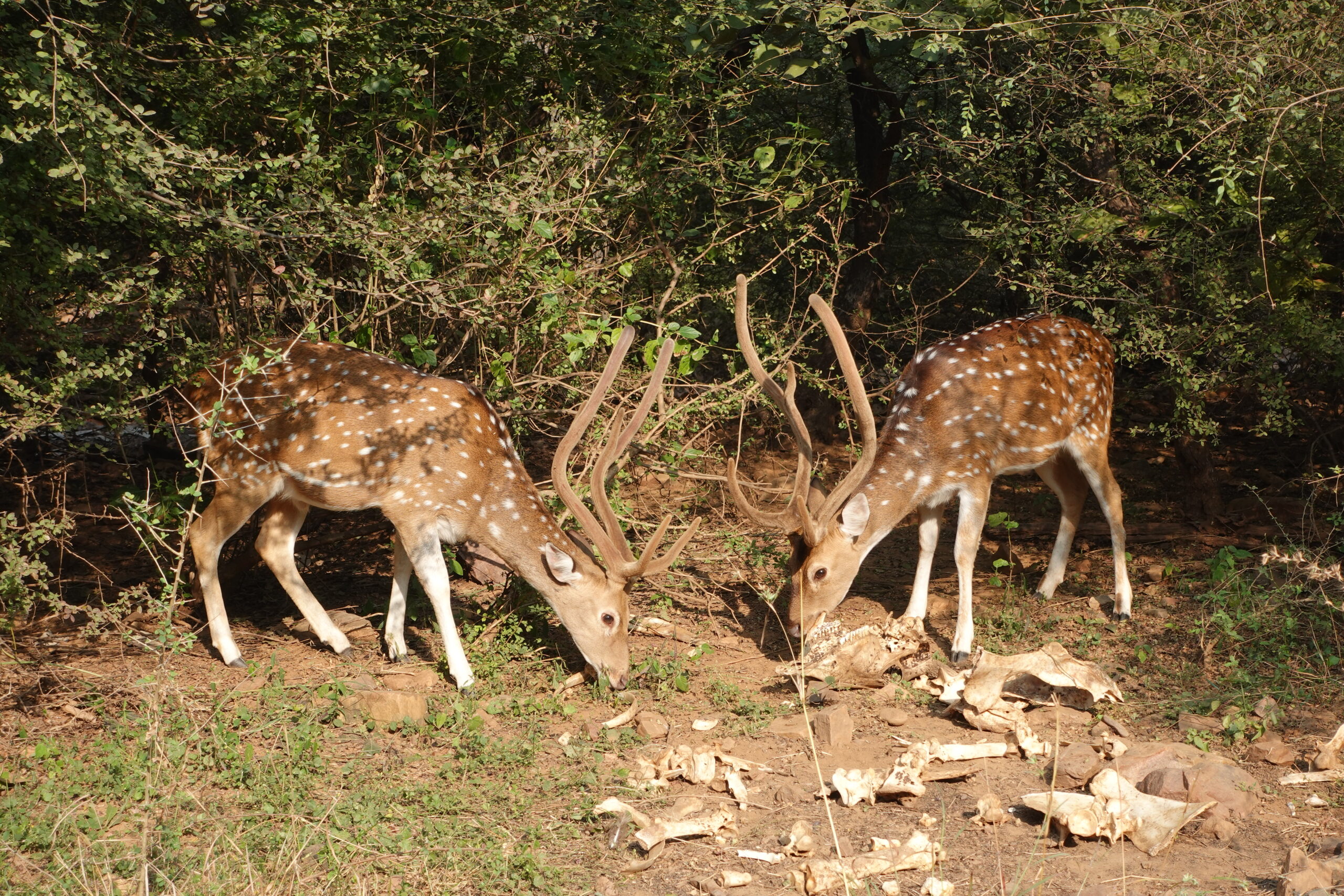
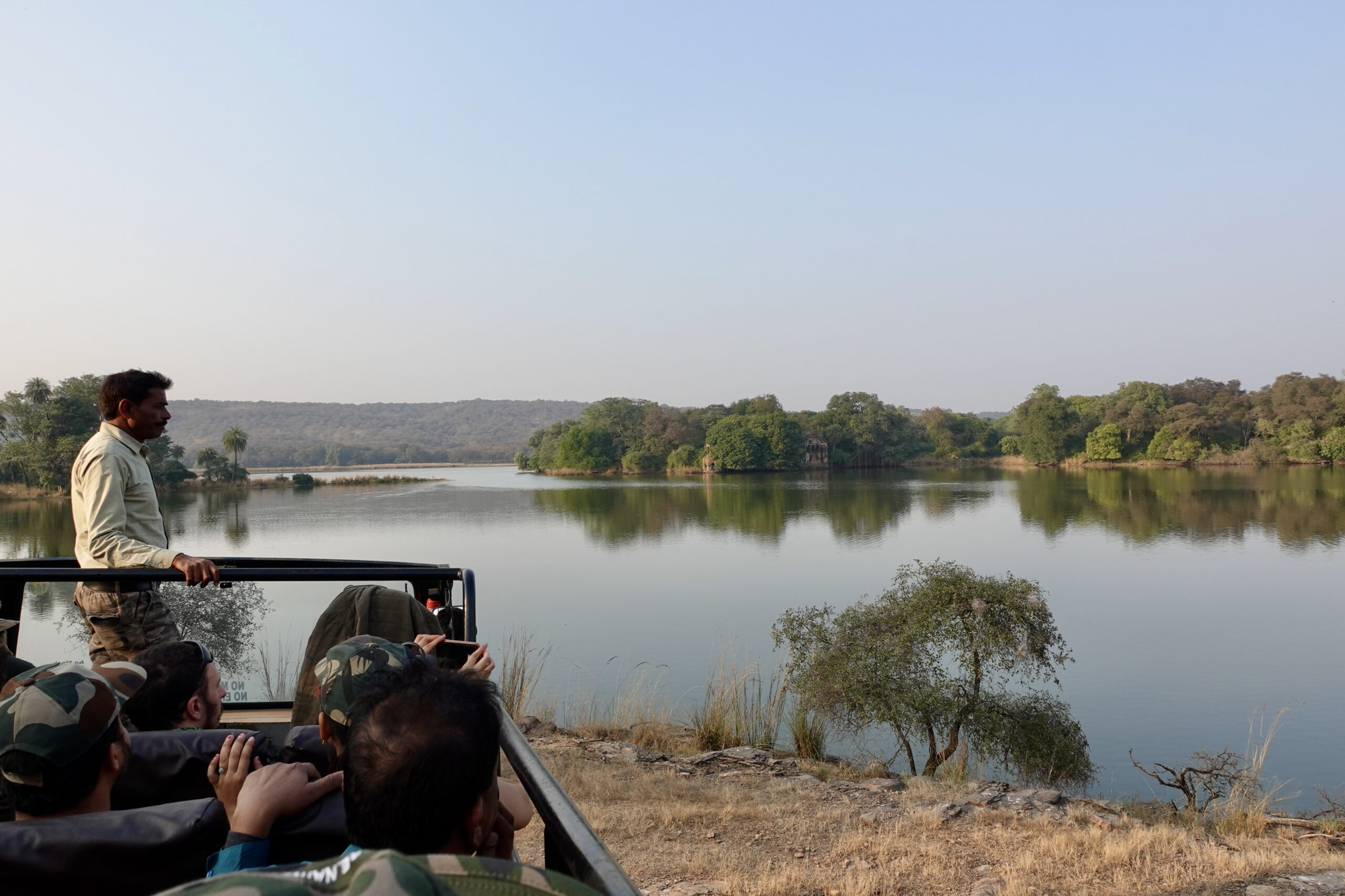
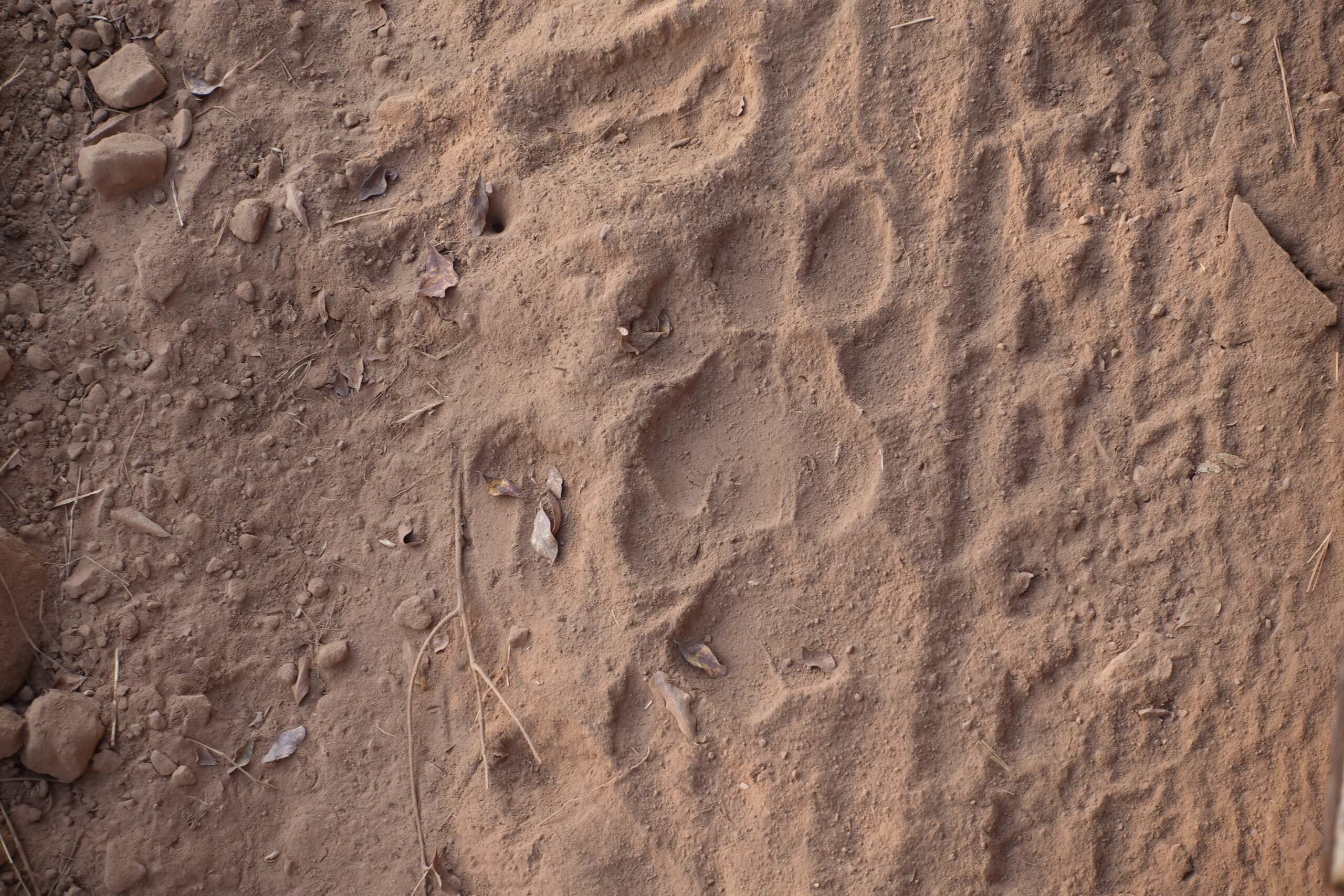
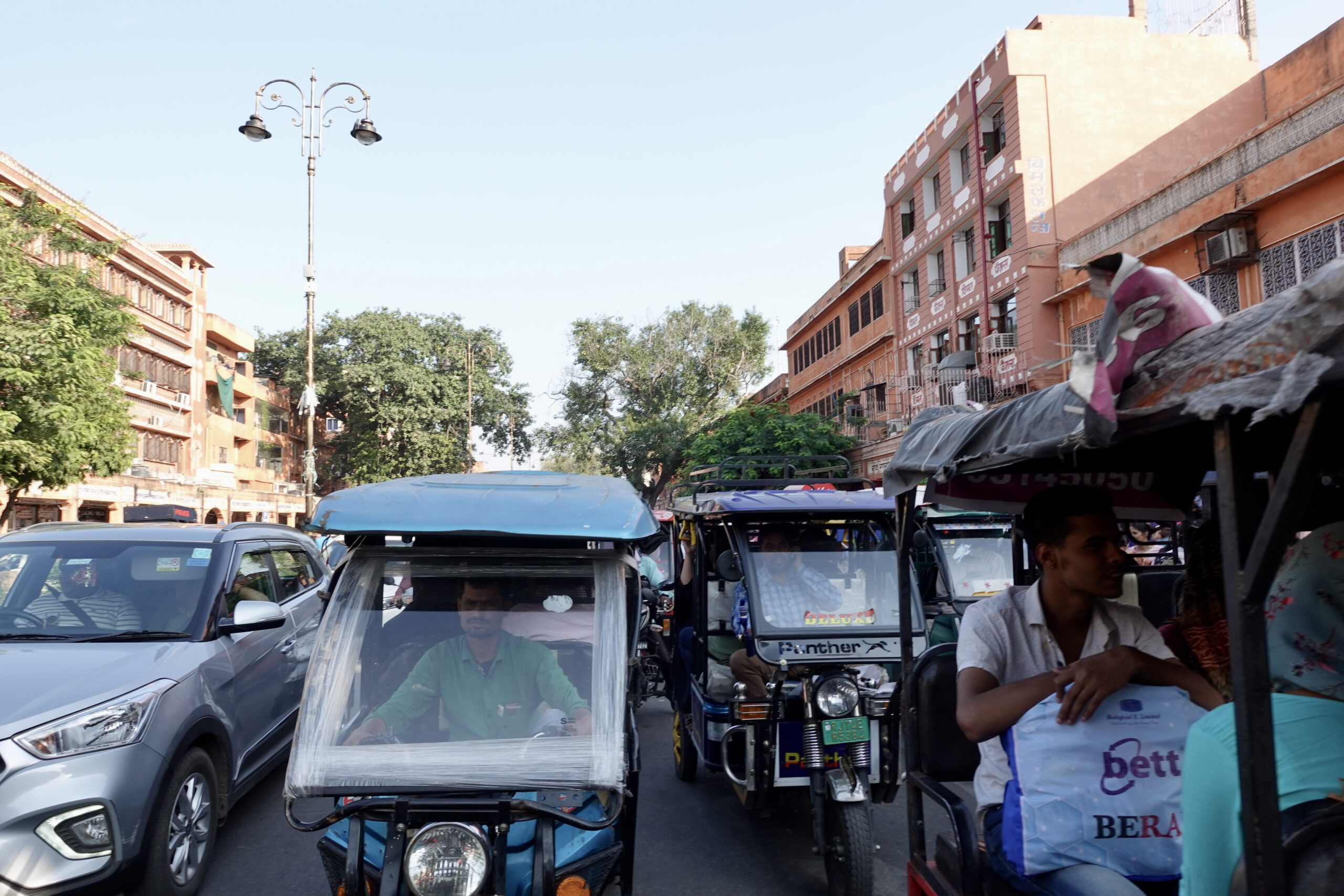
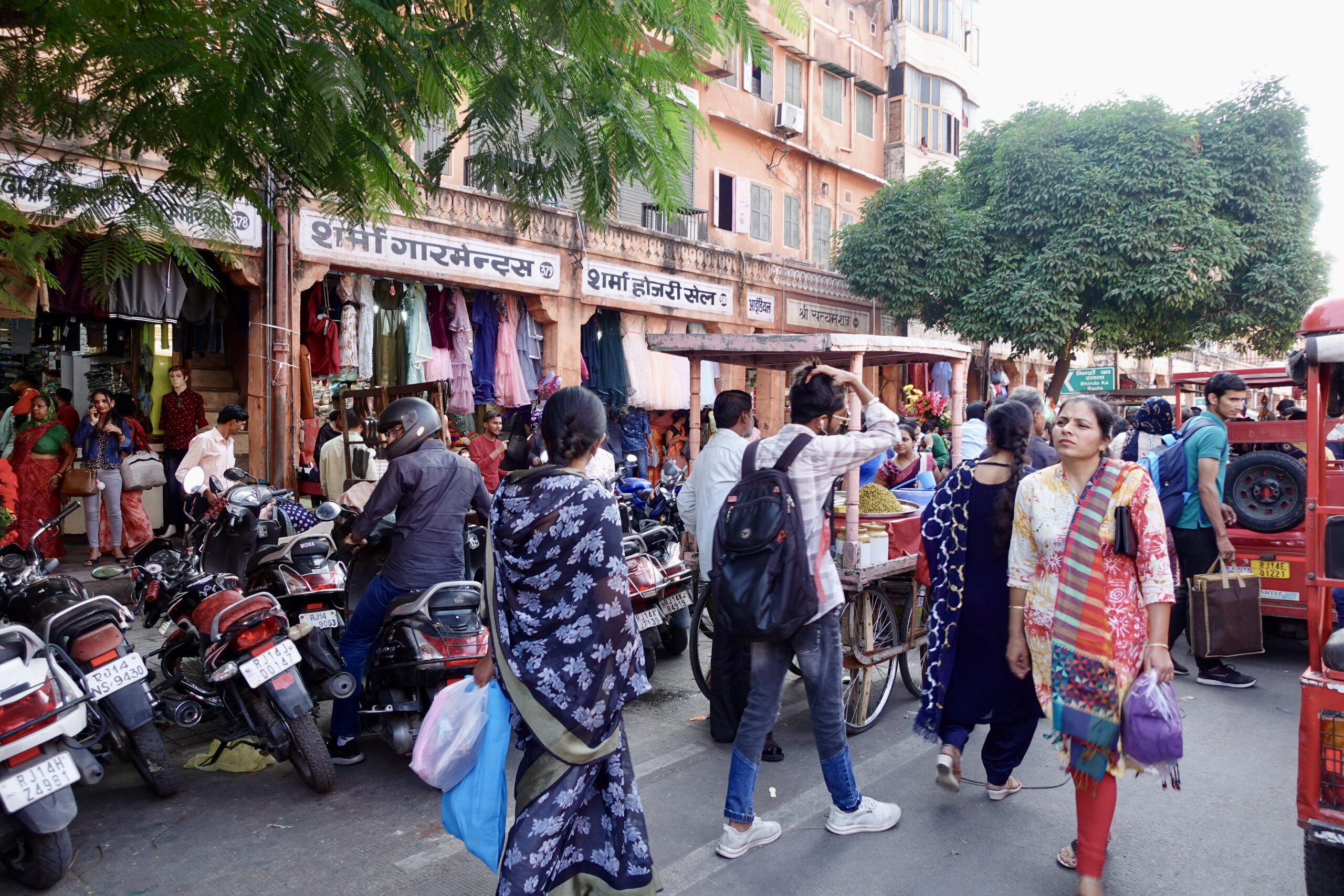
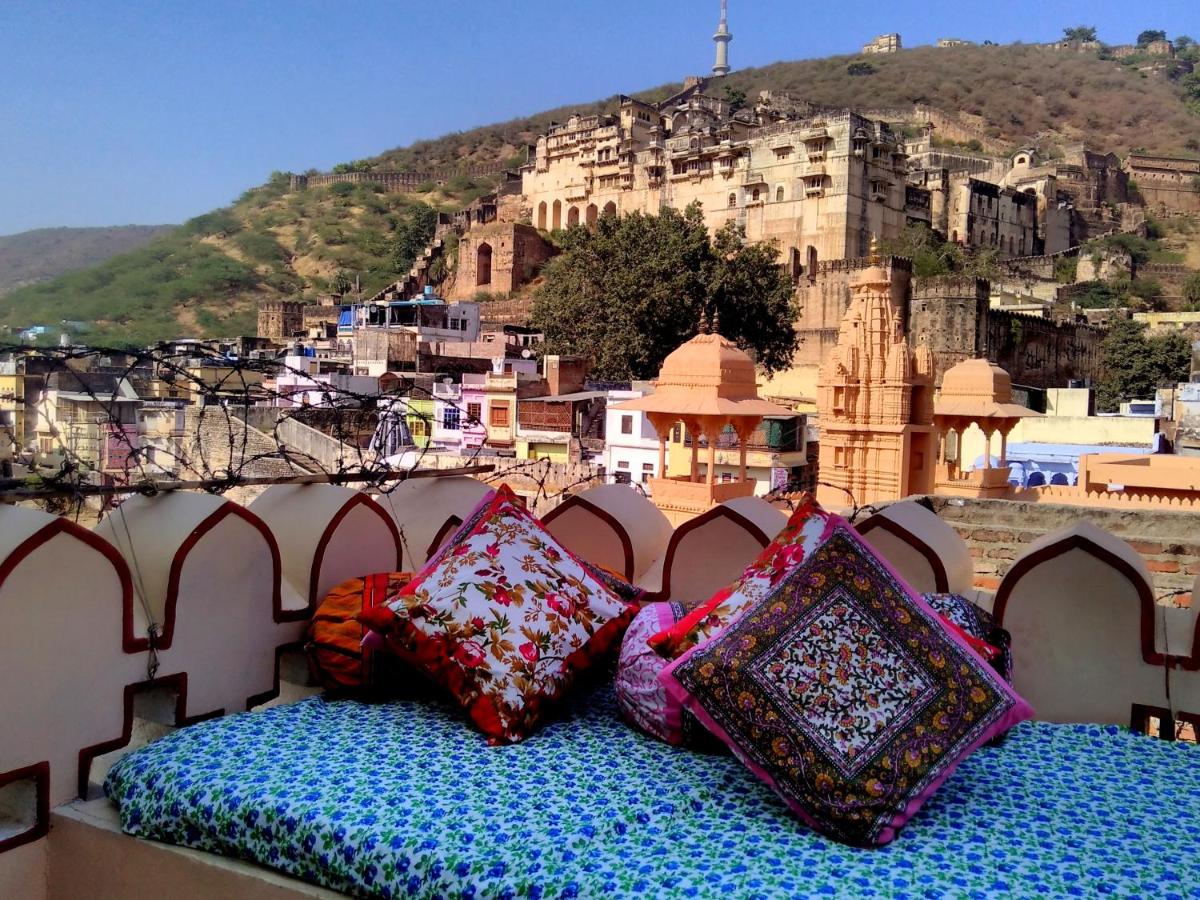
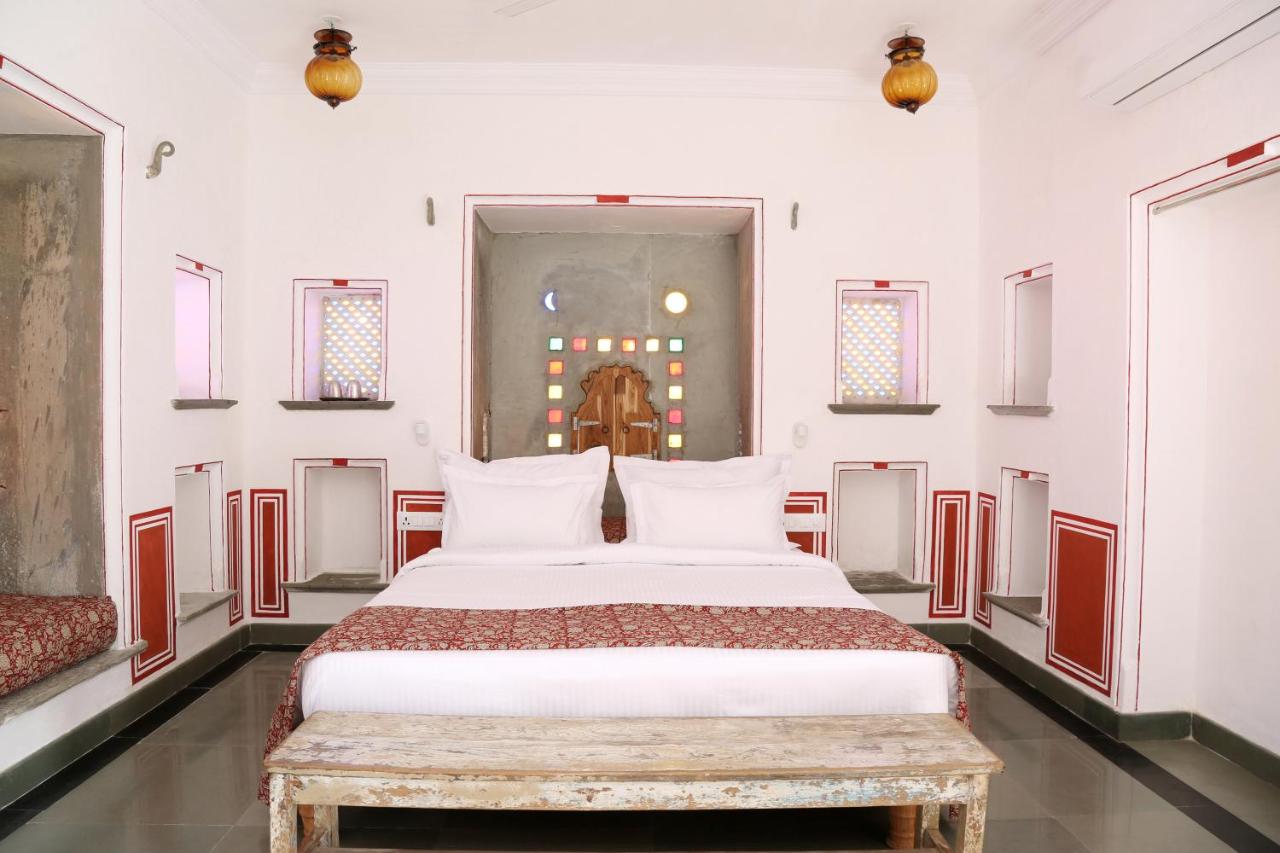
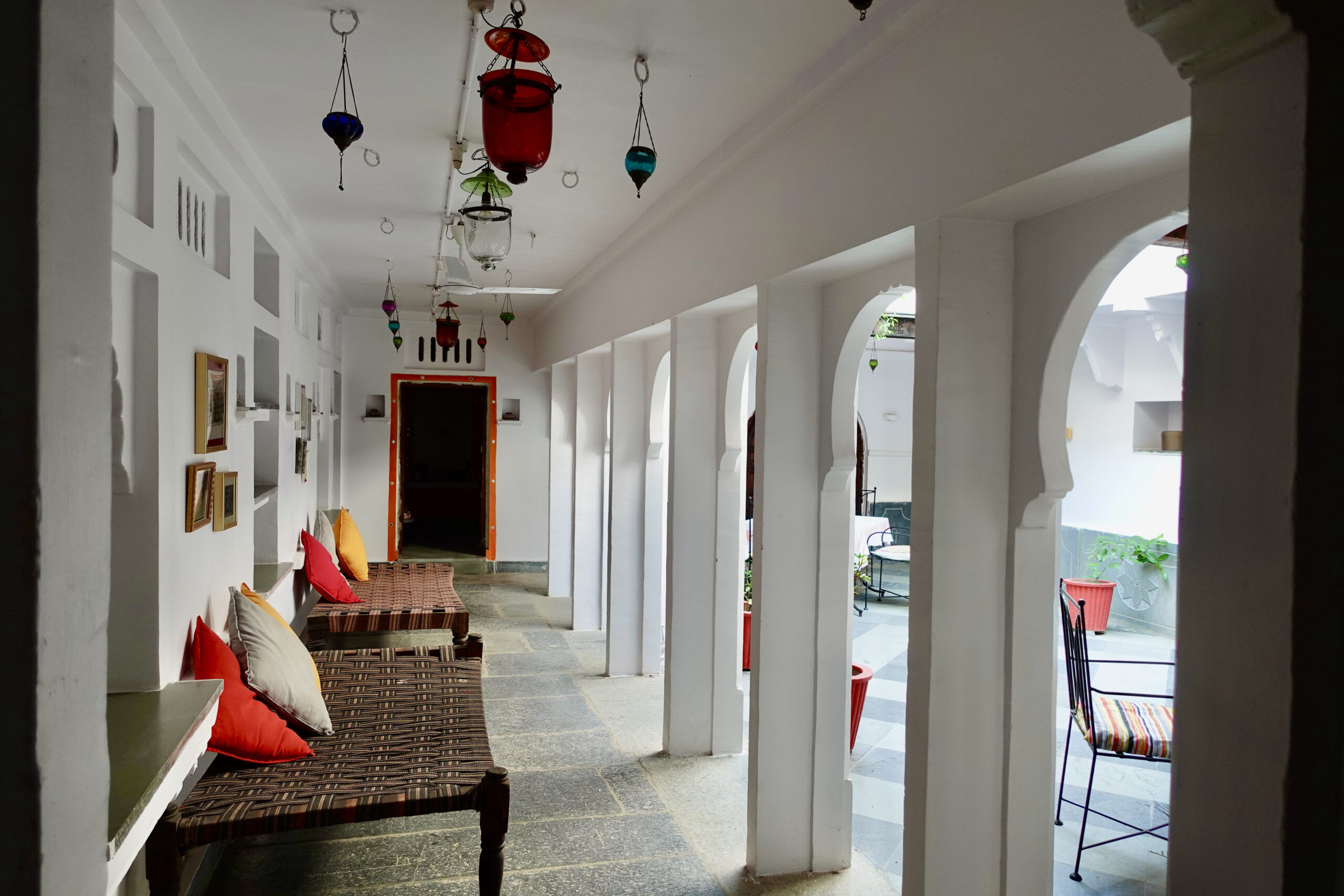

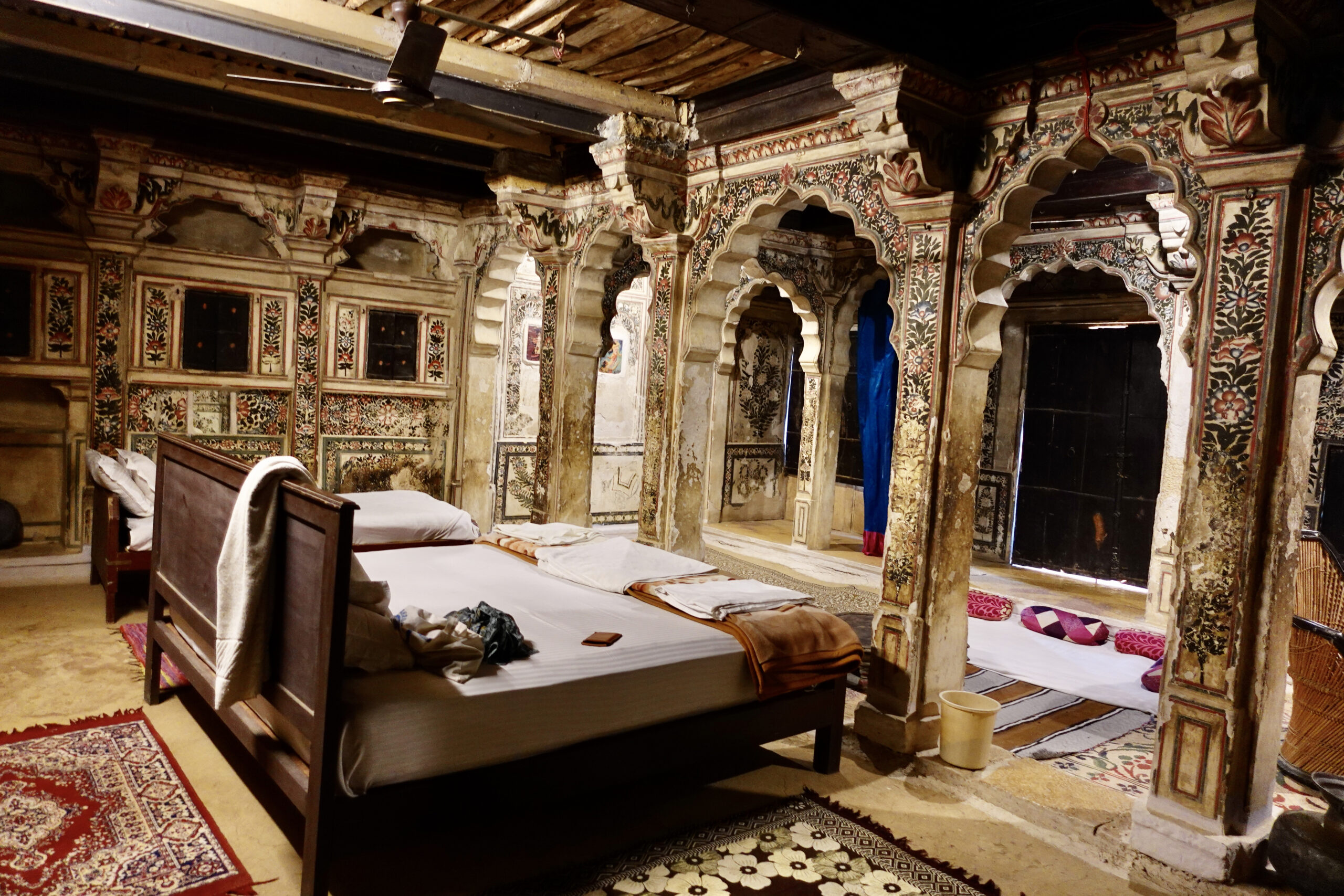
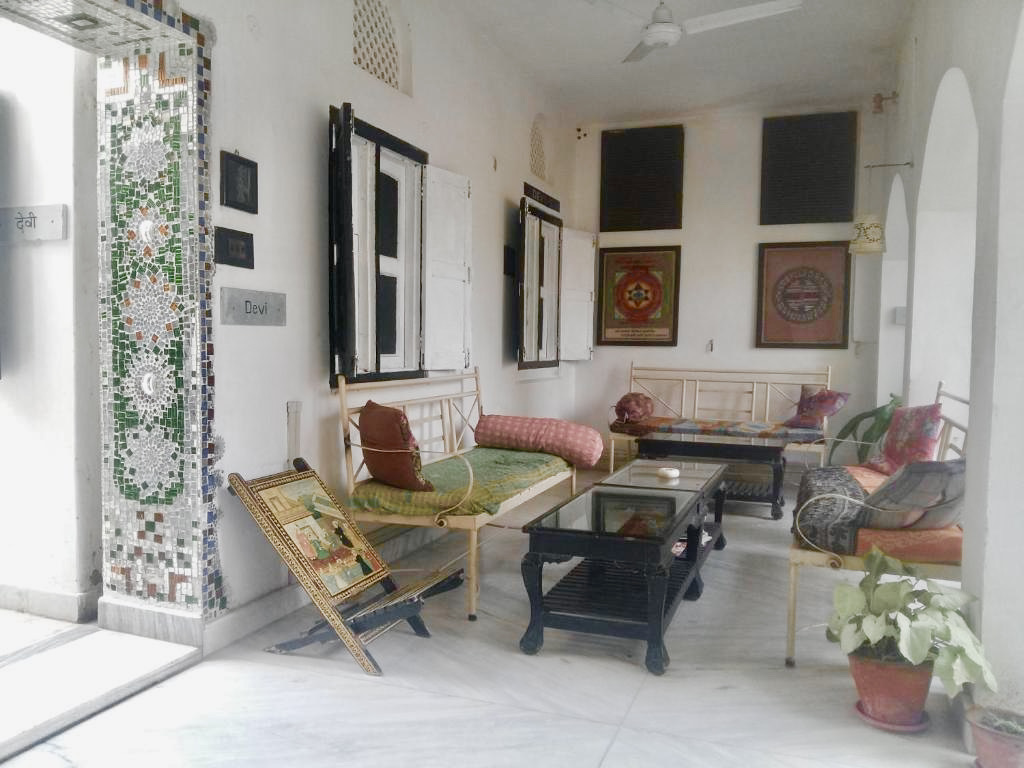
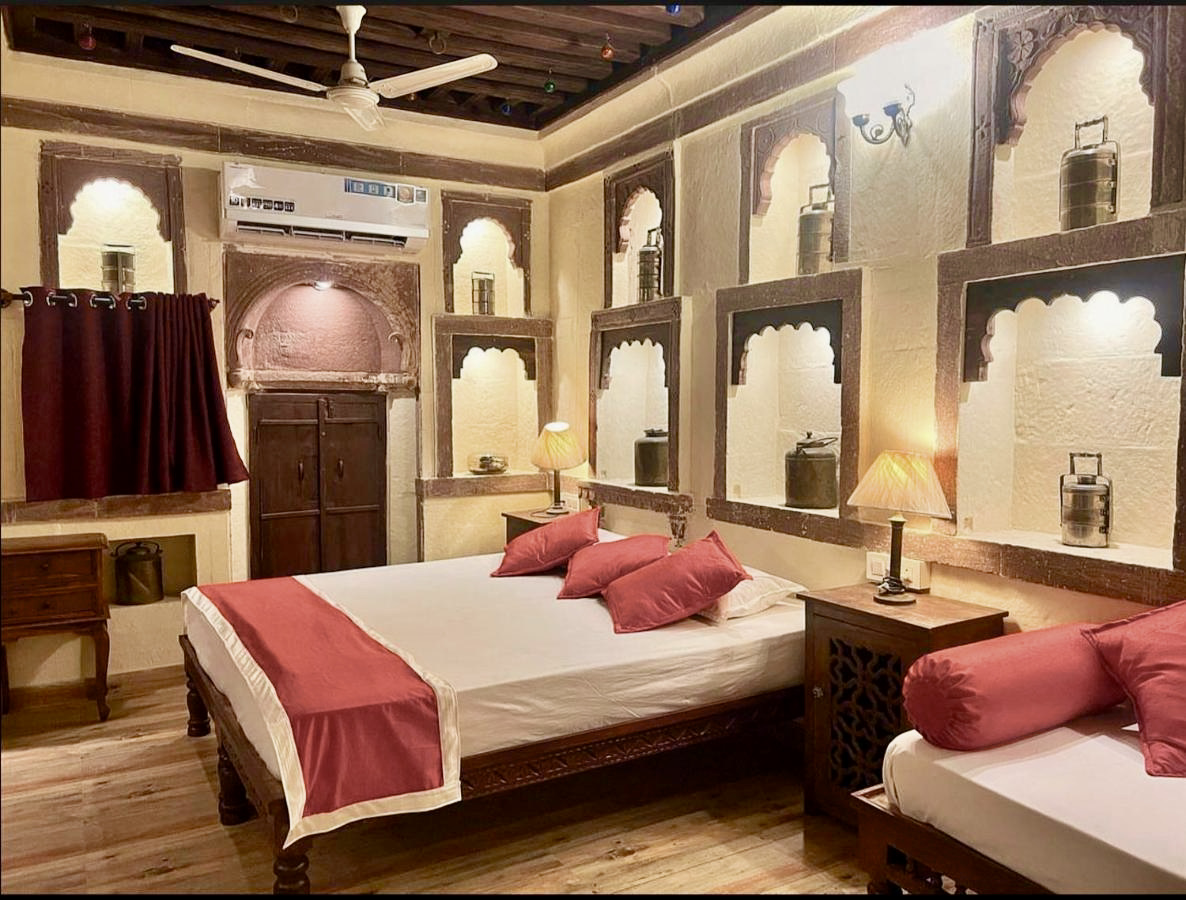
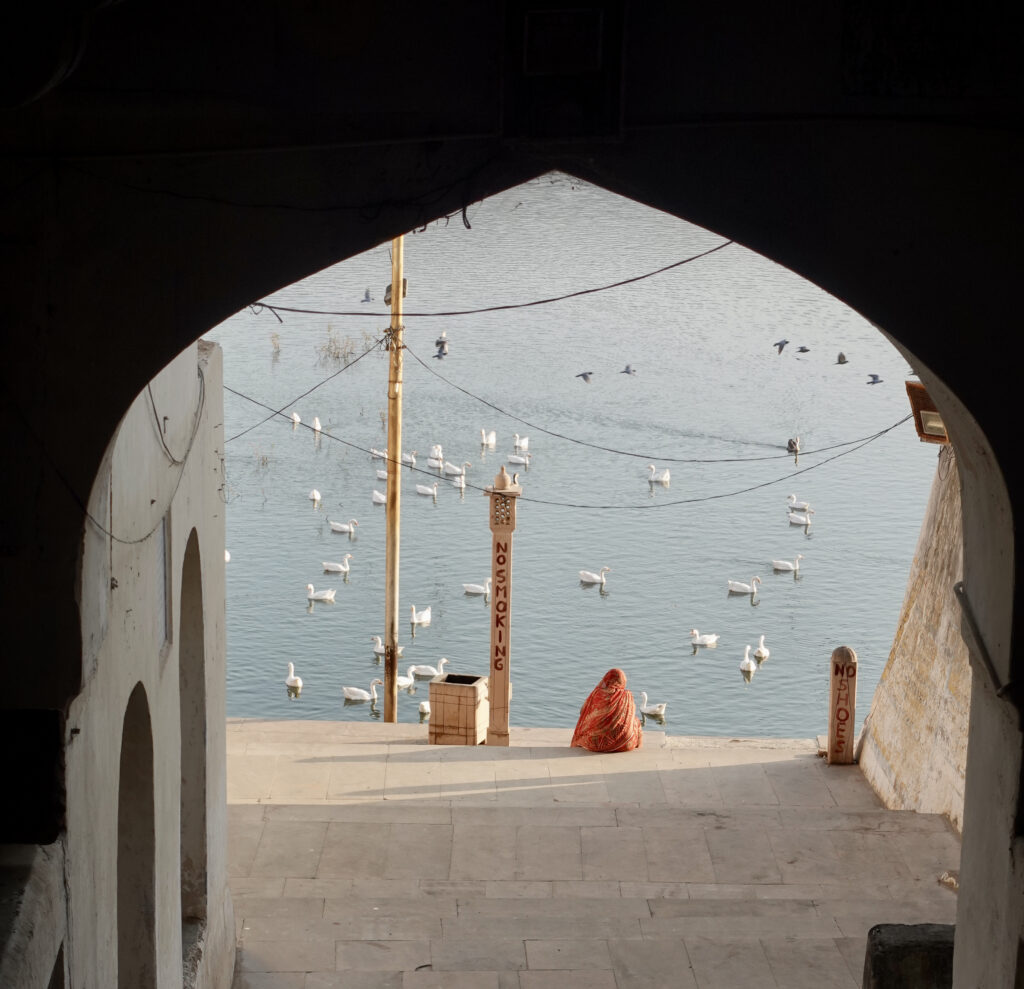
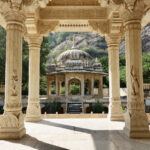
Leave a Reply